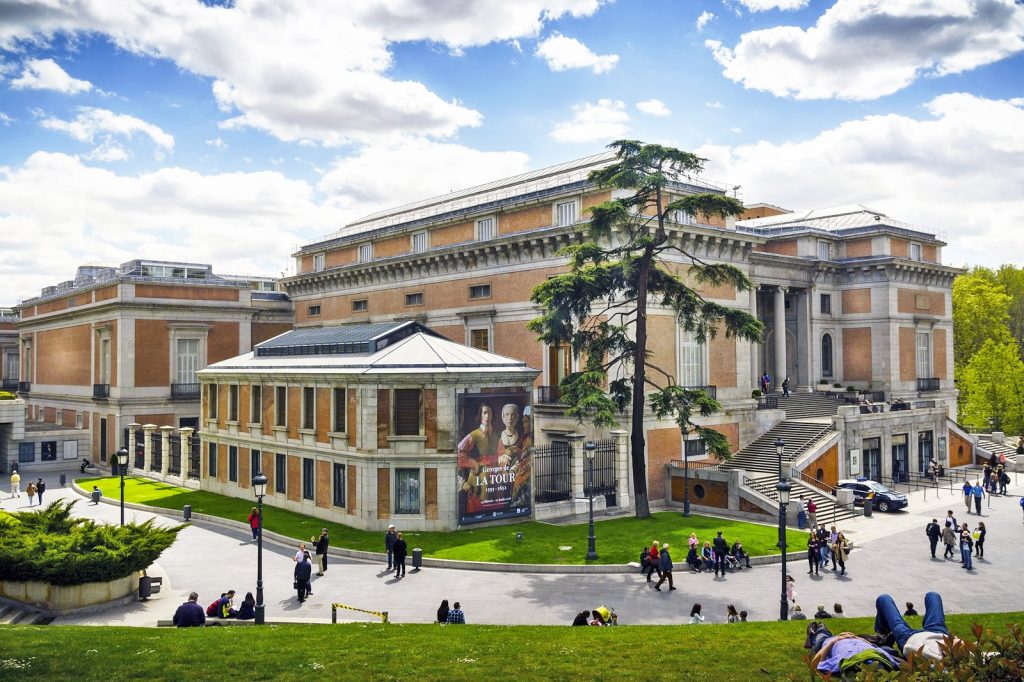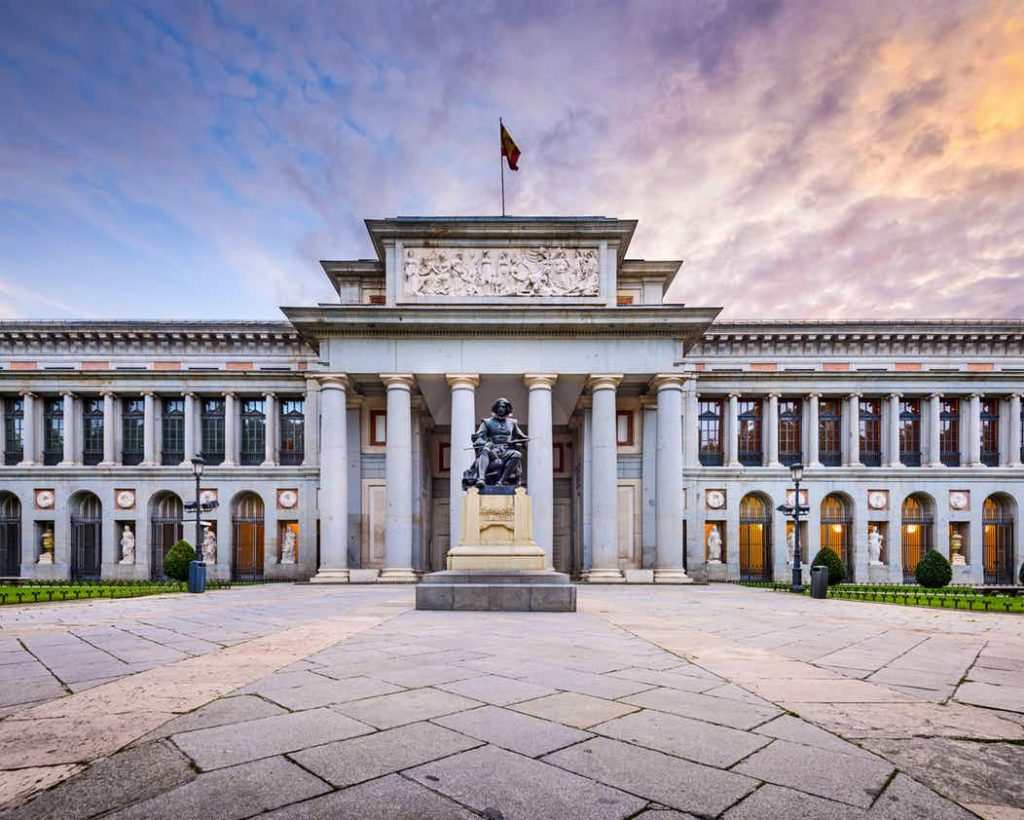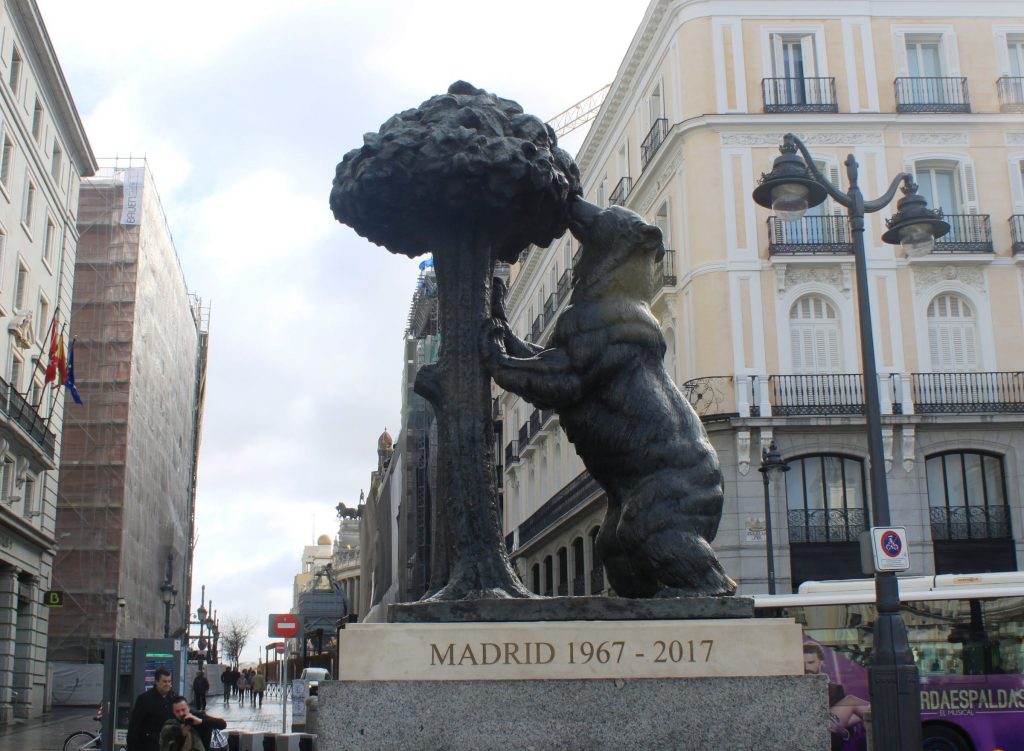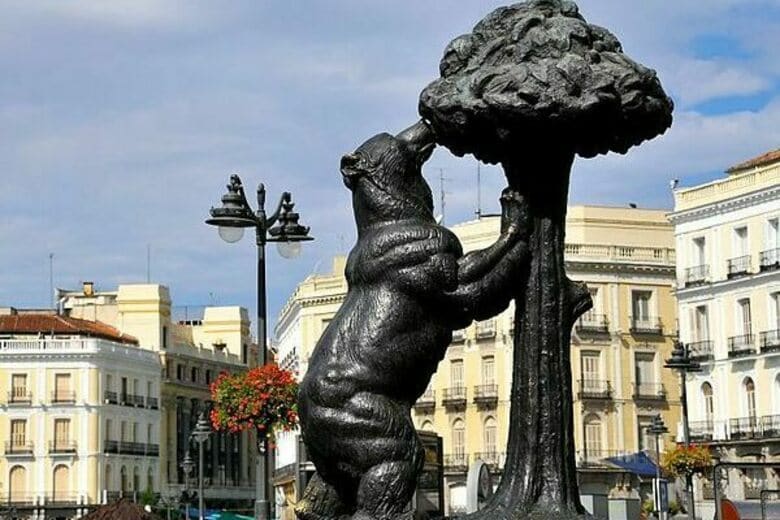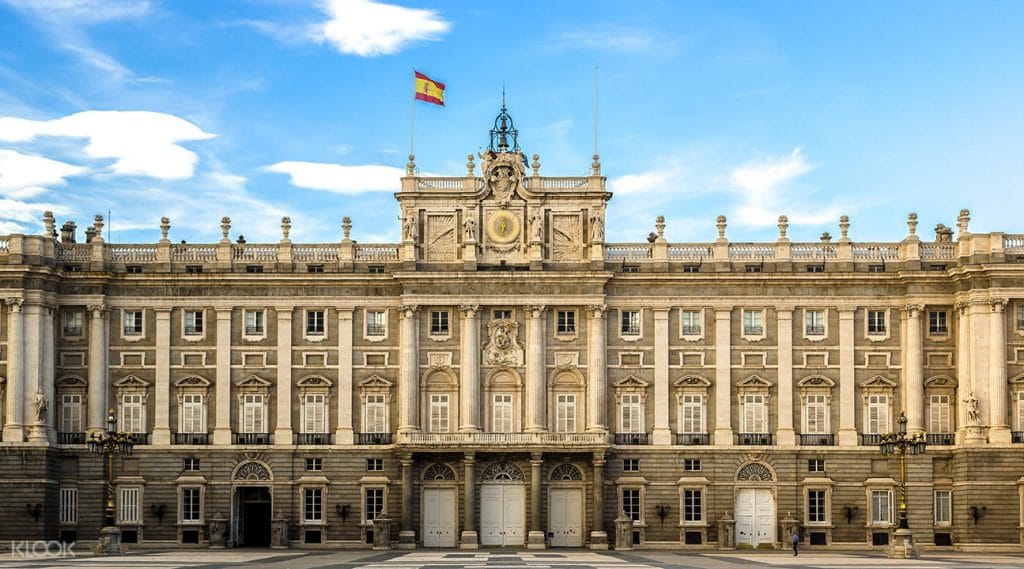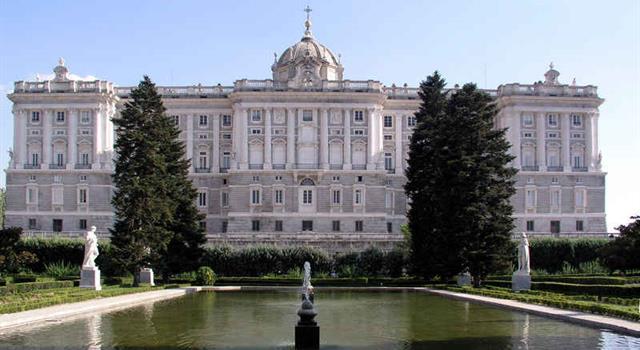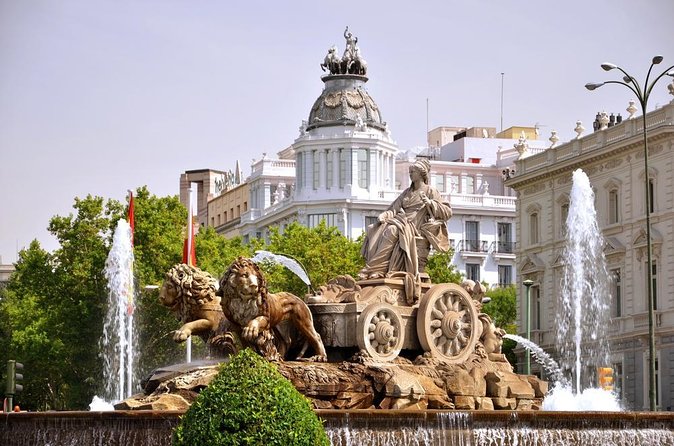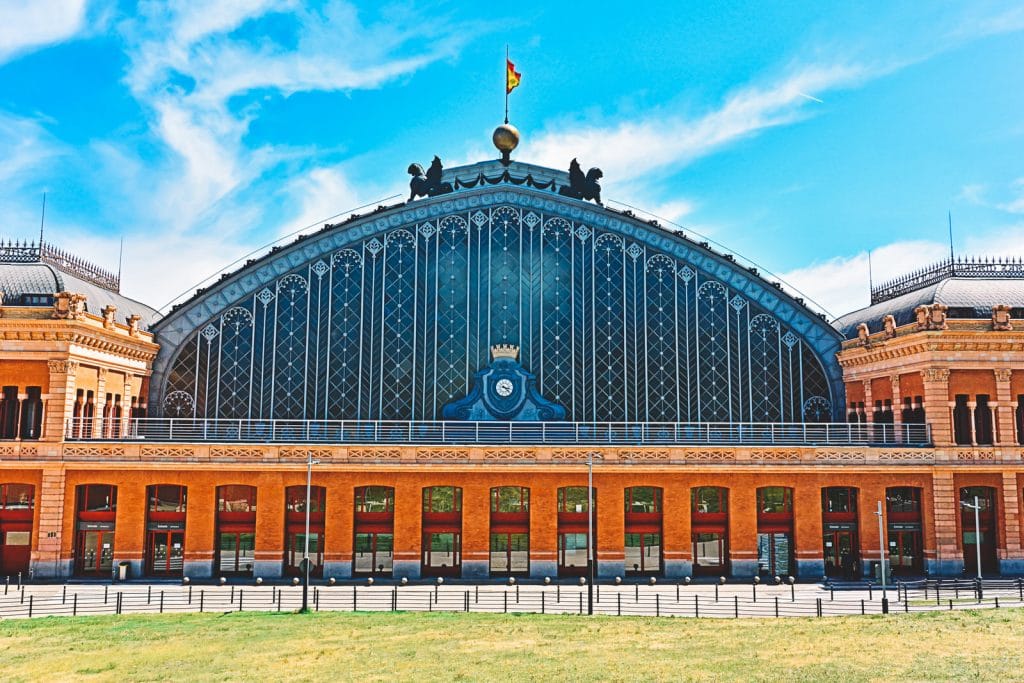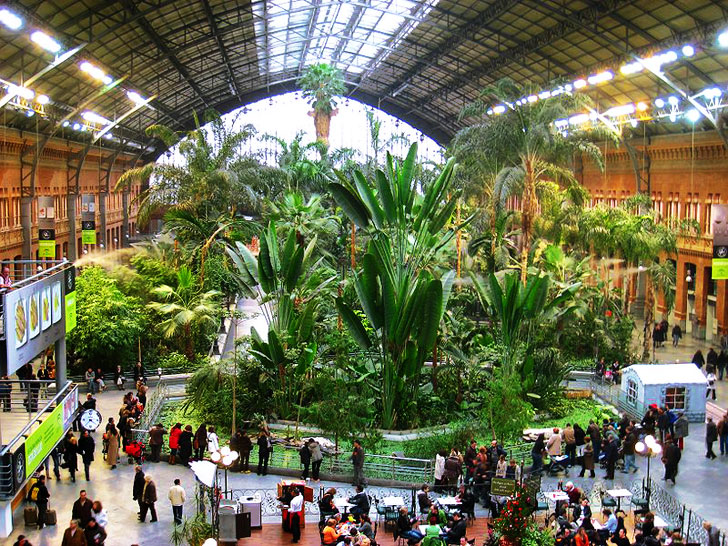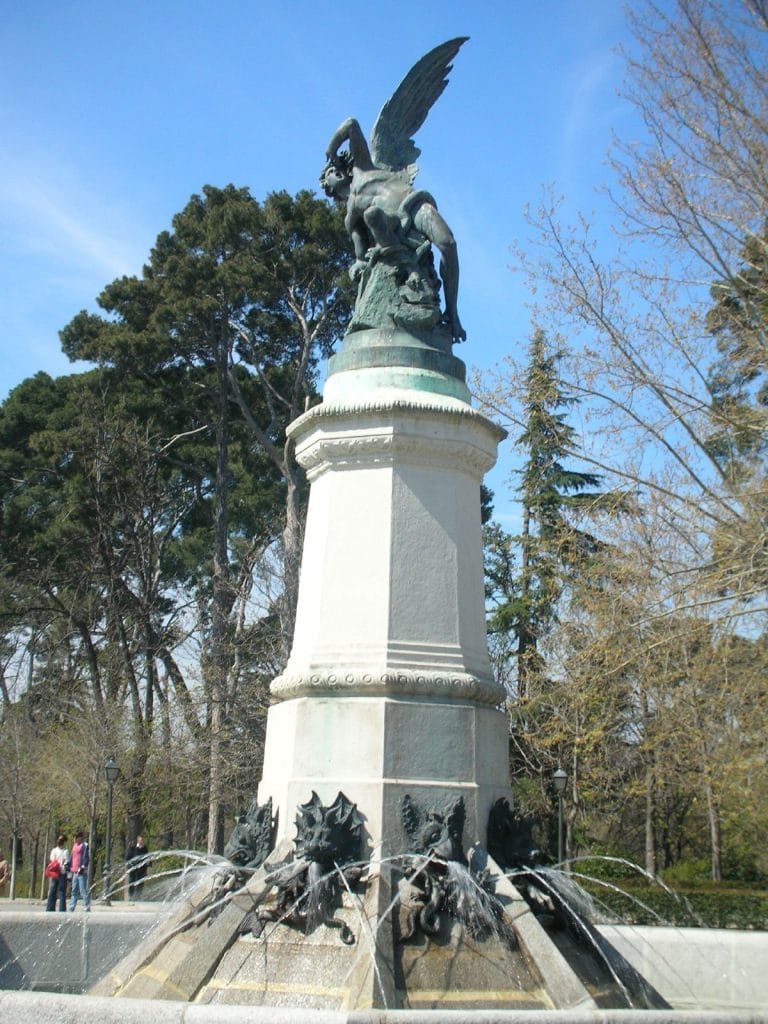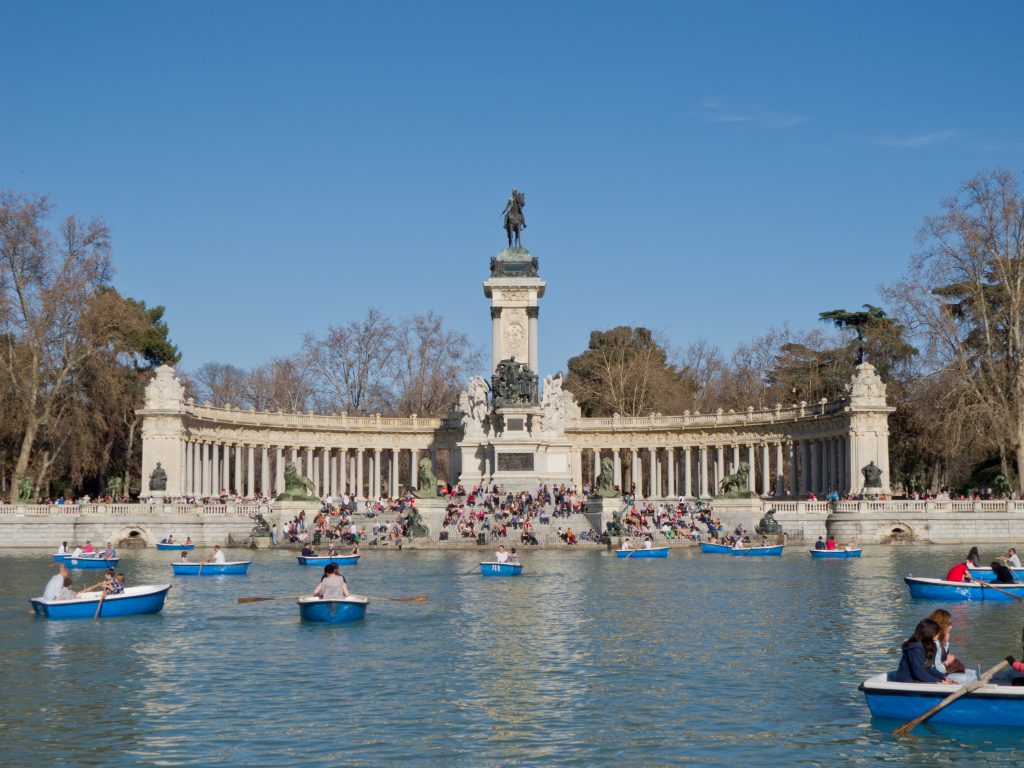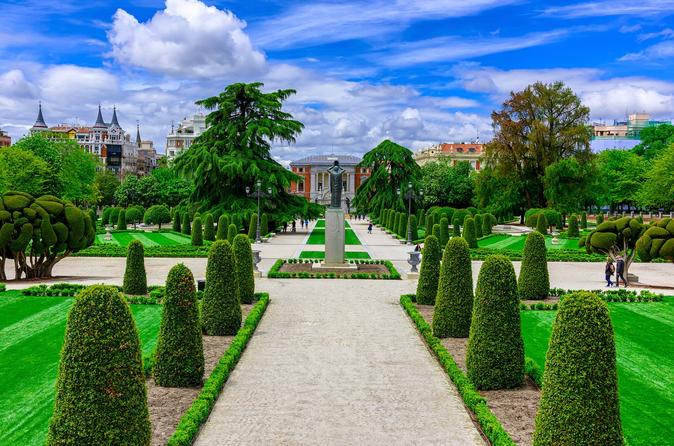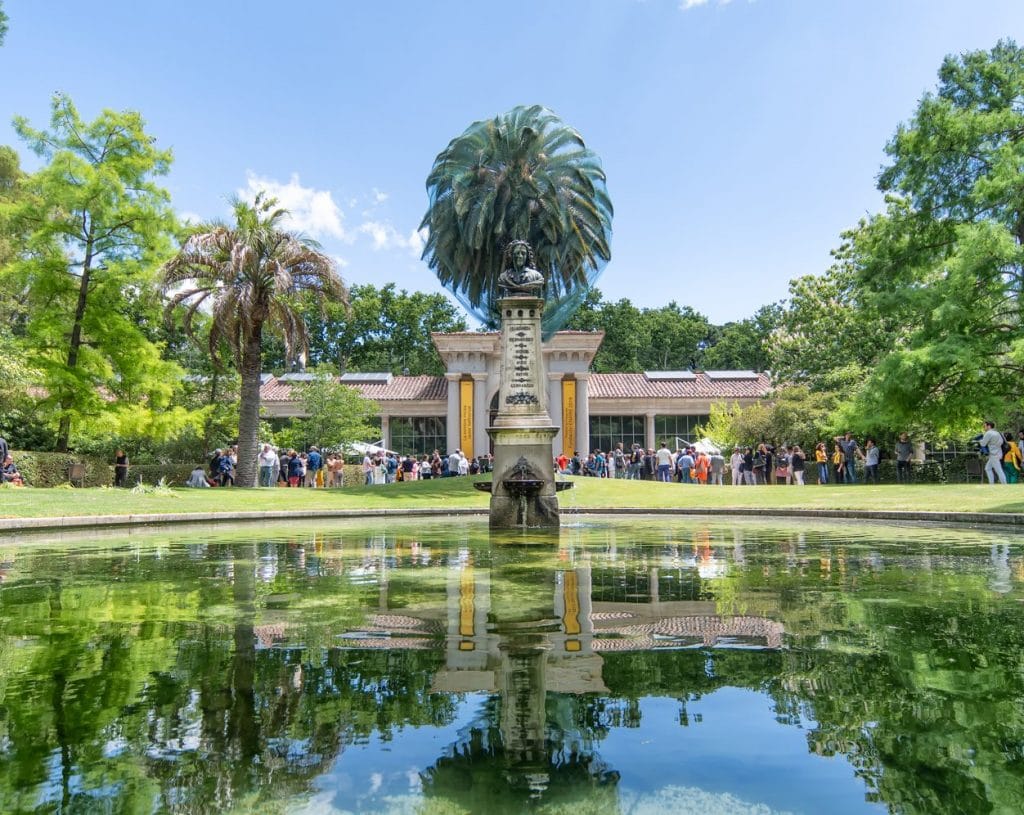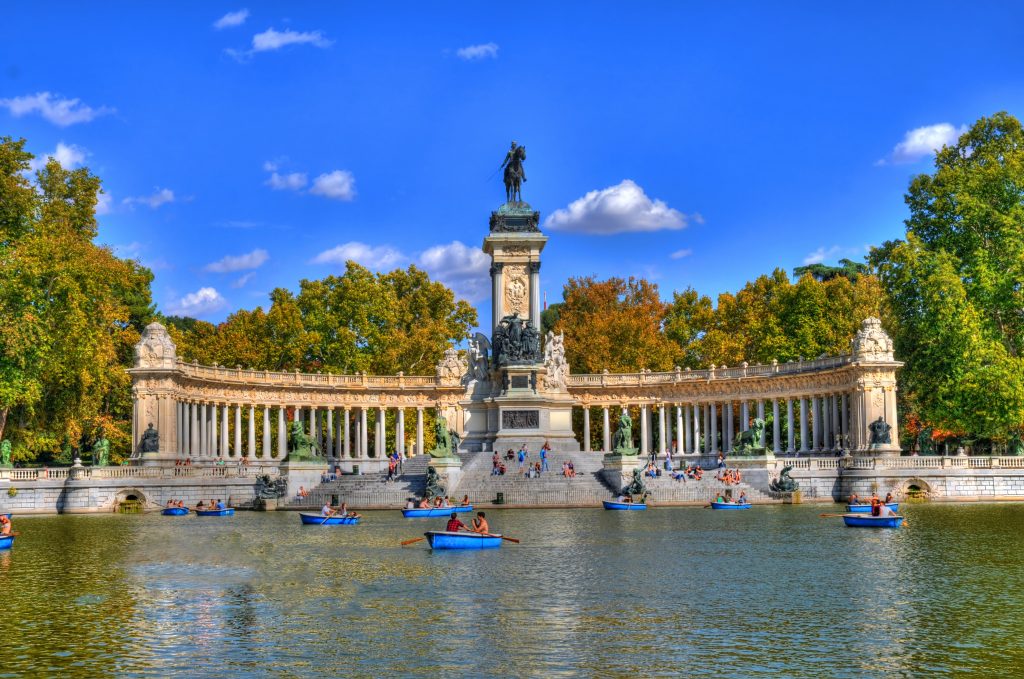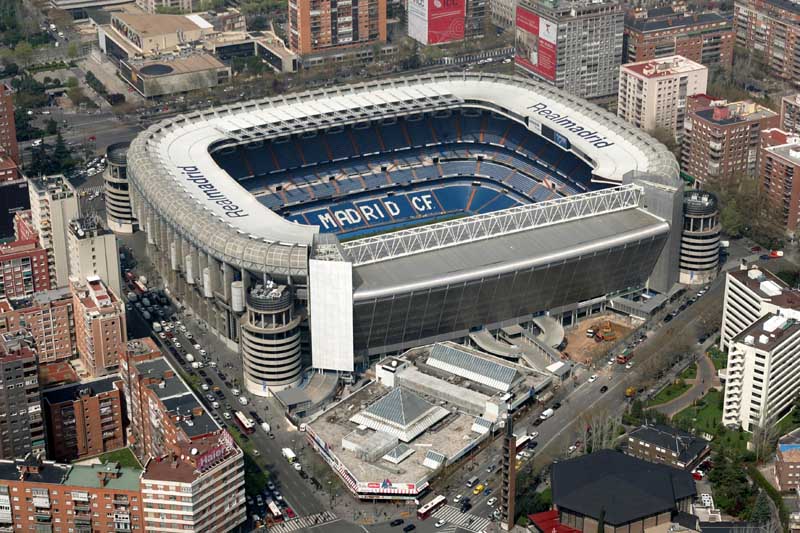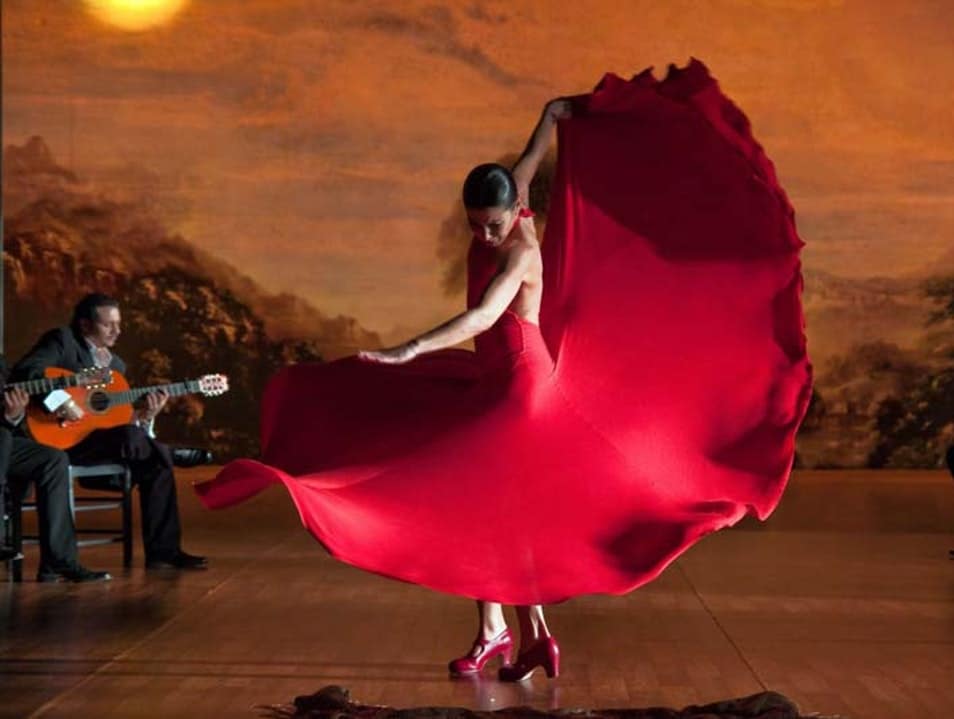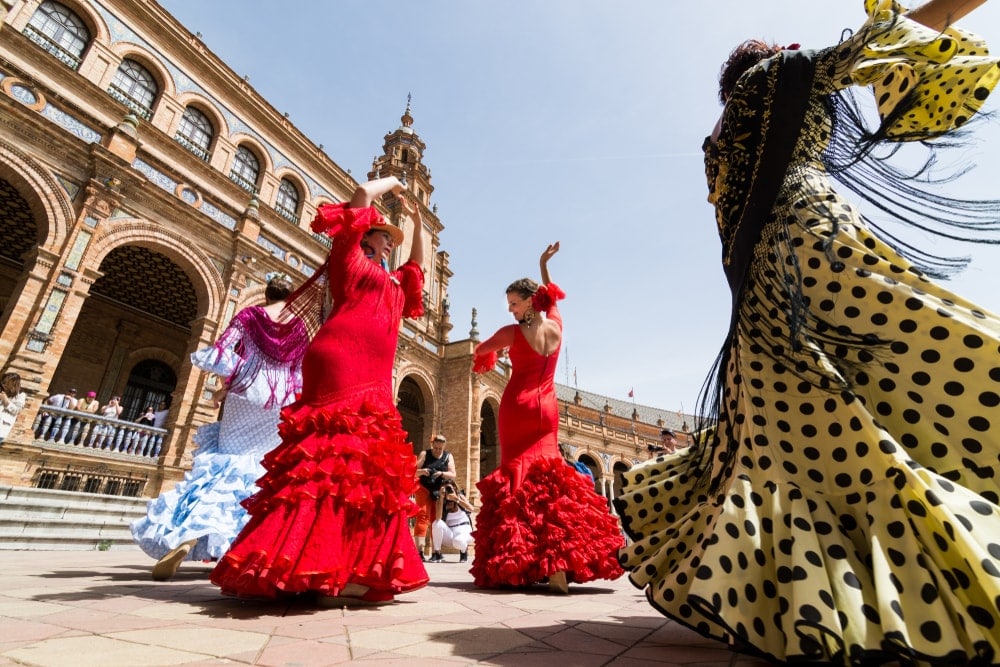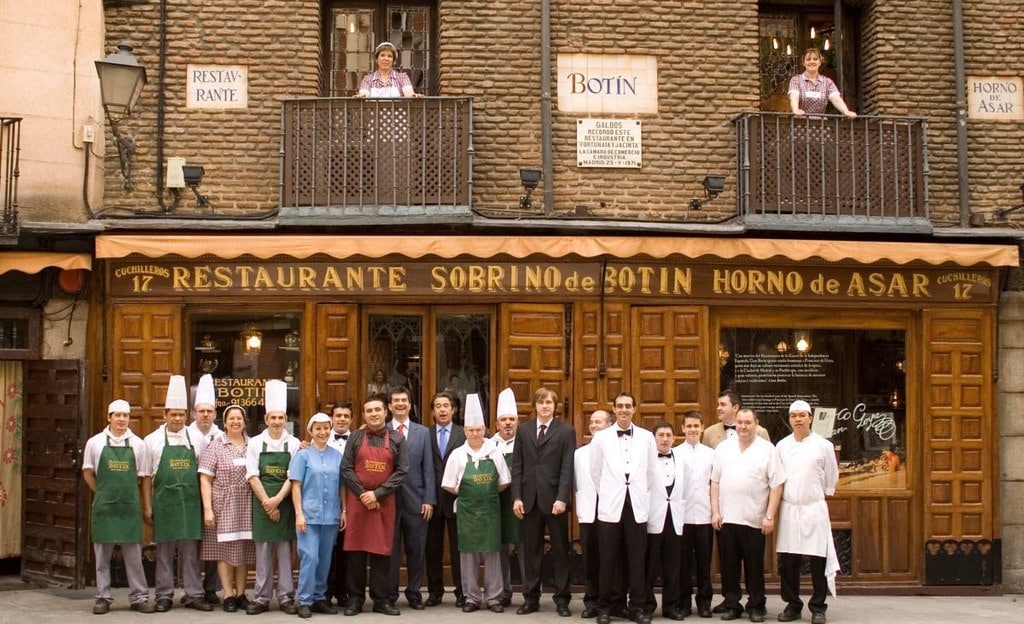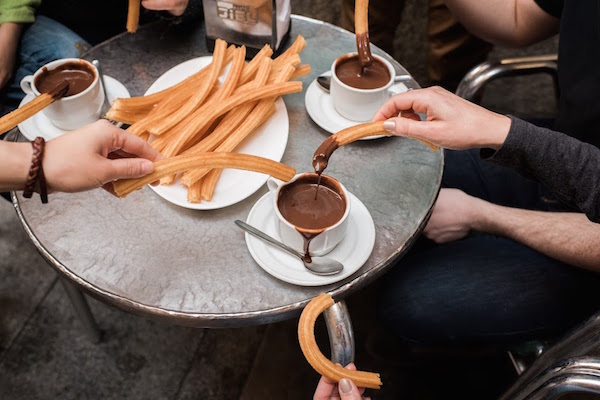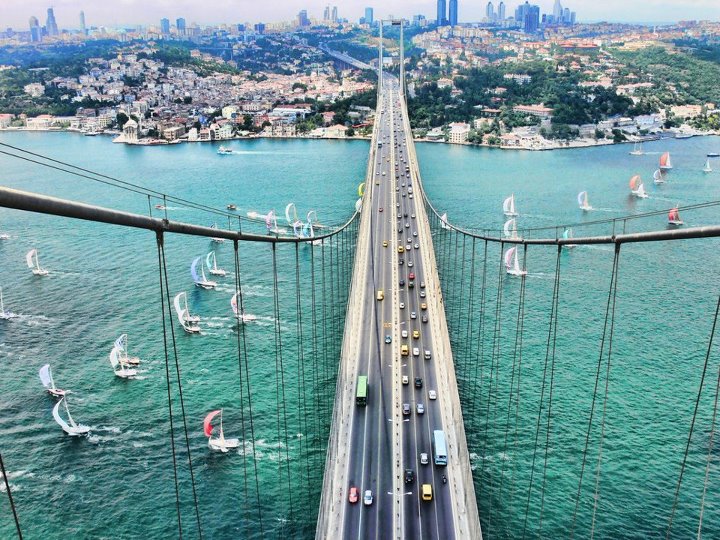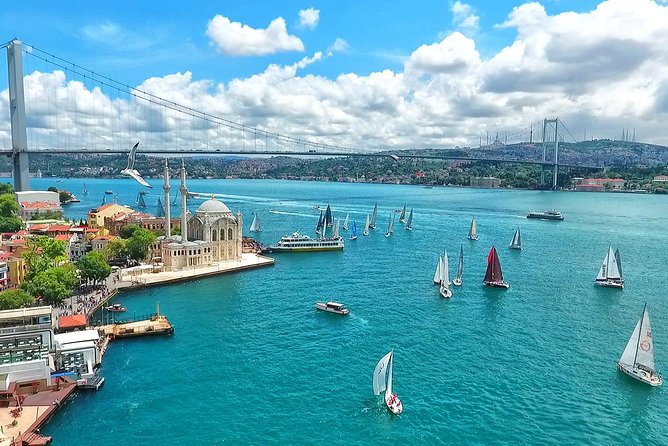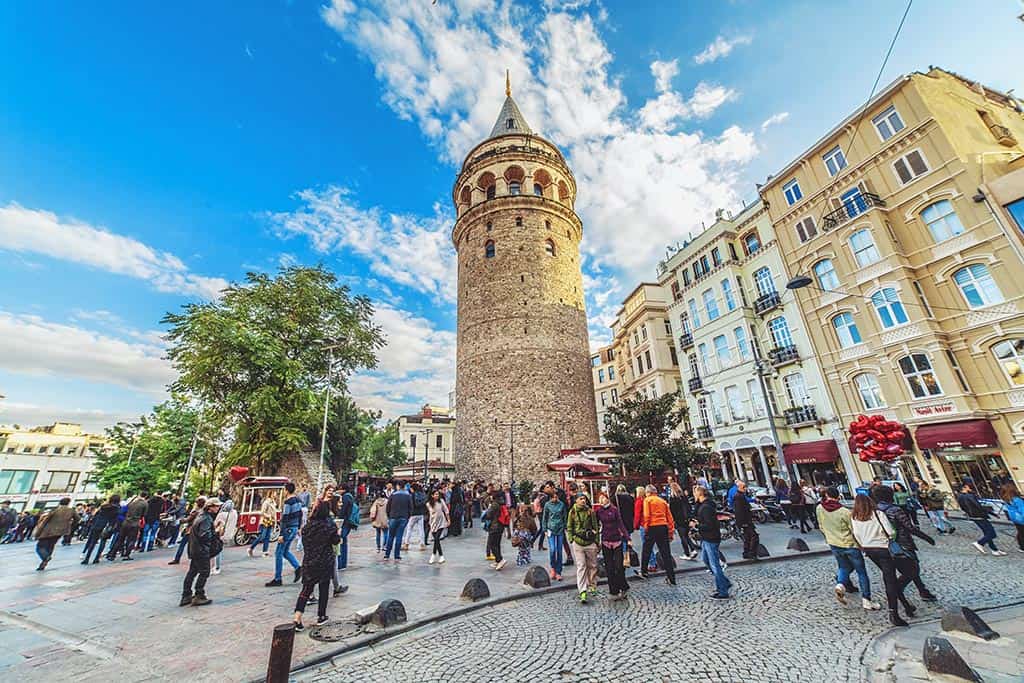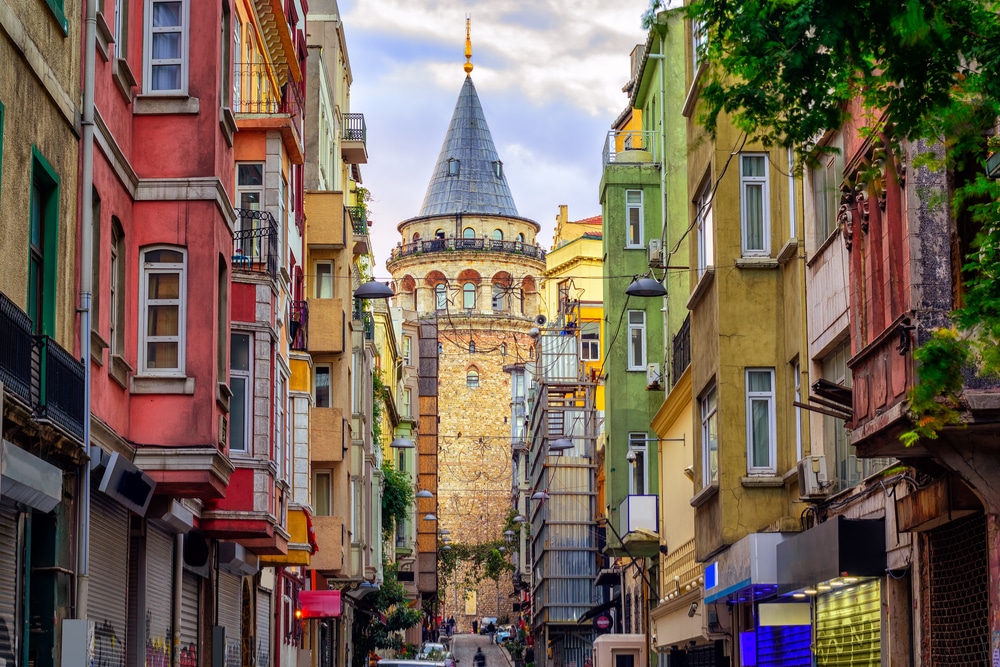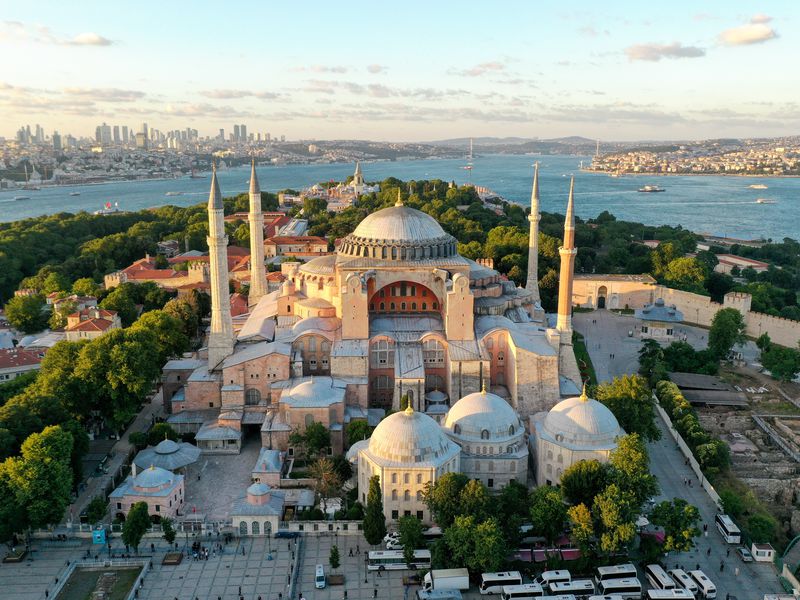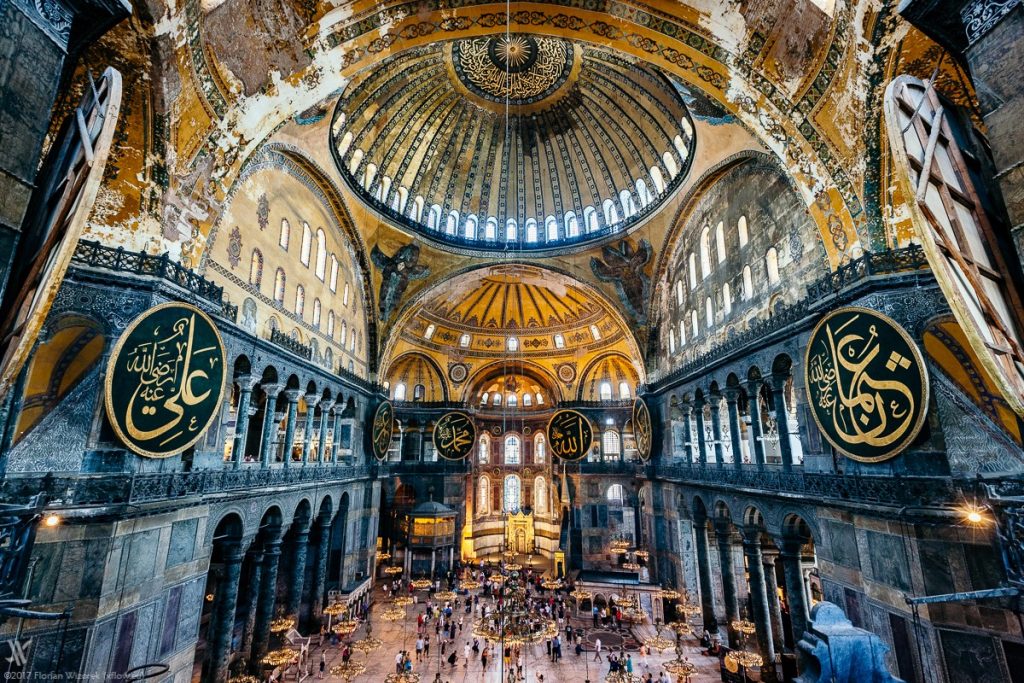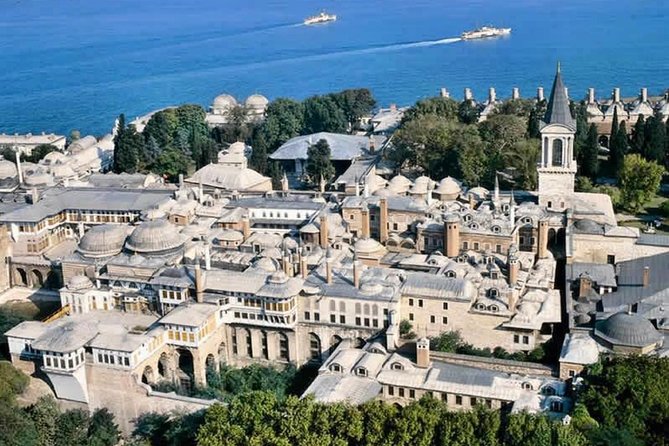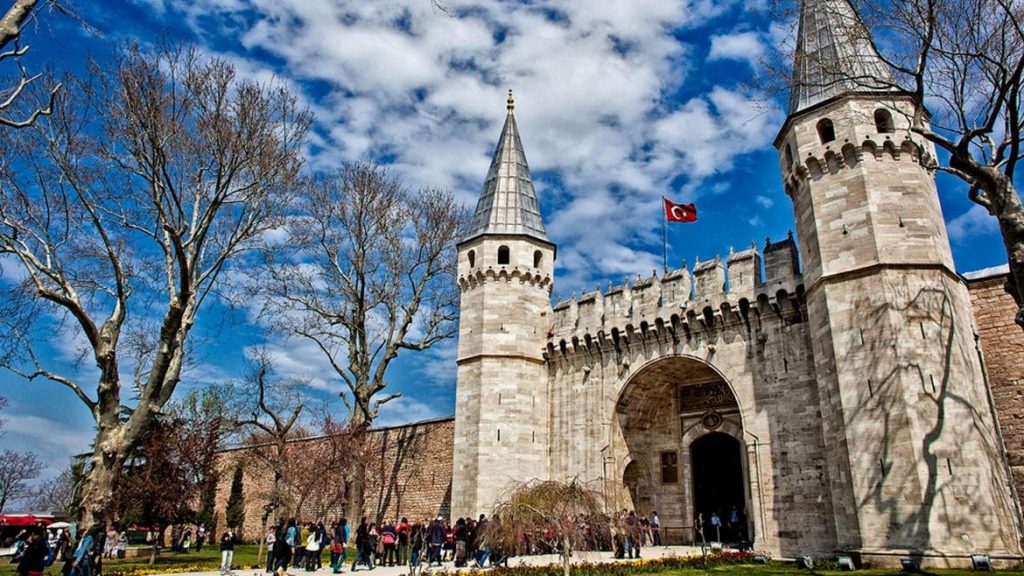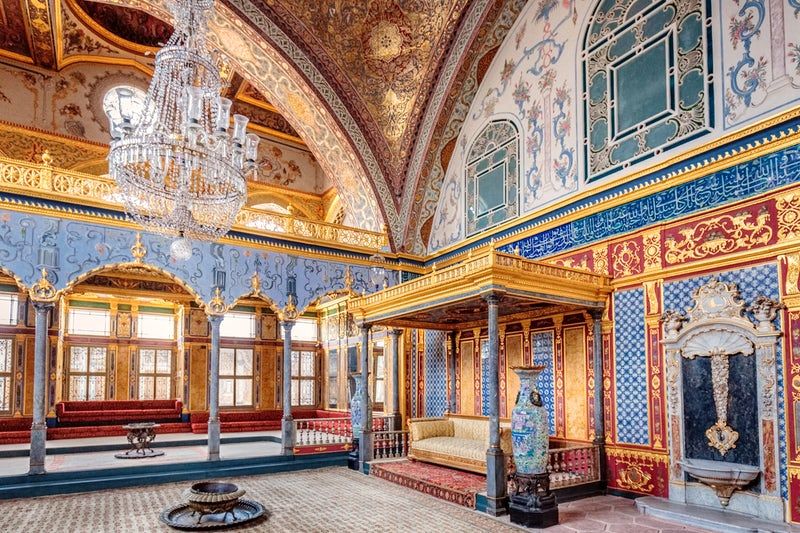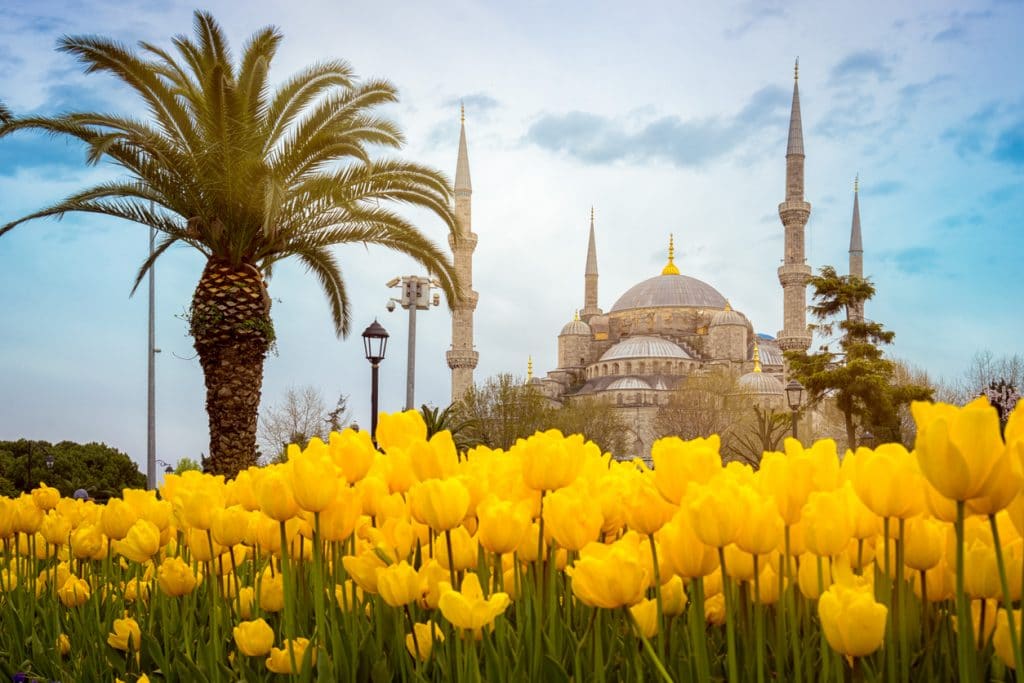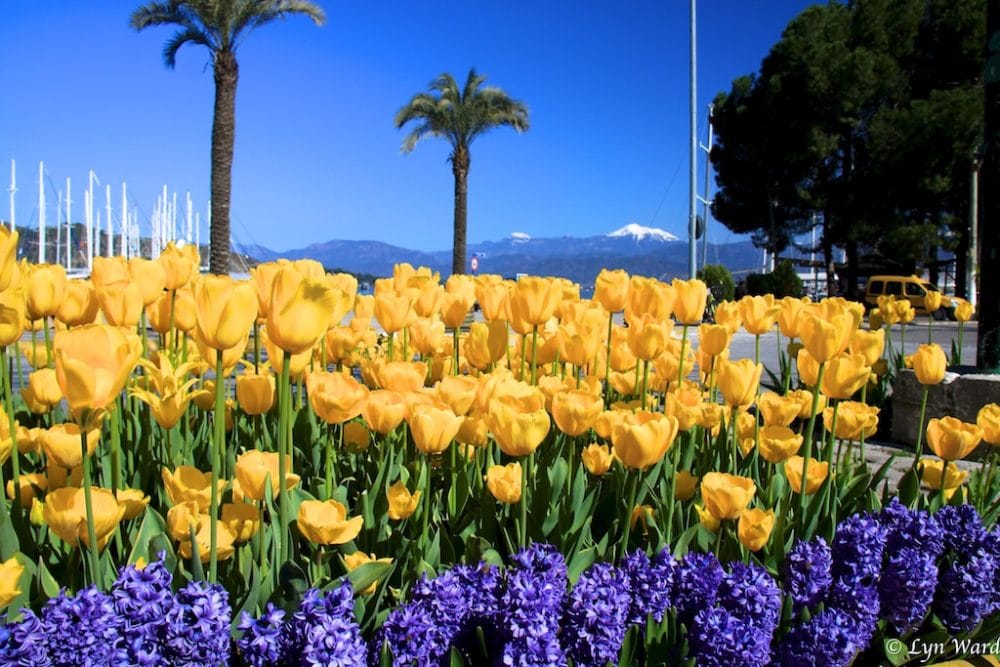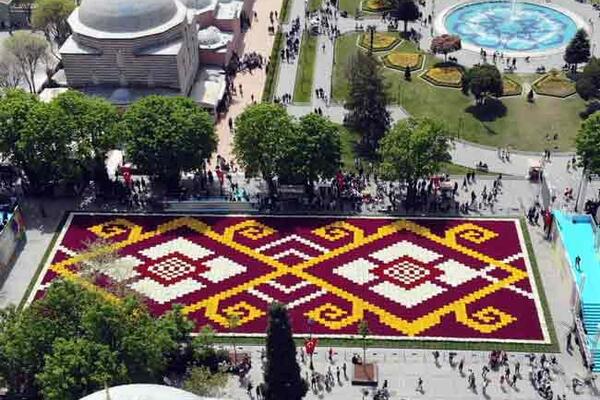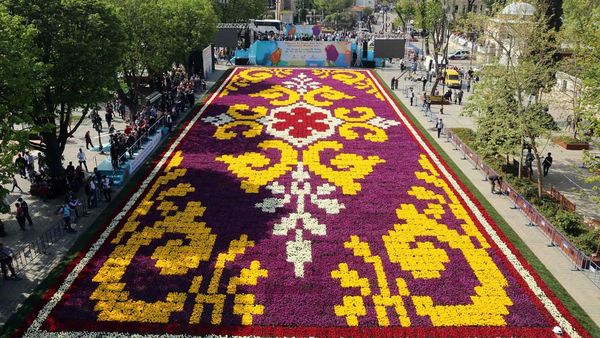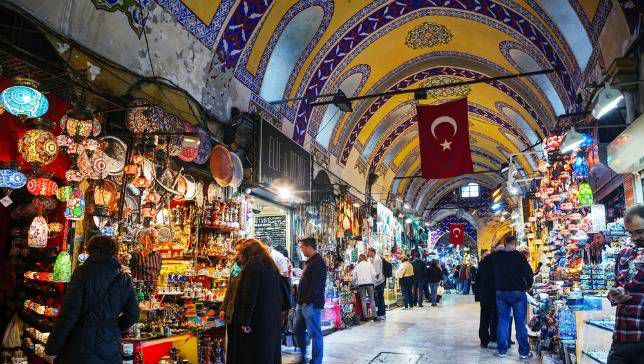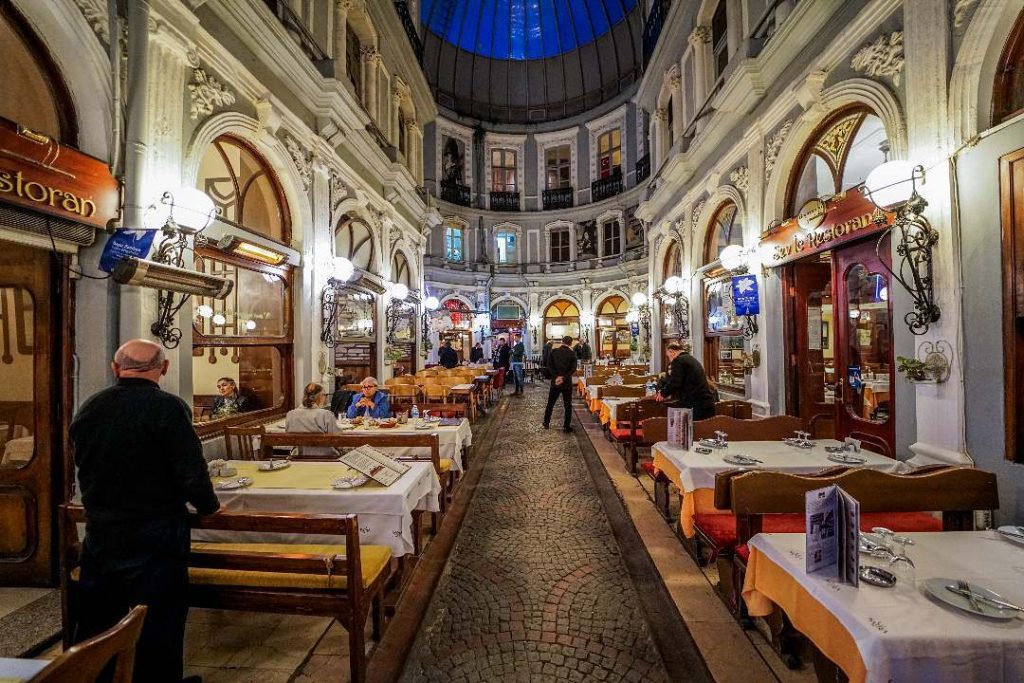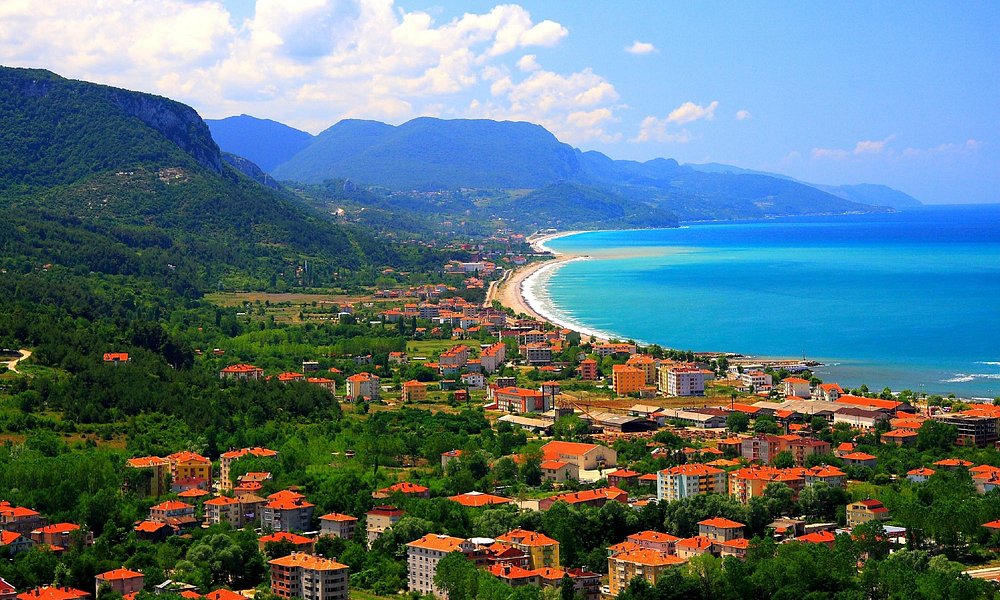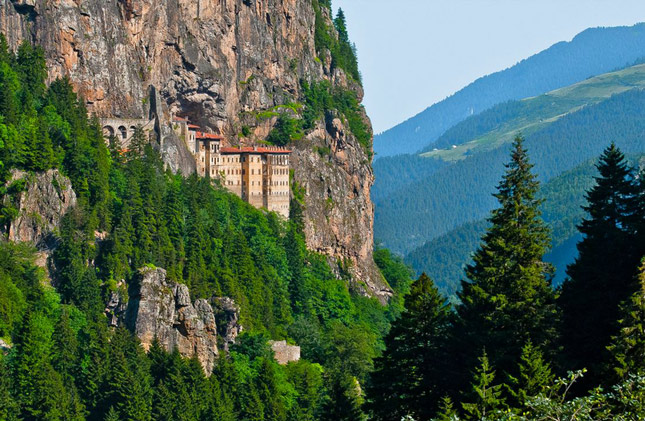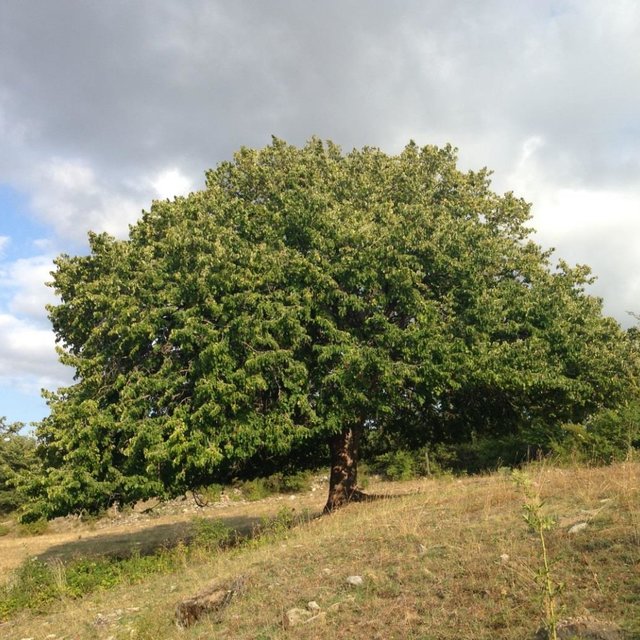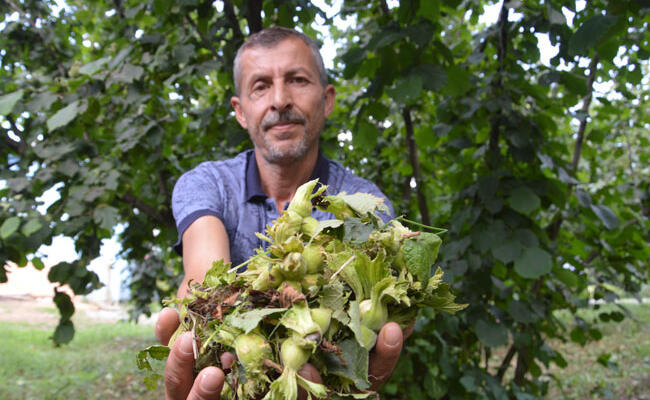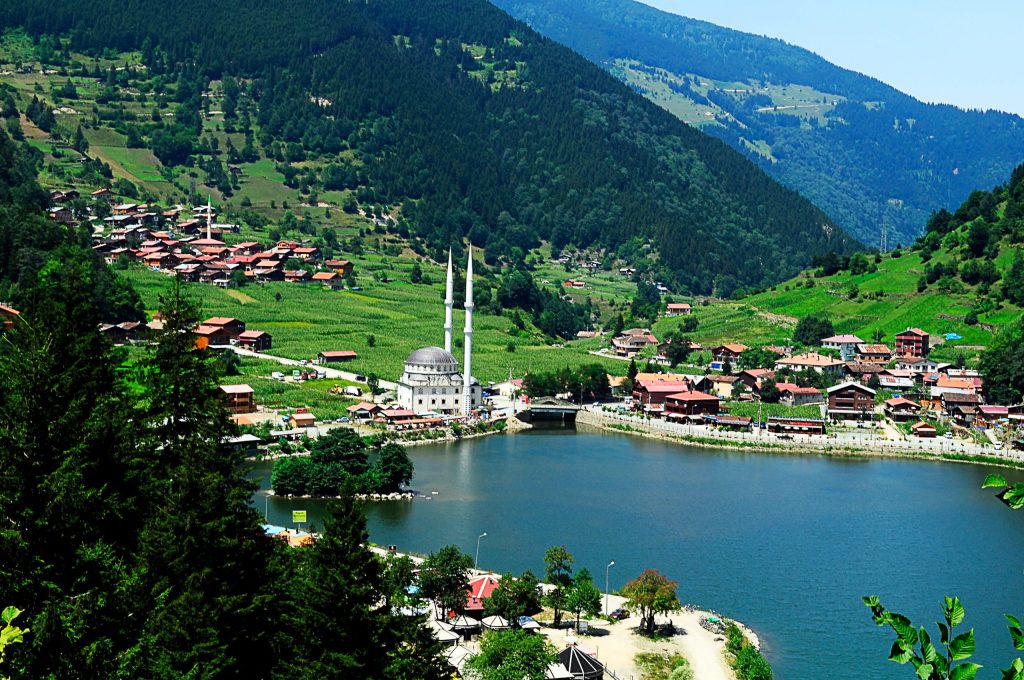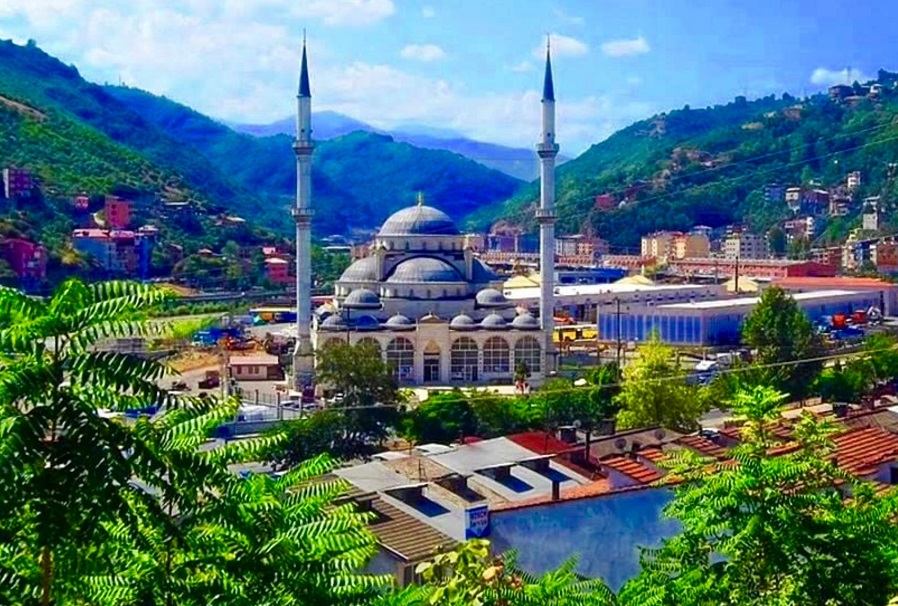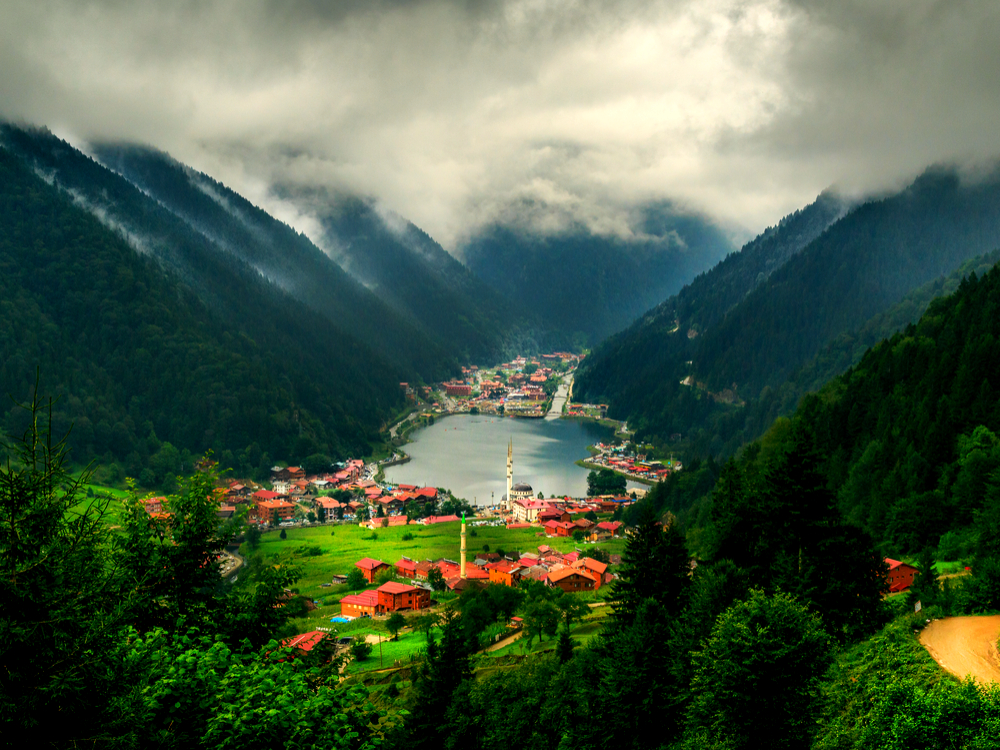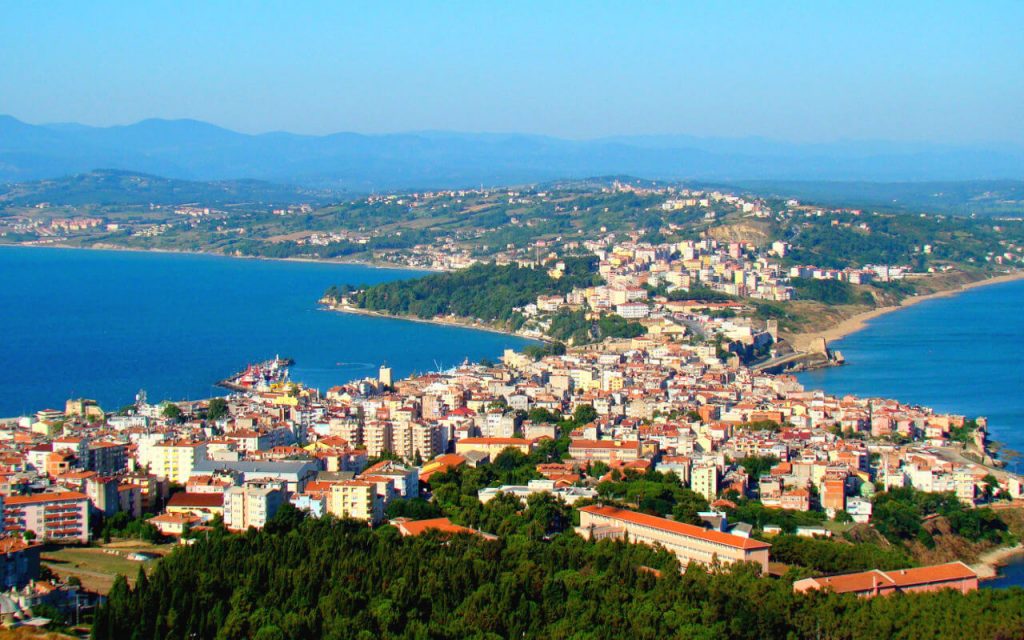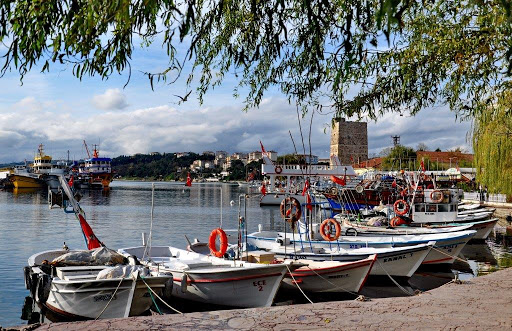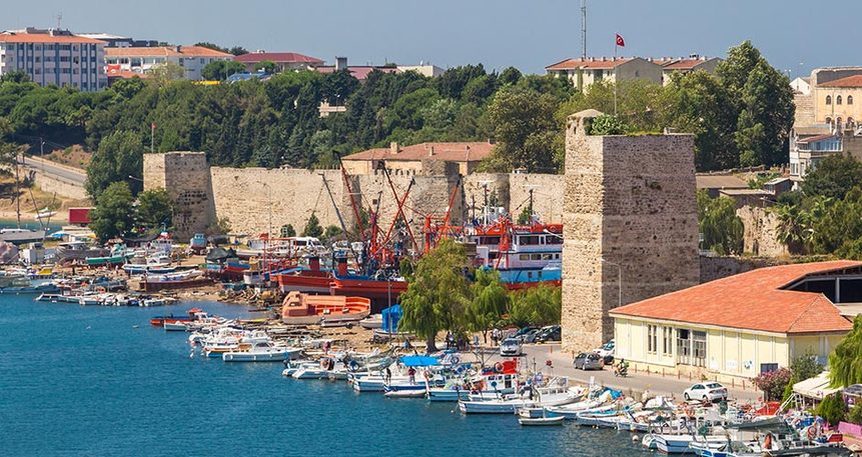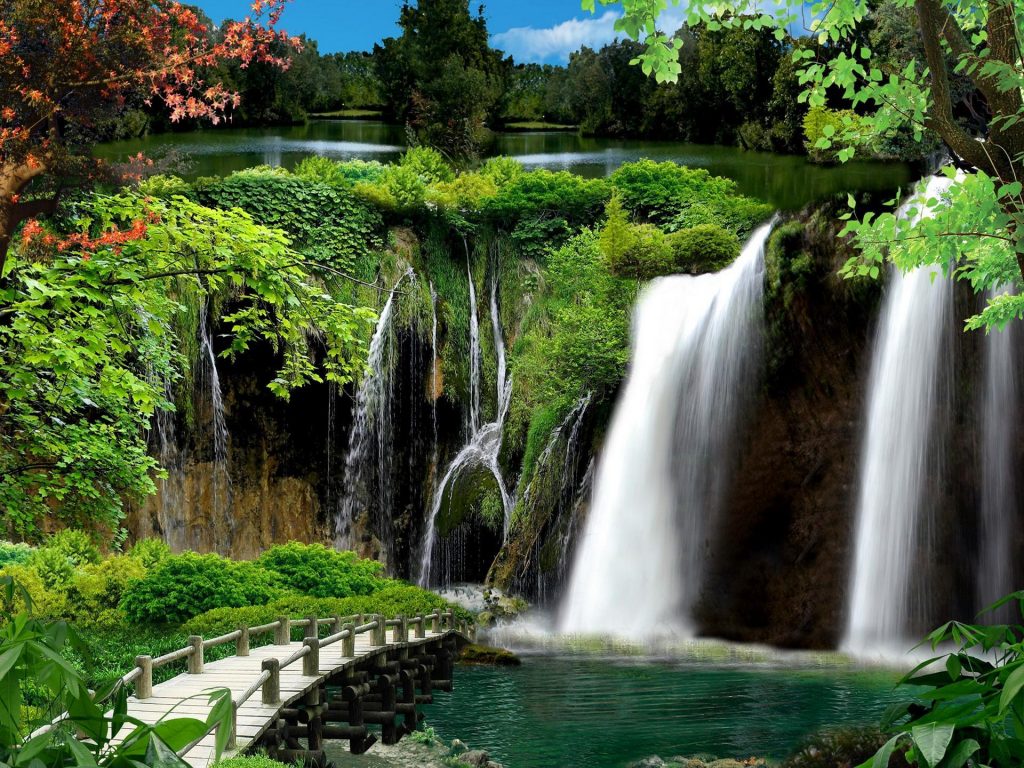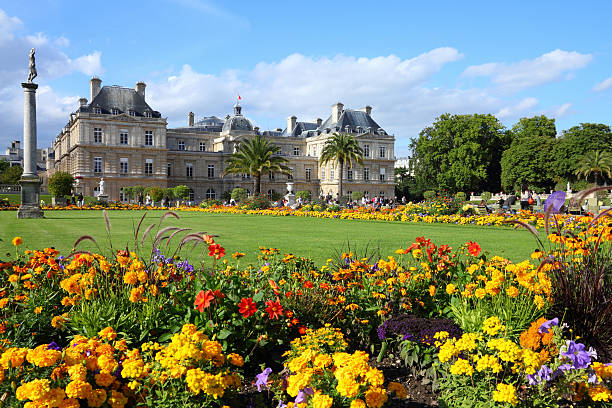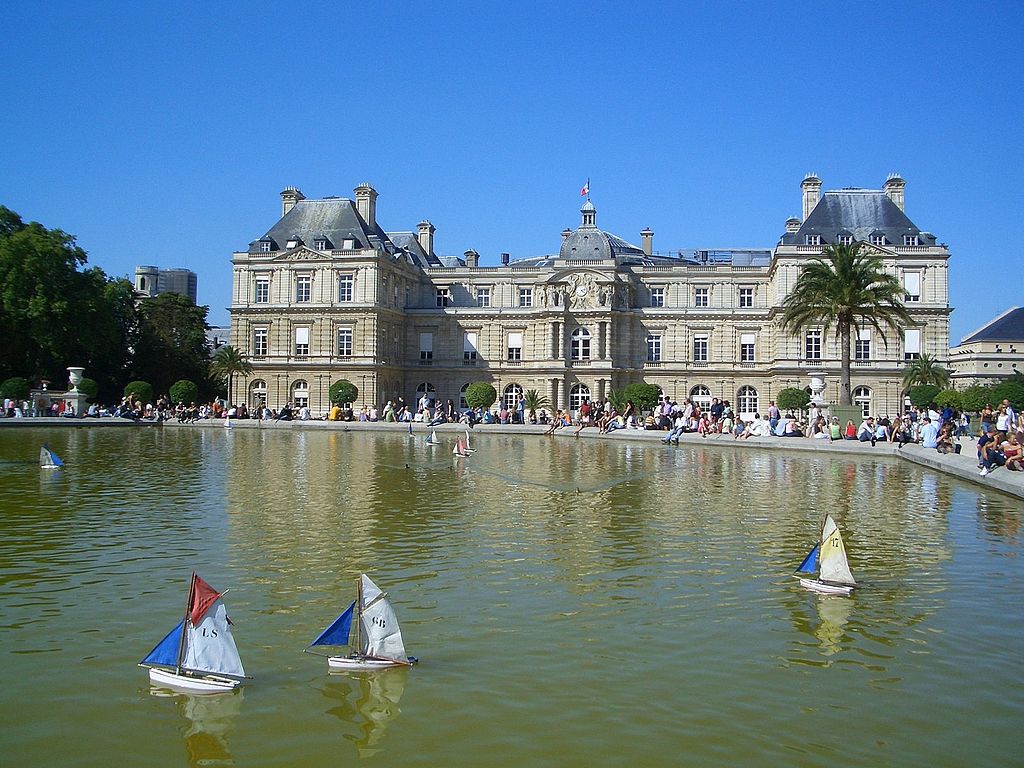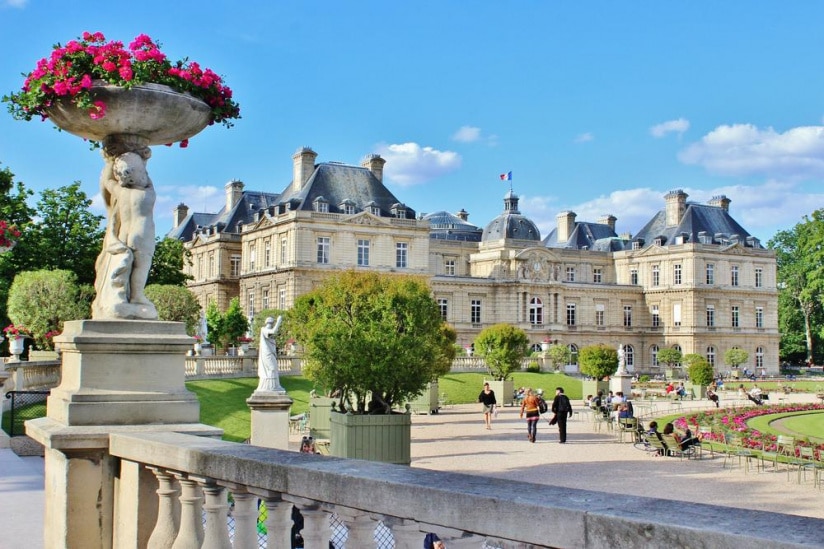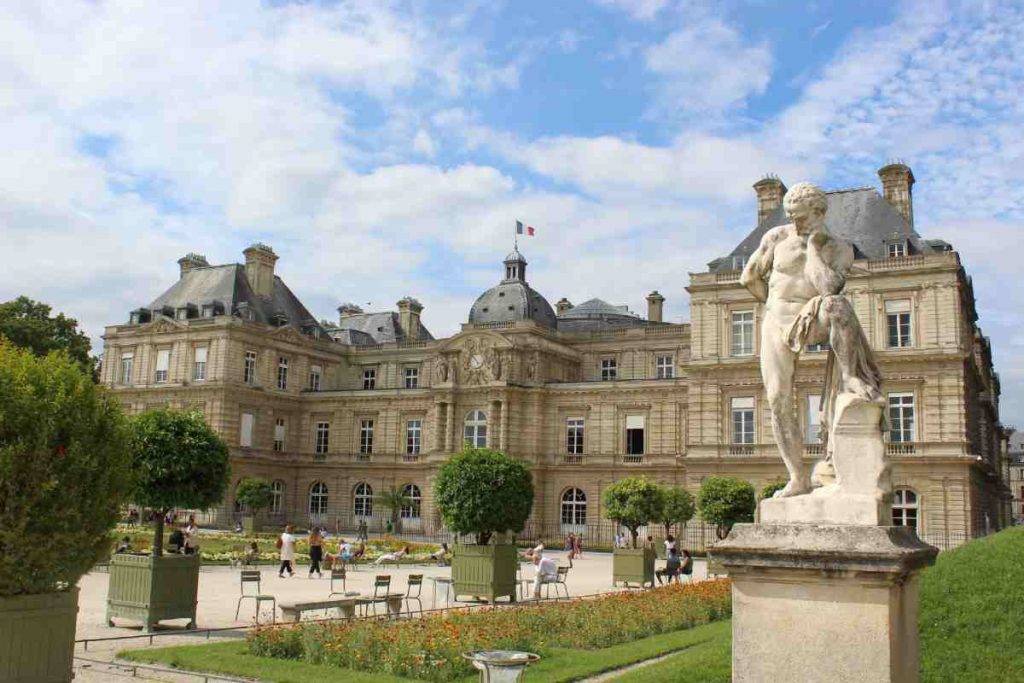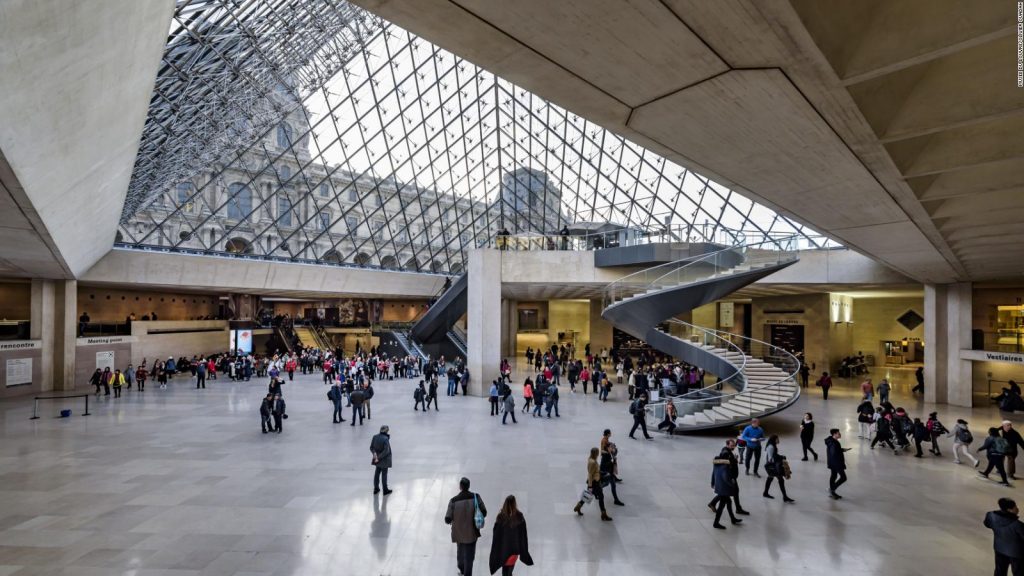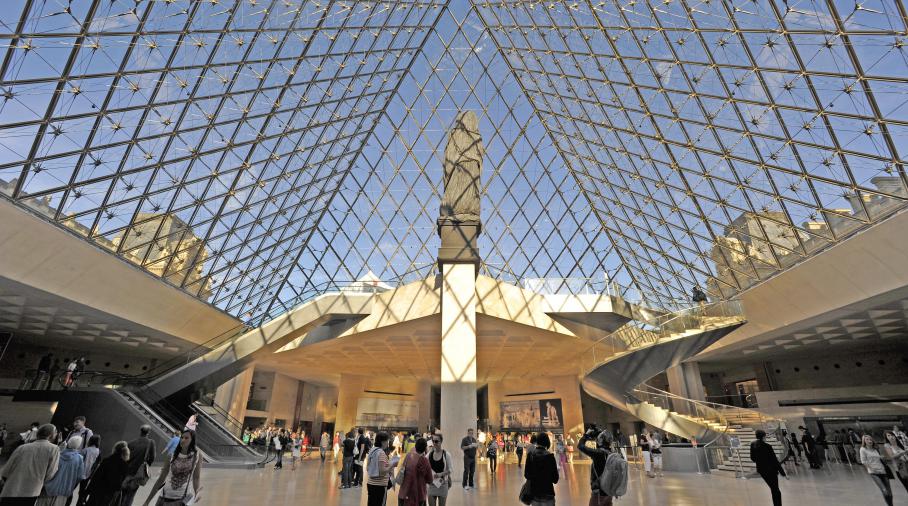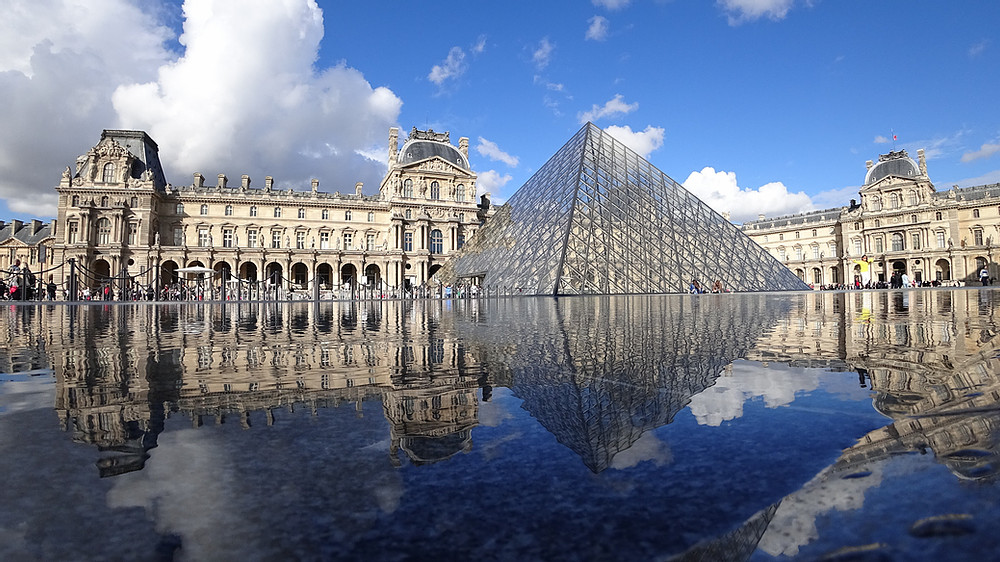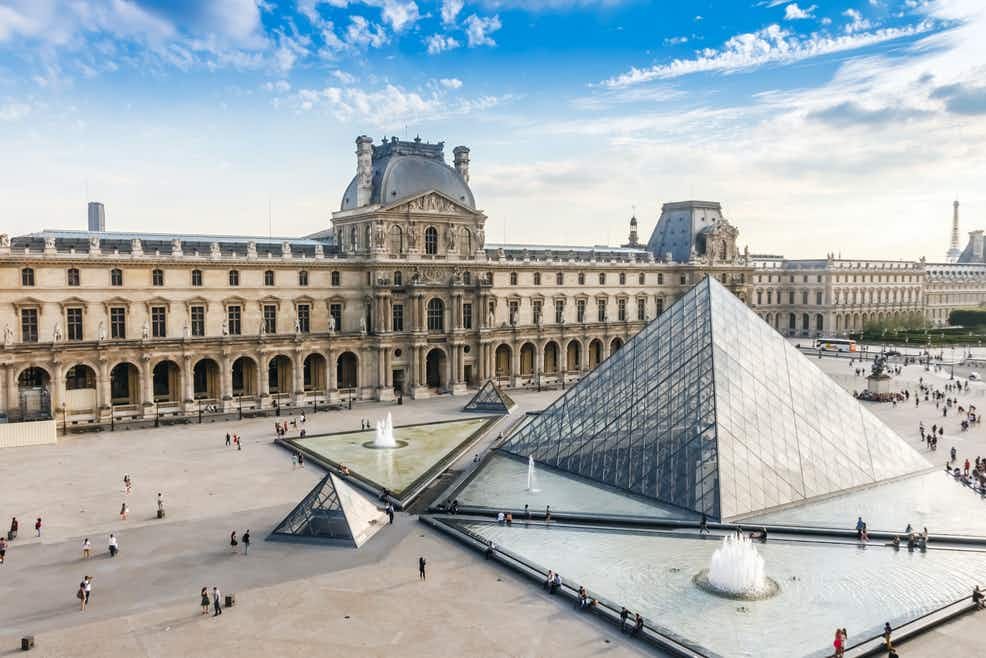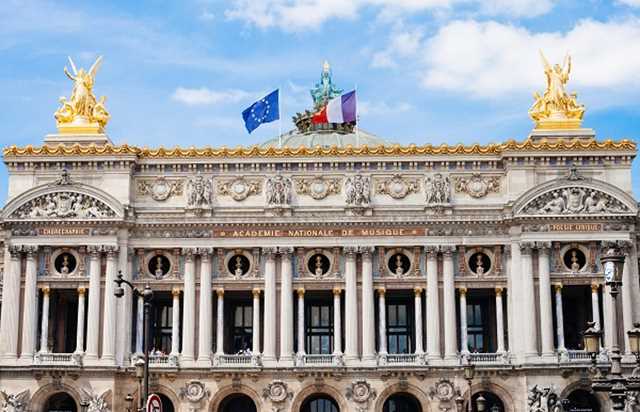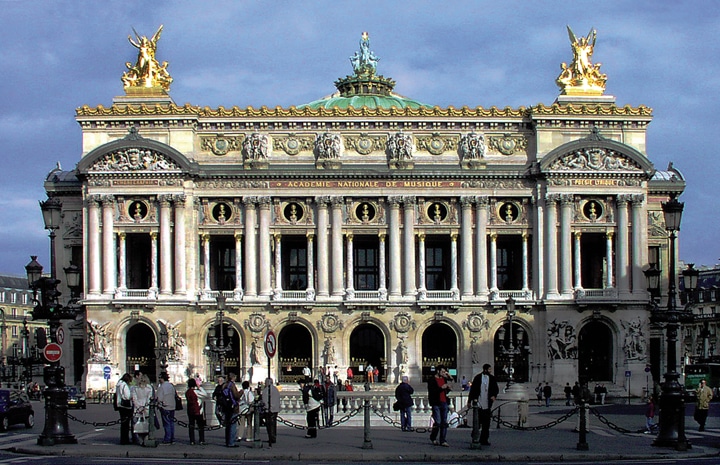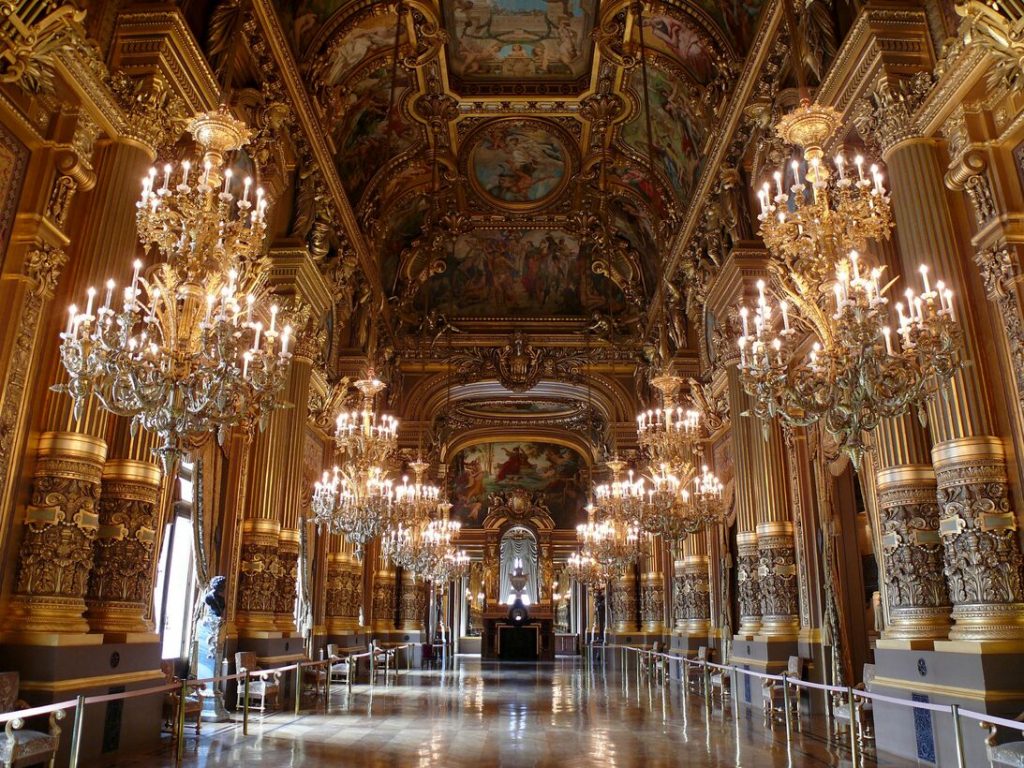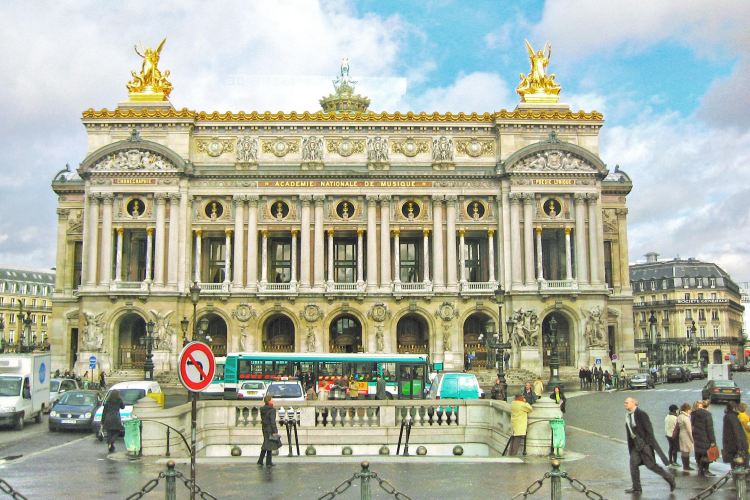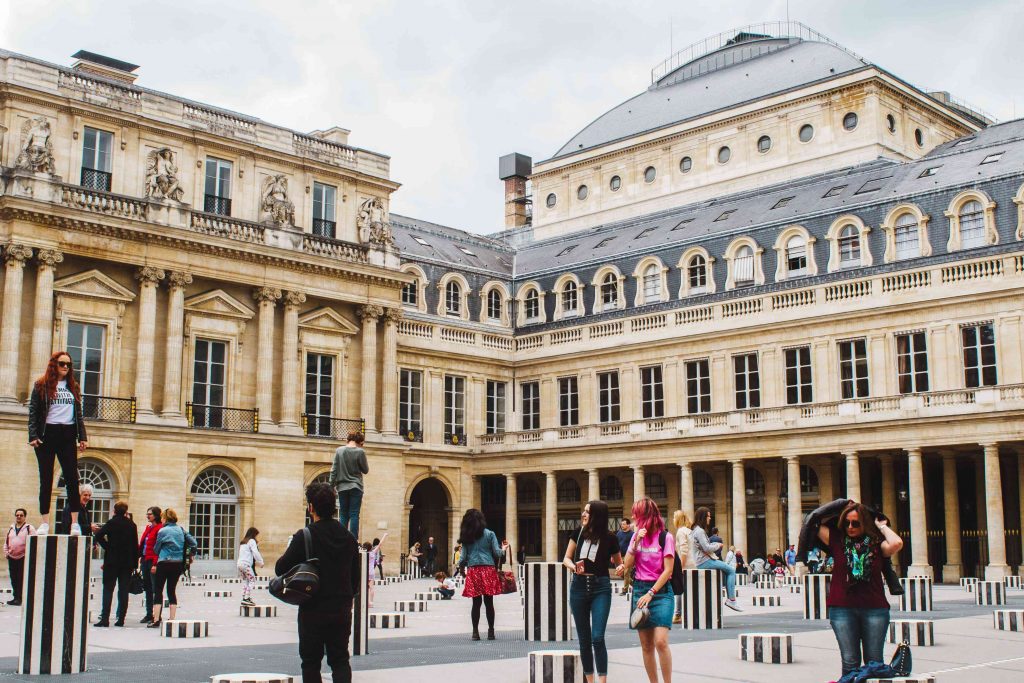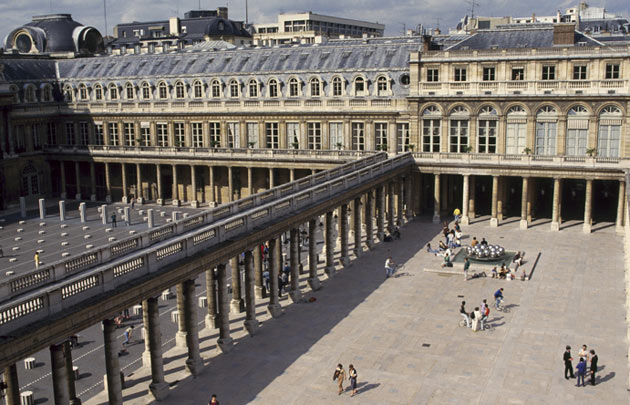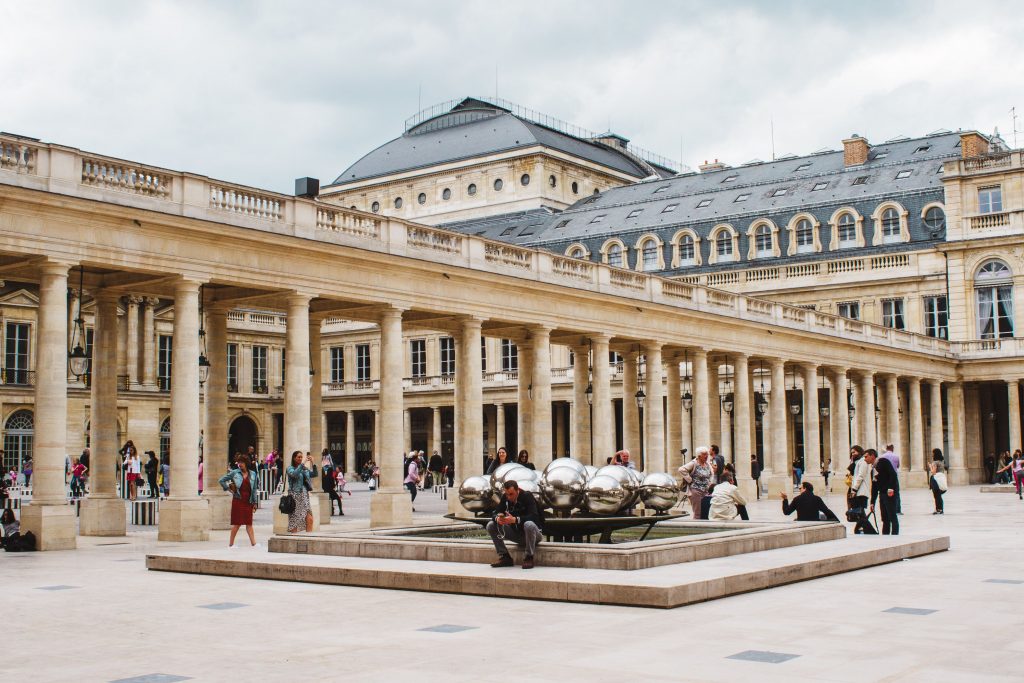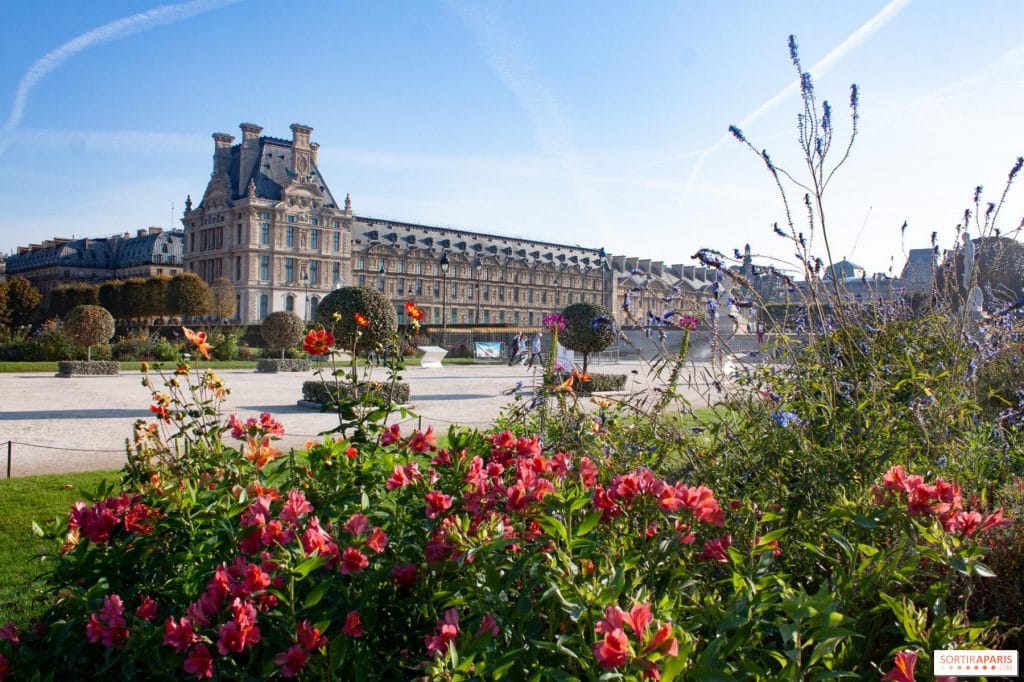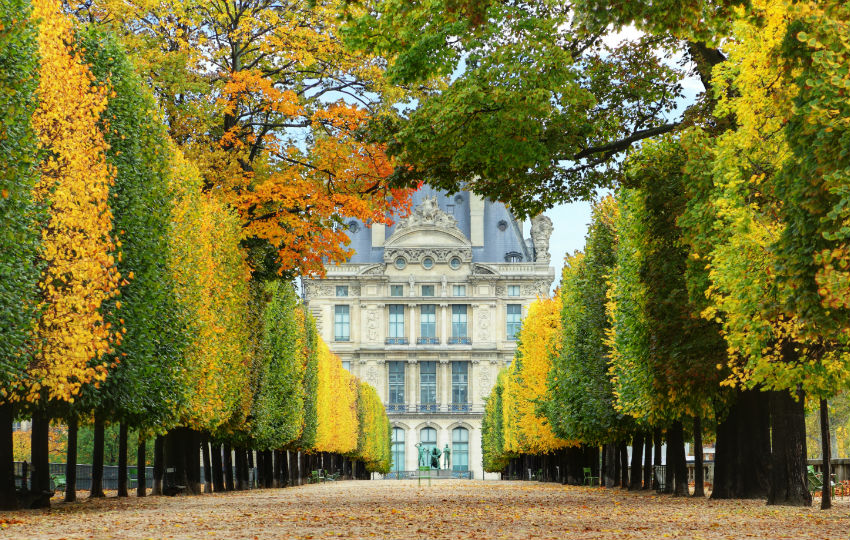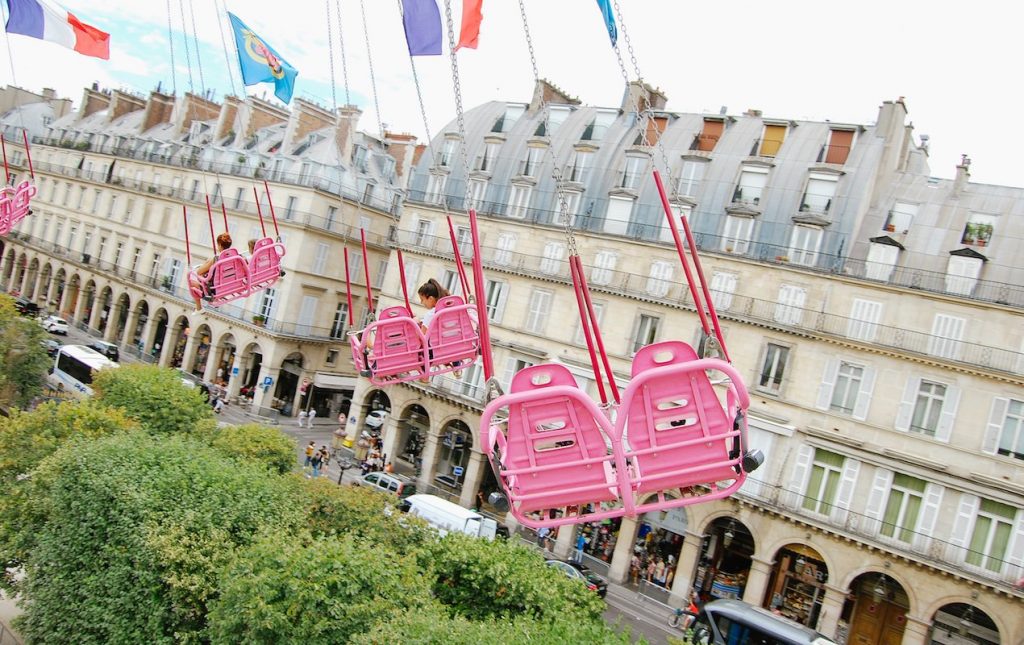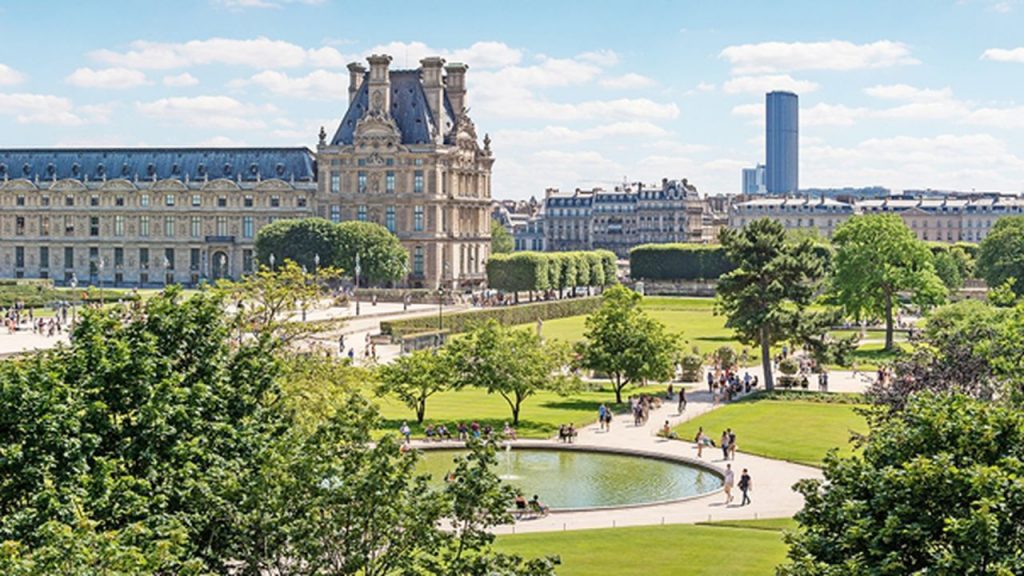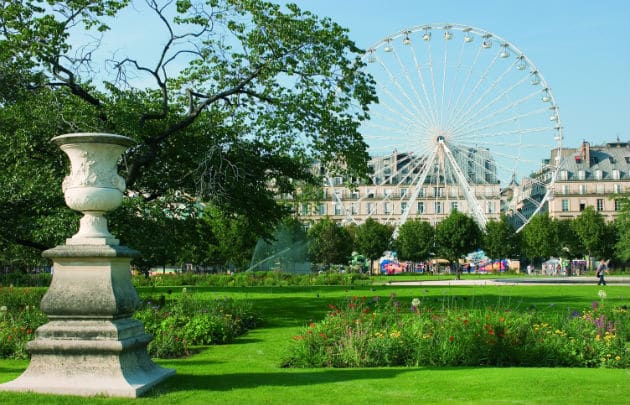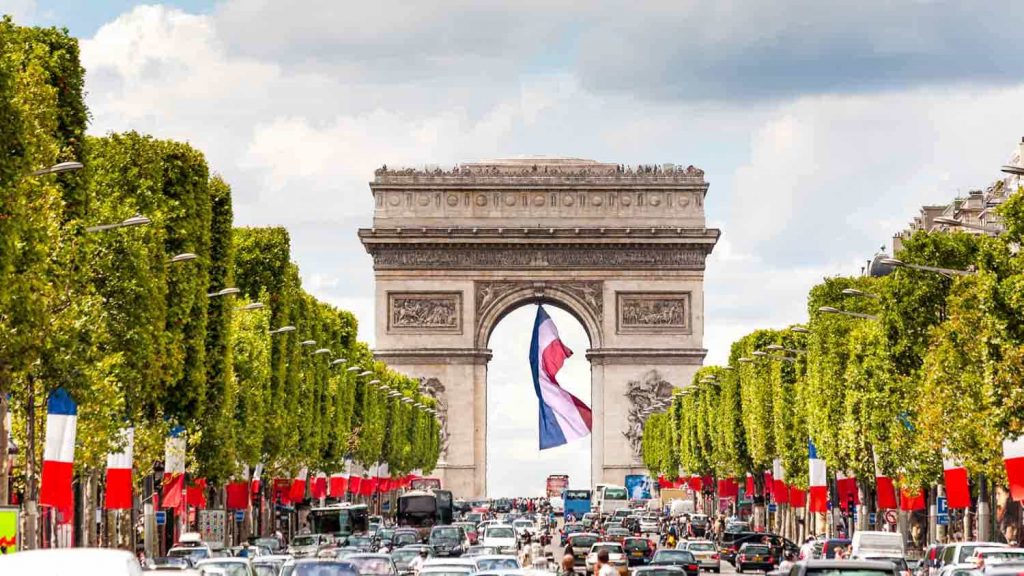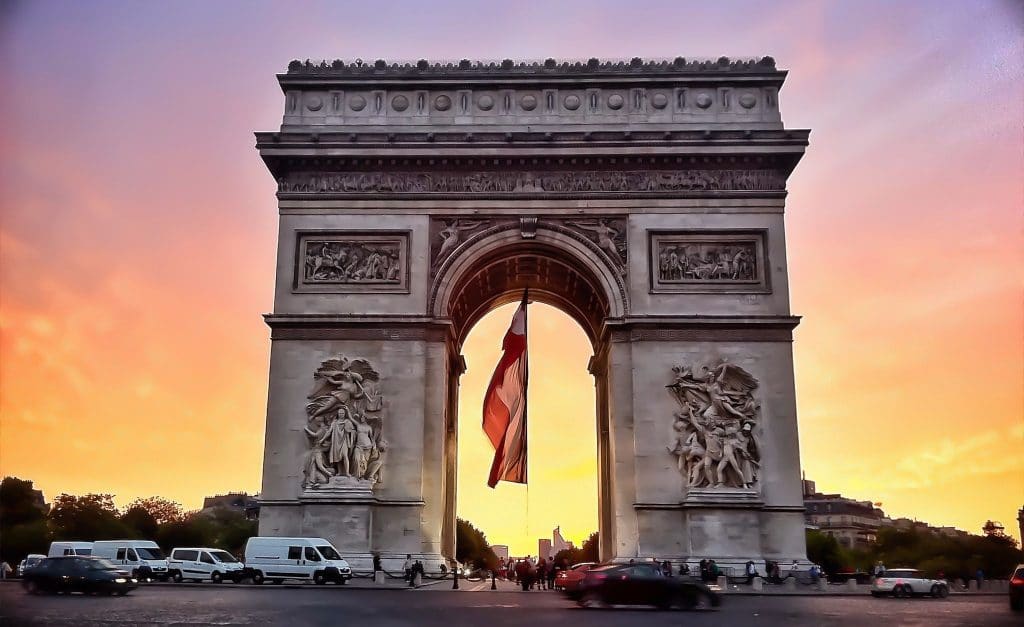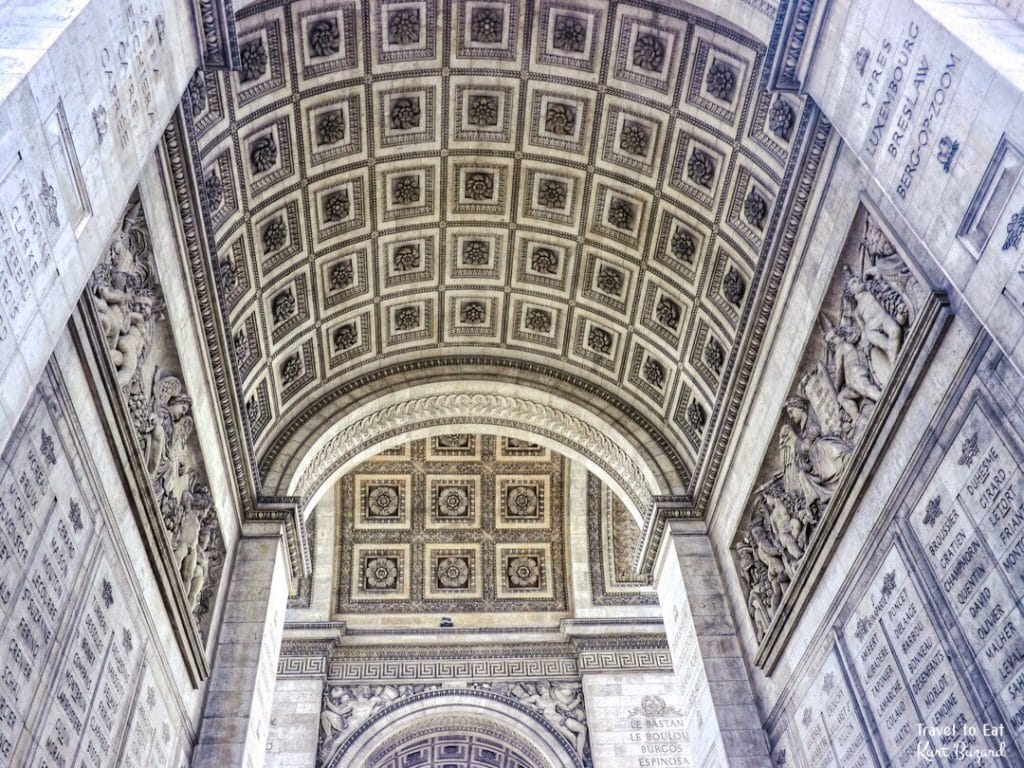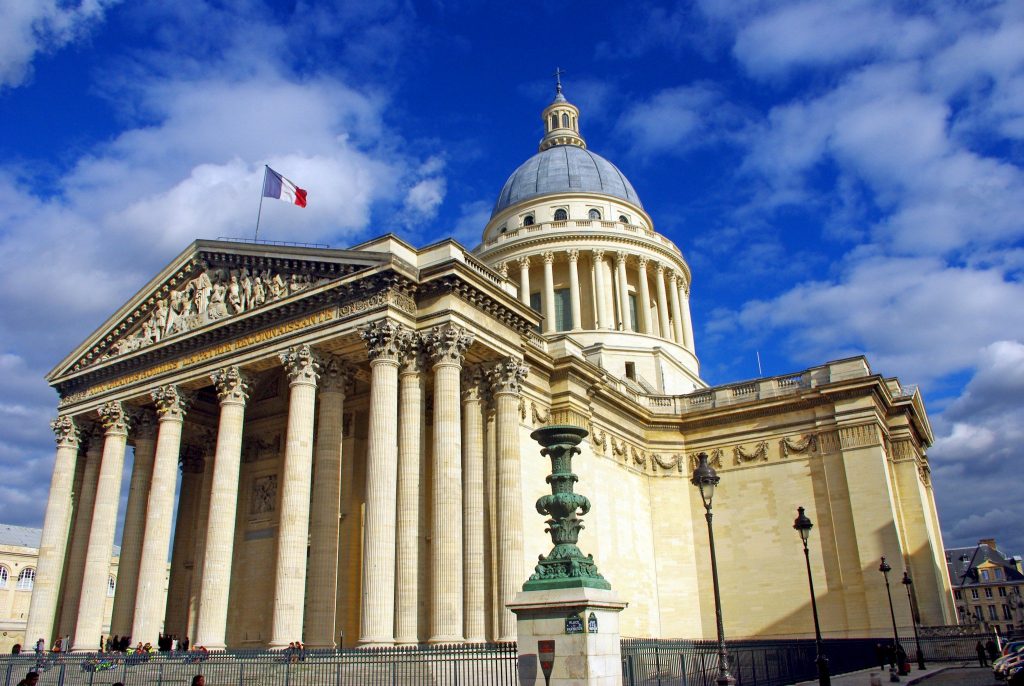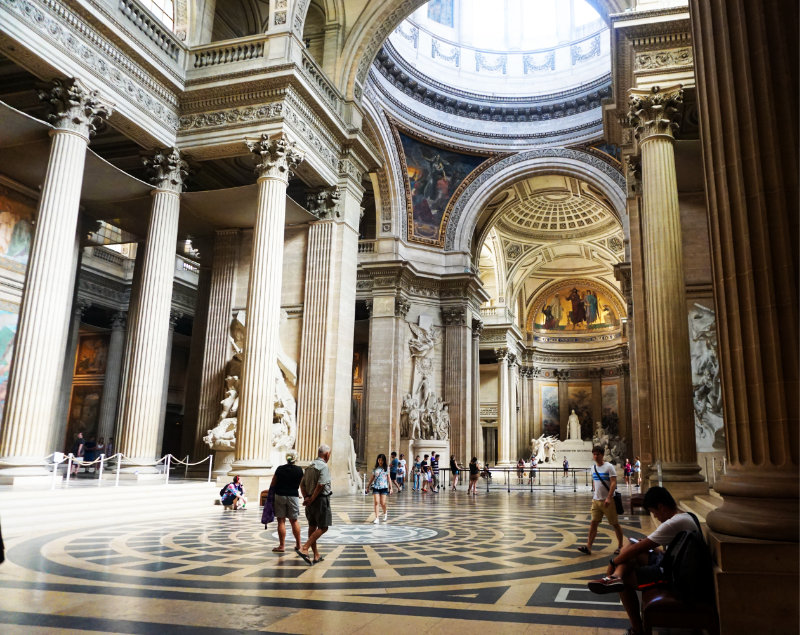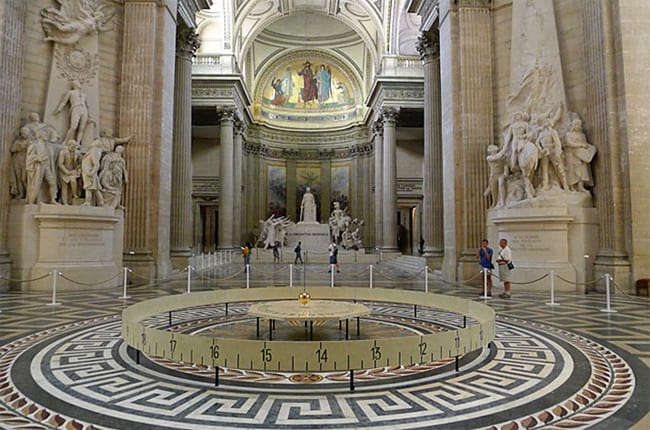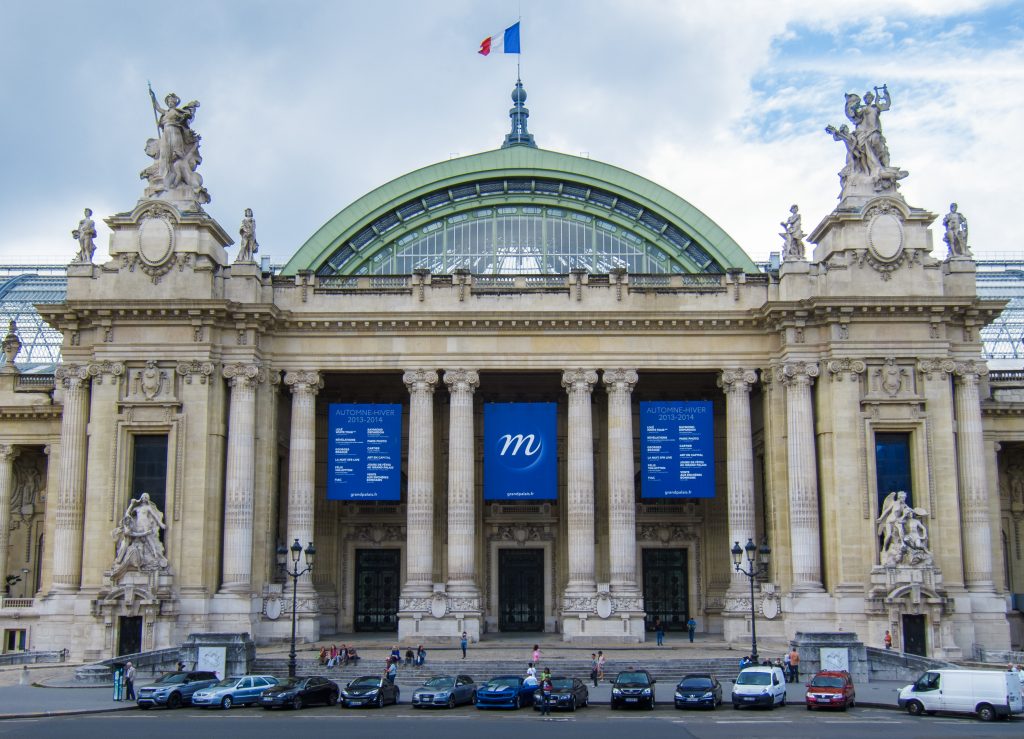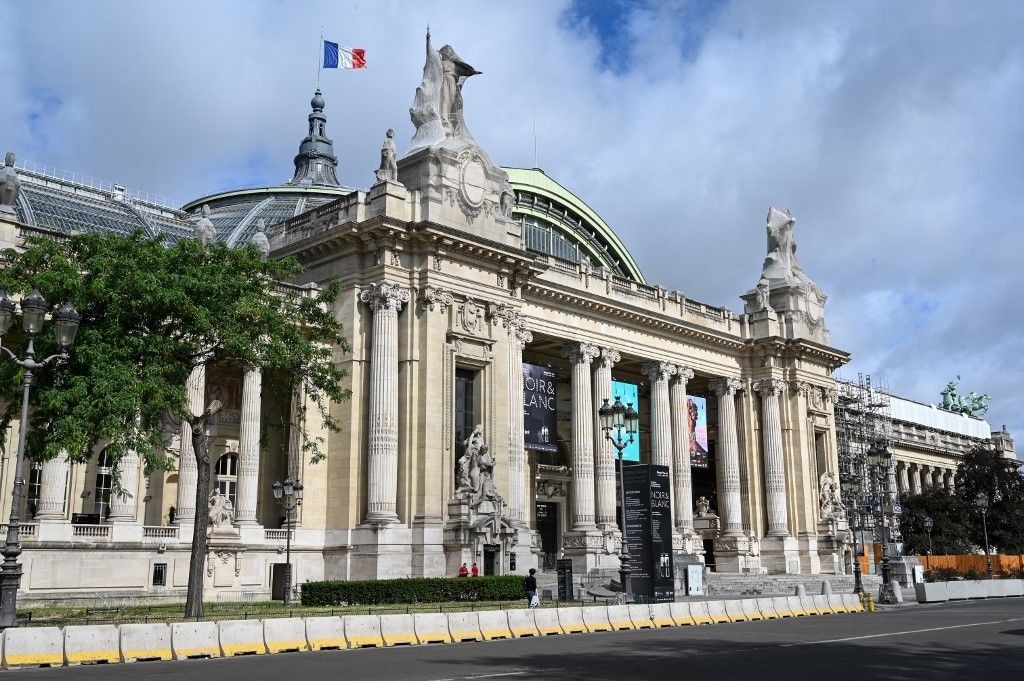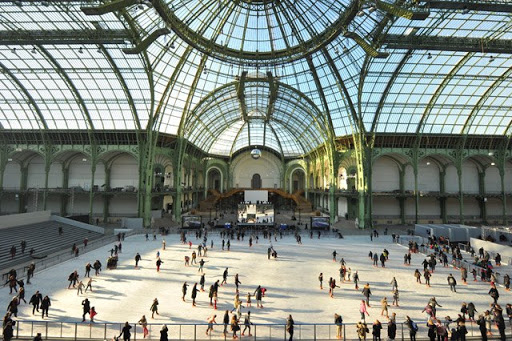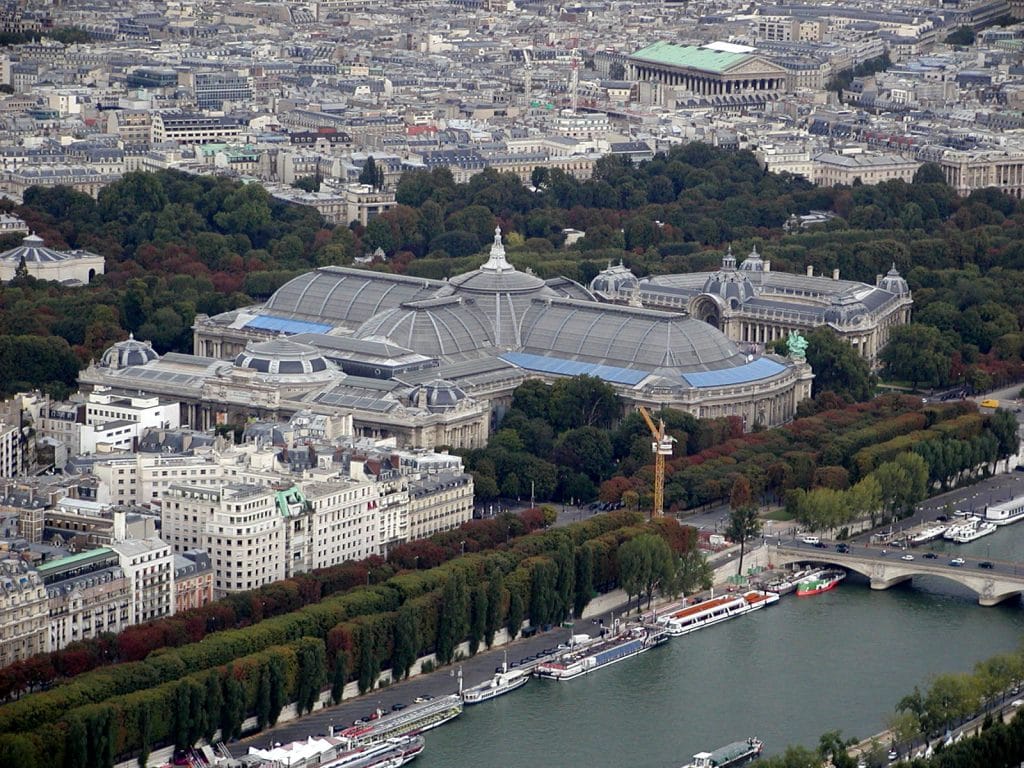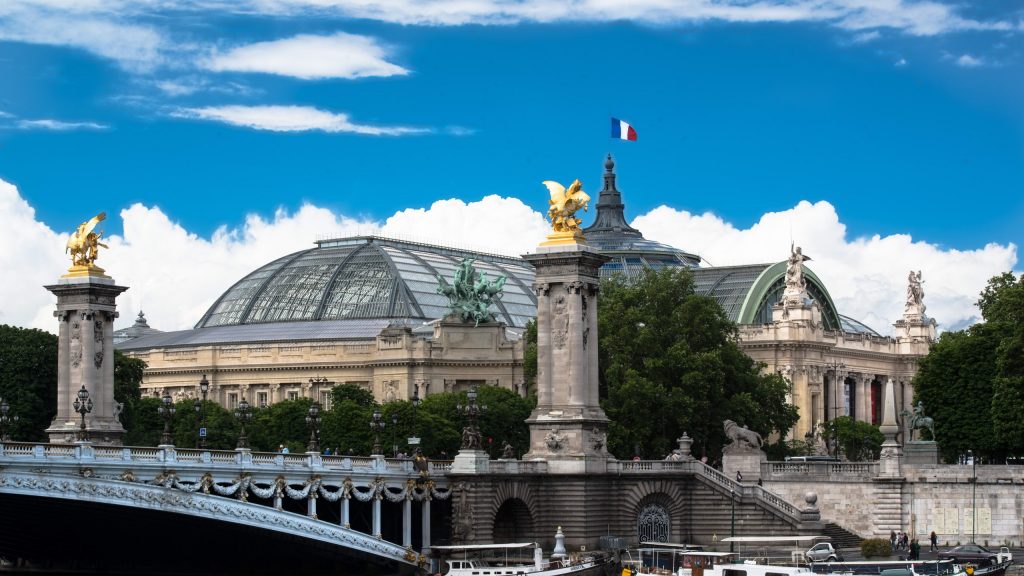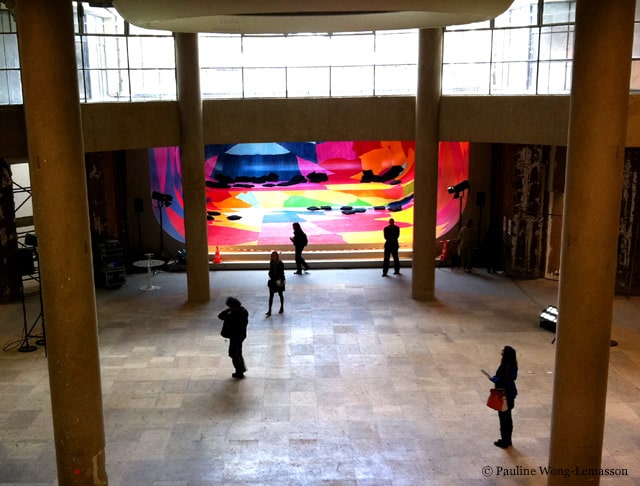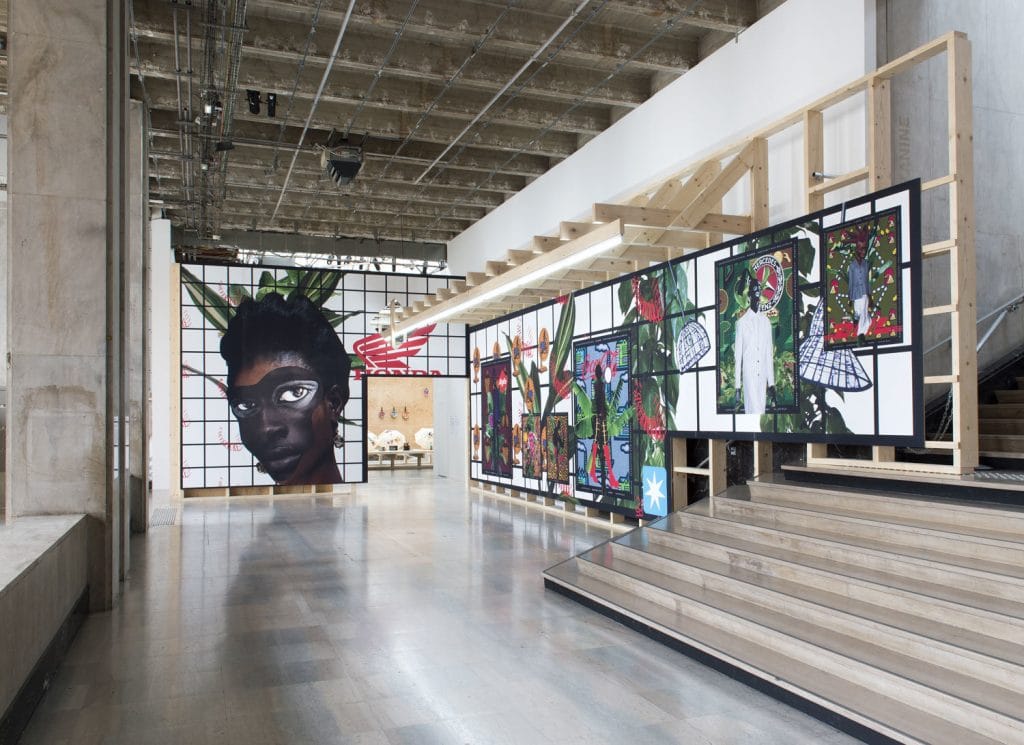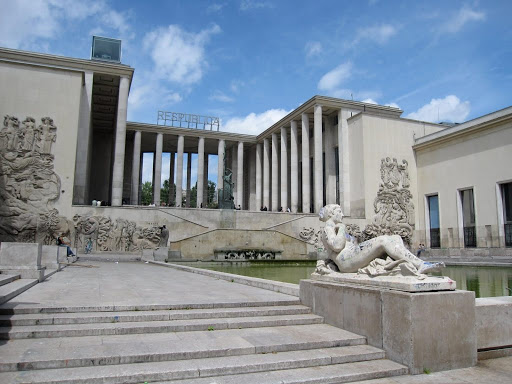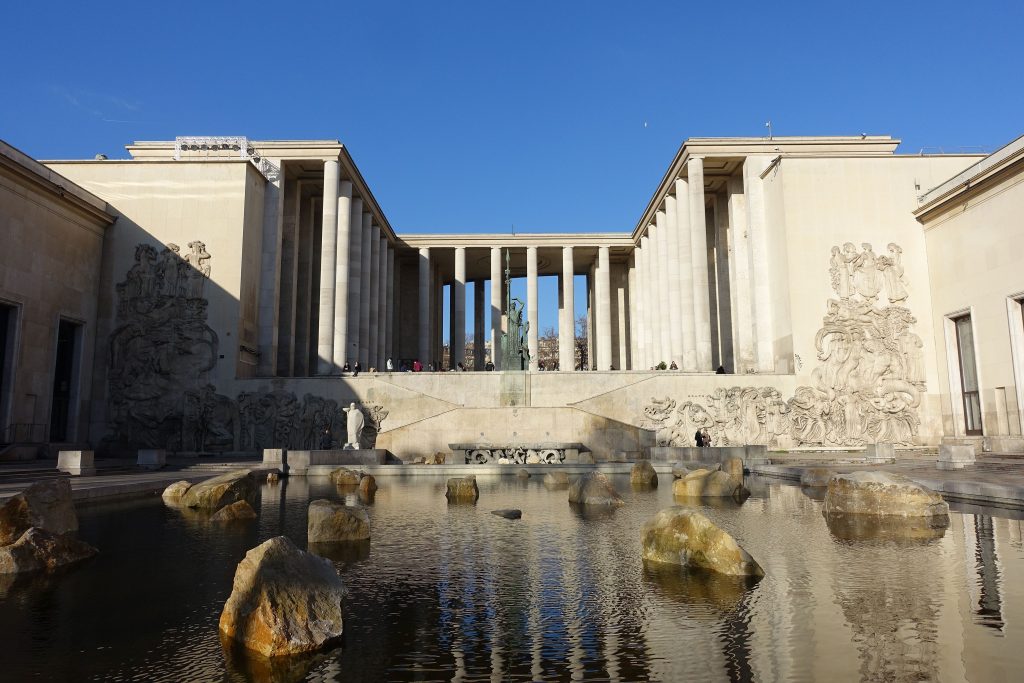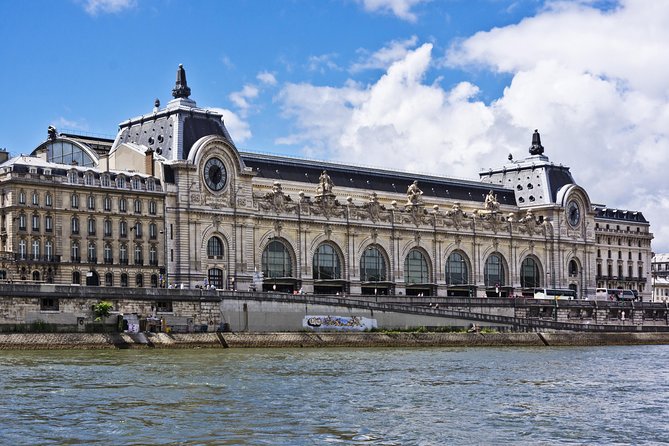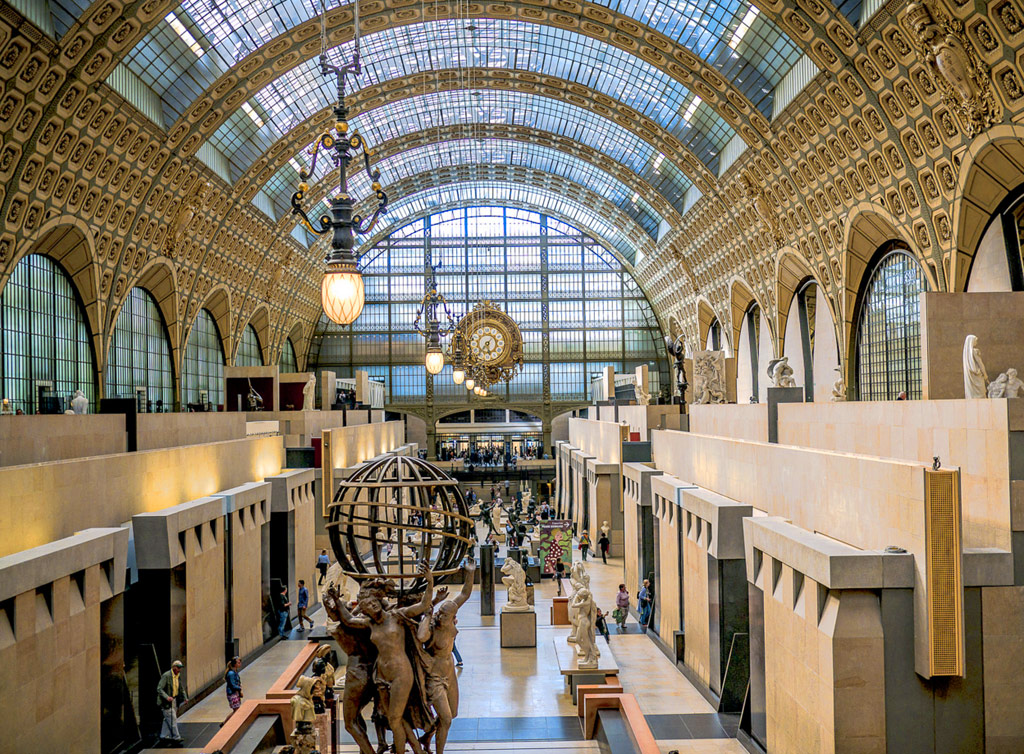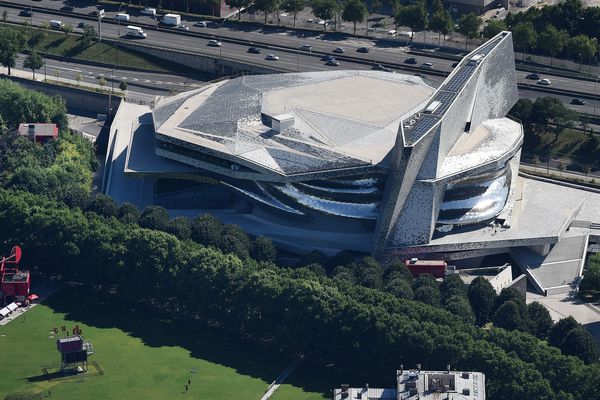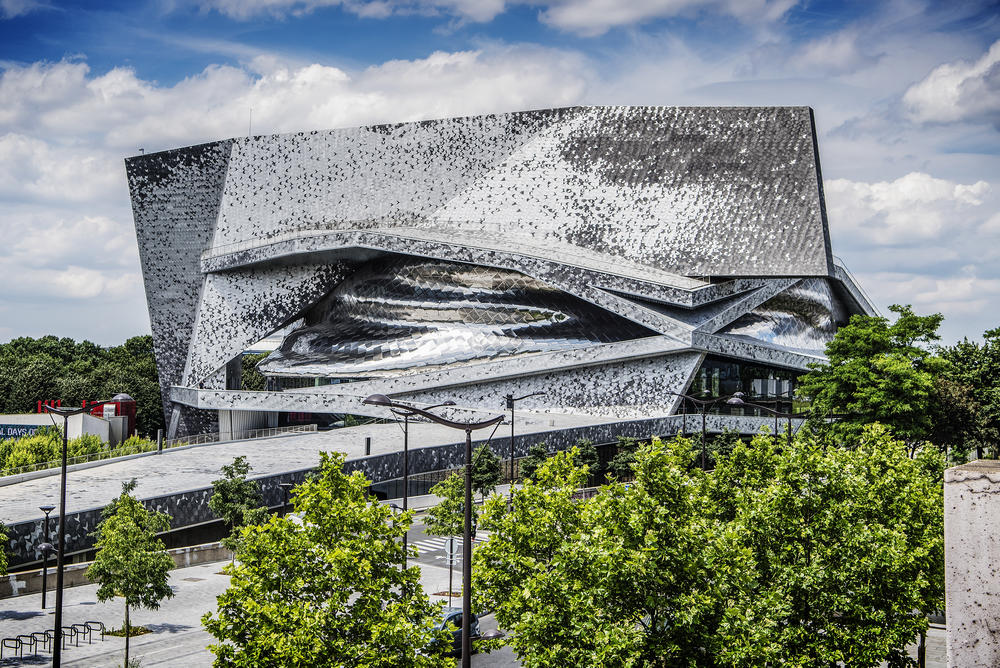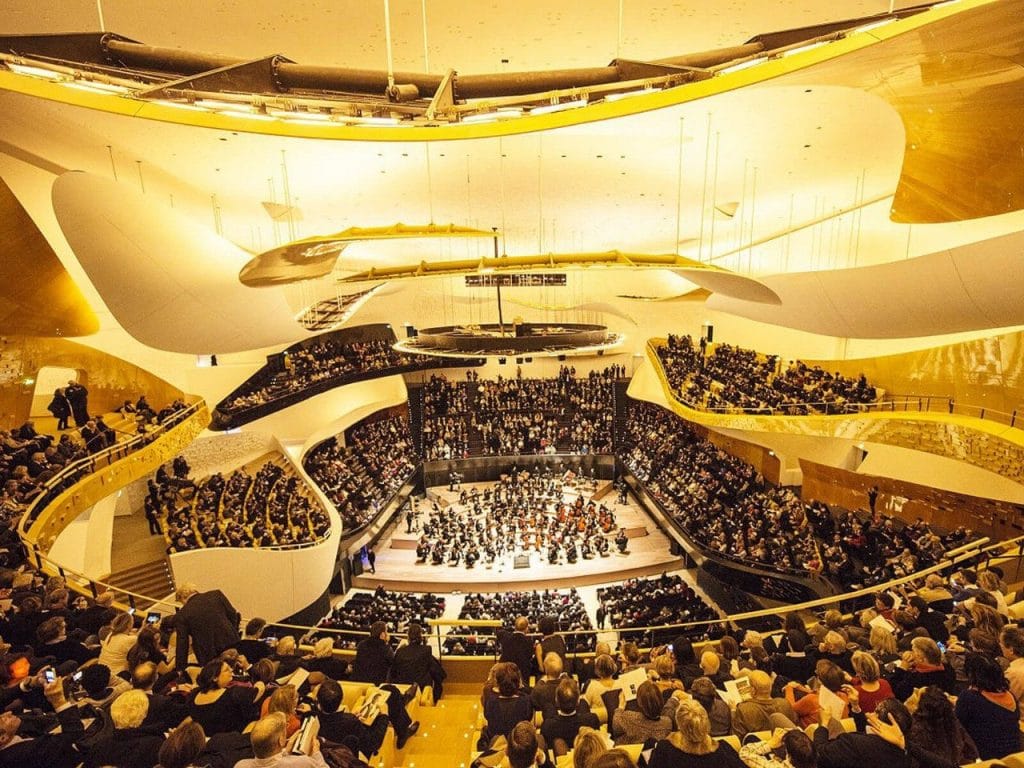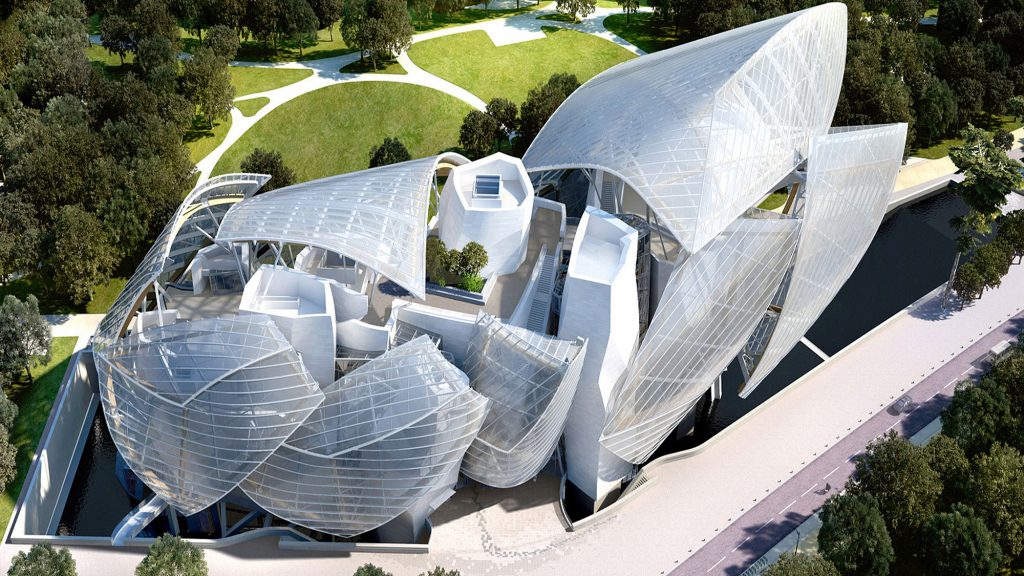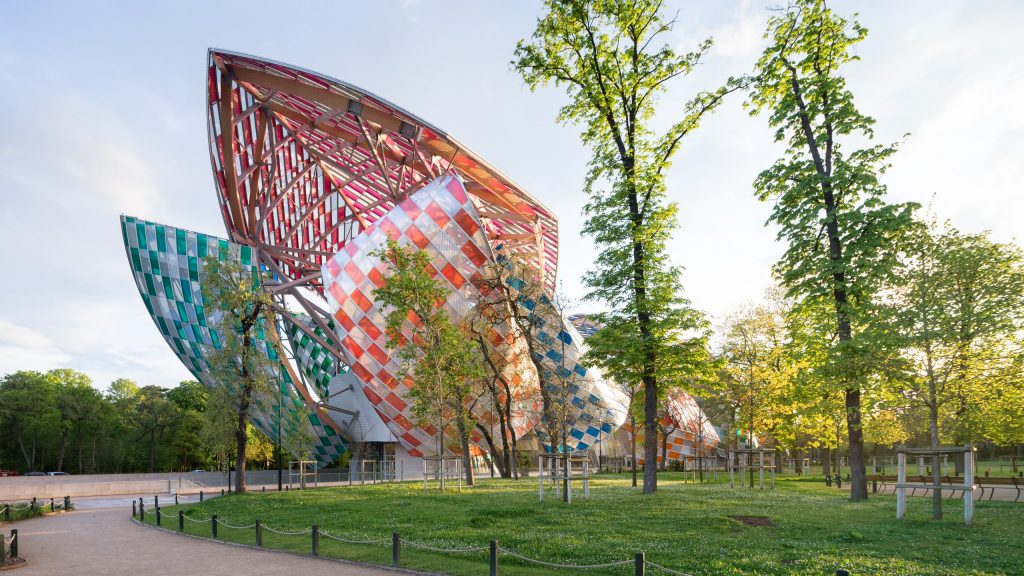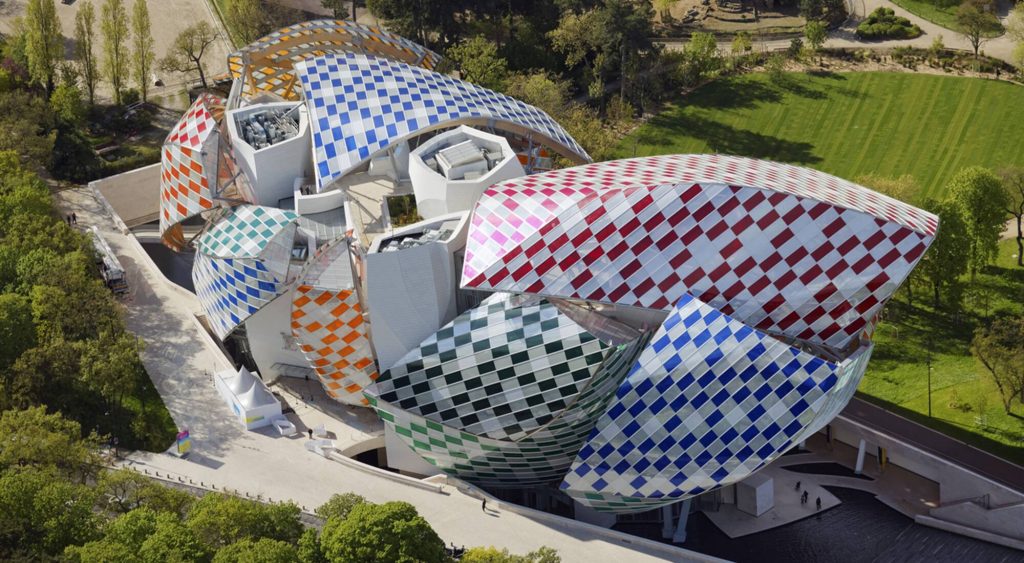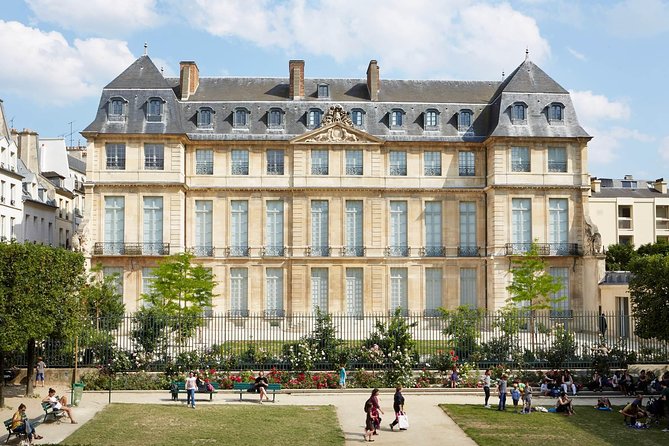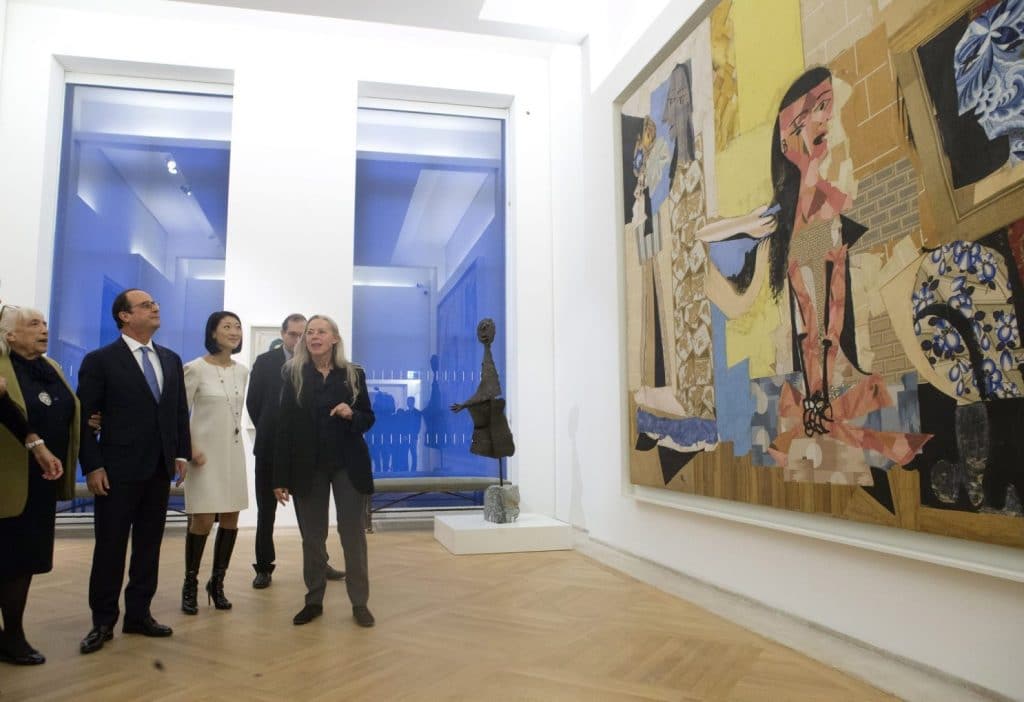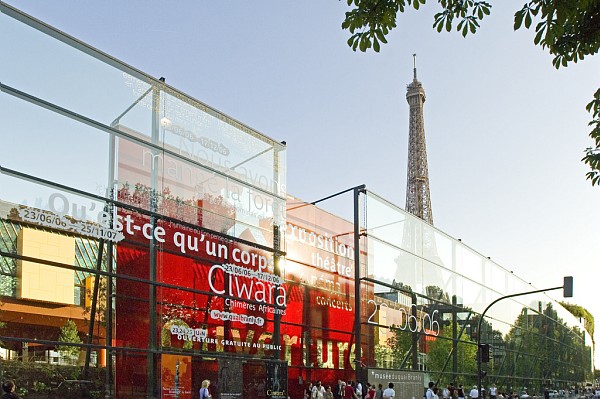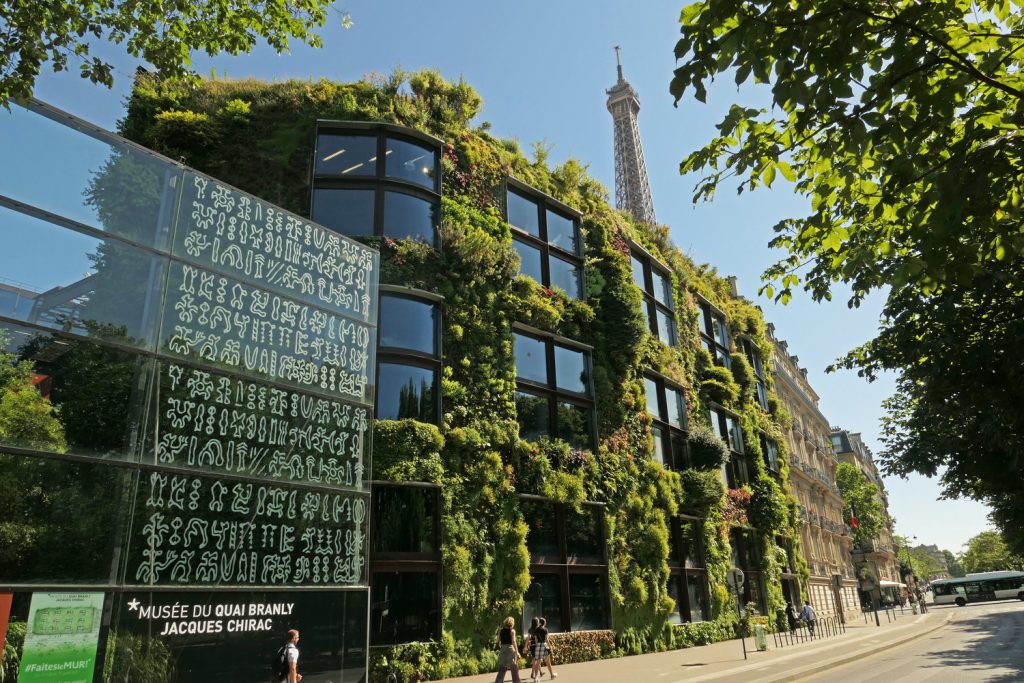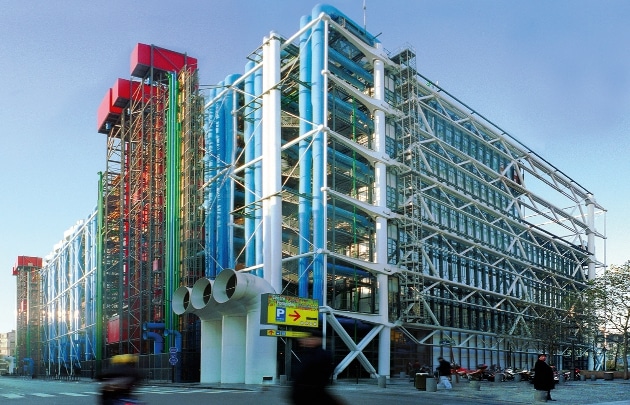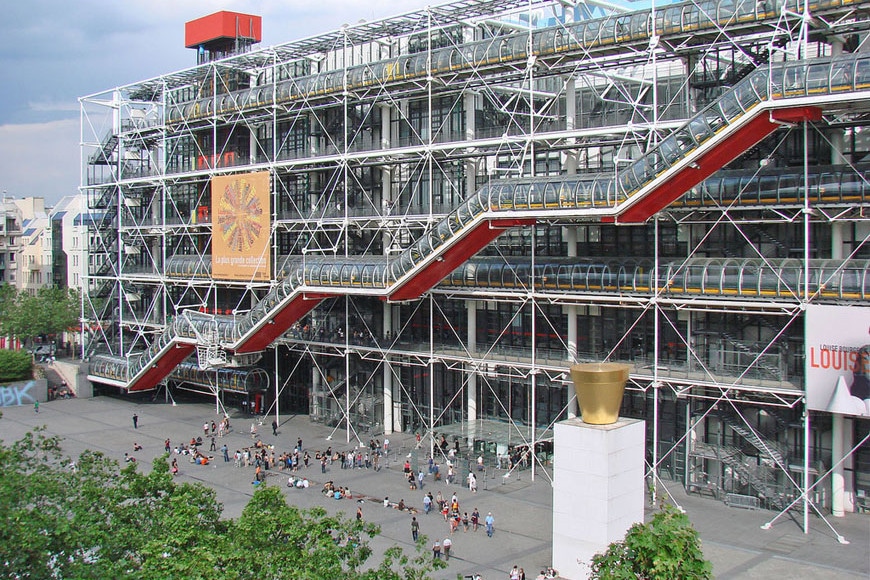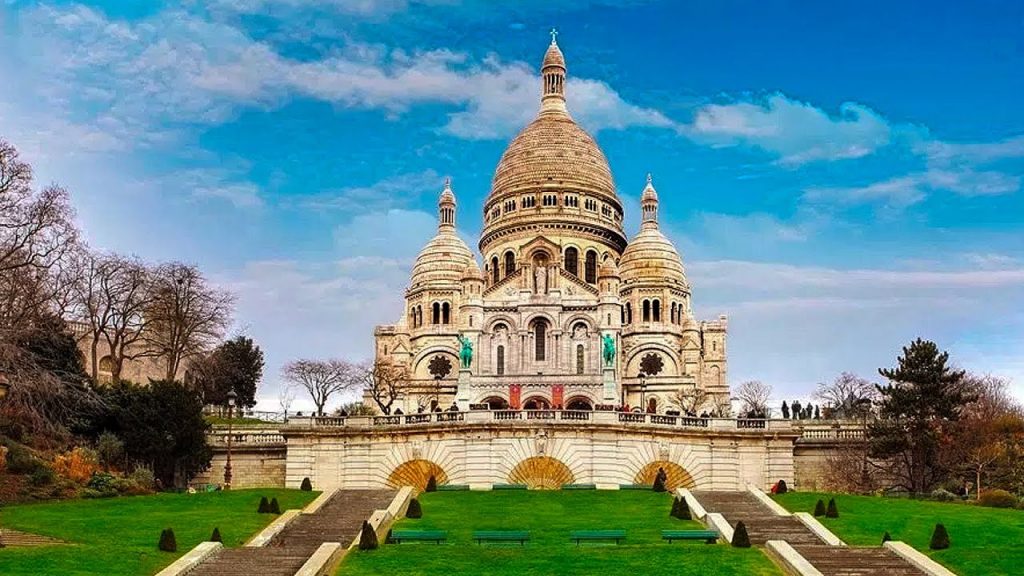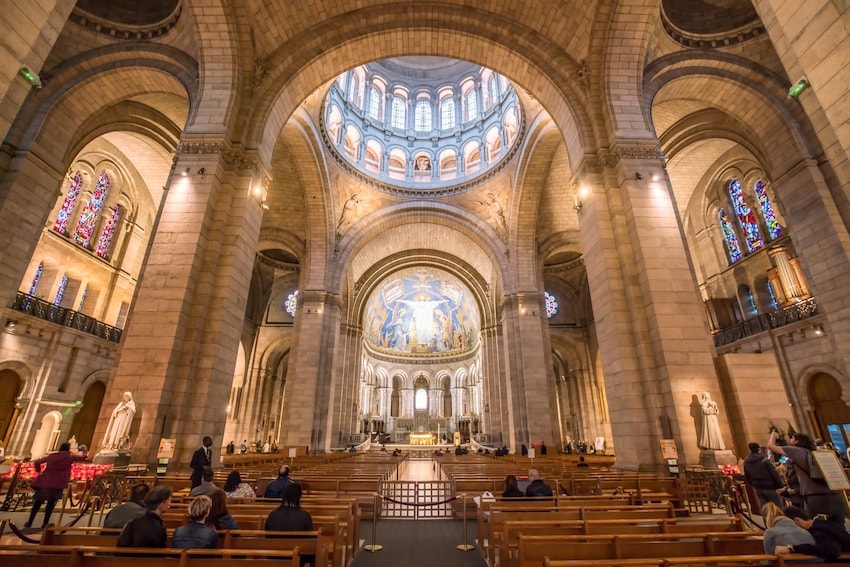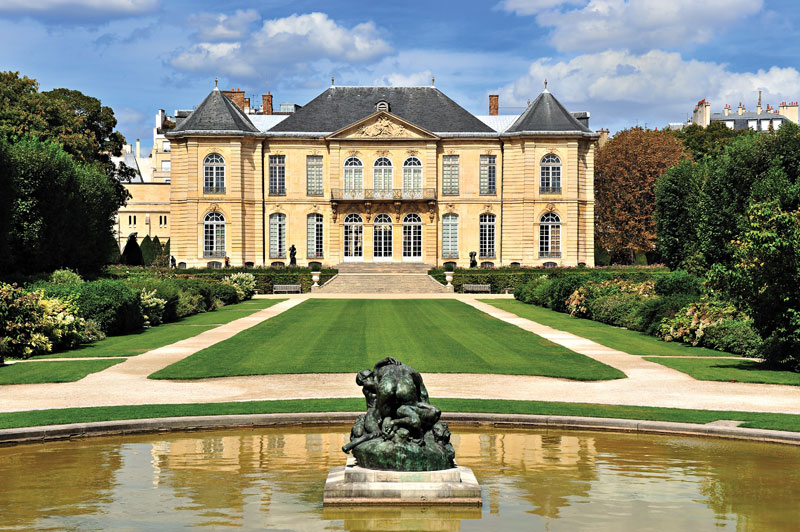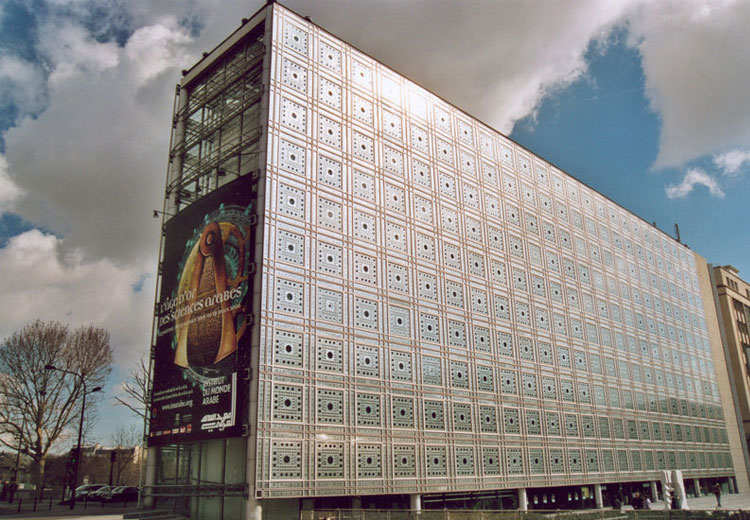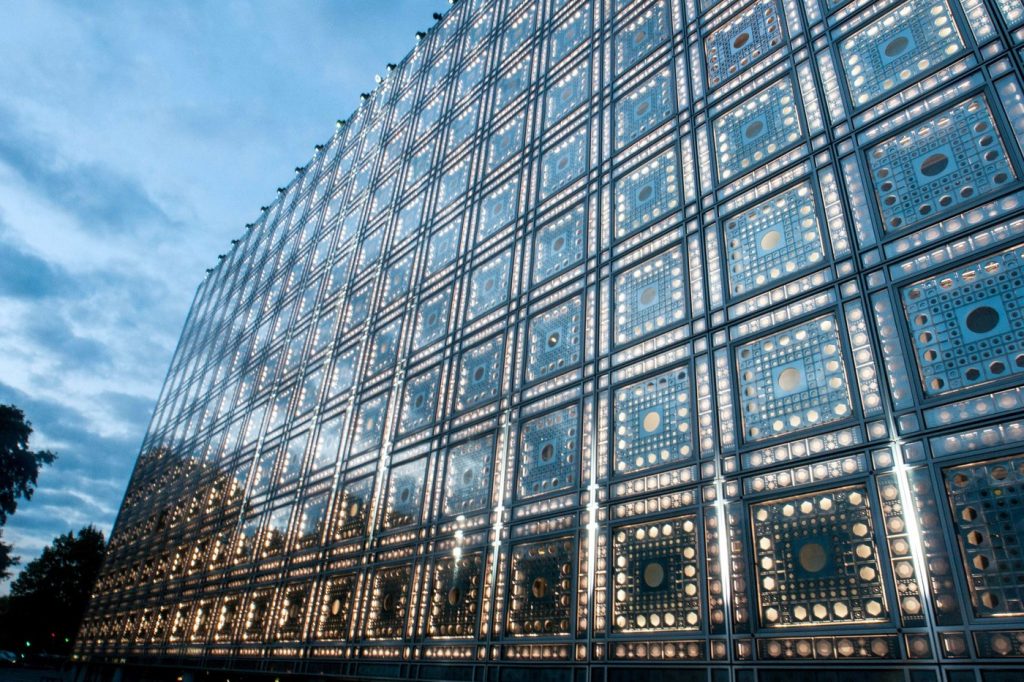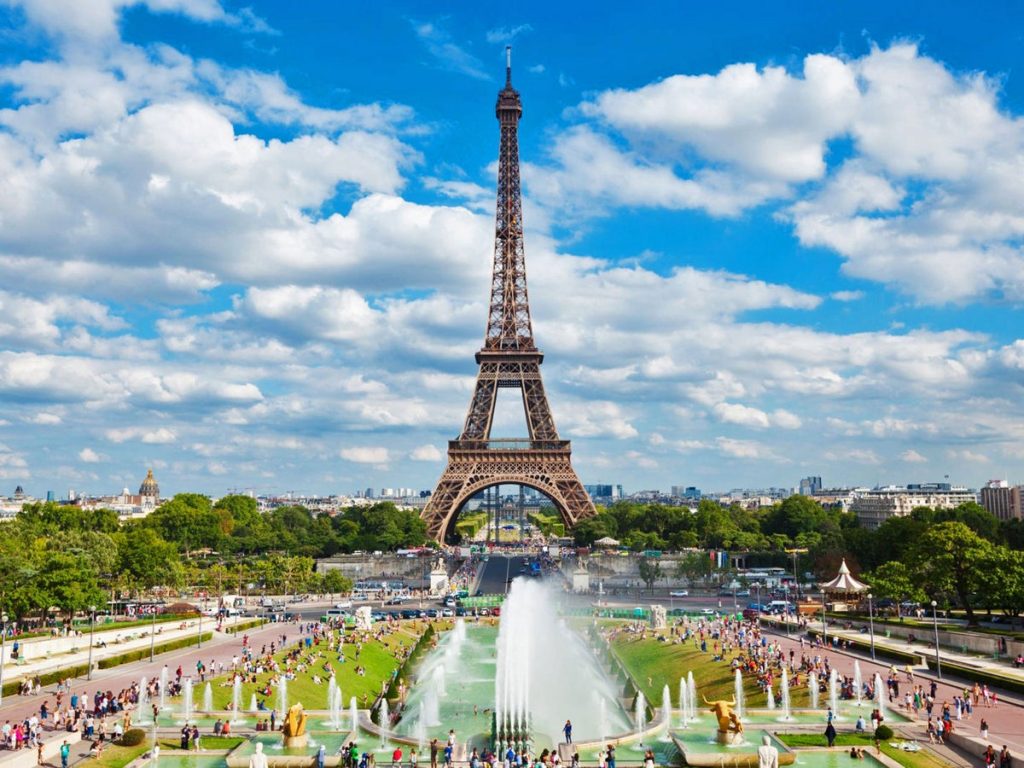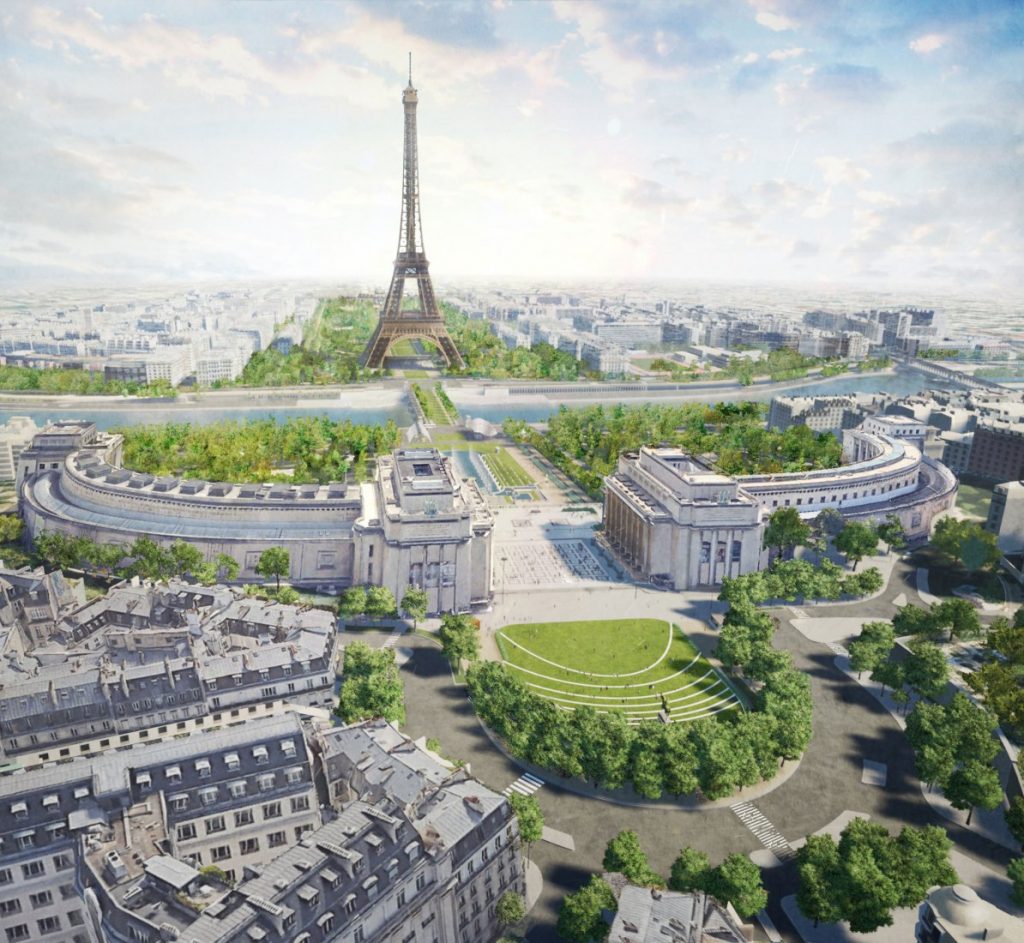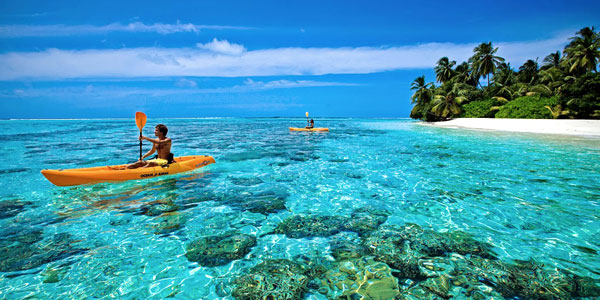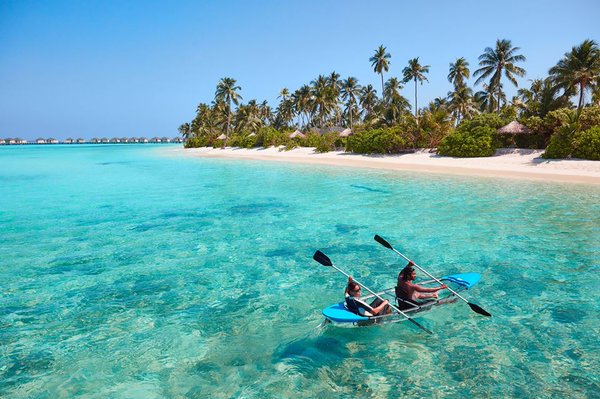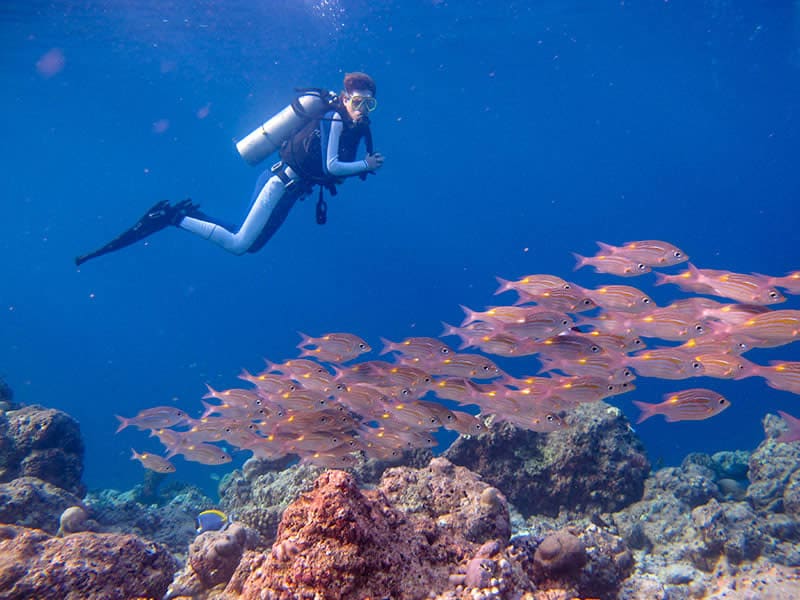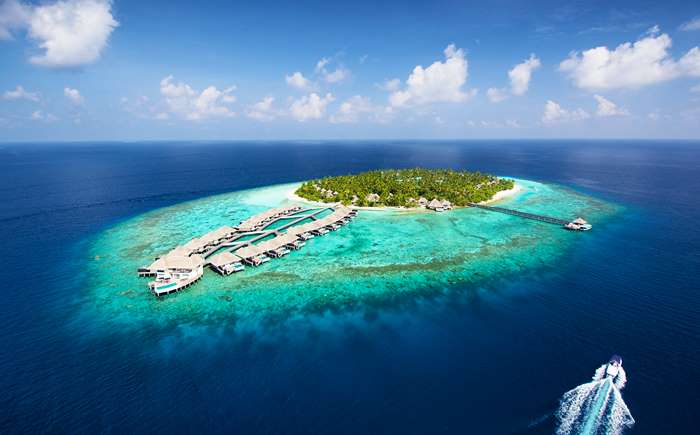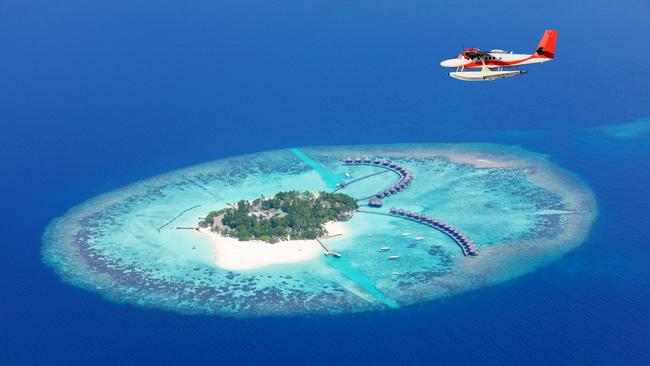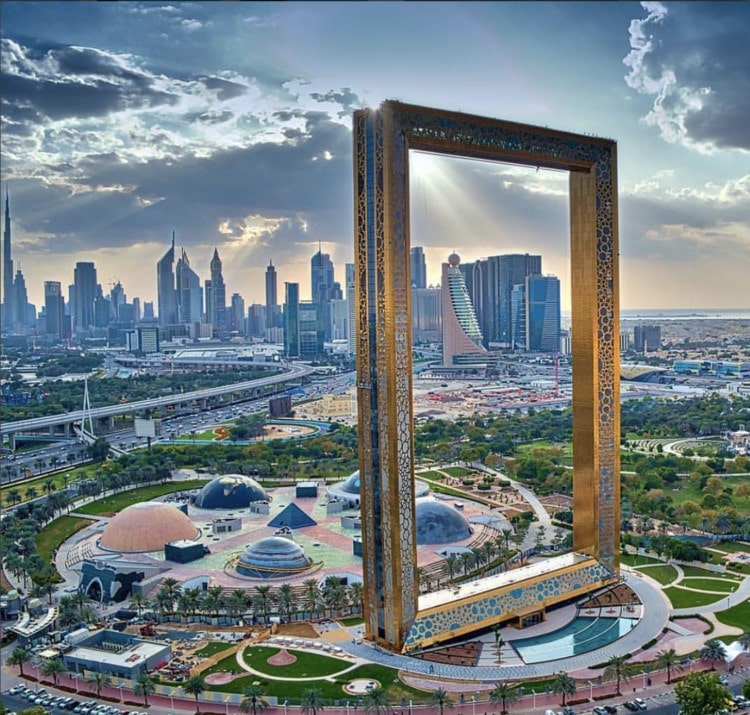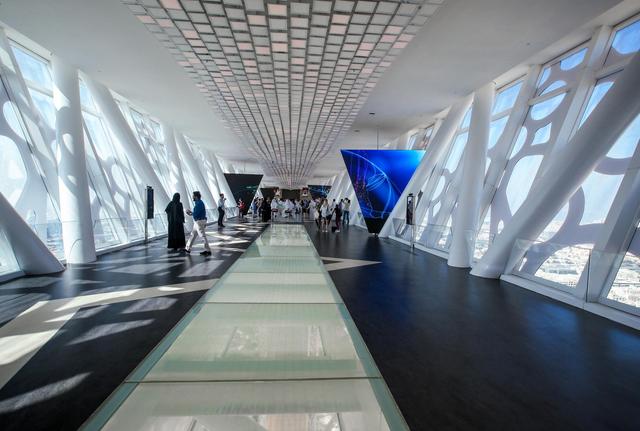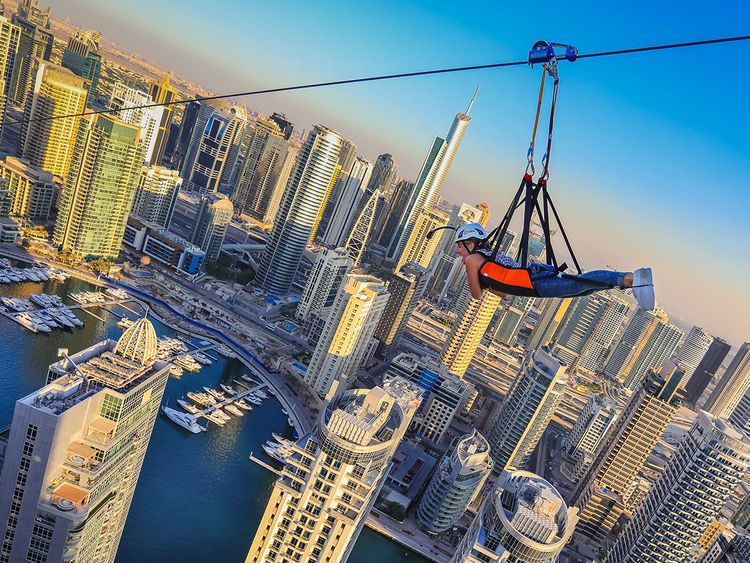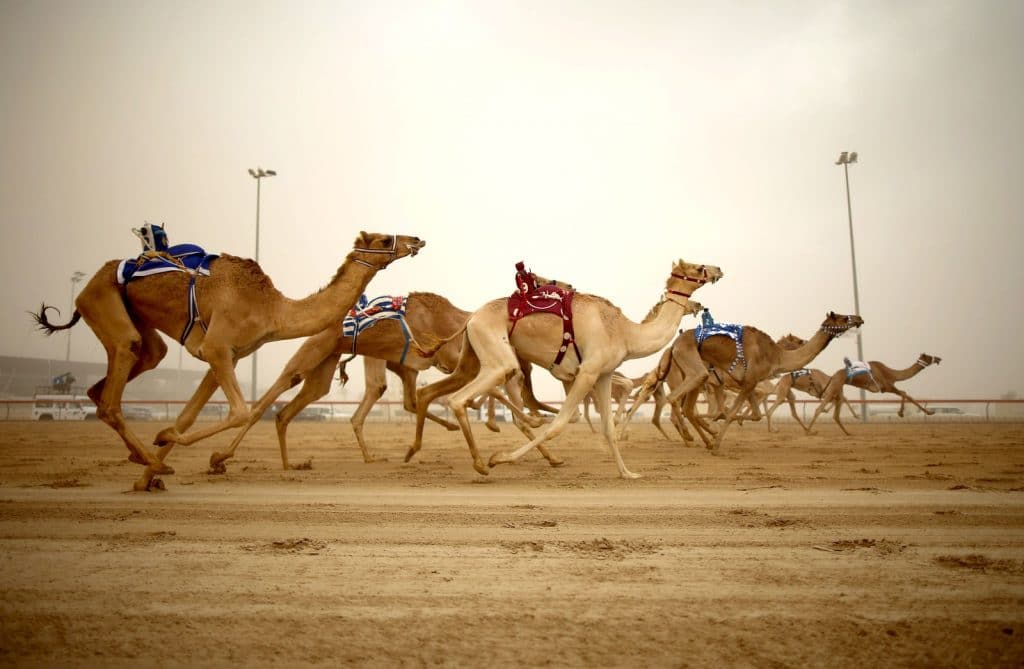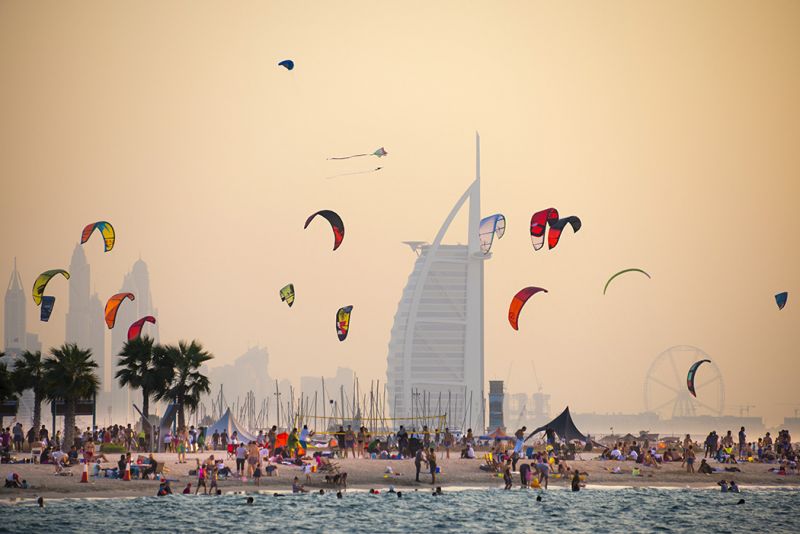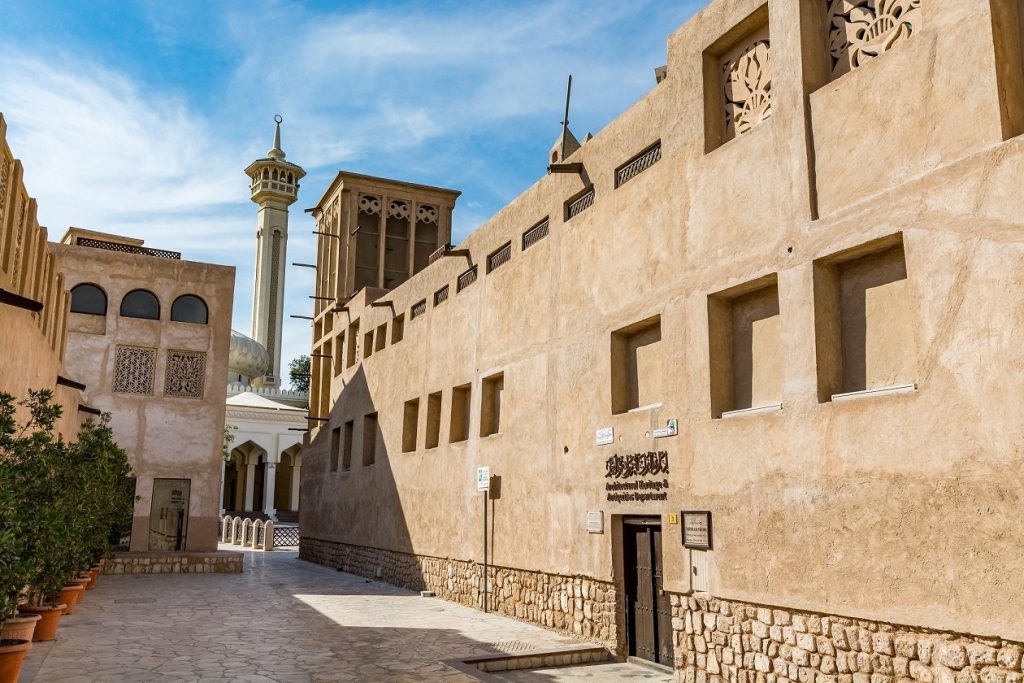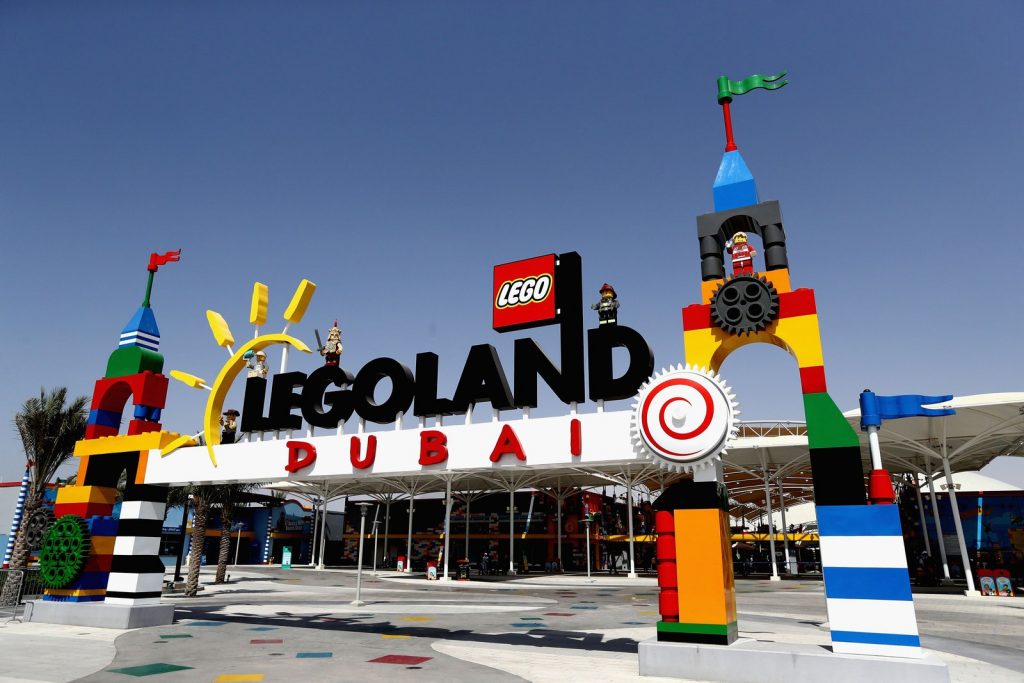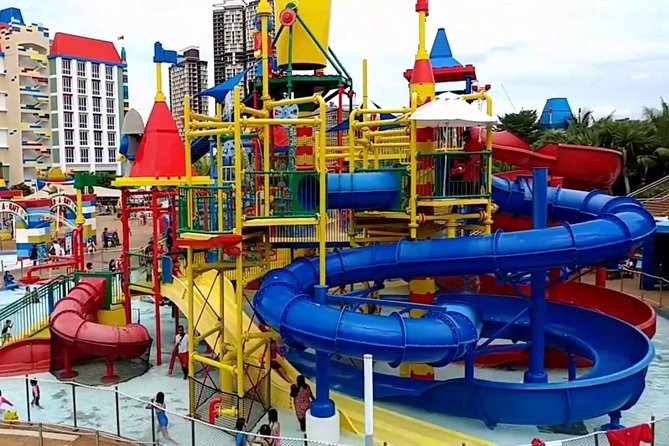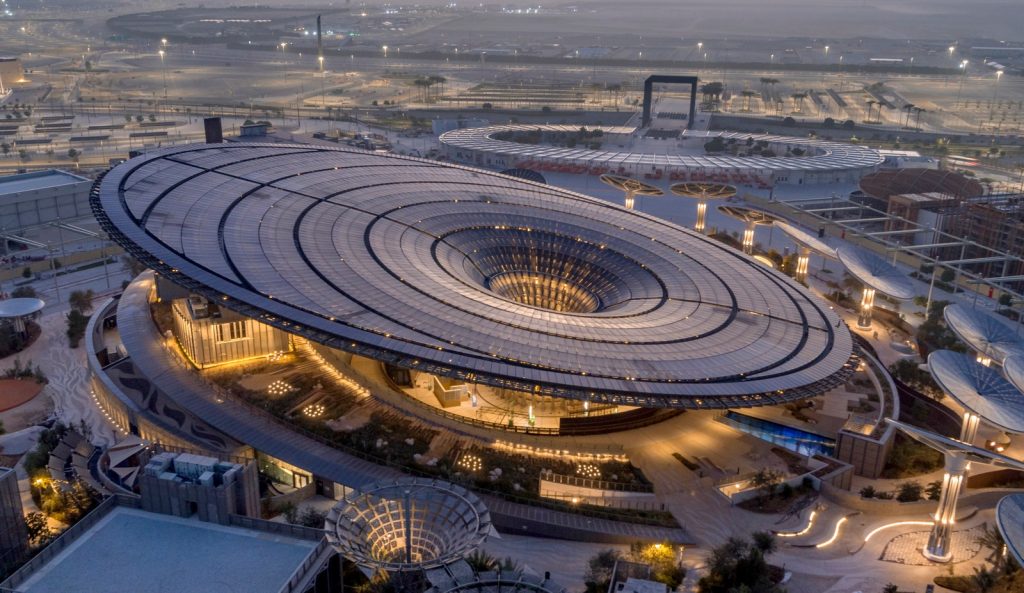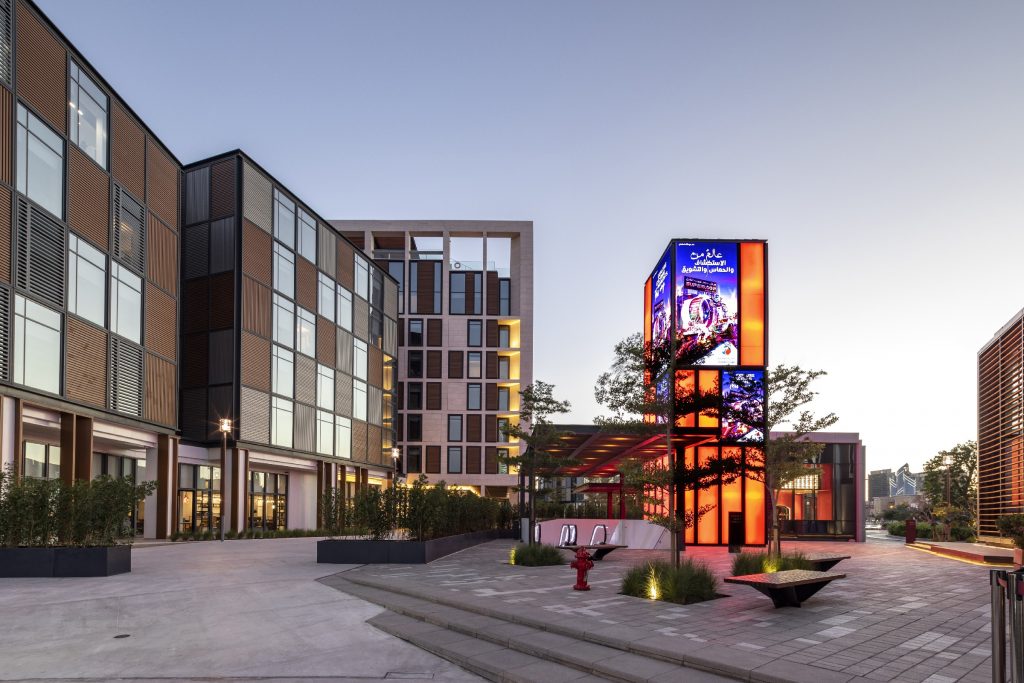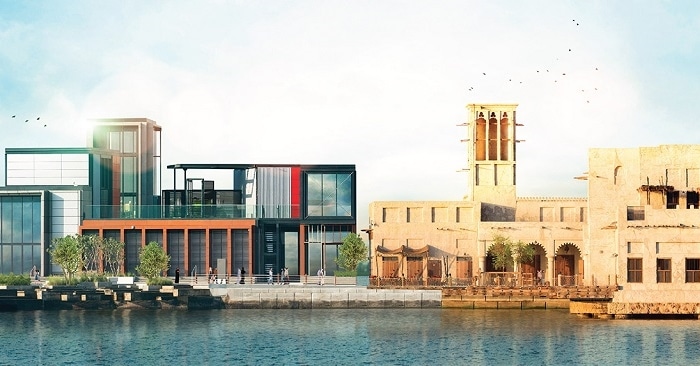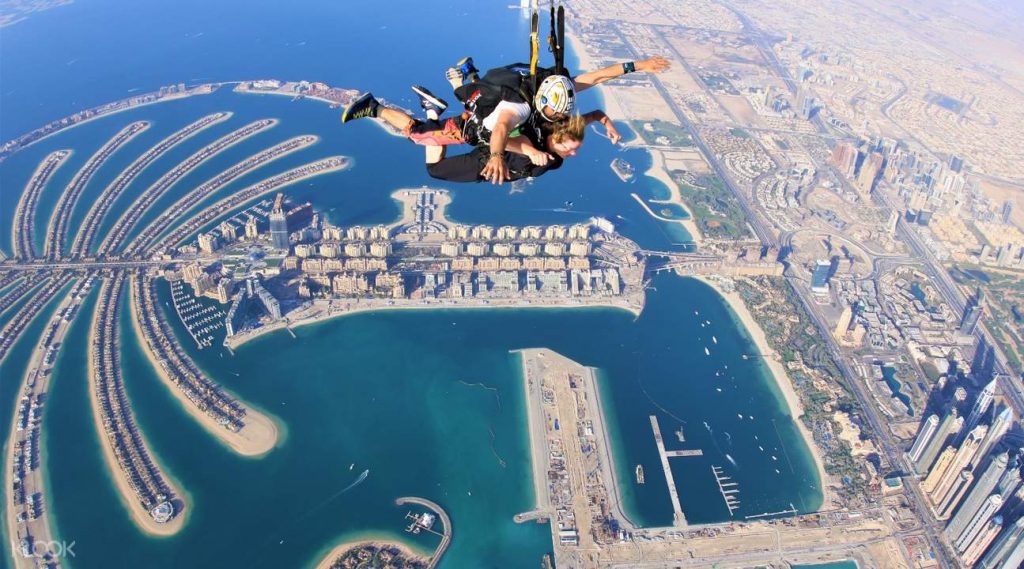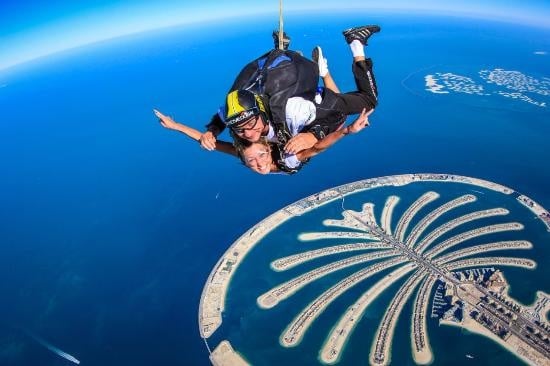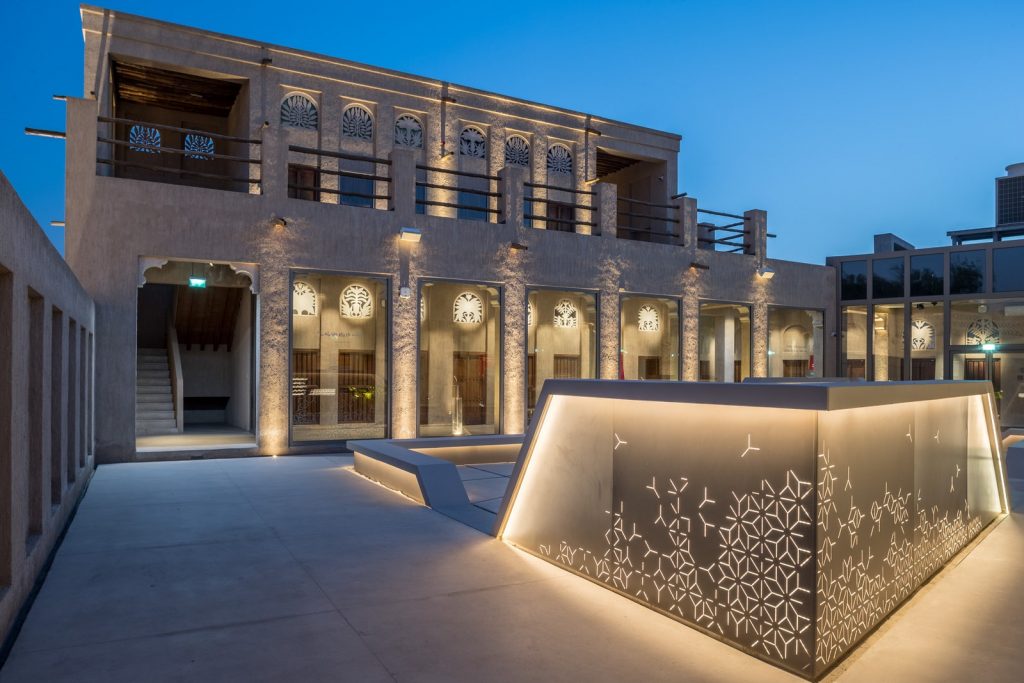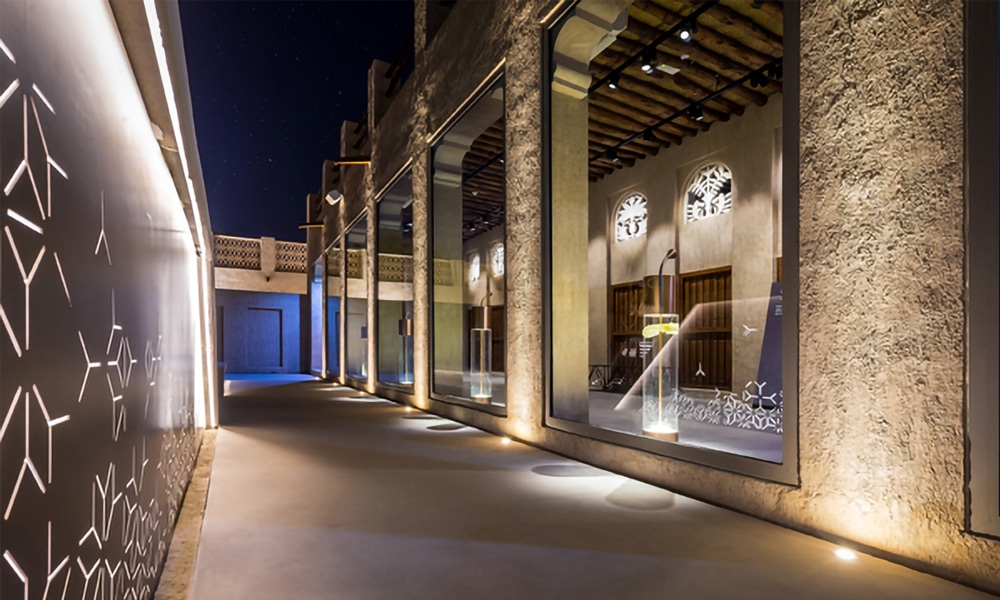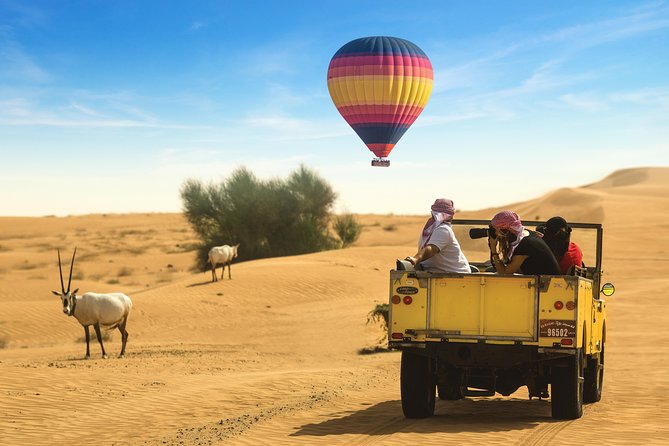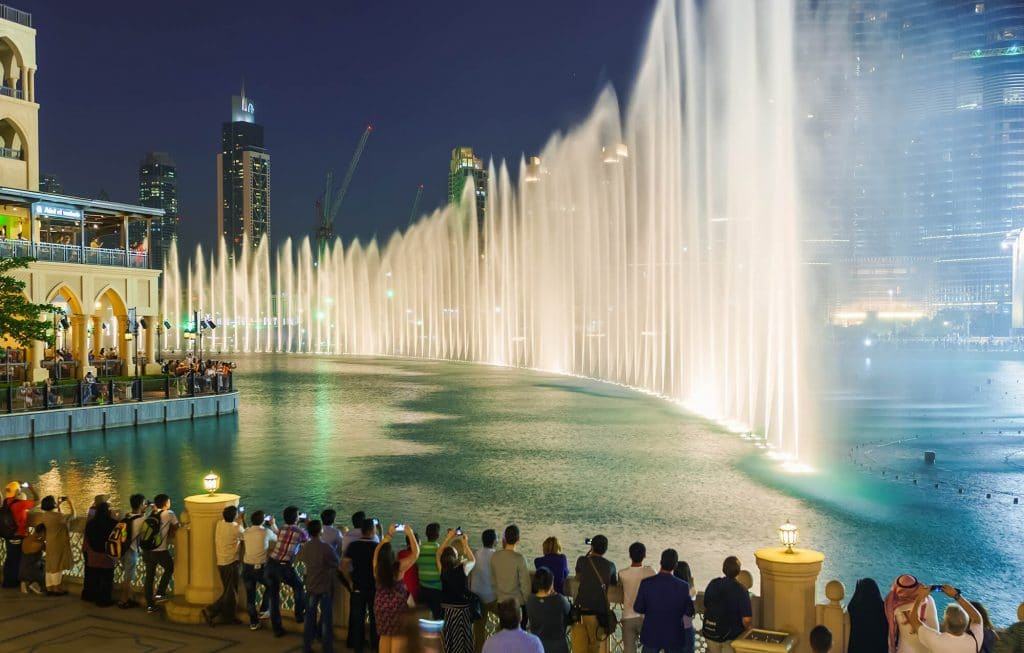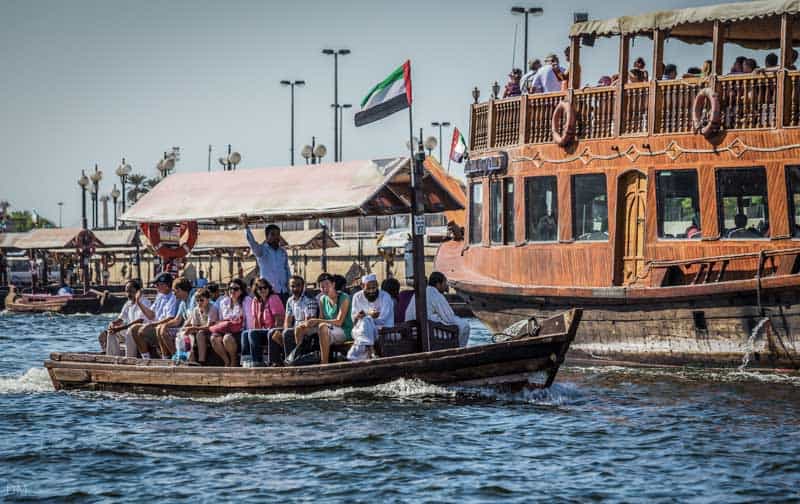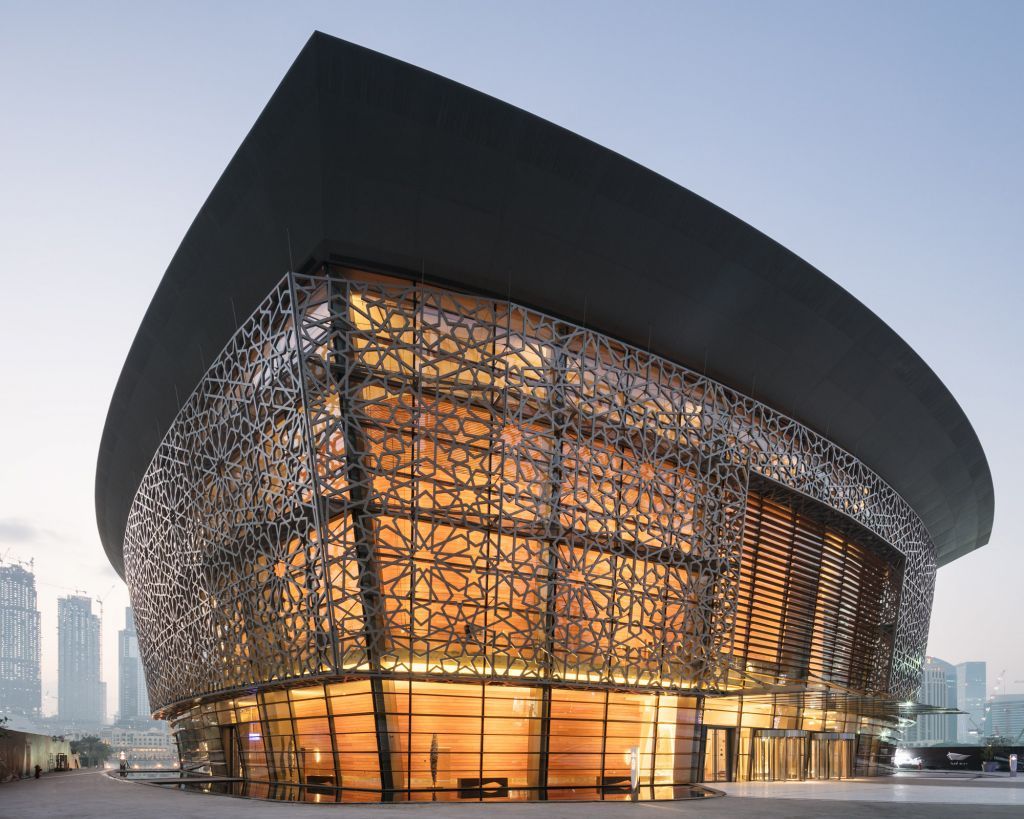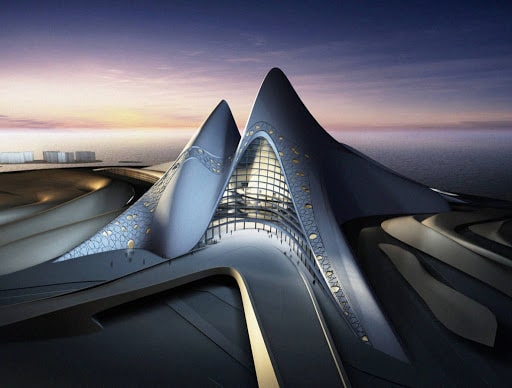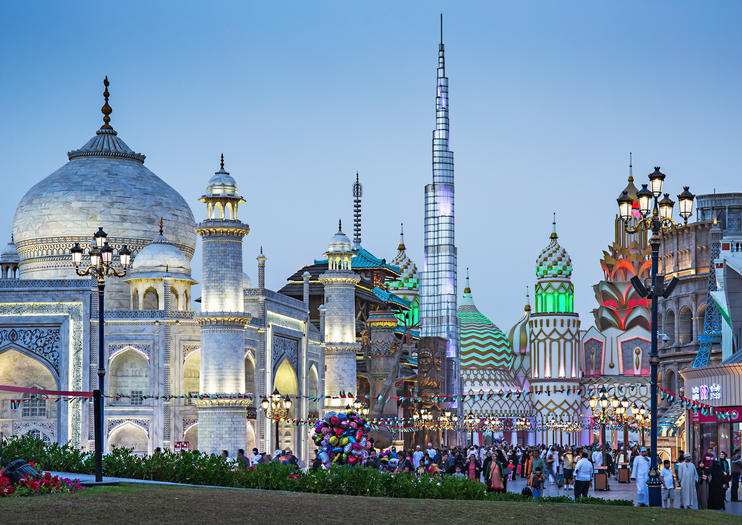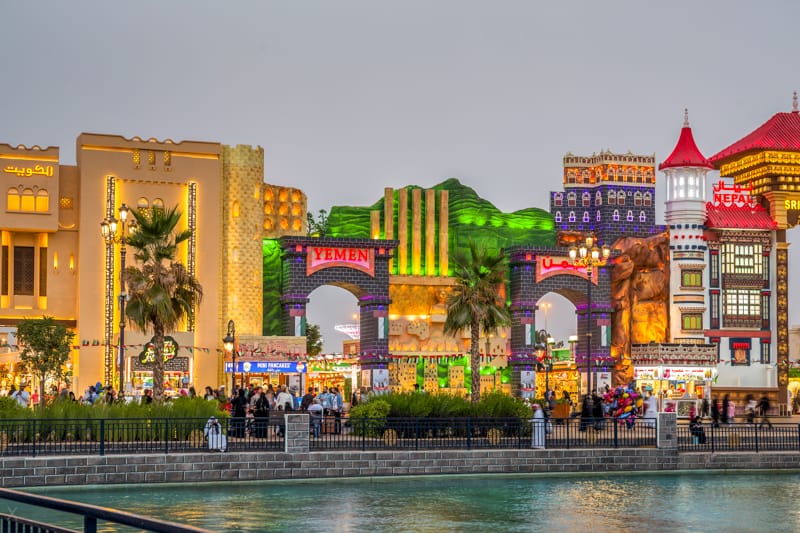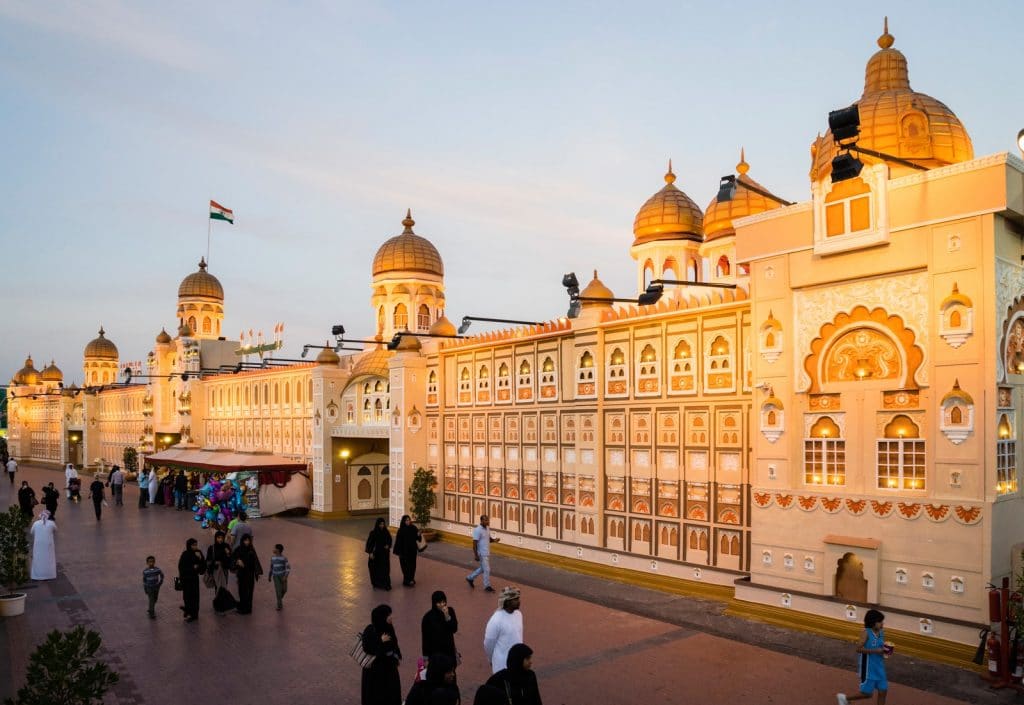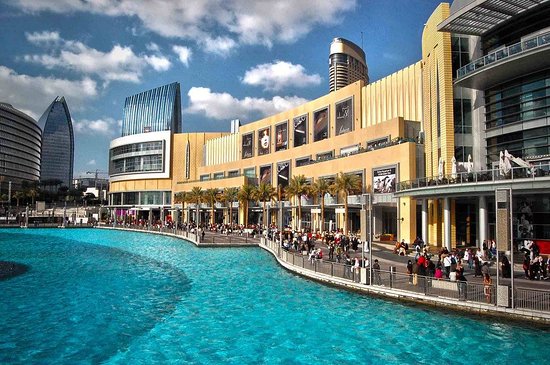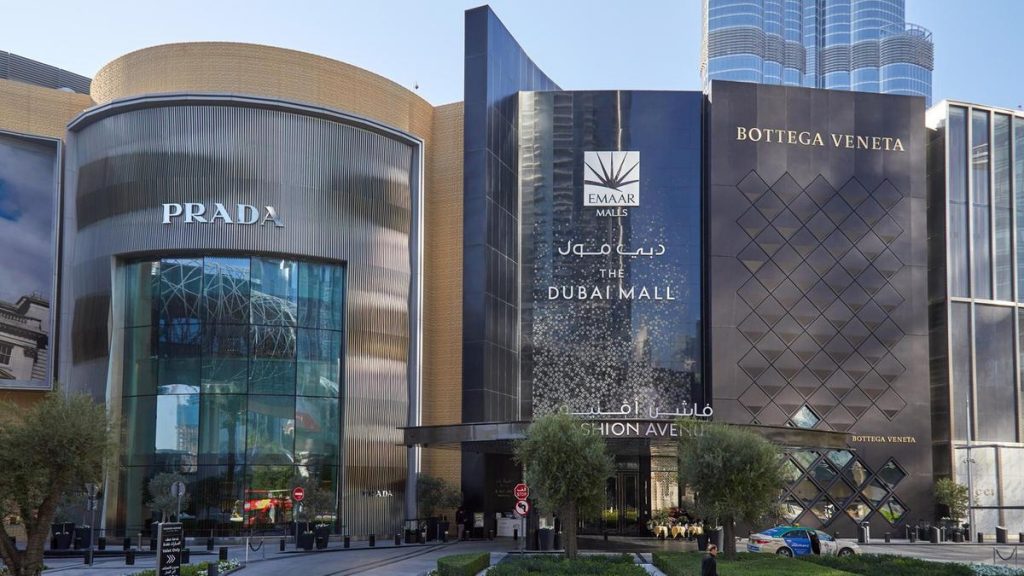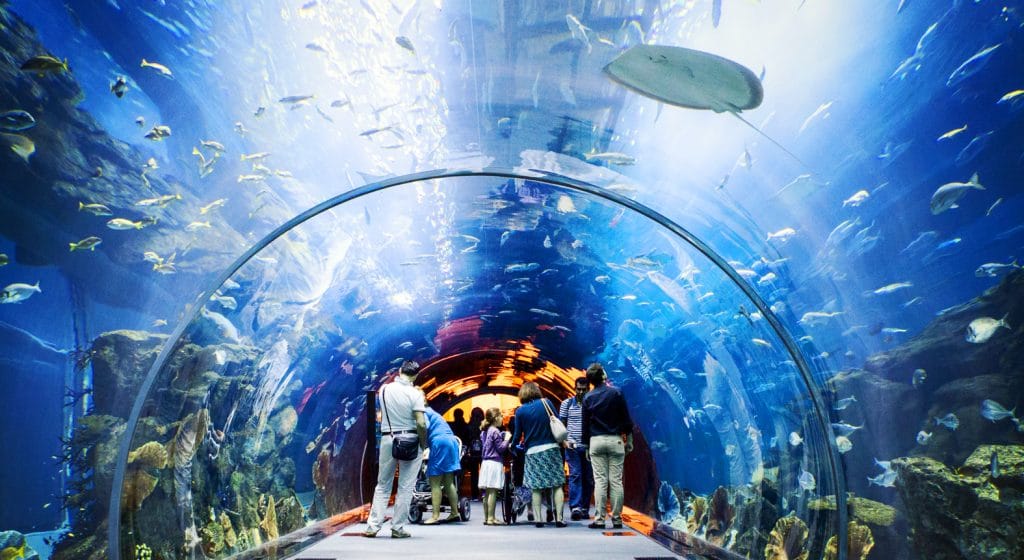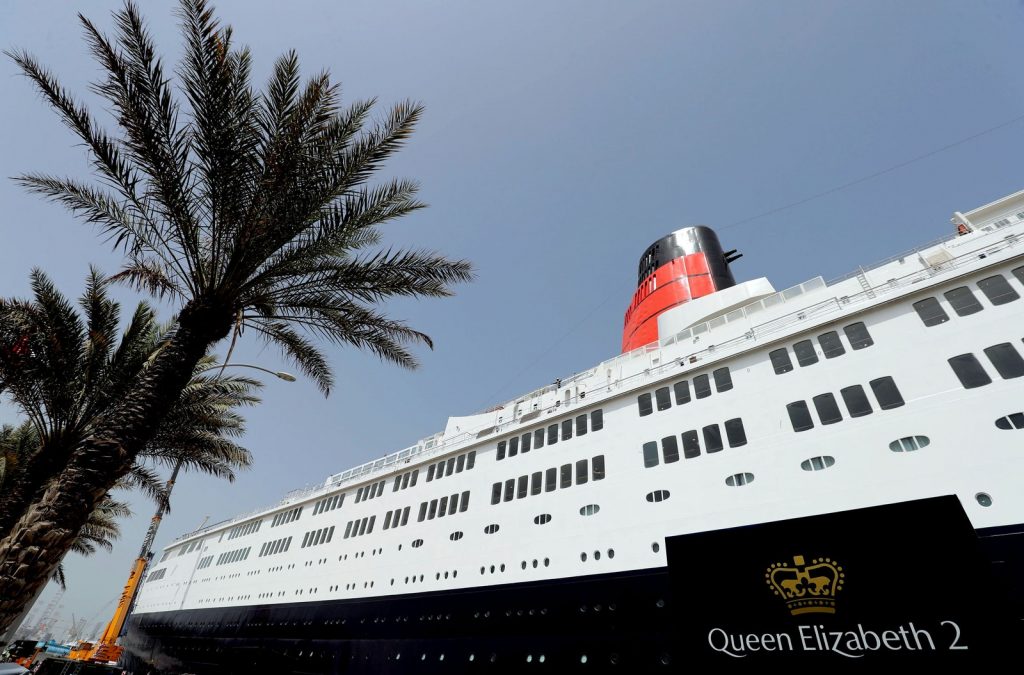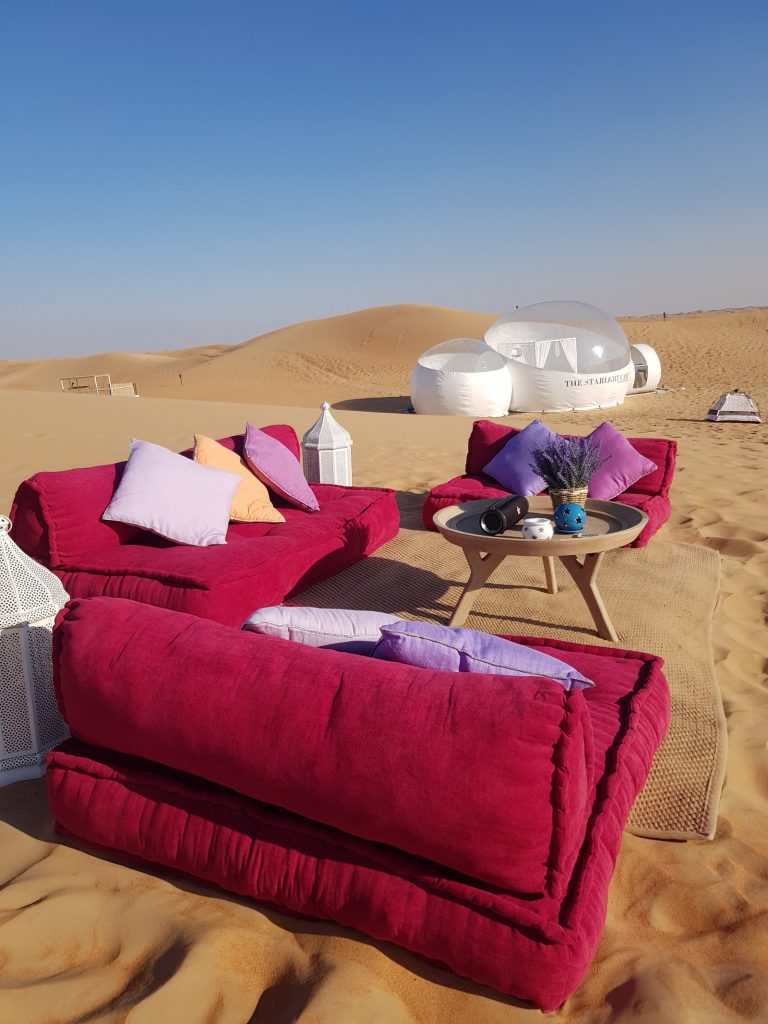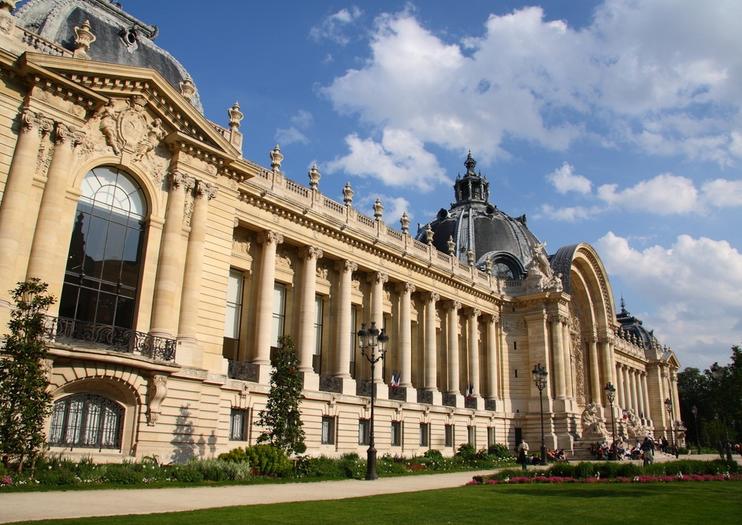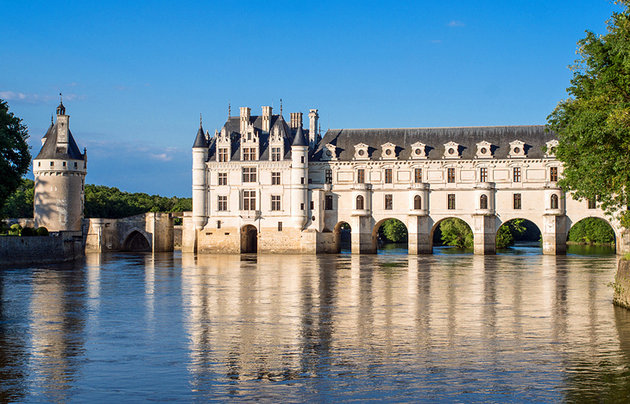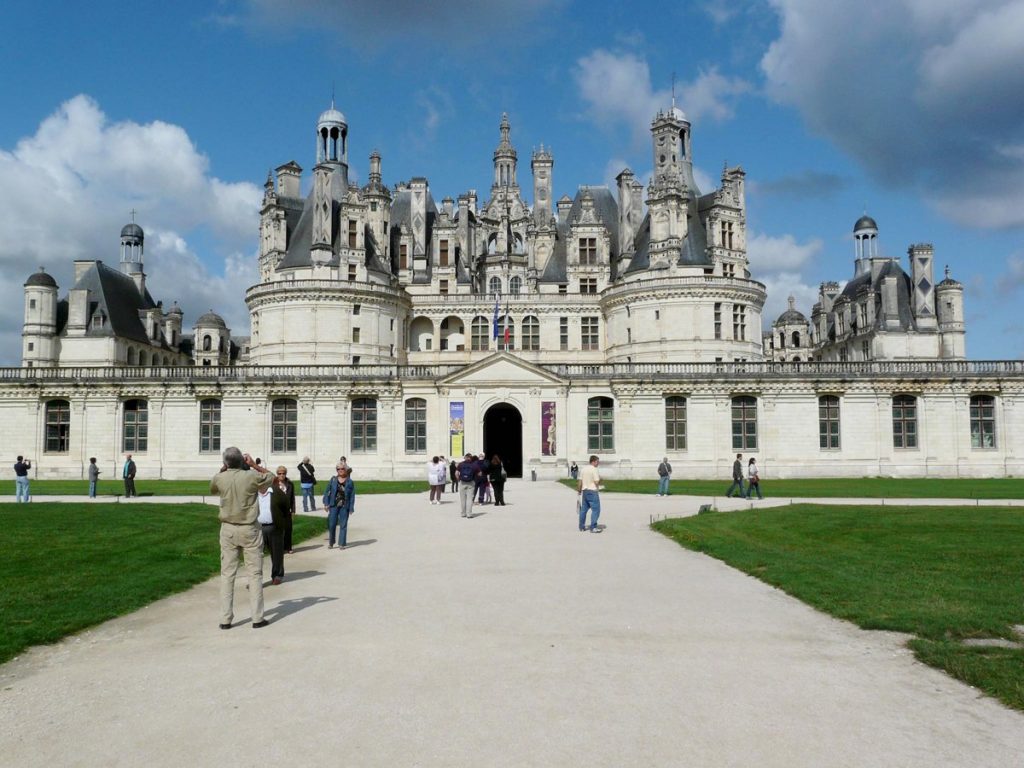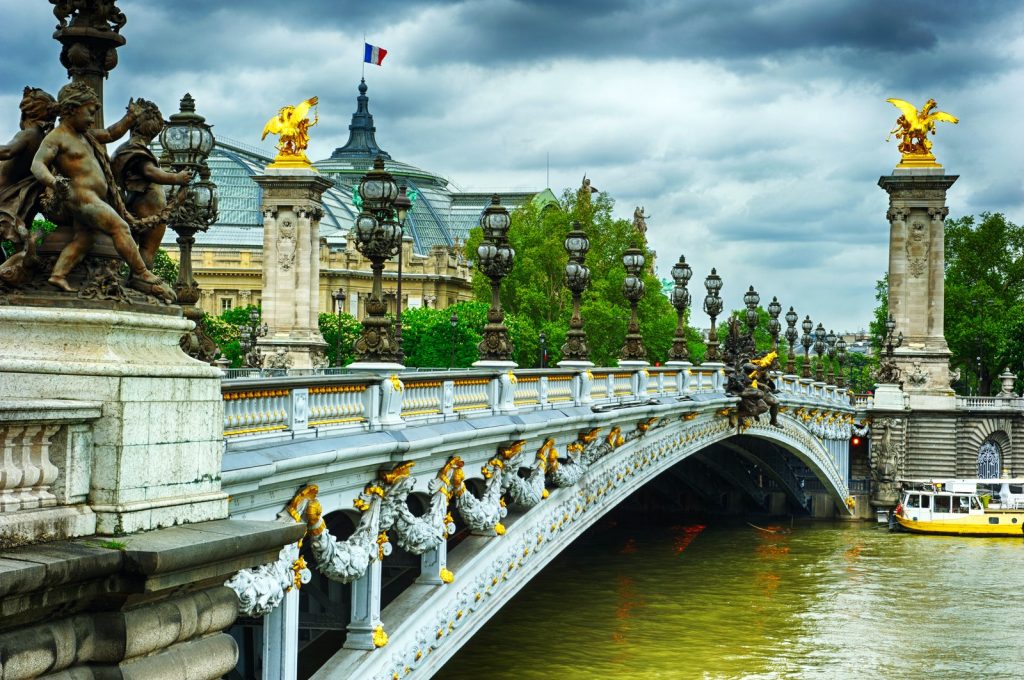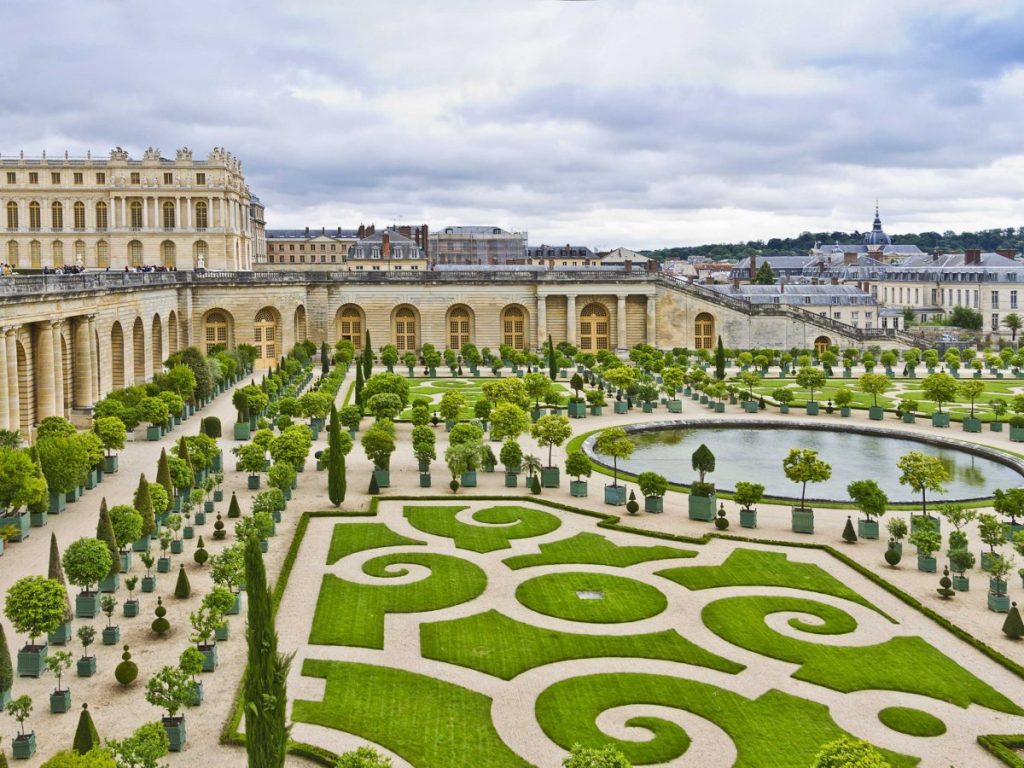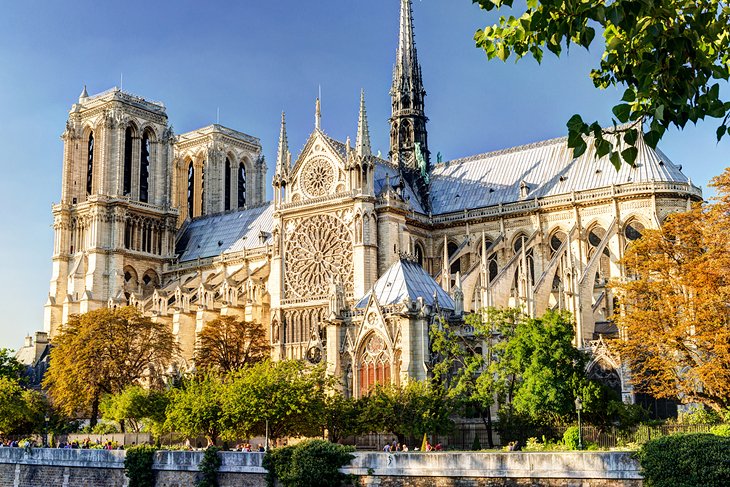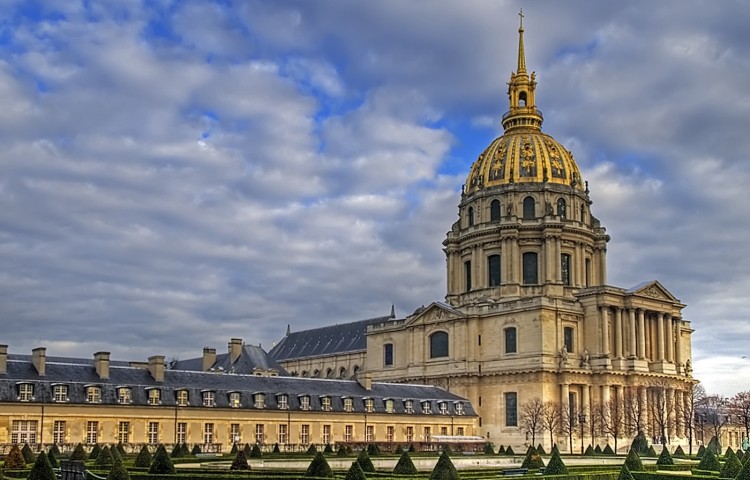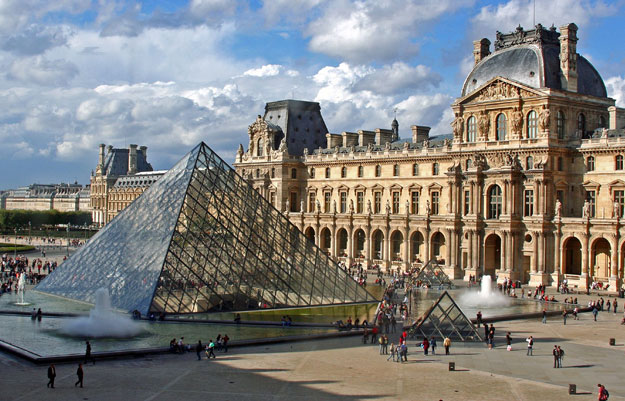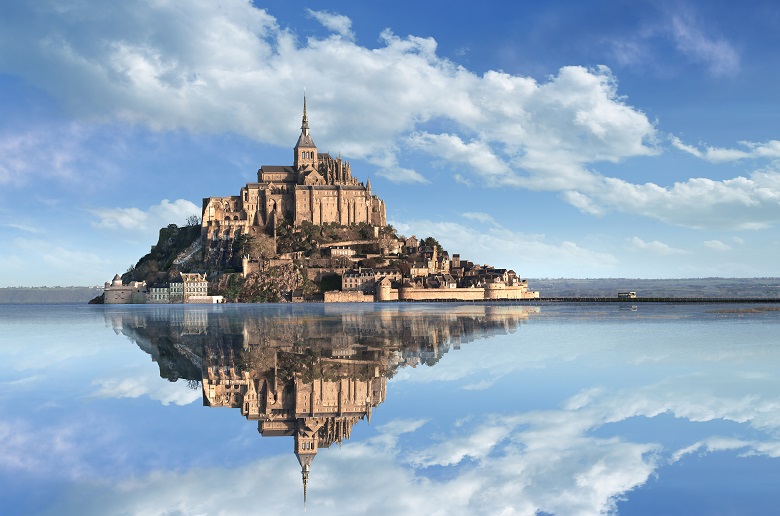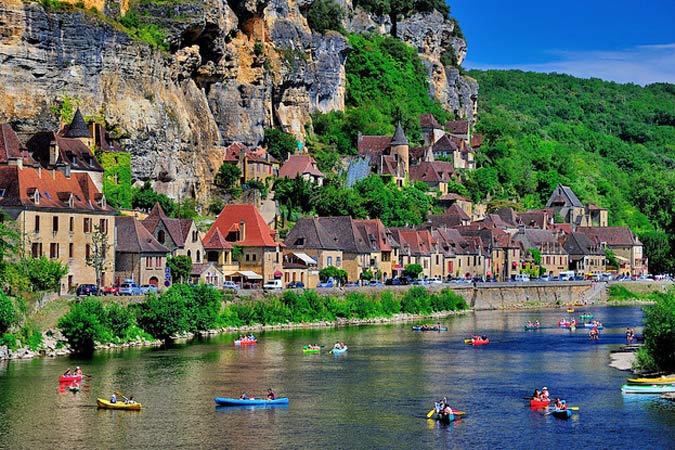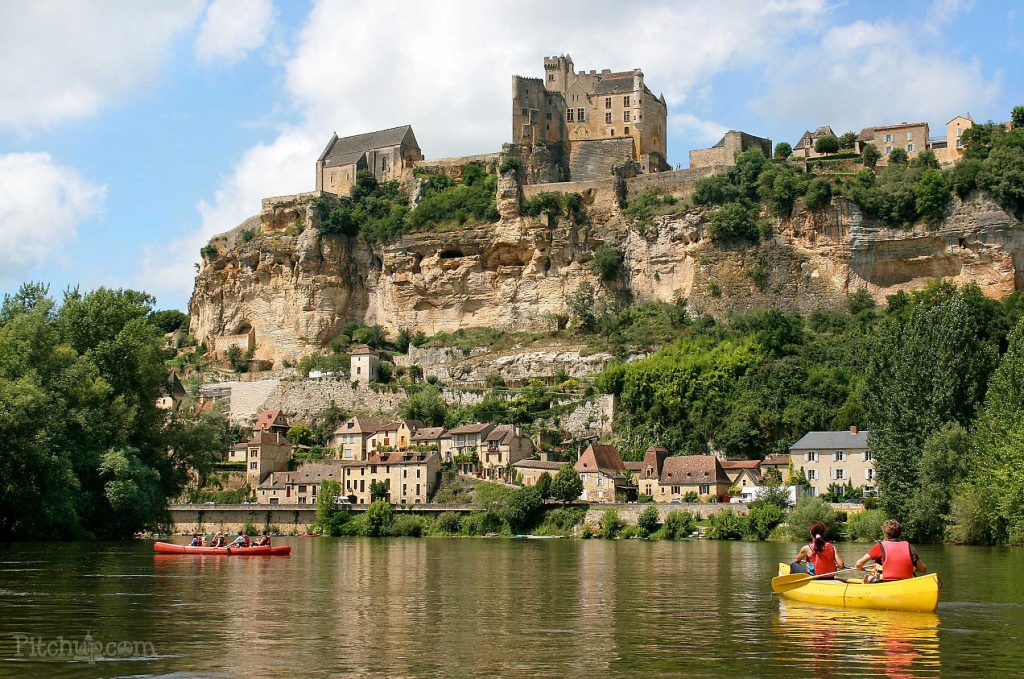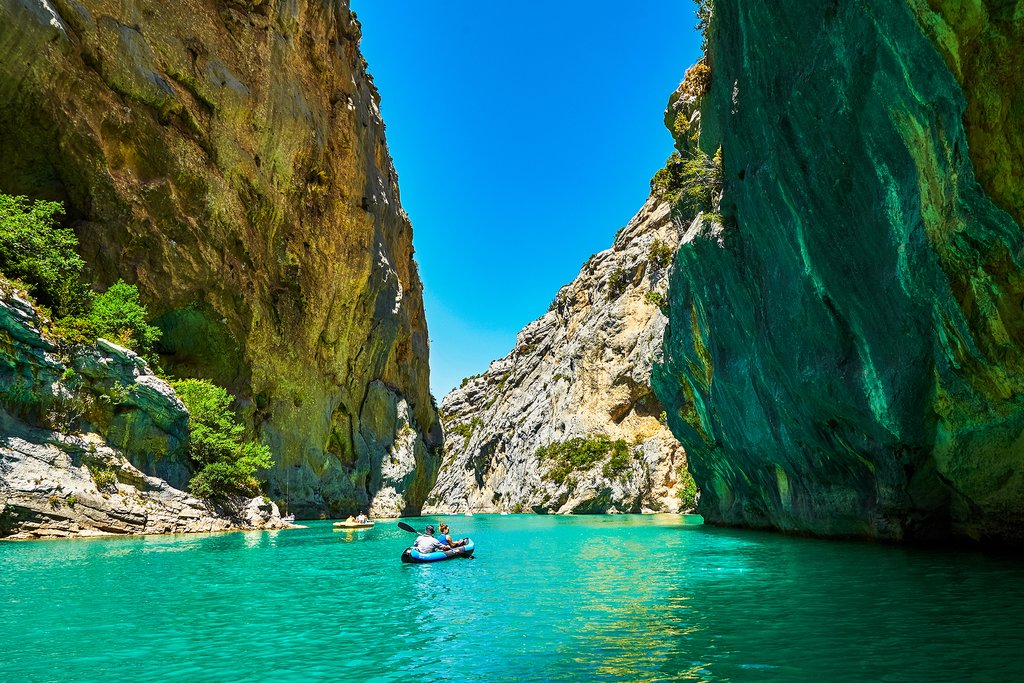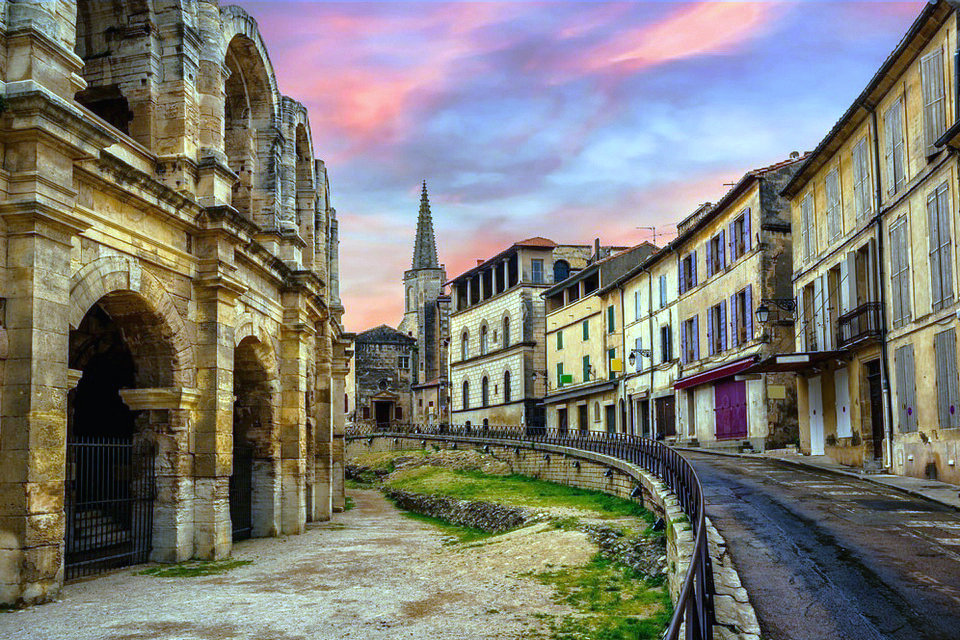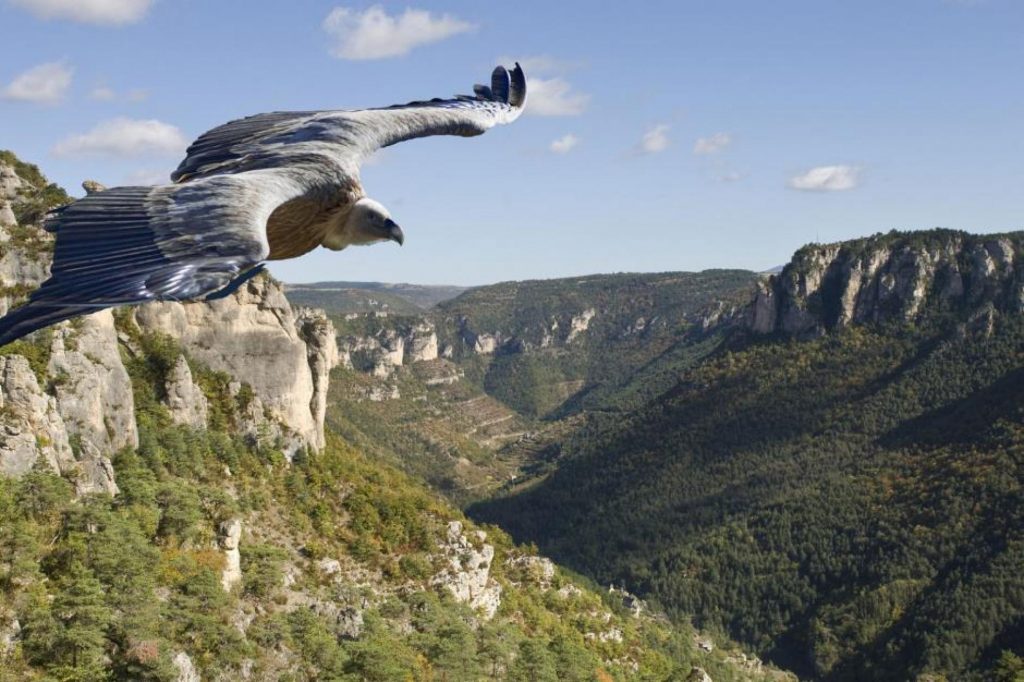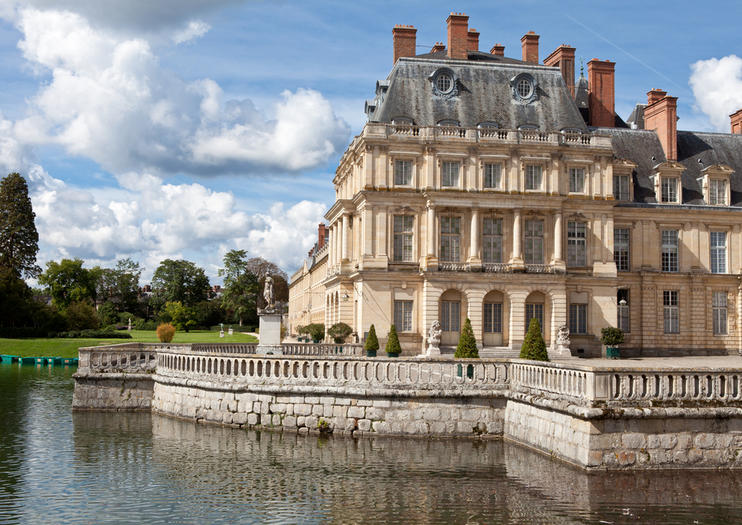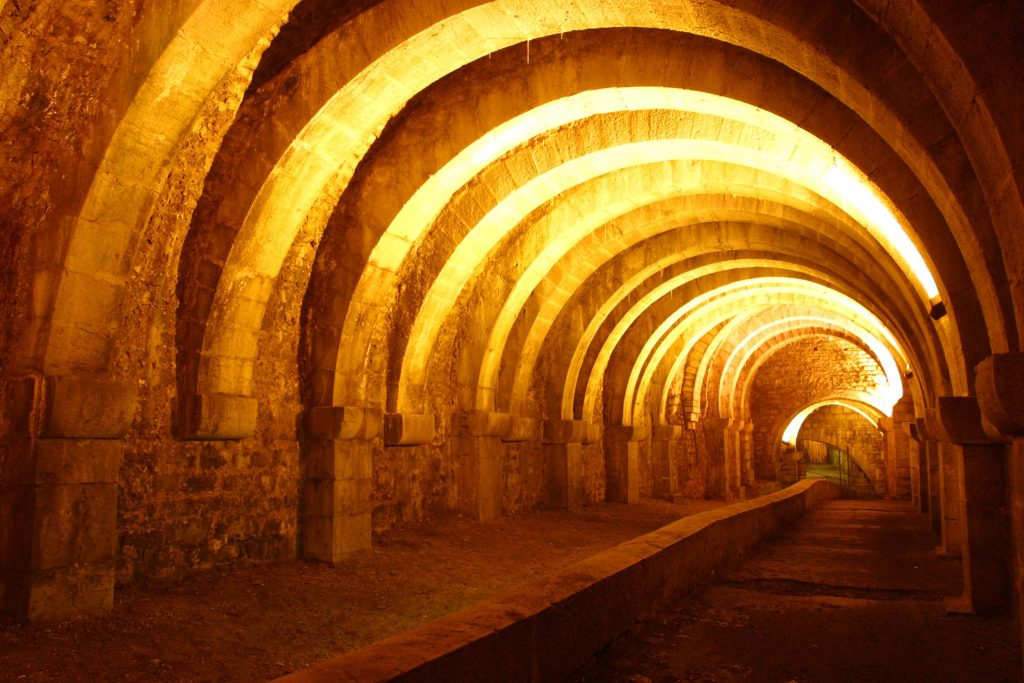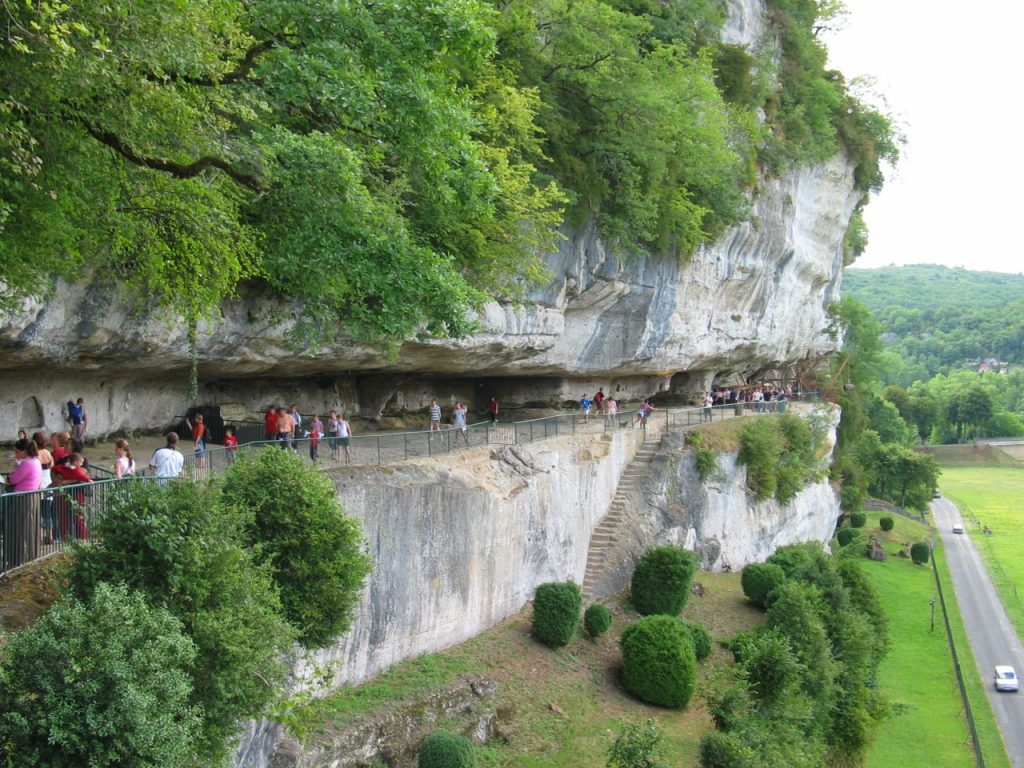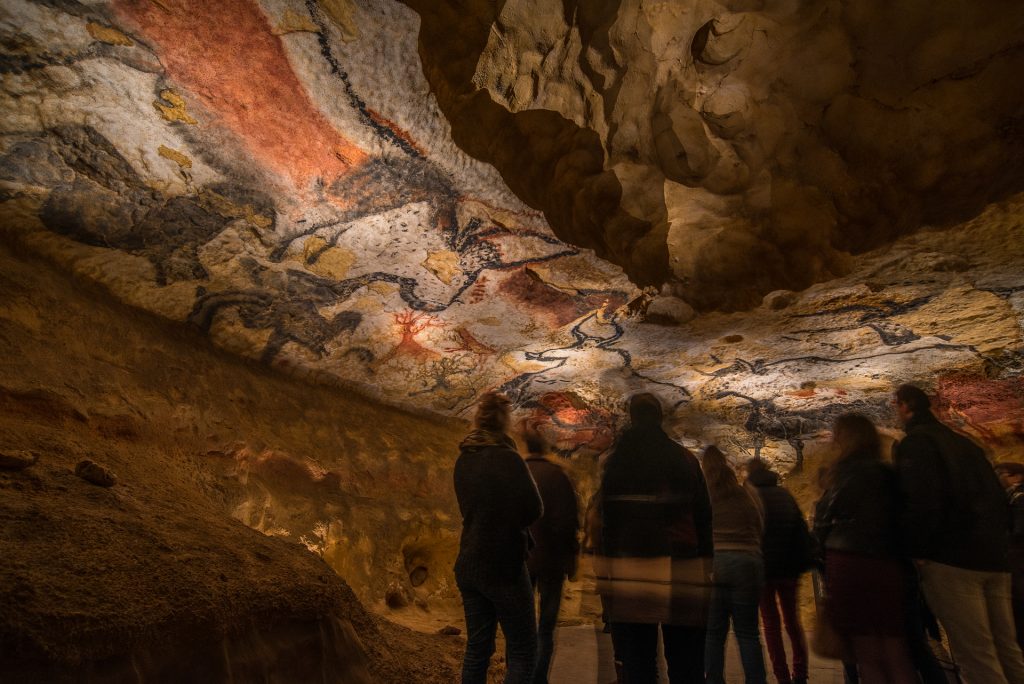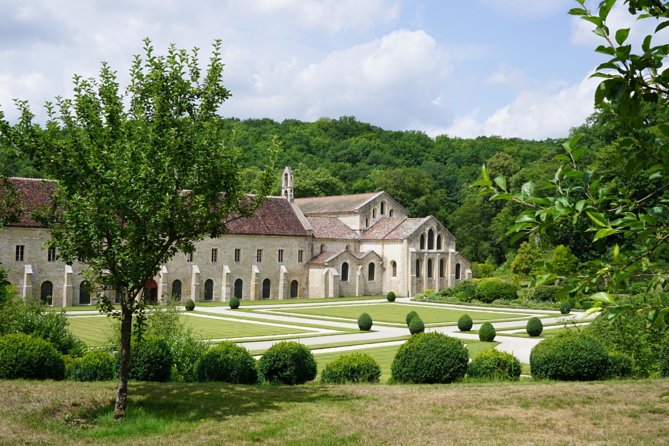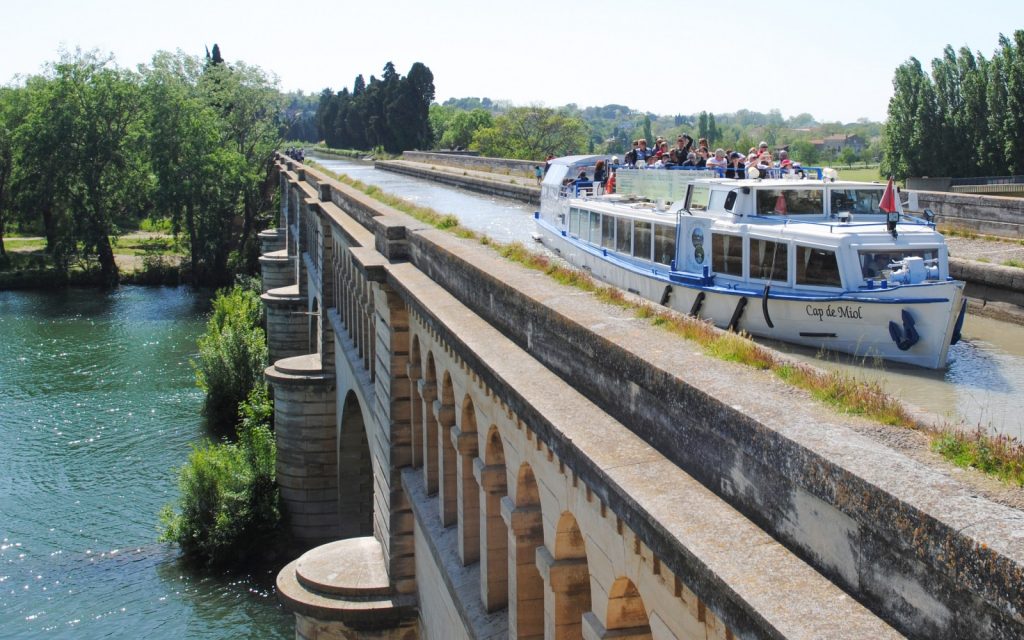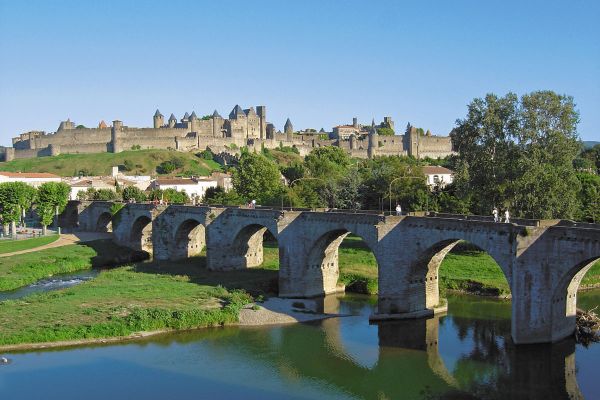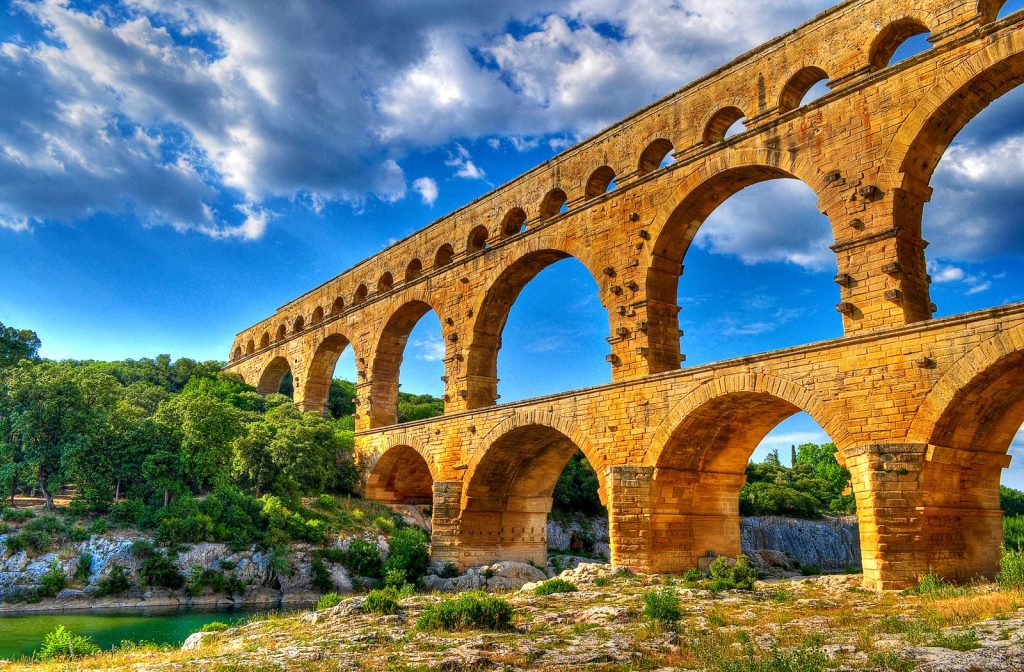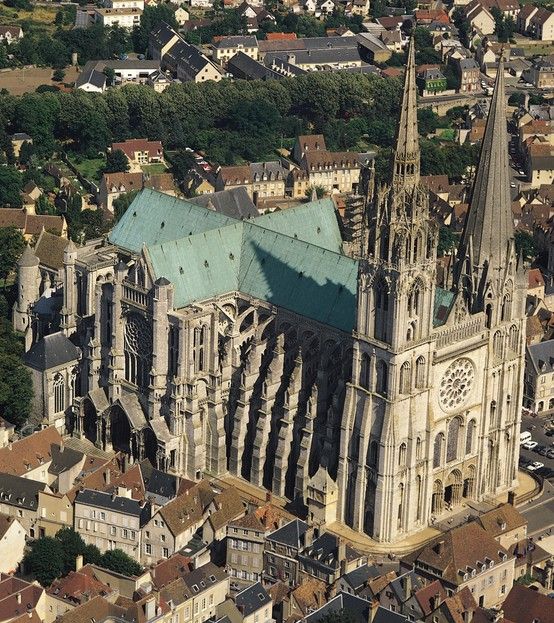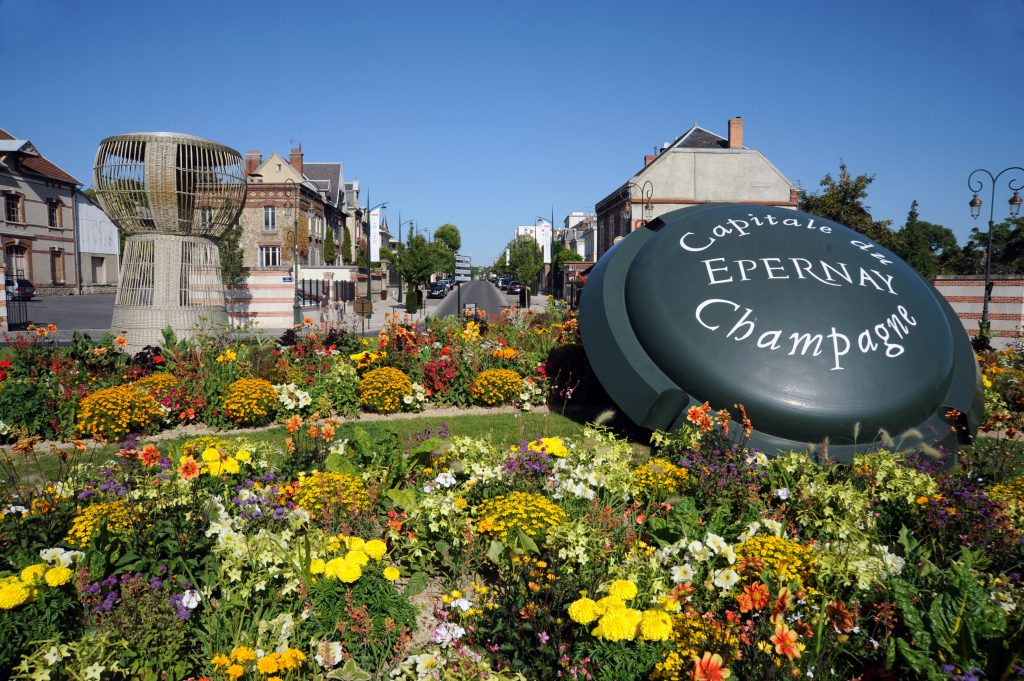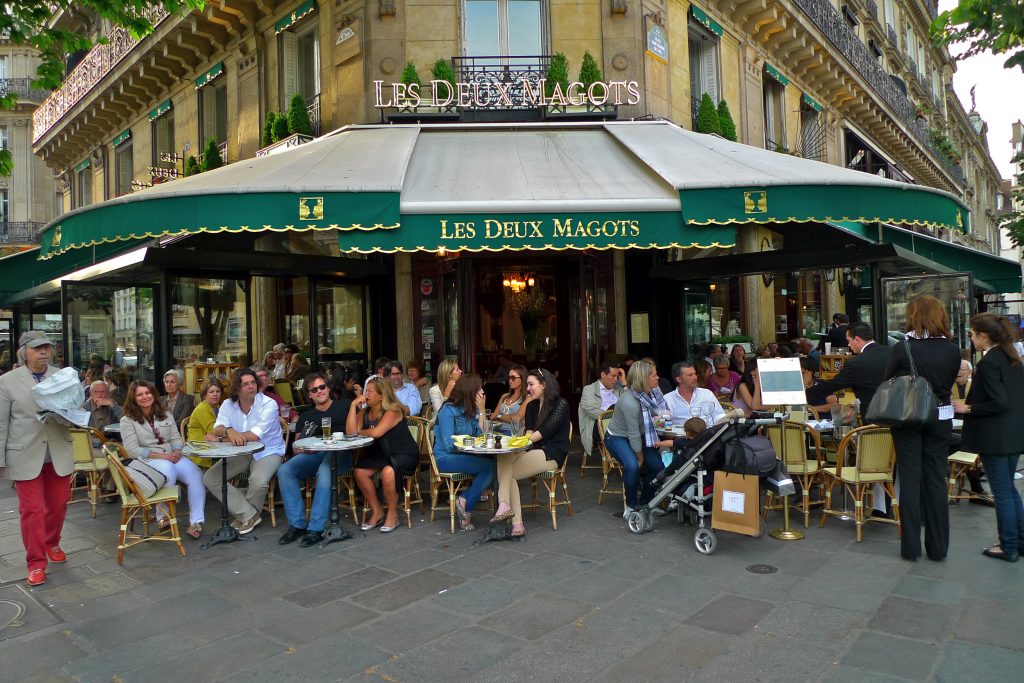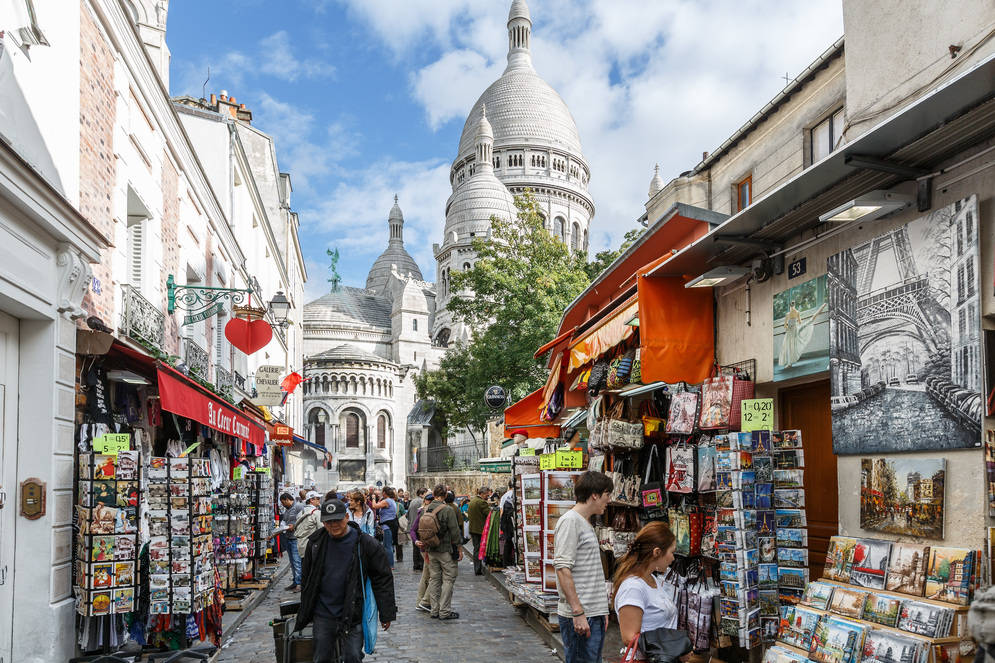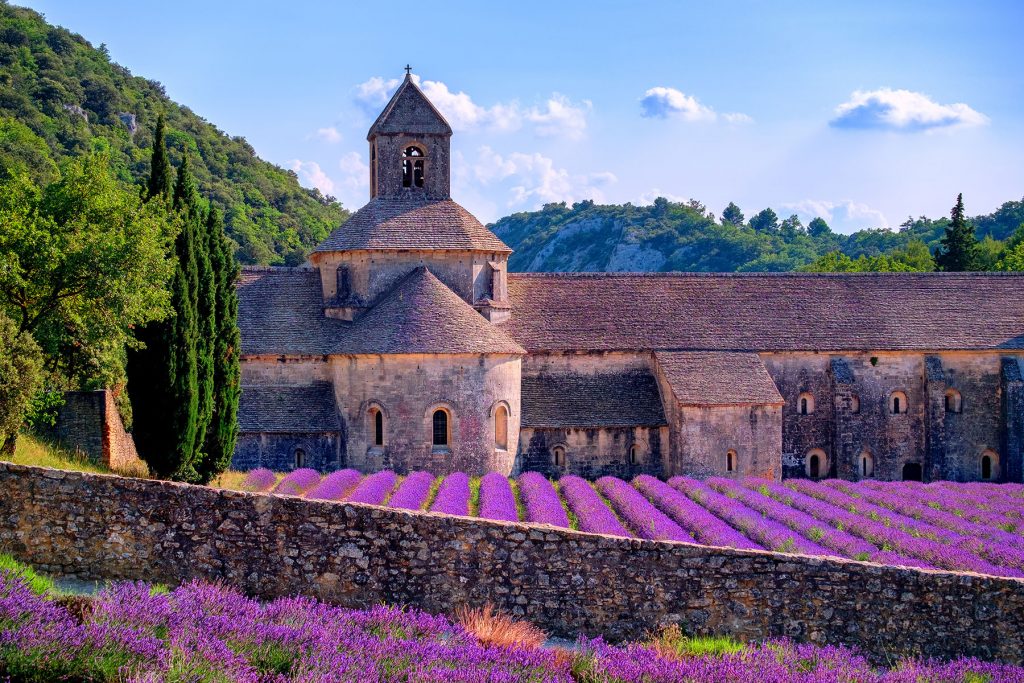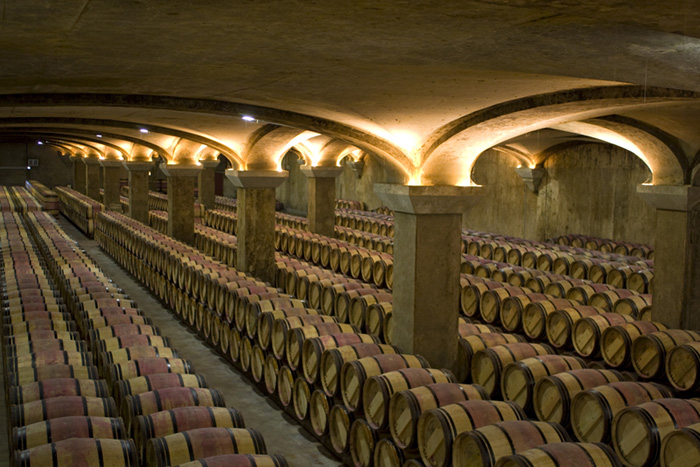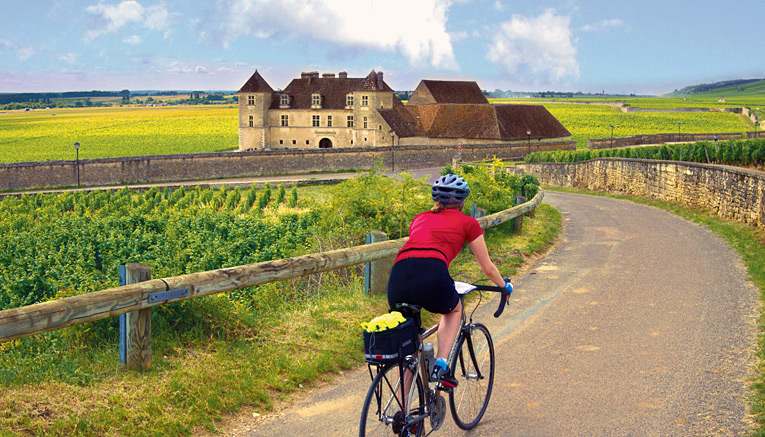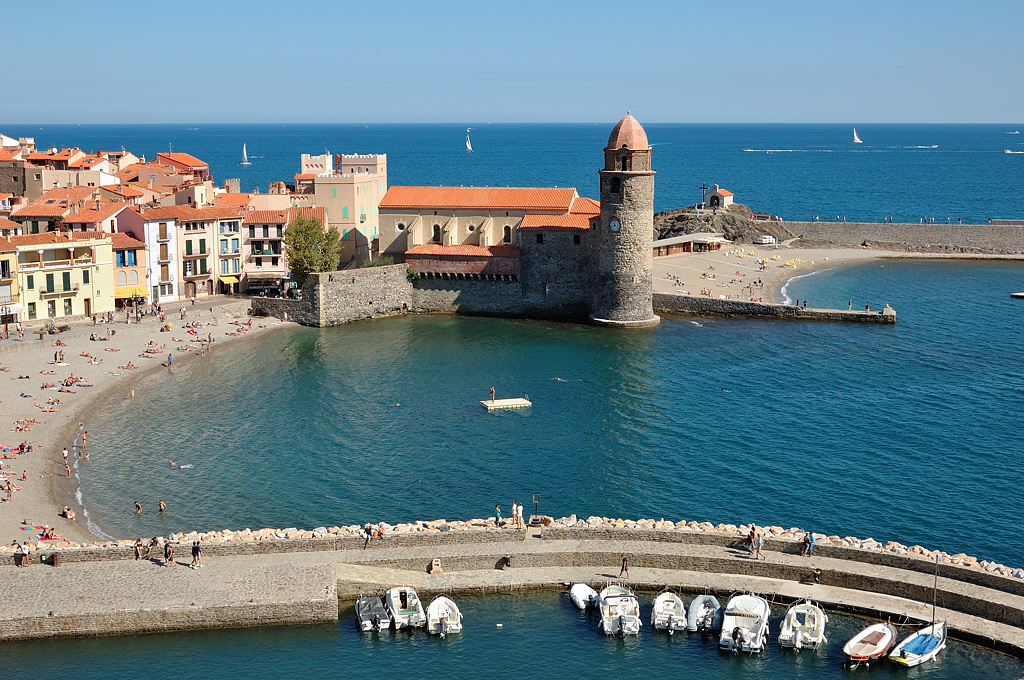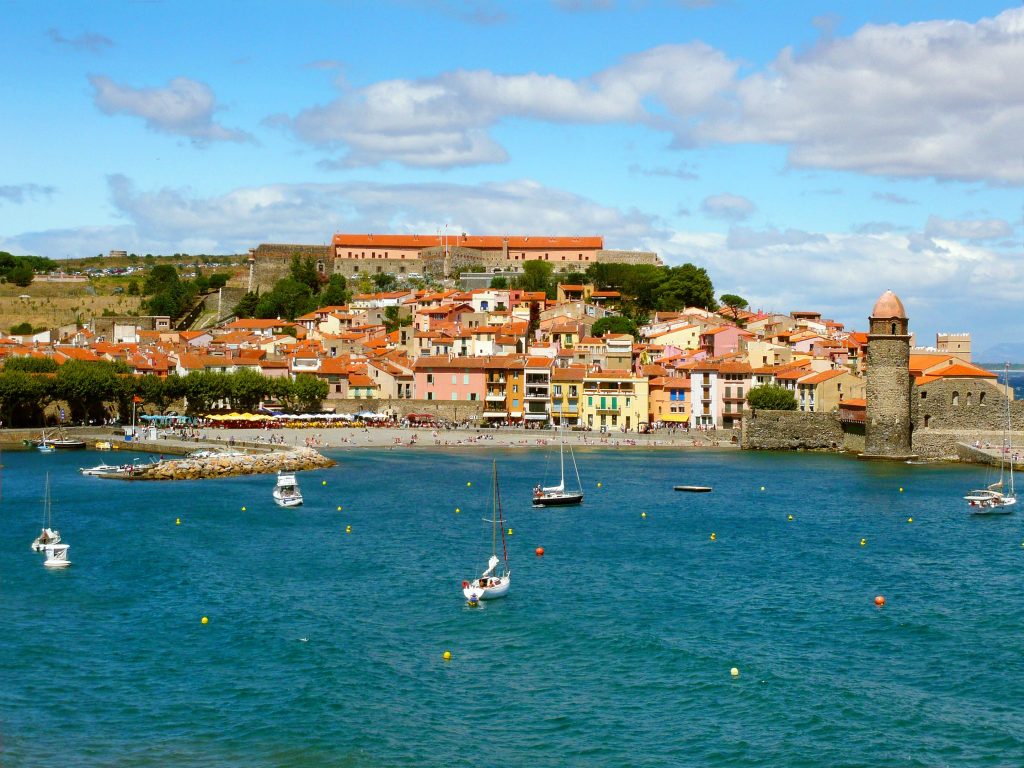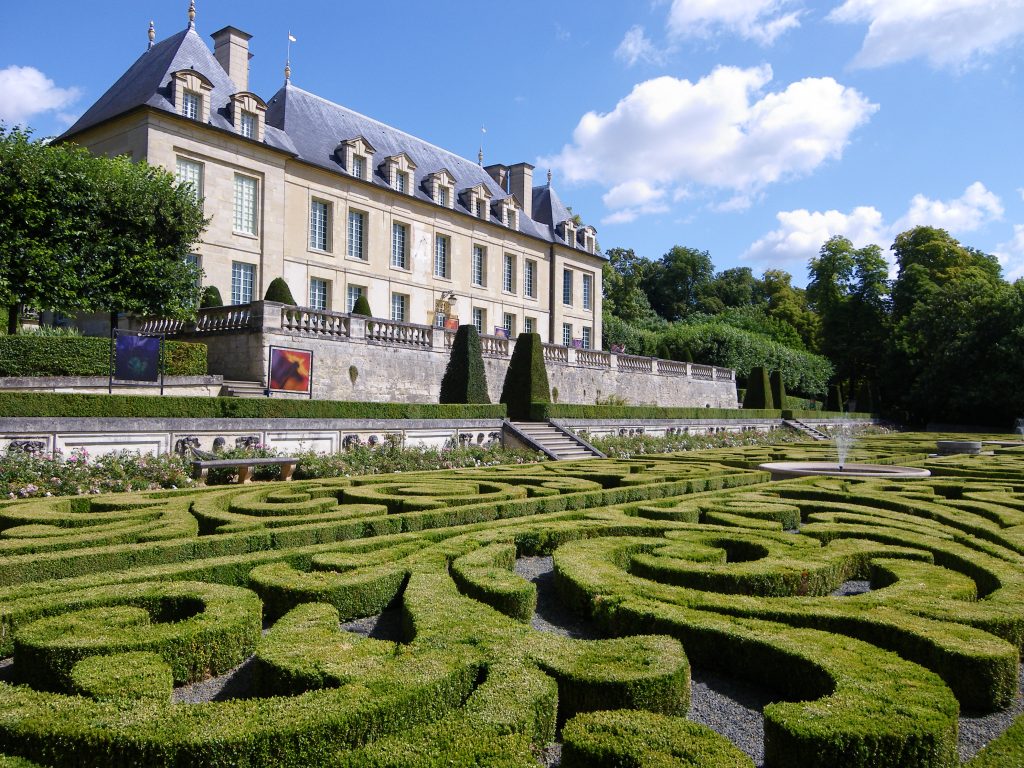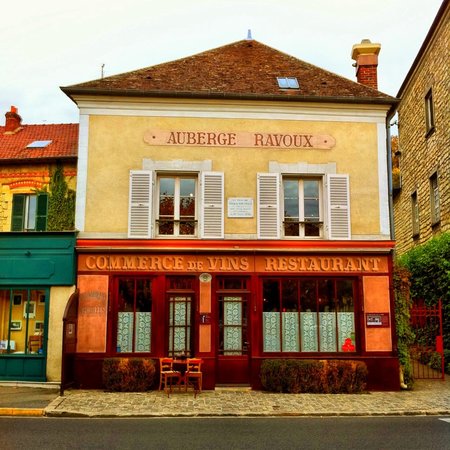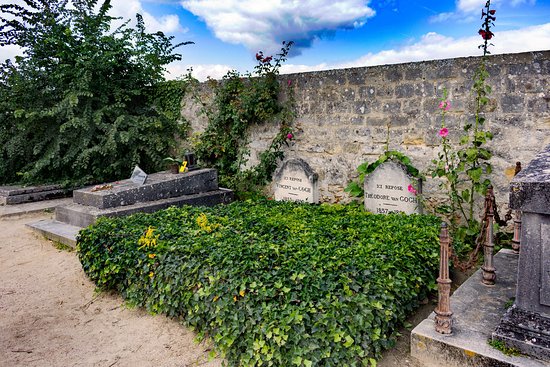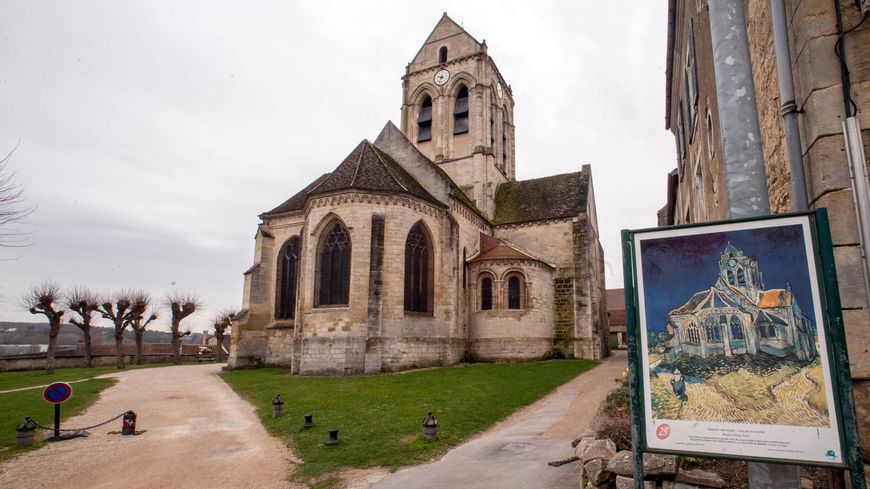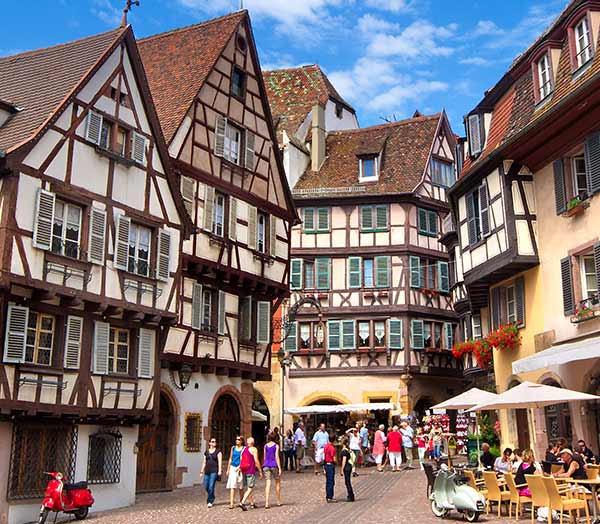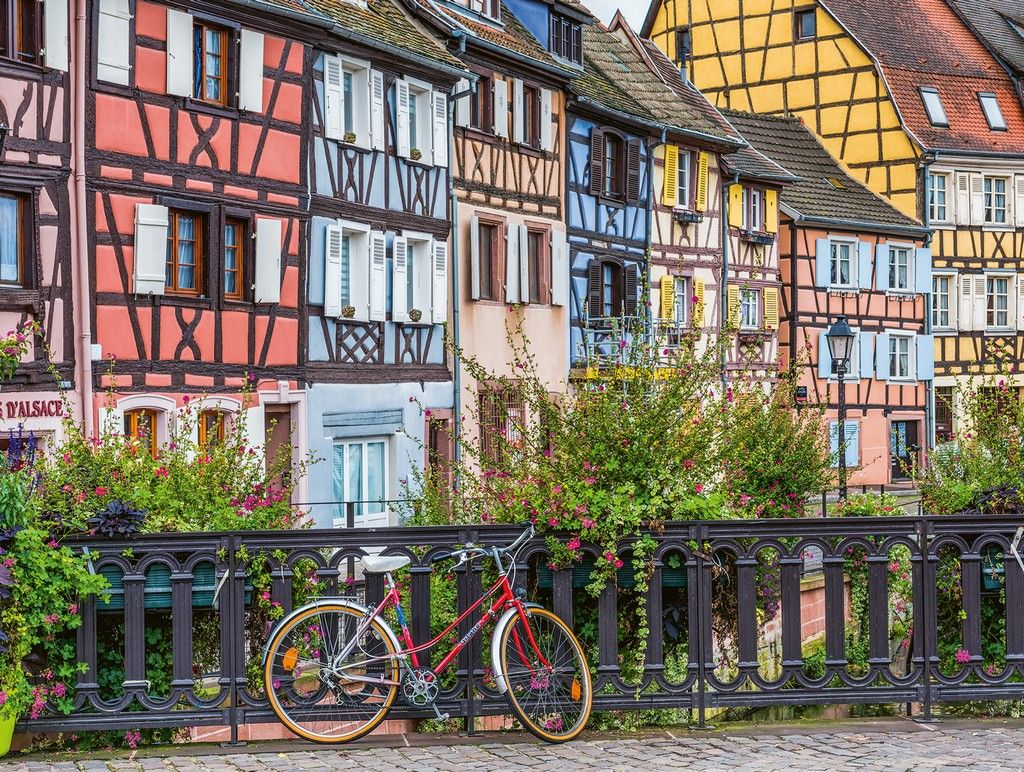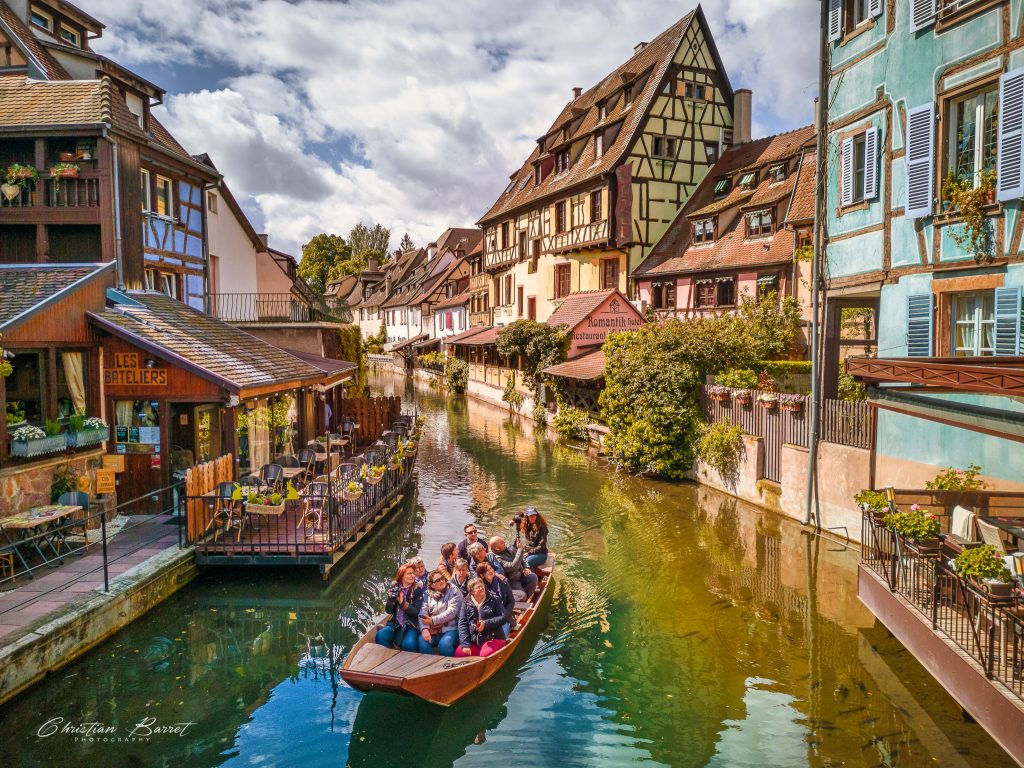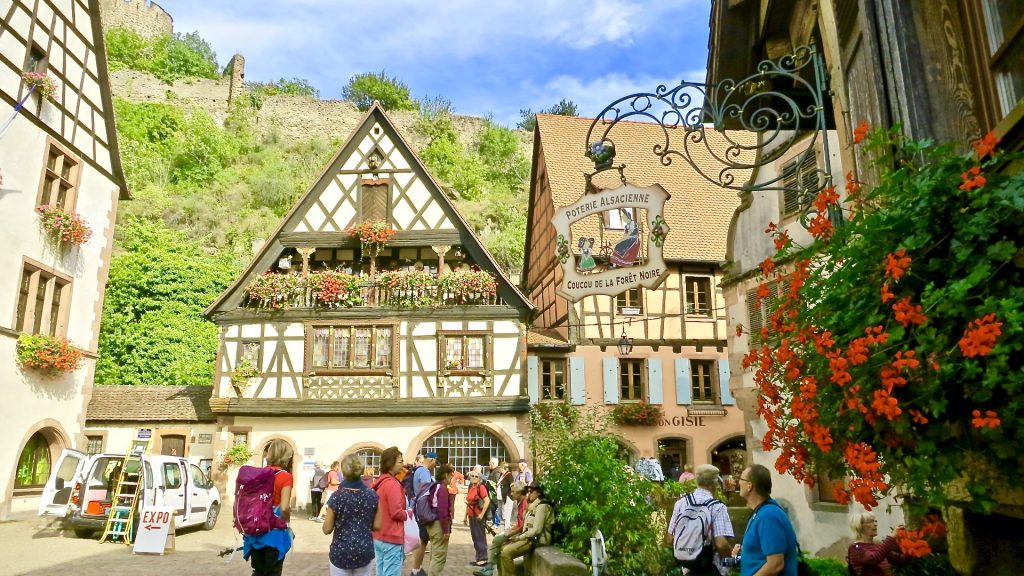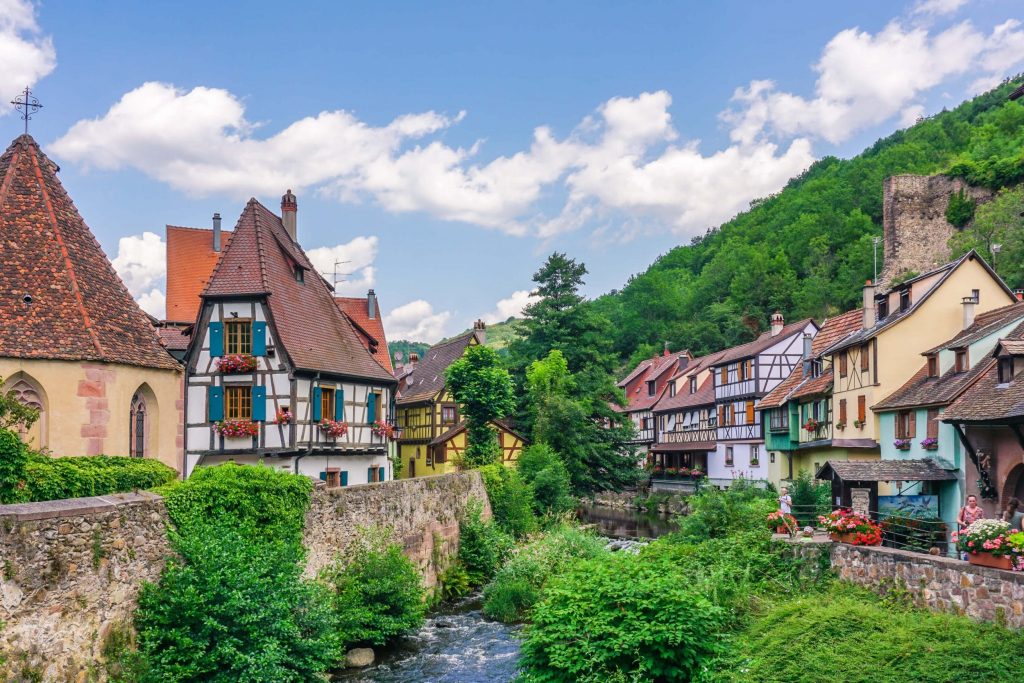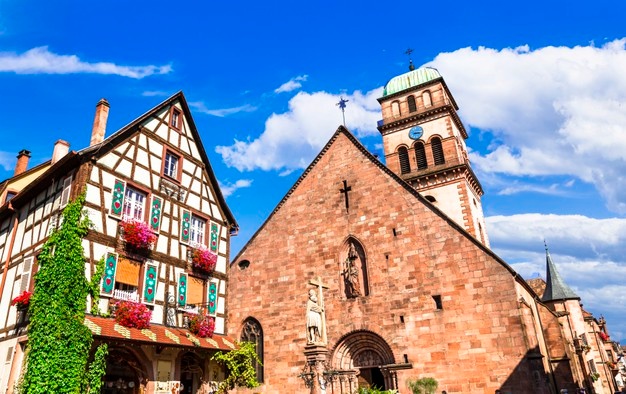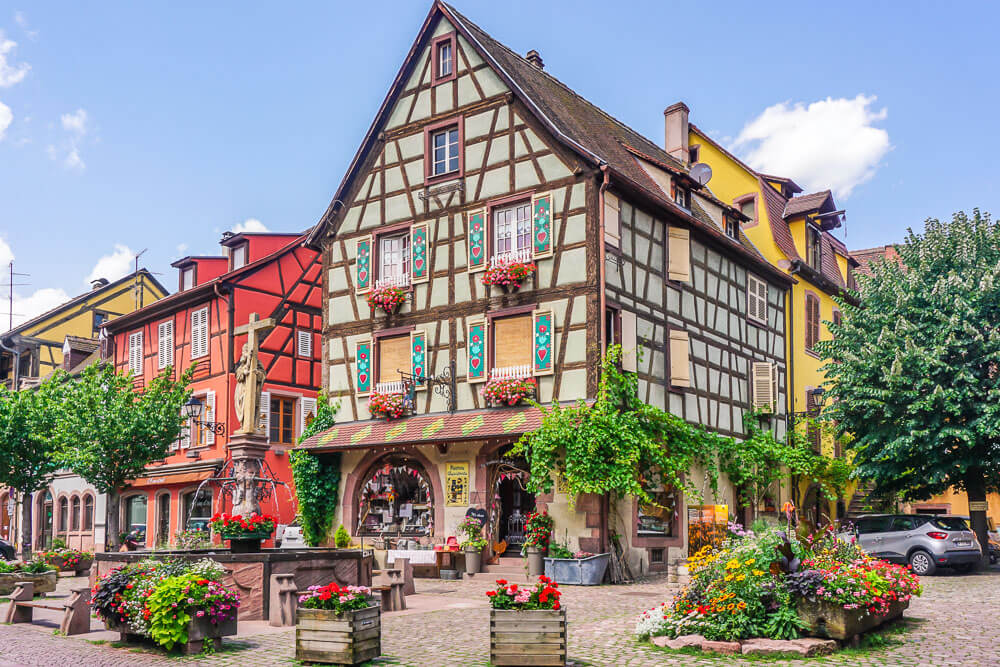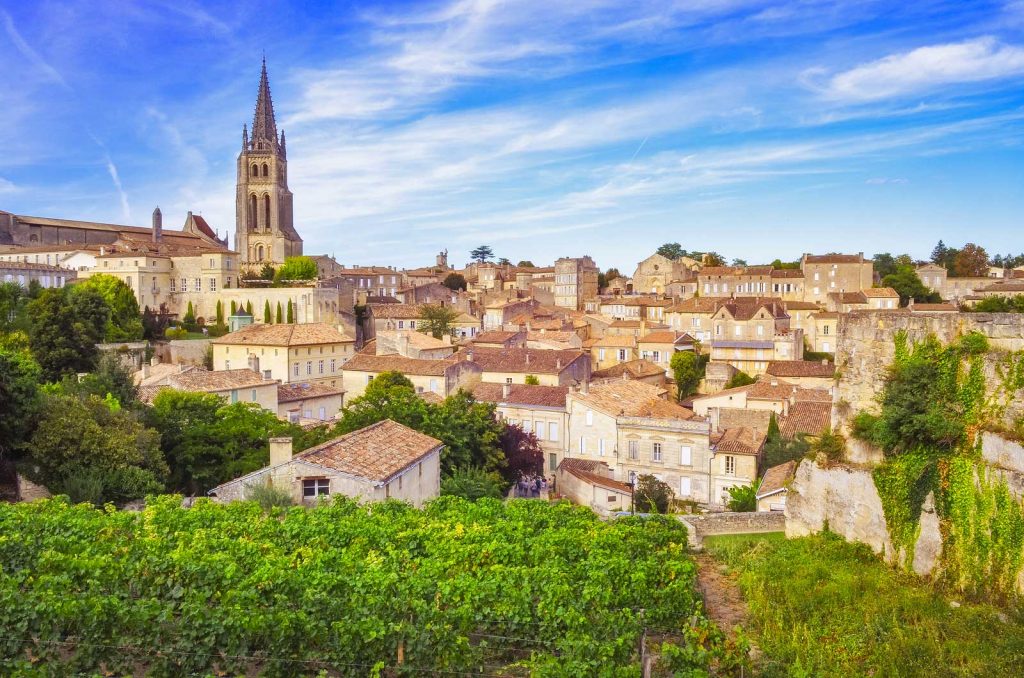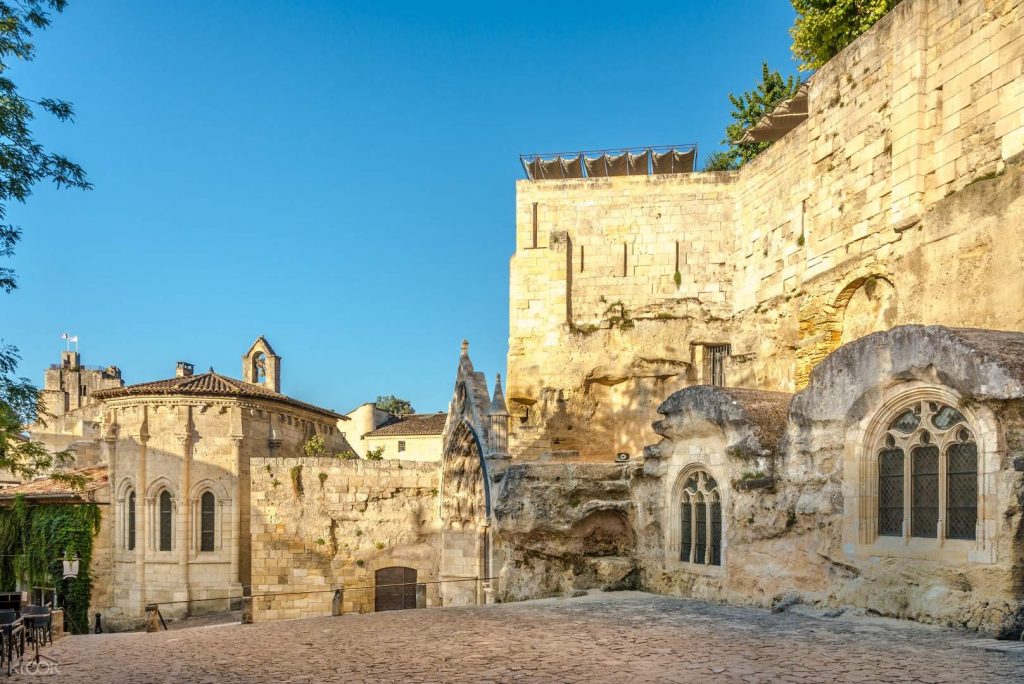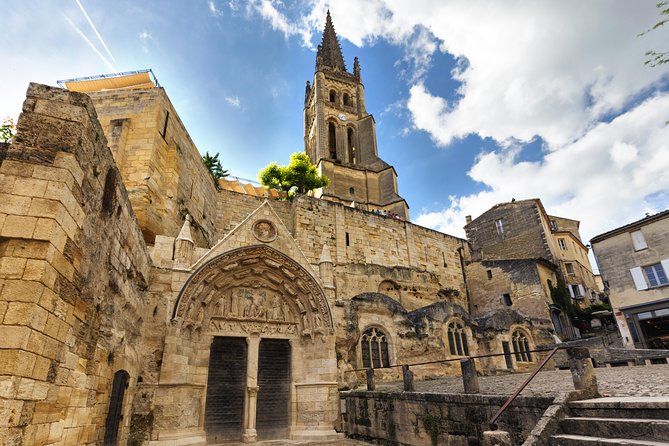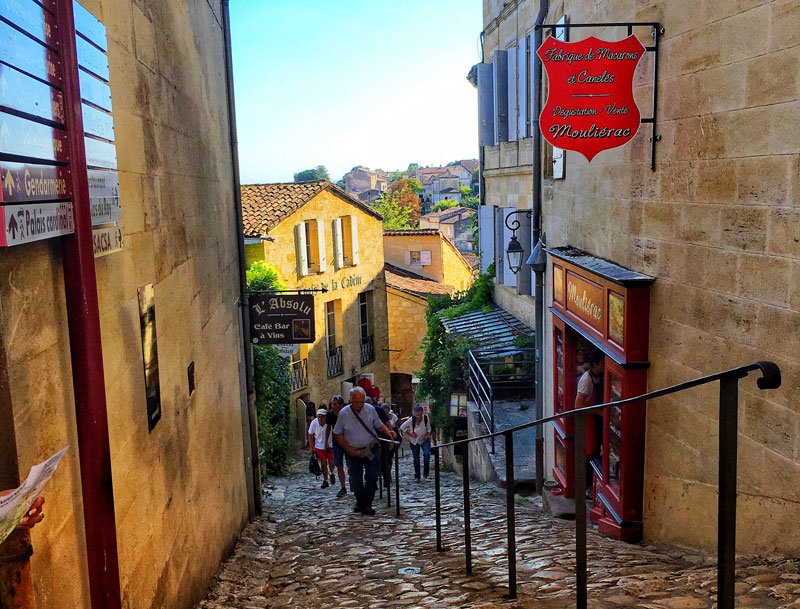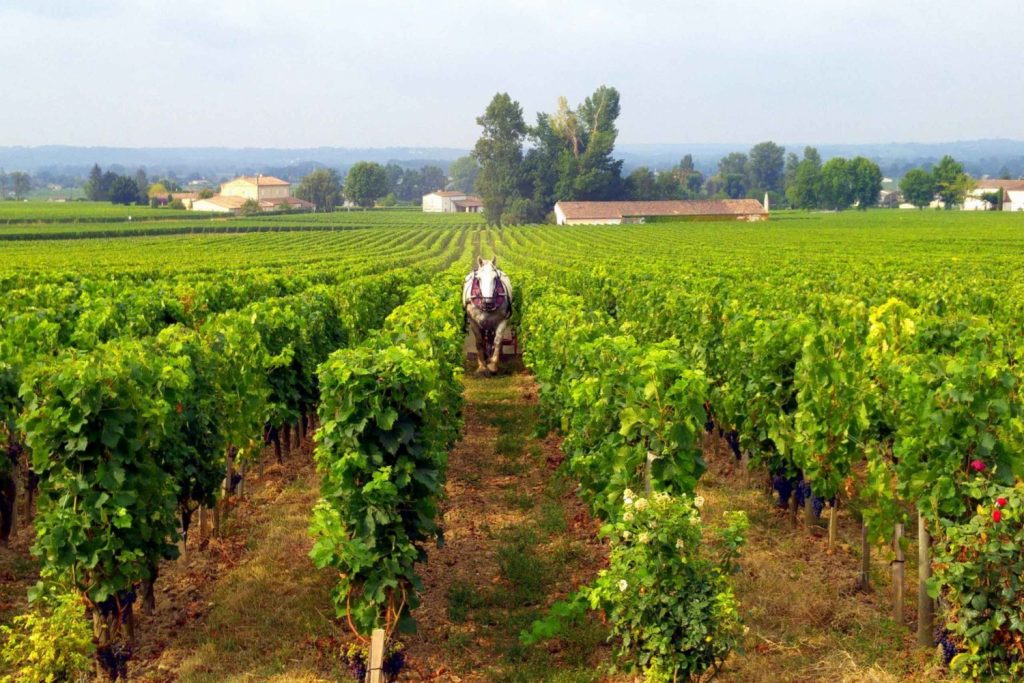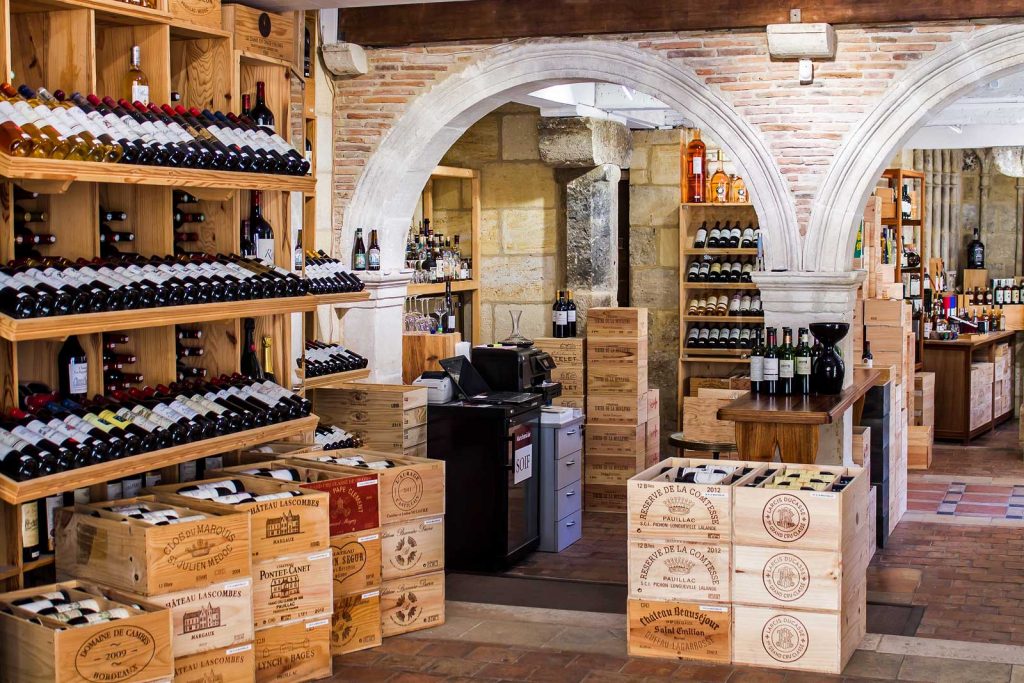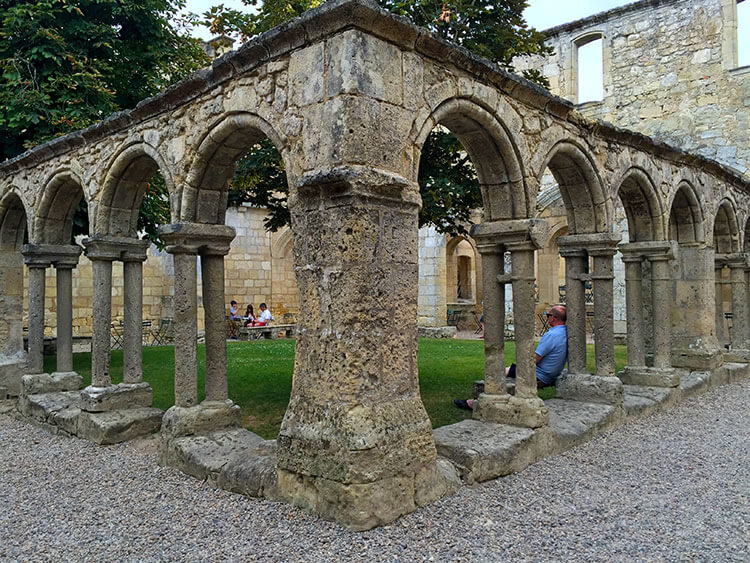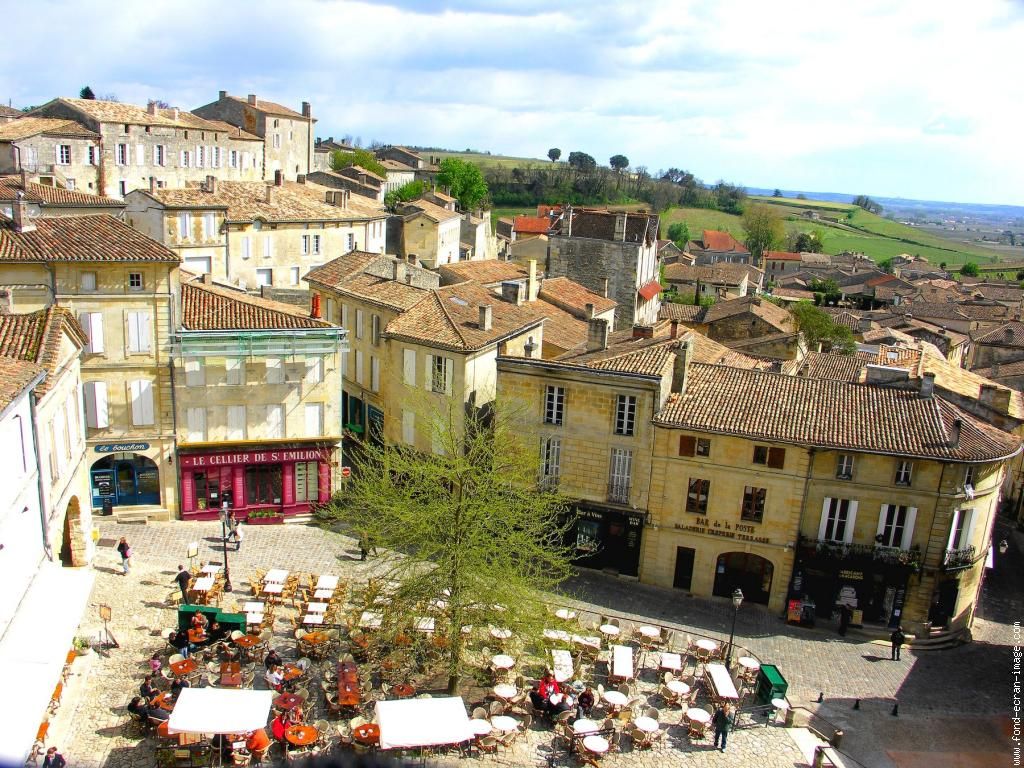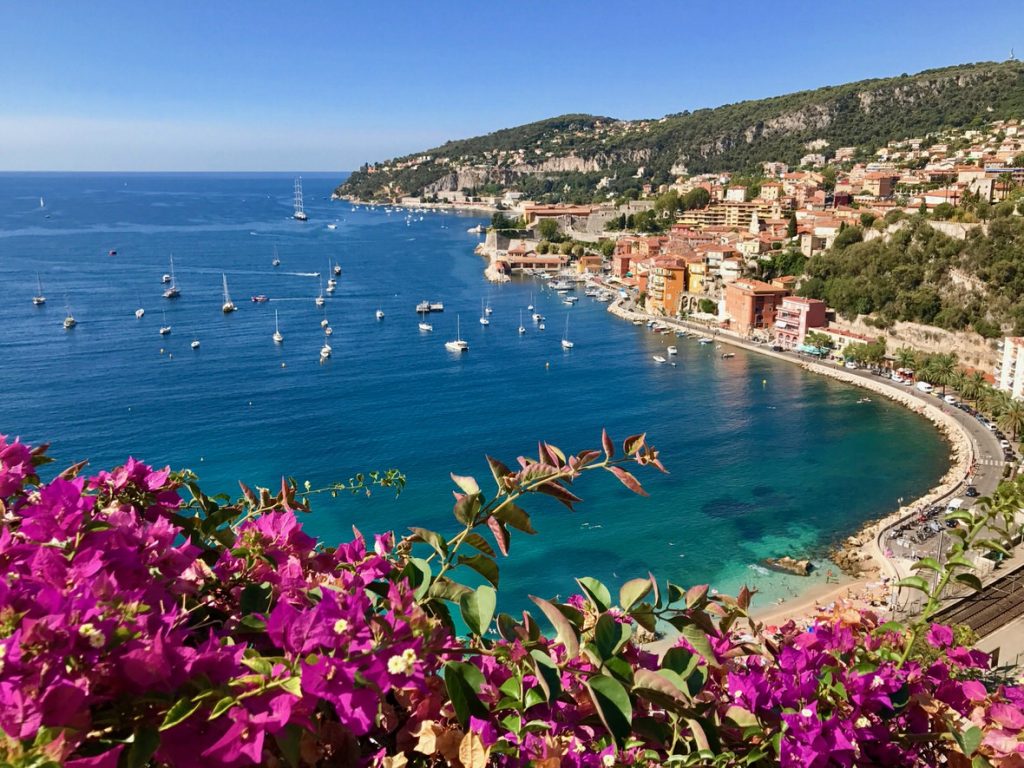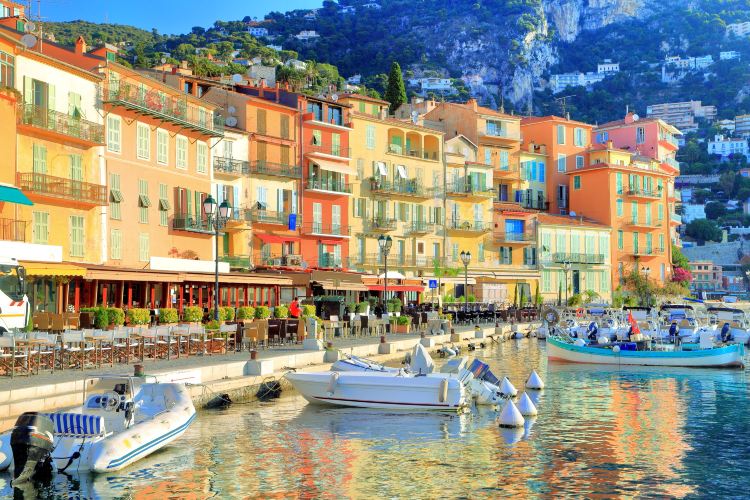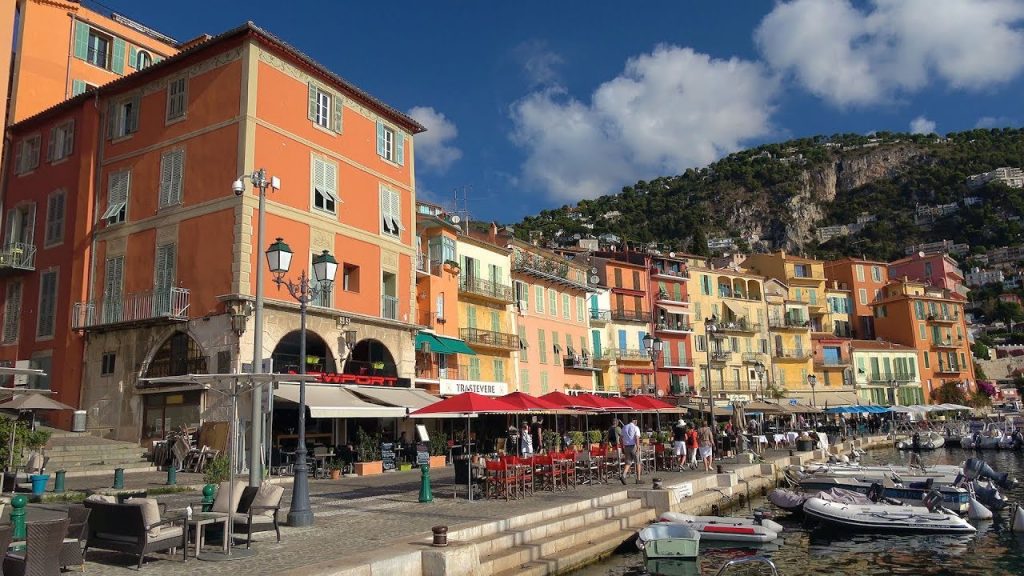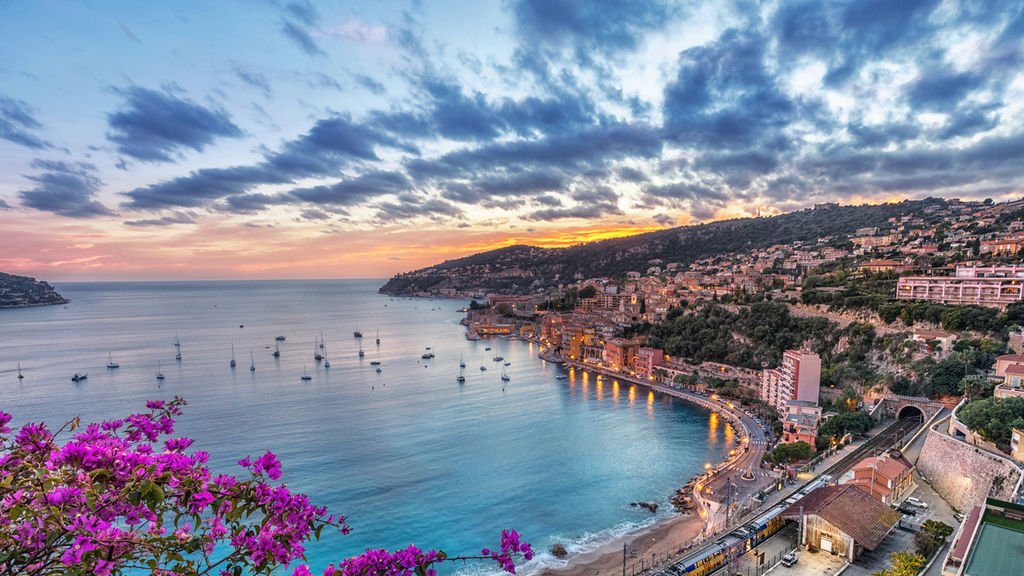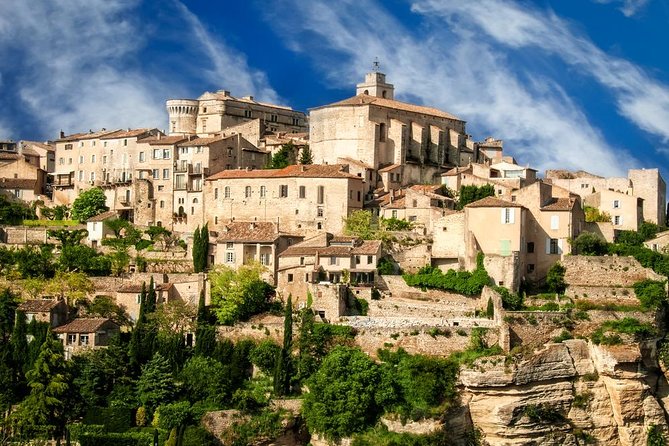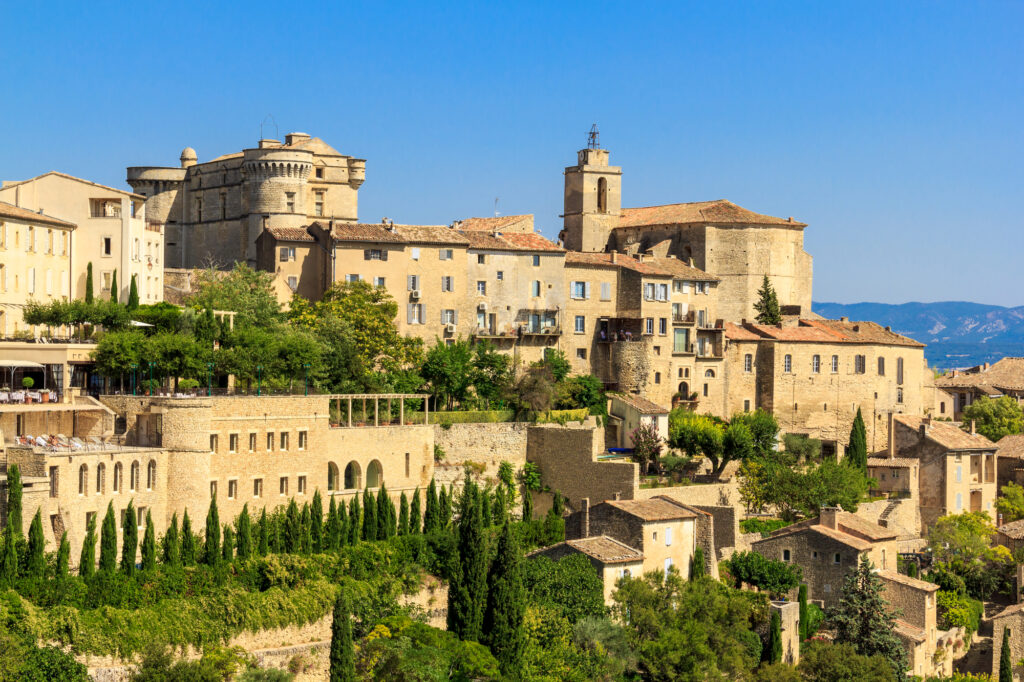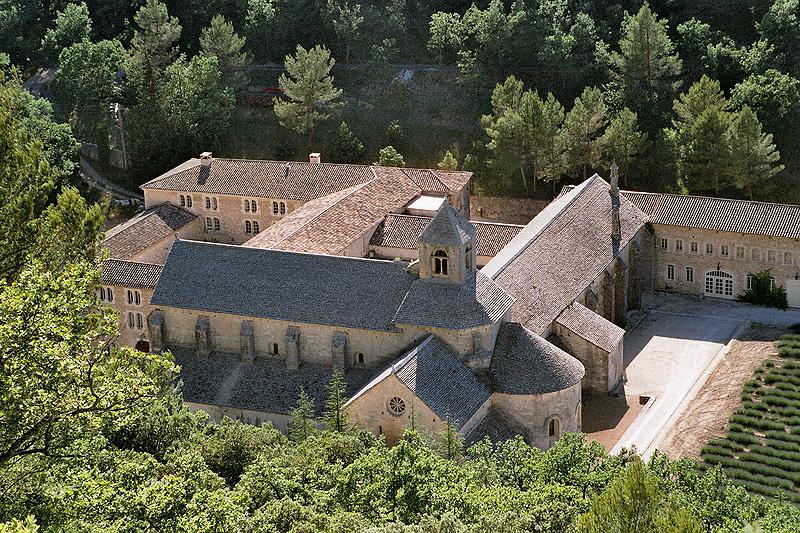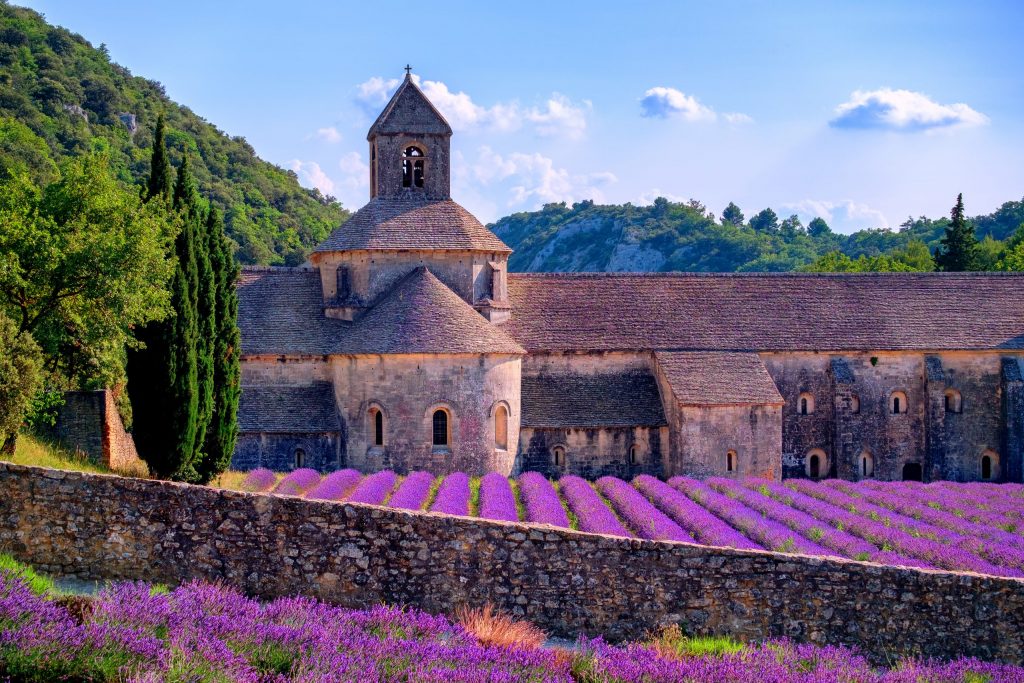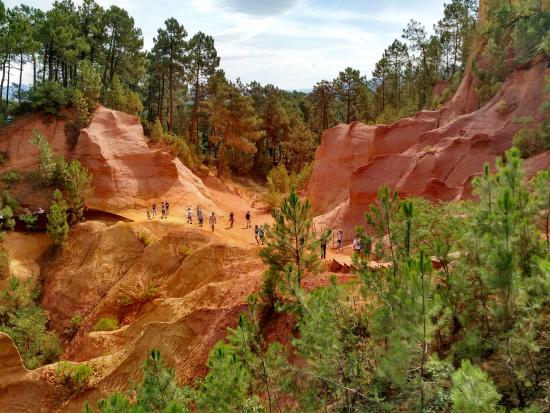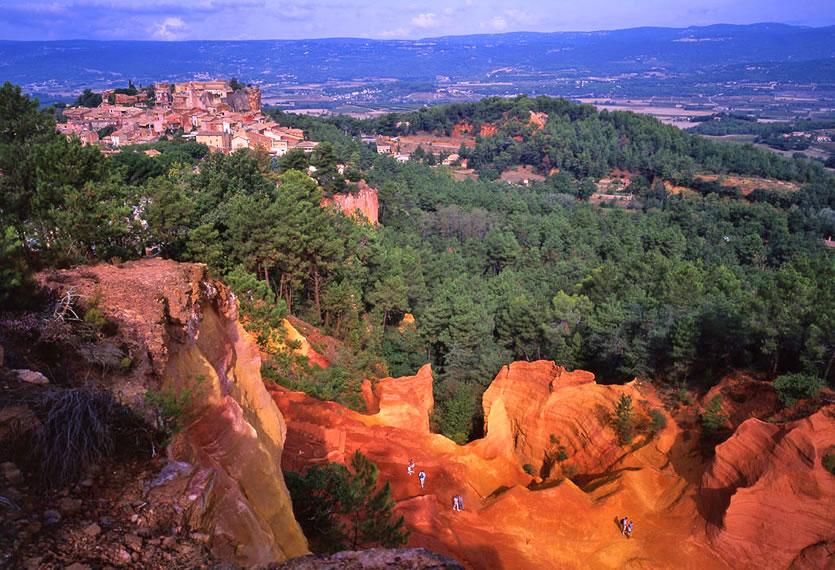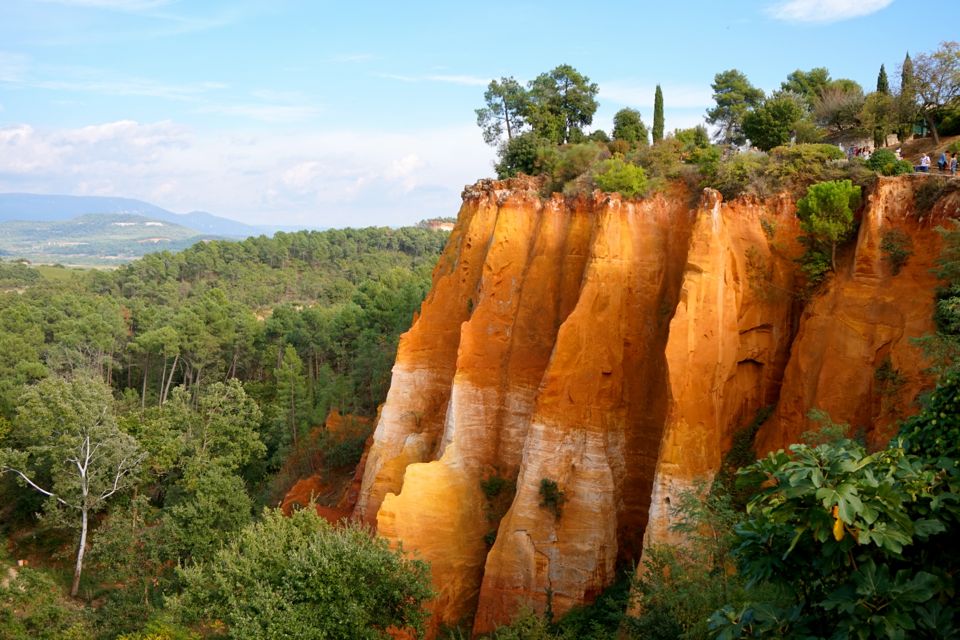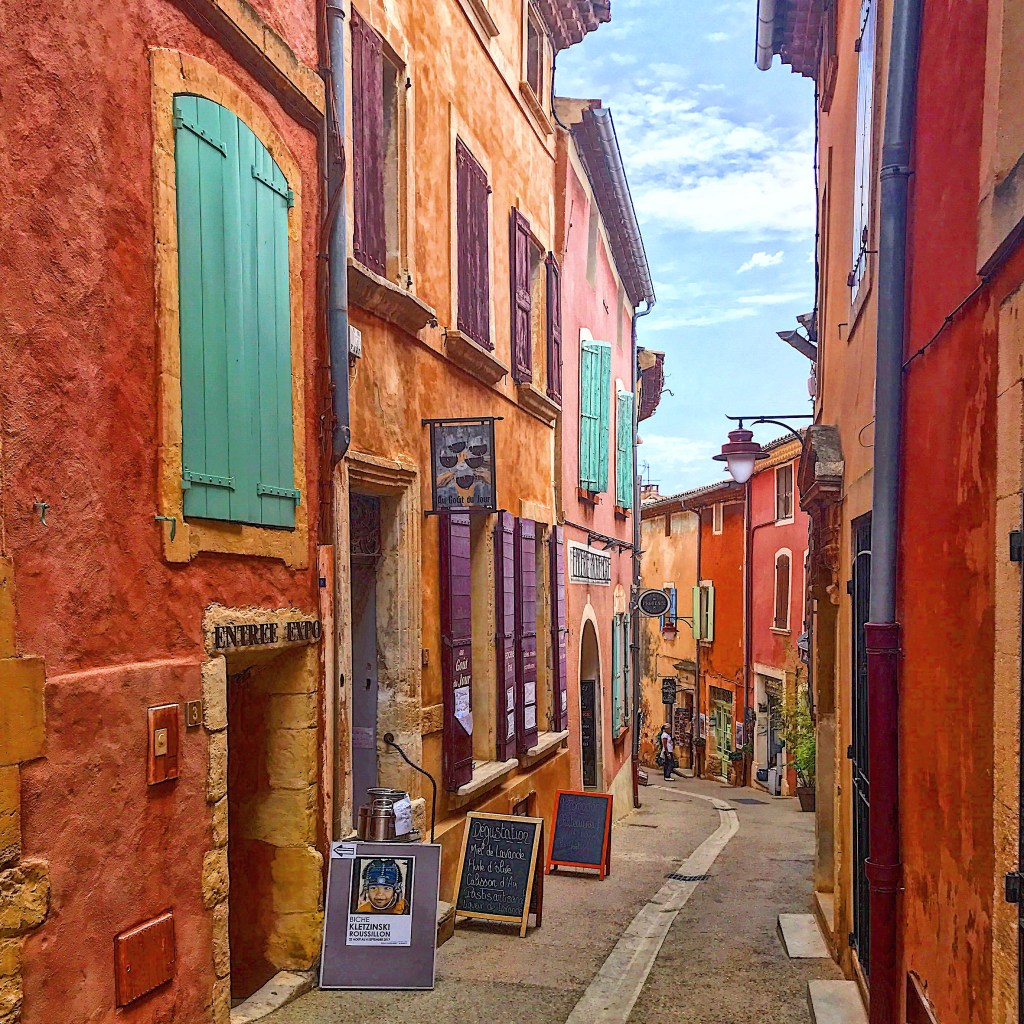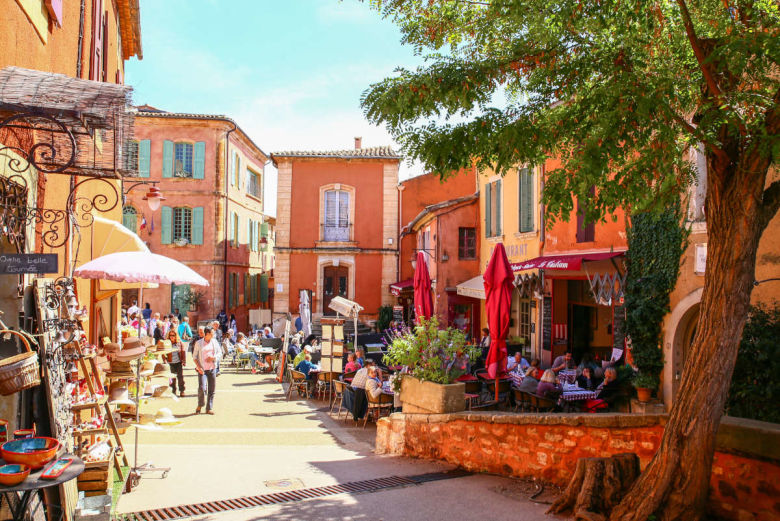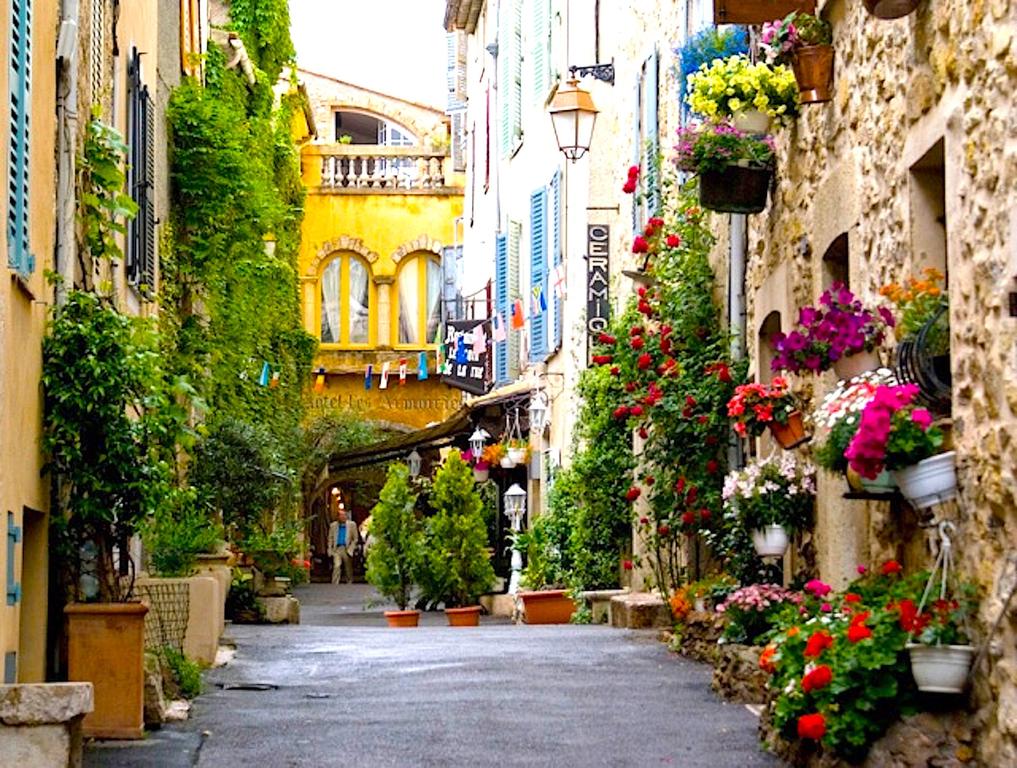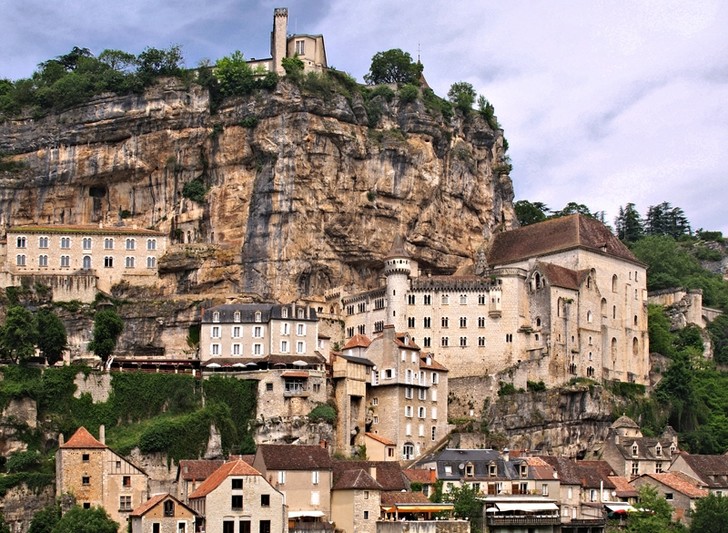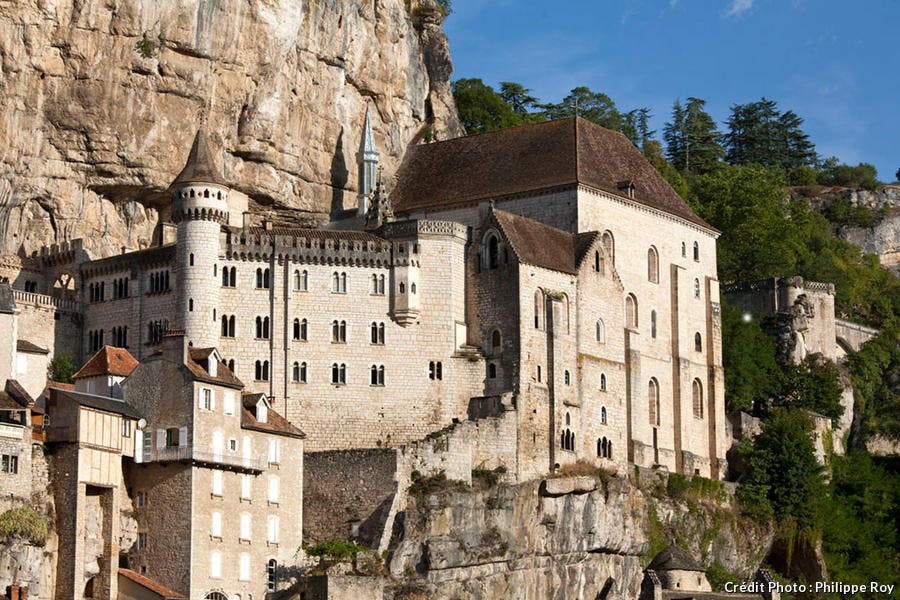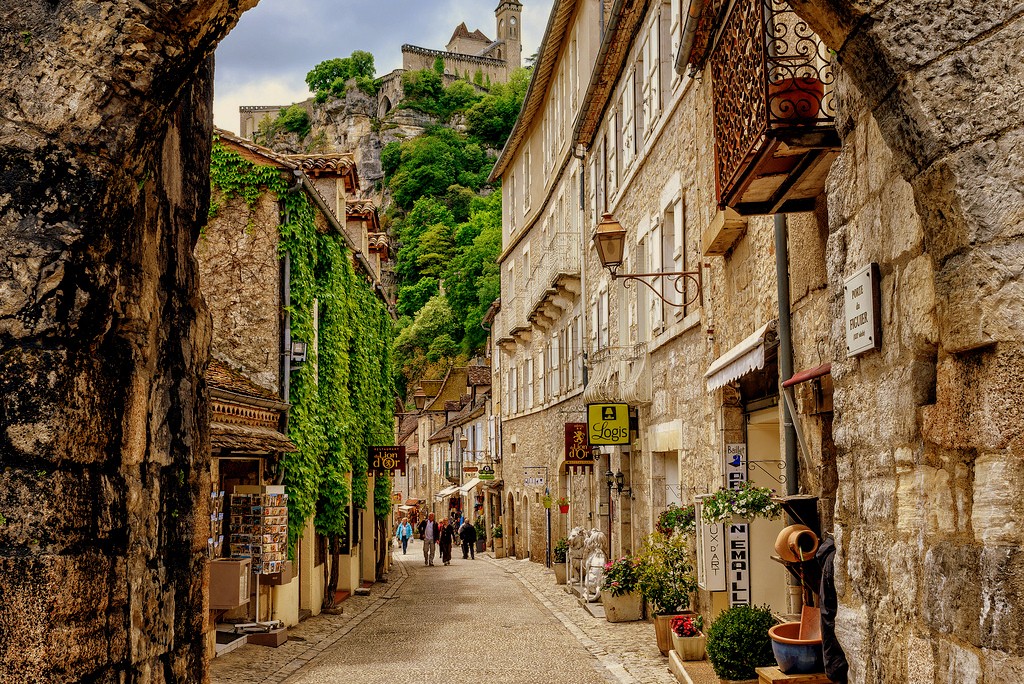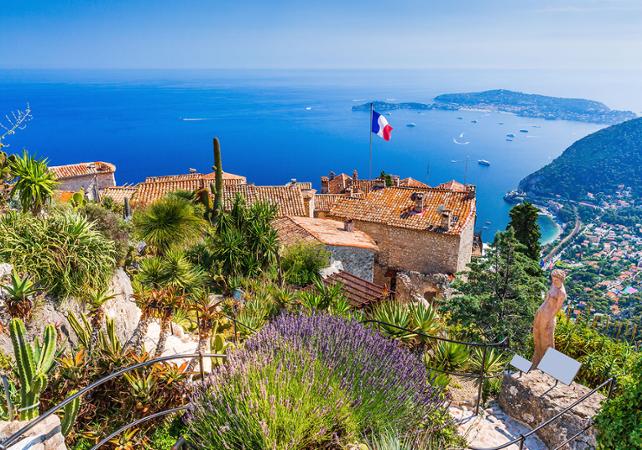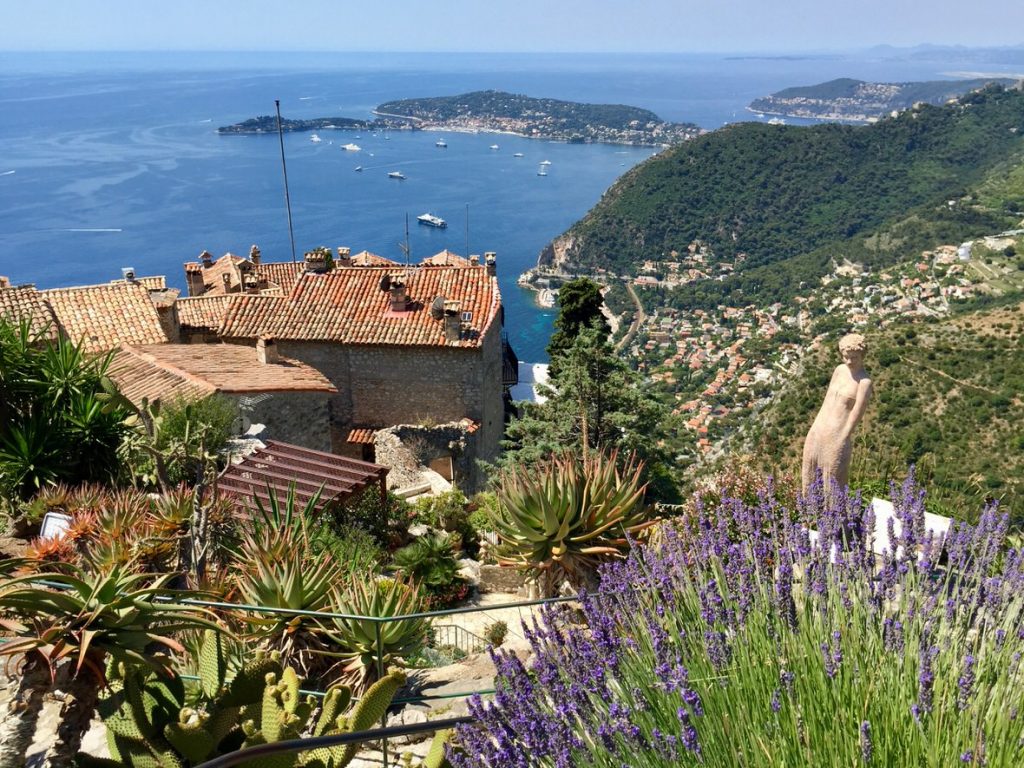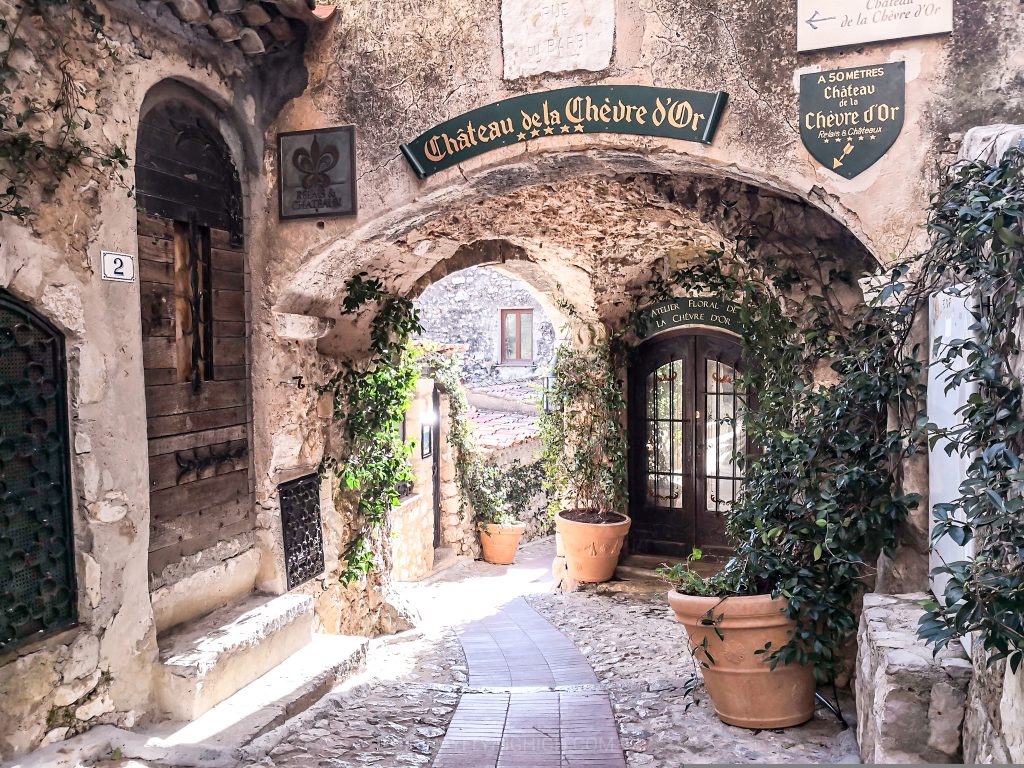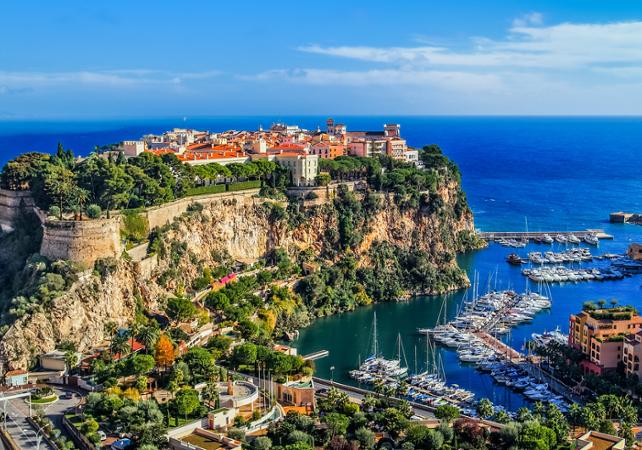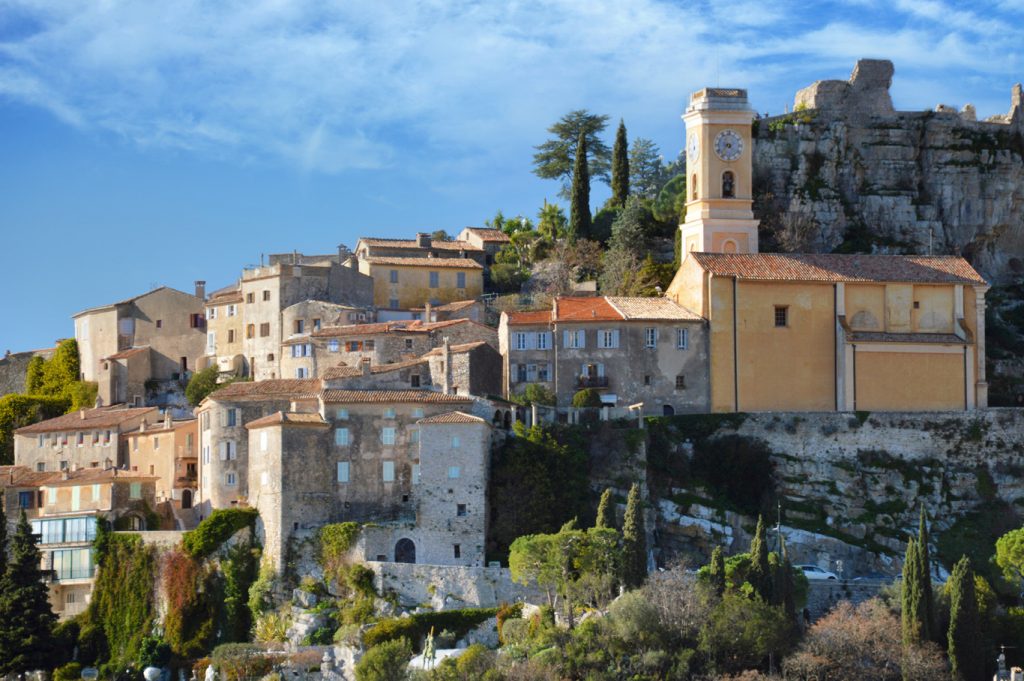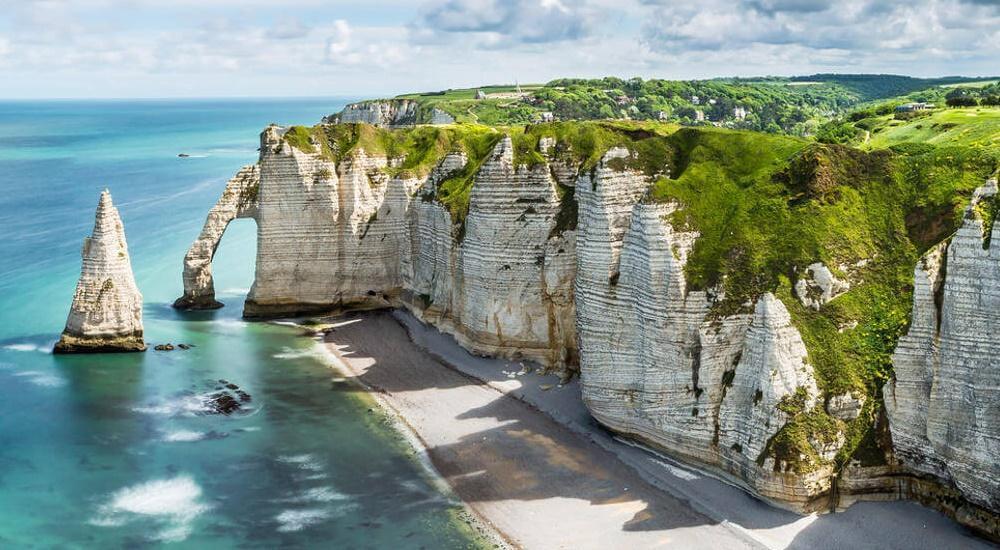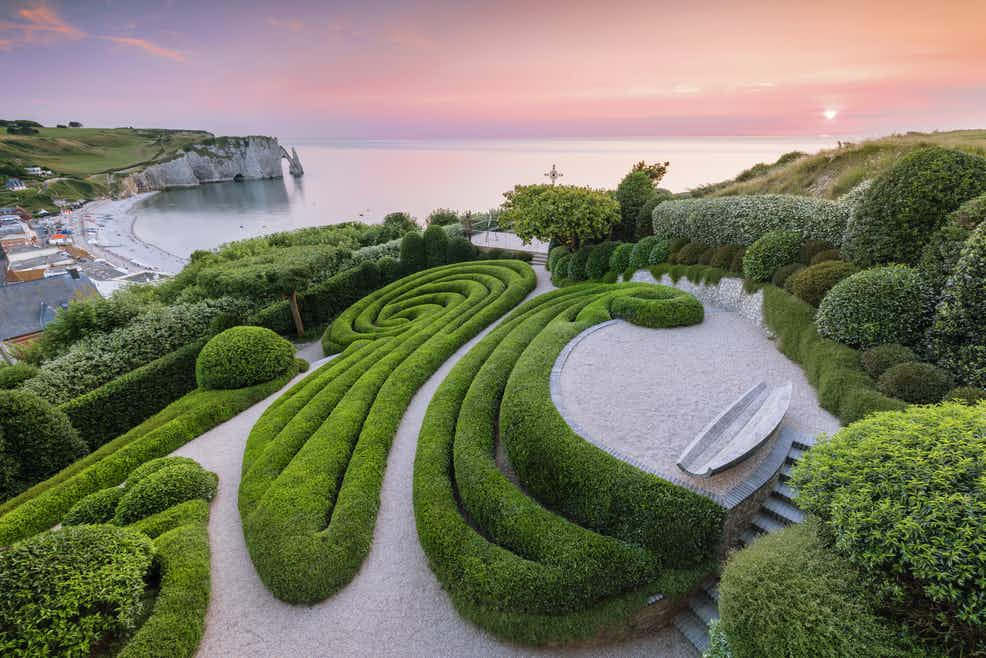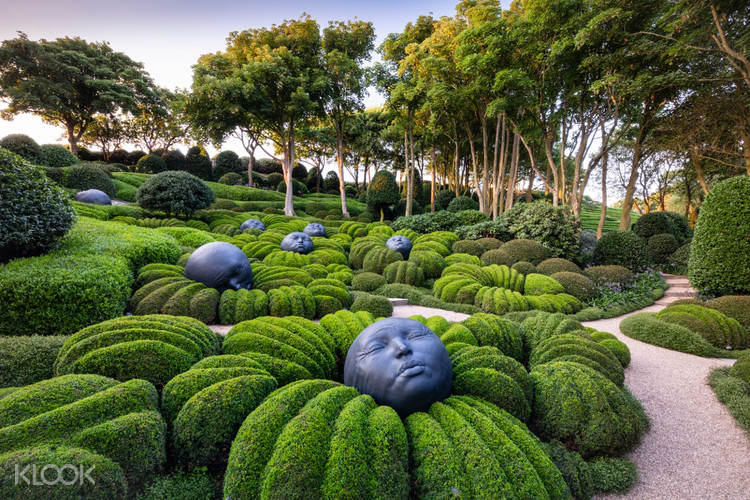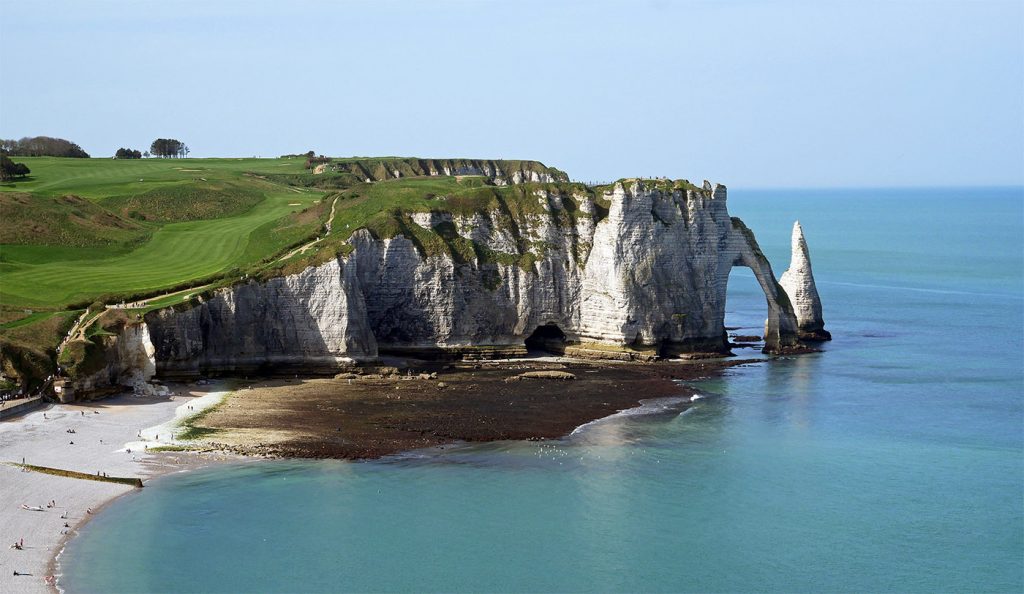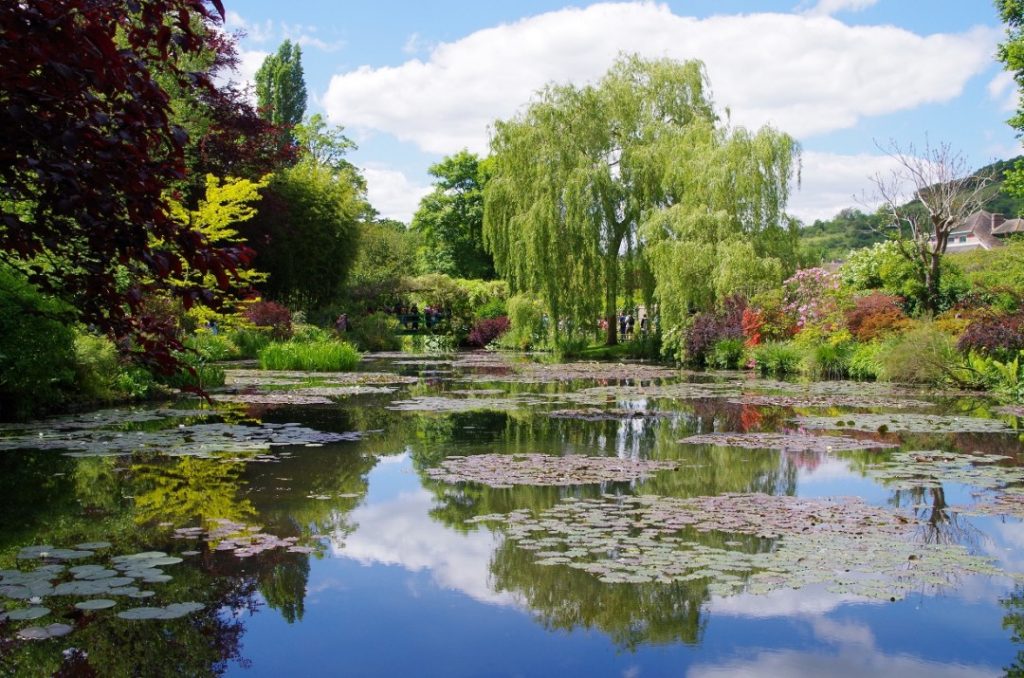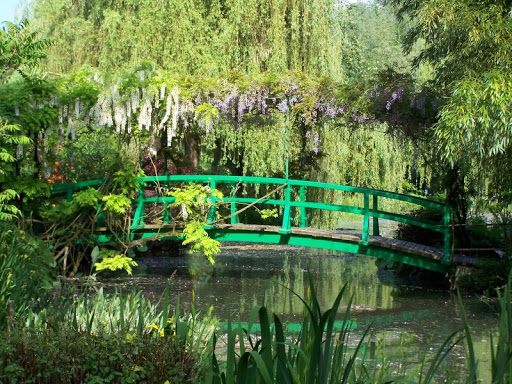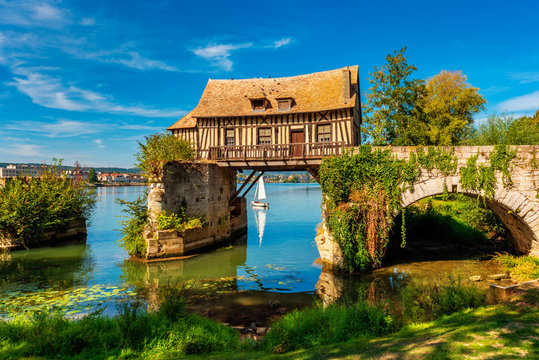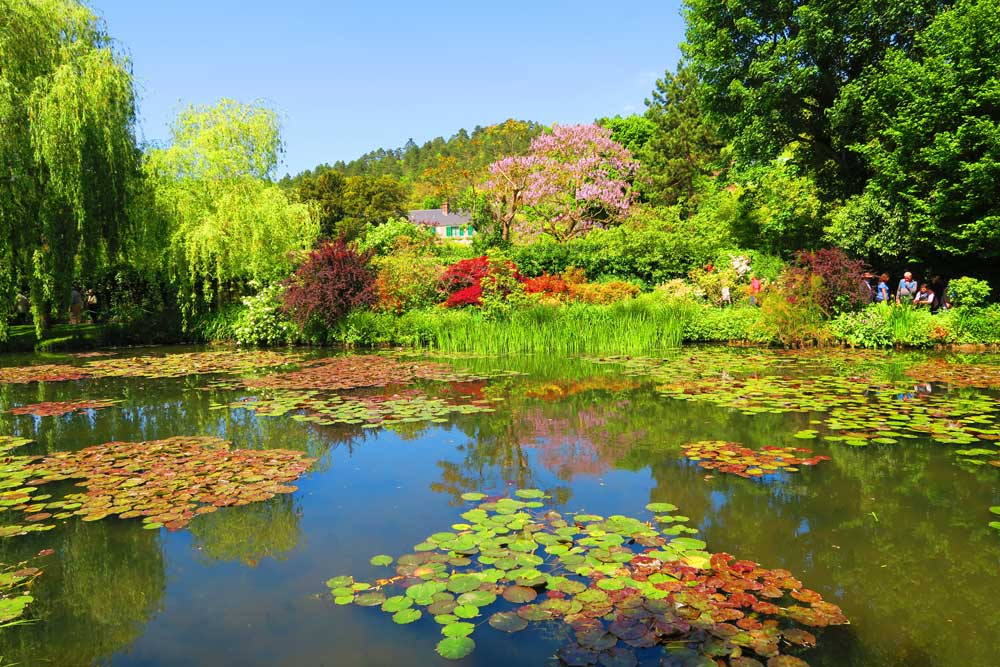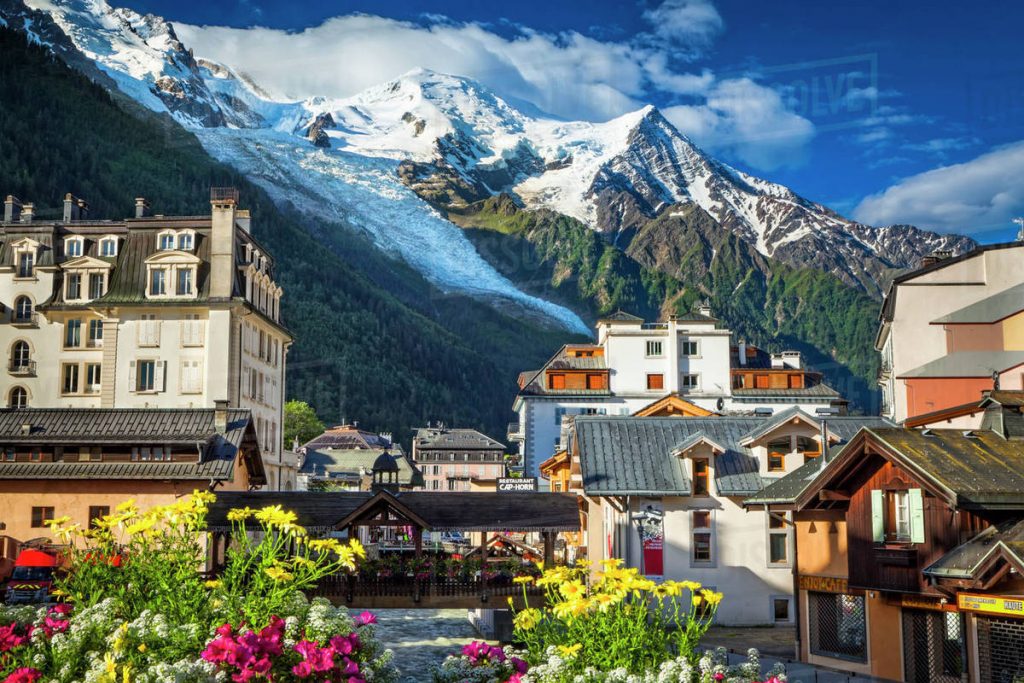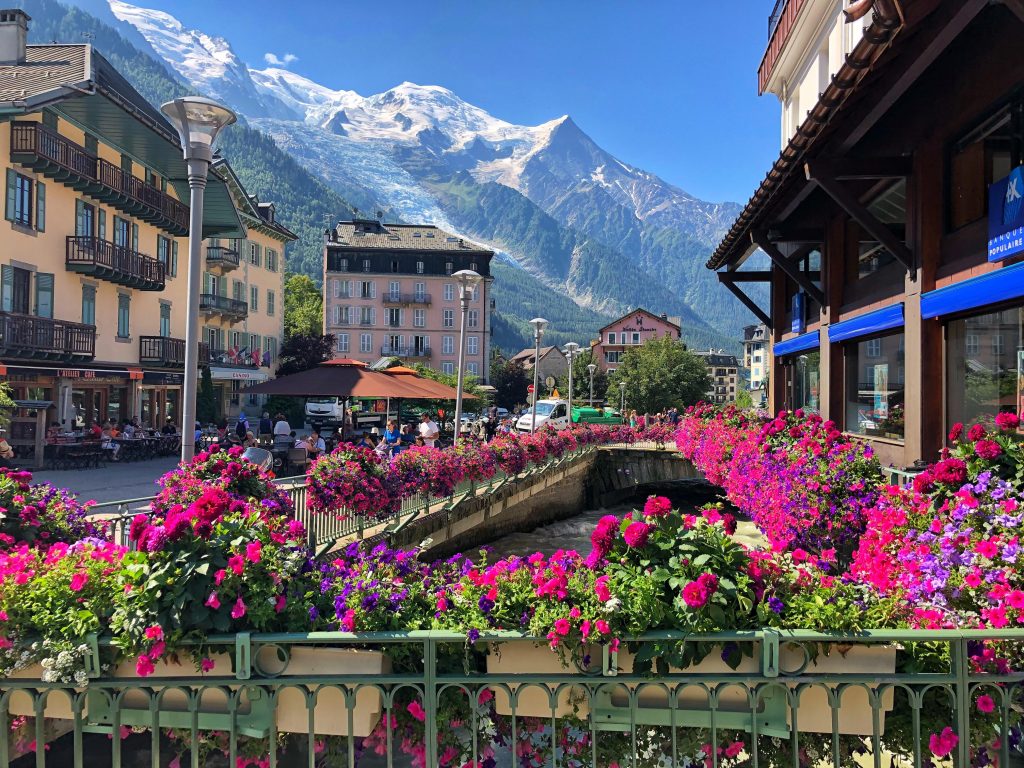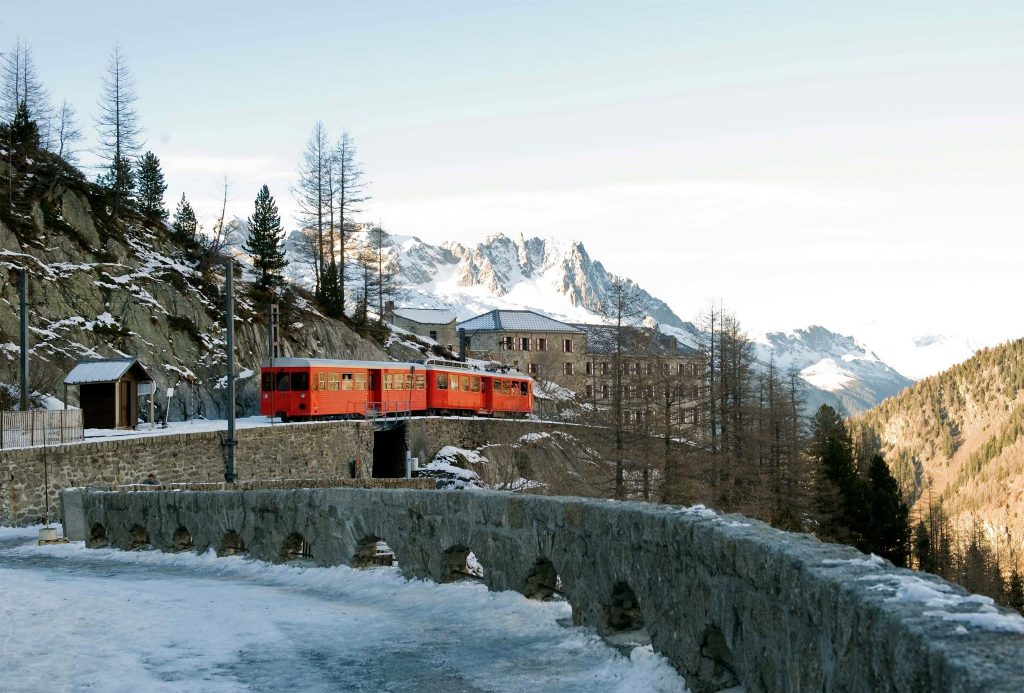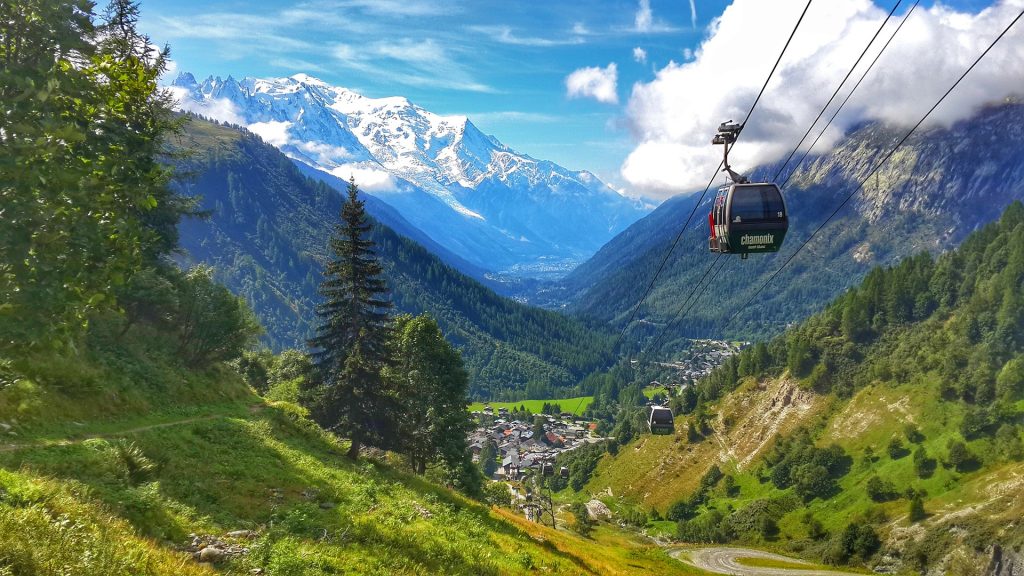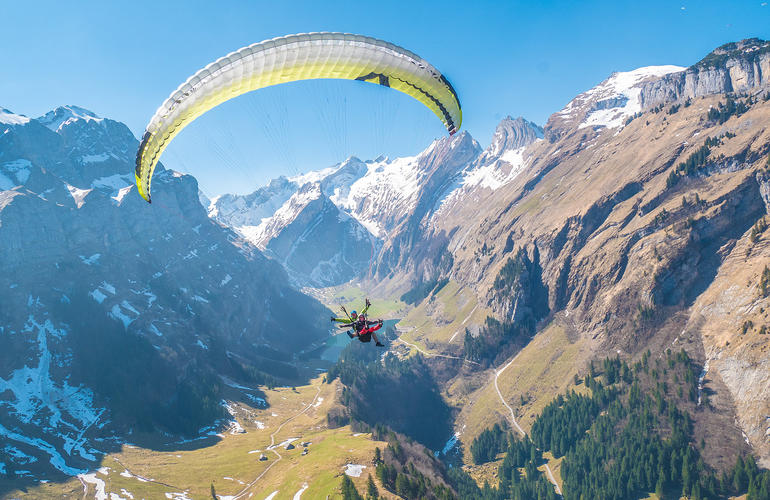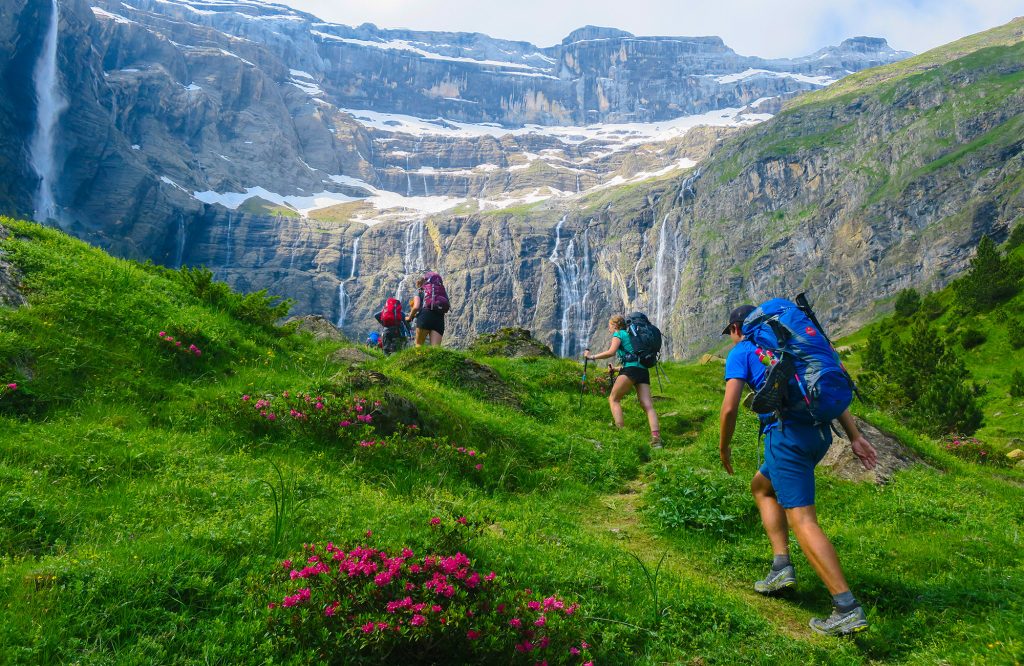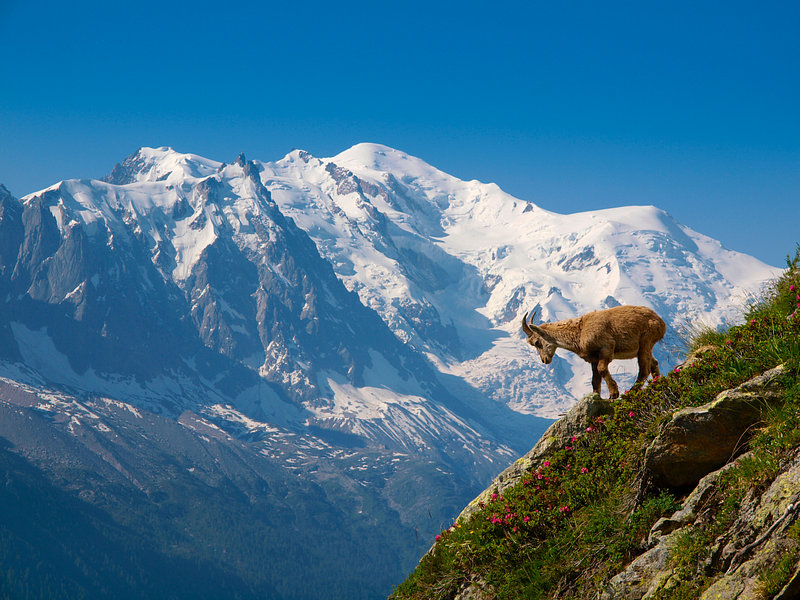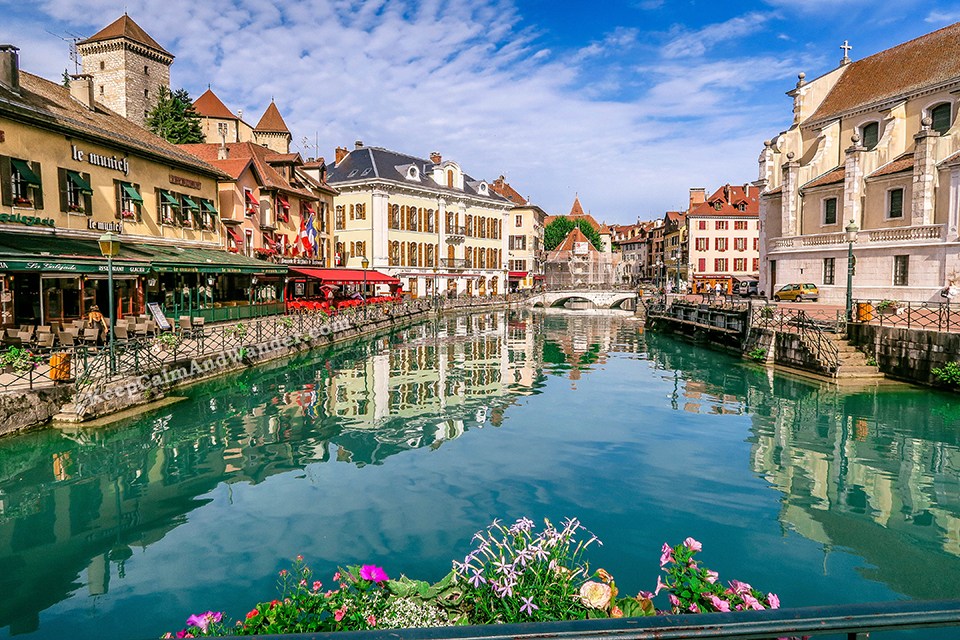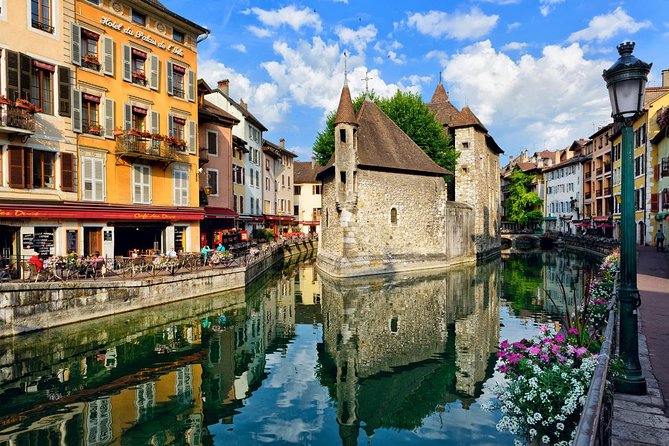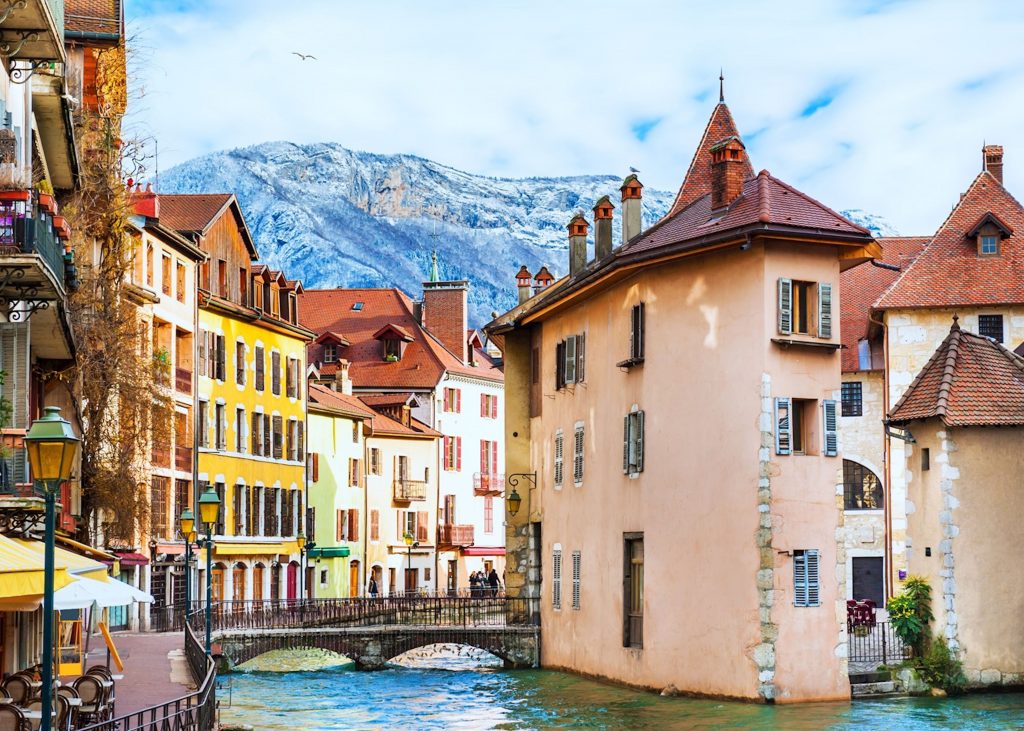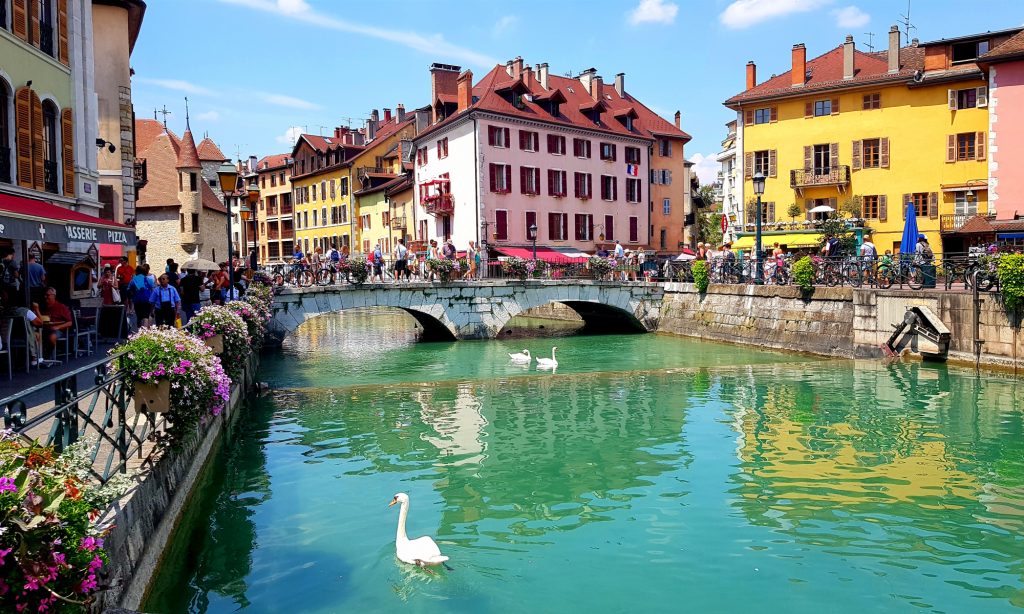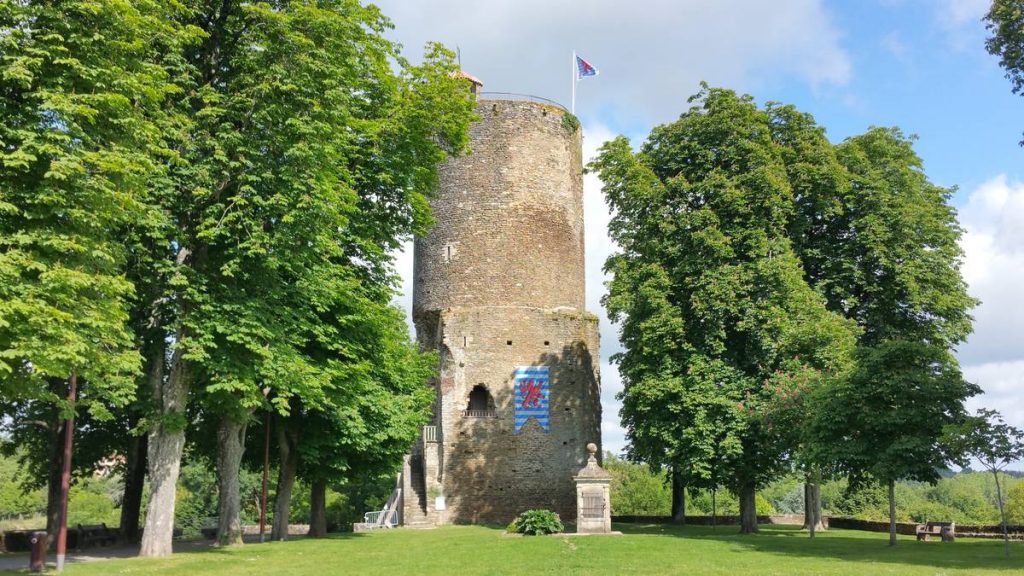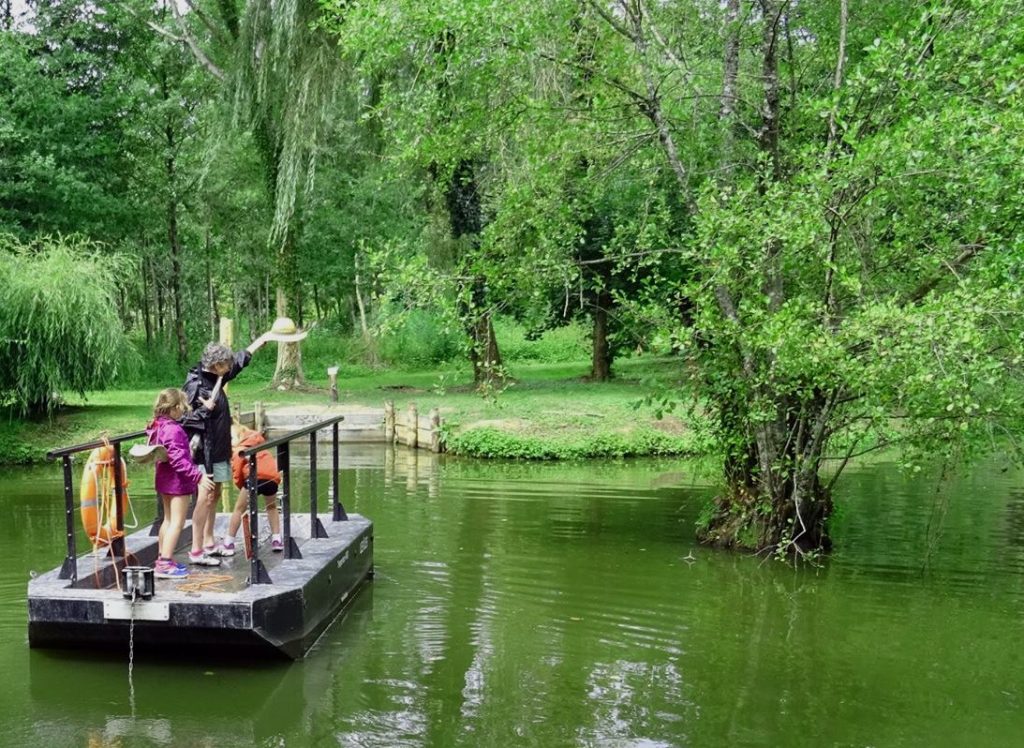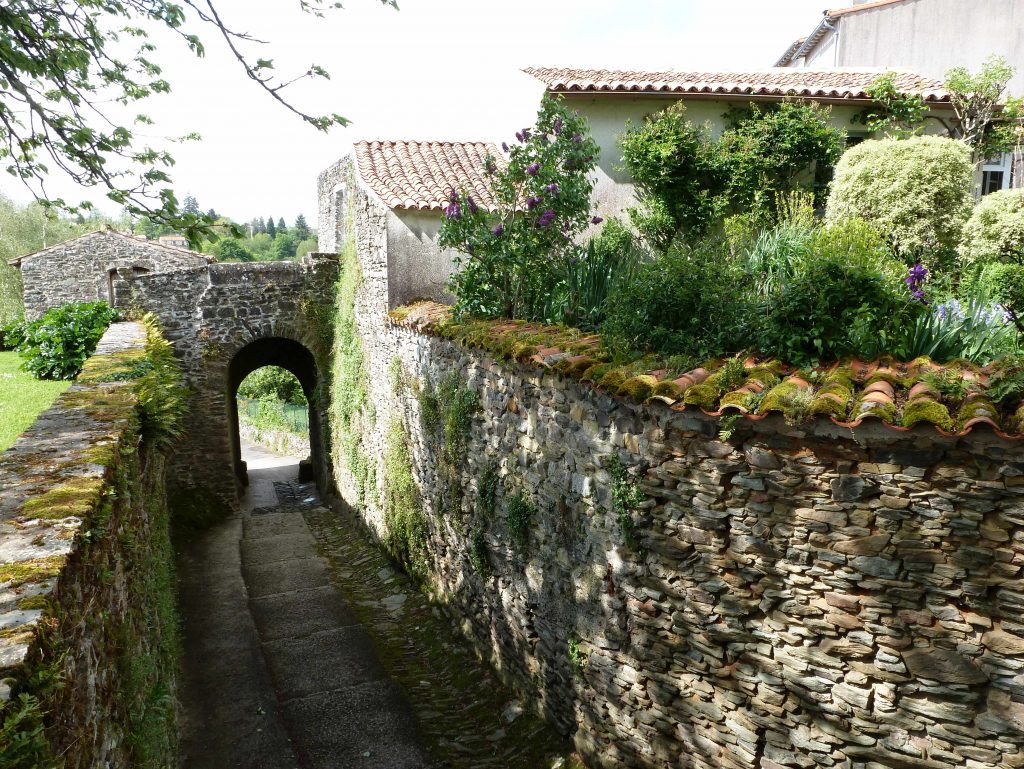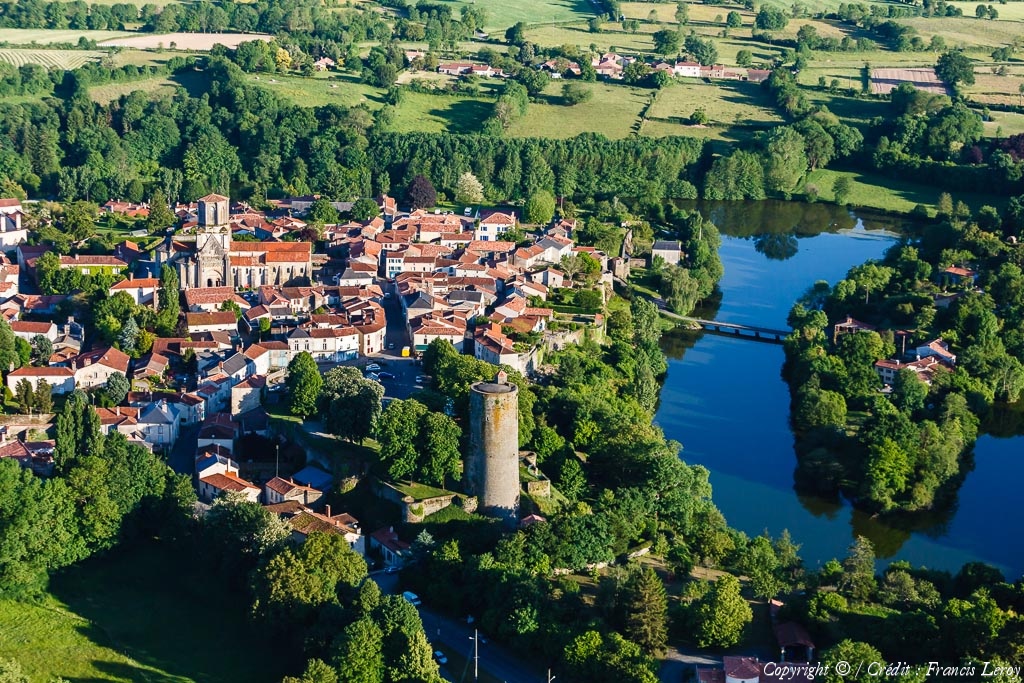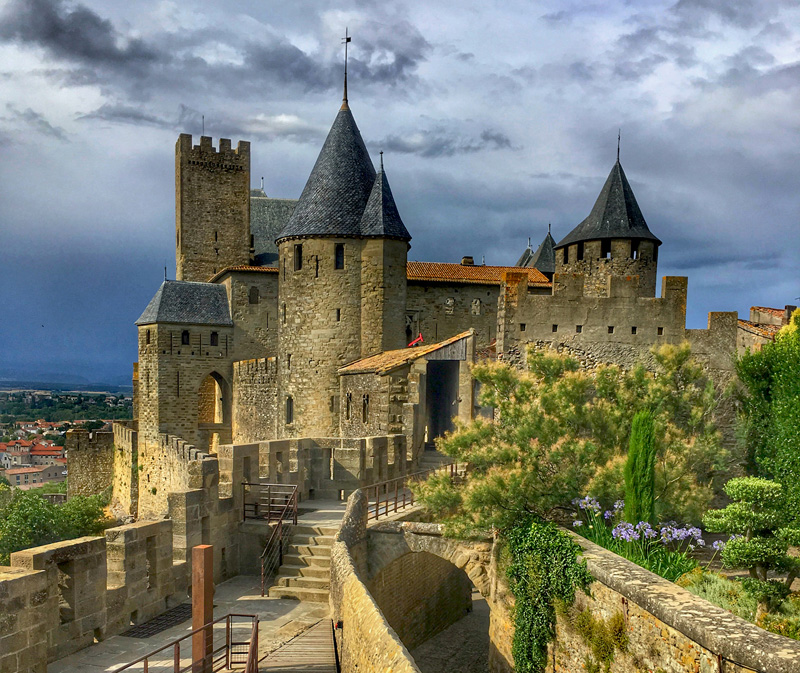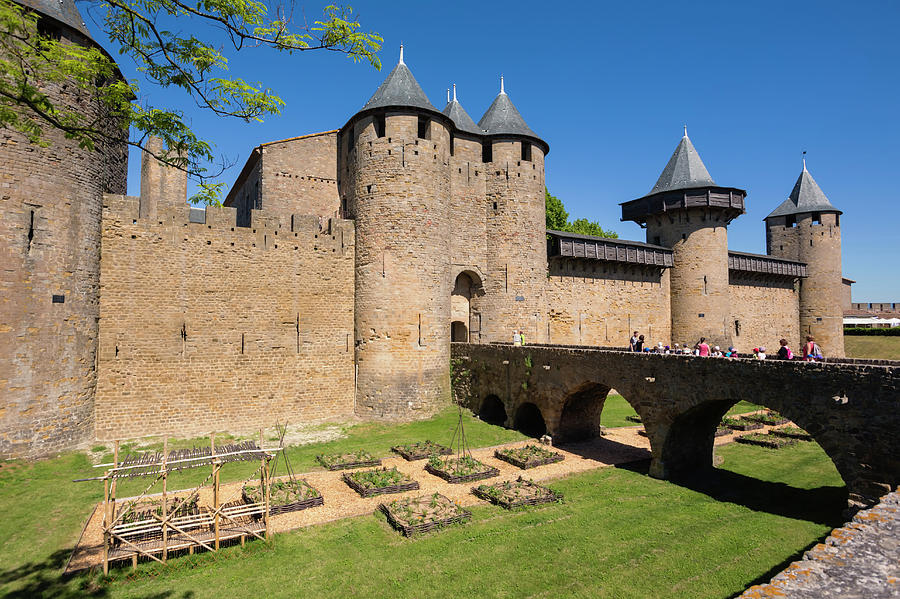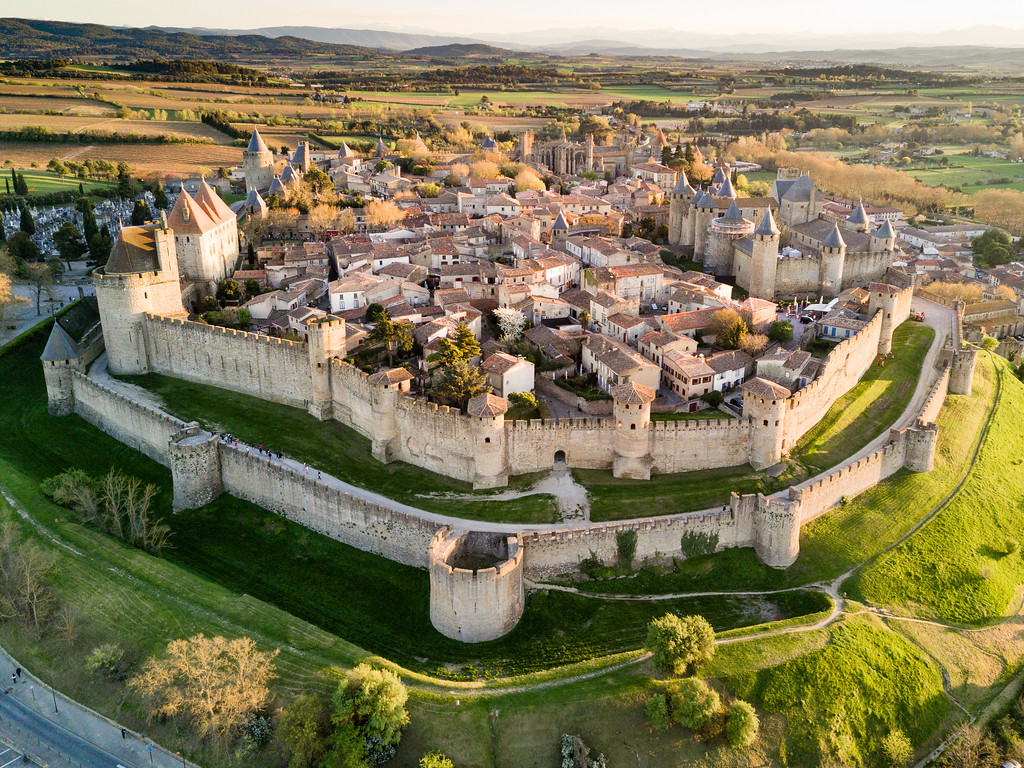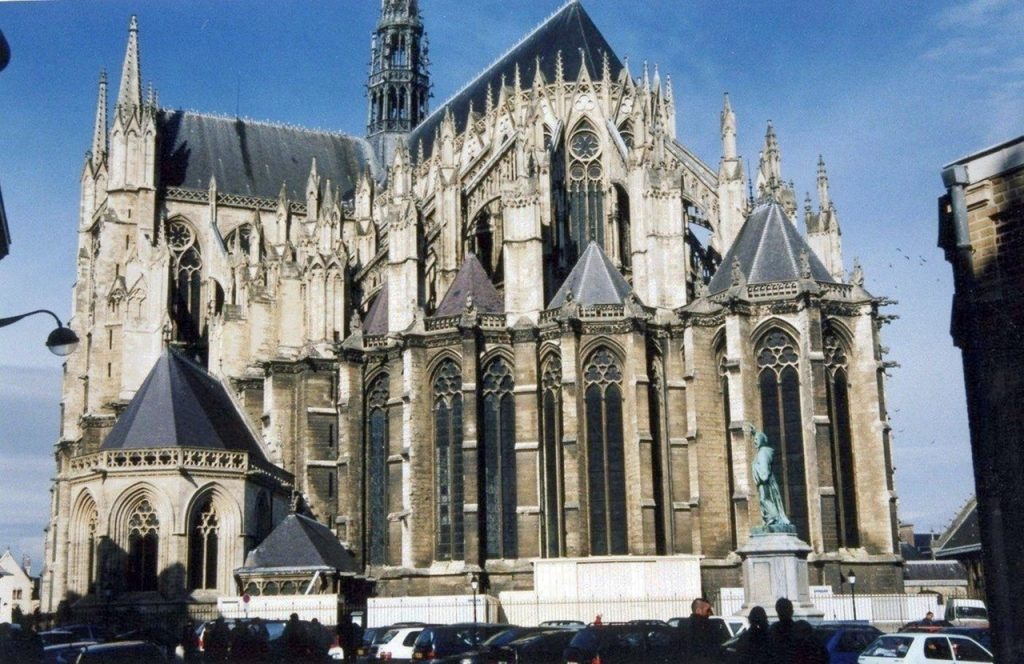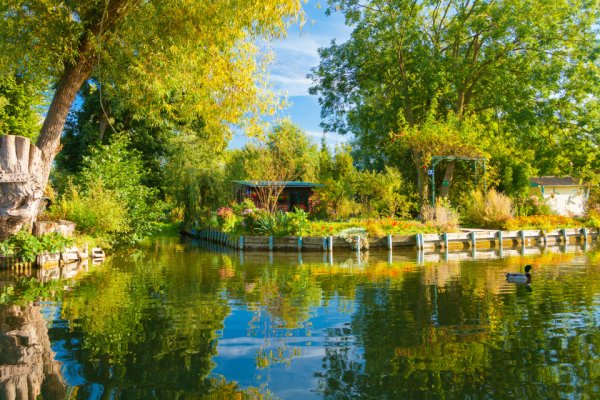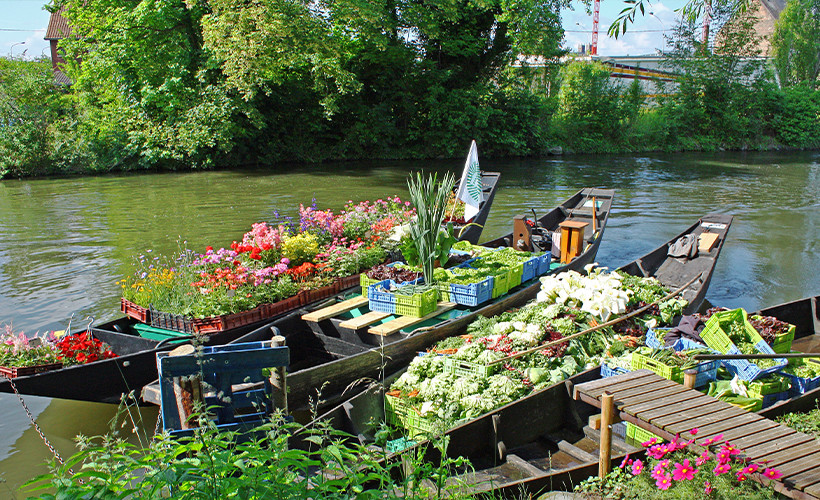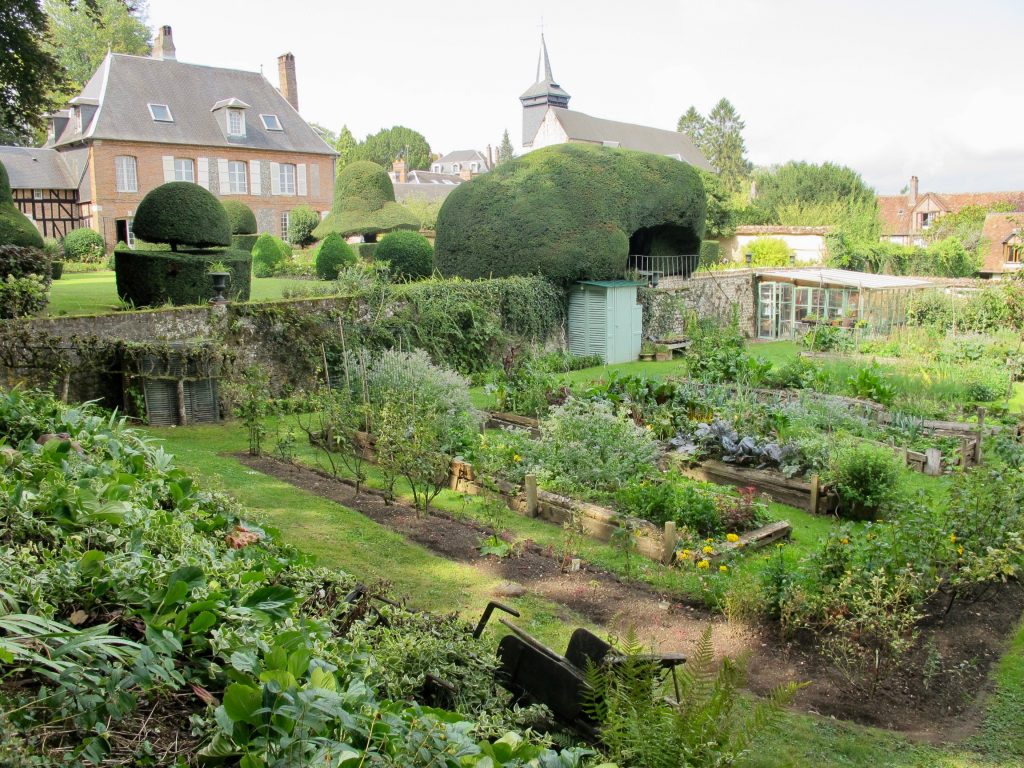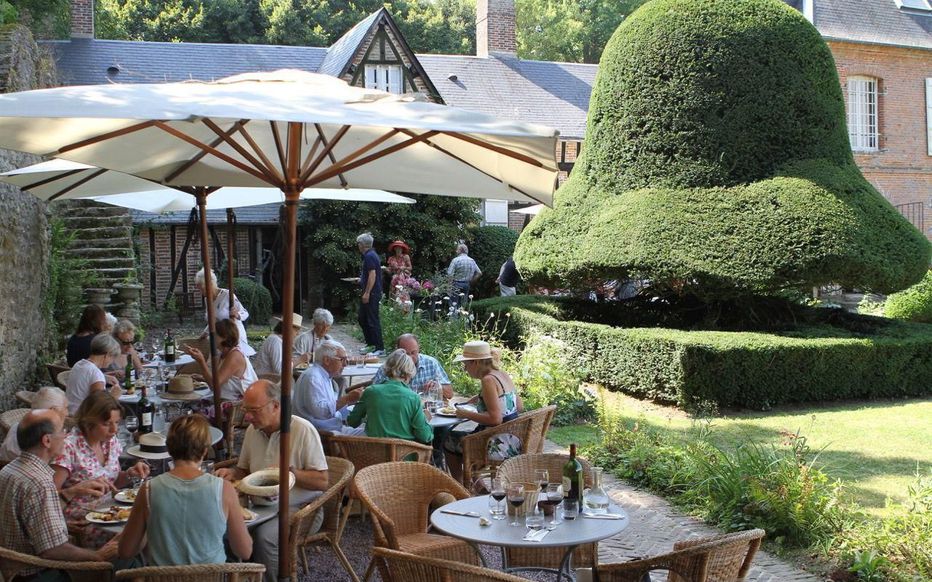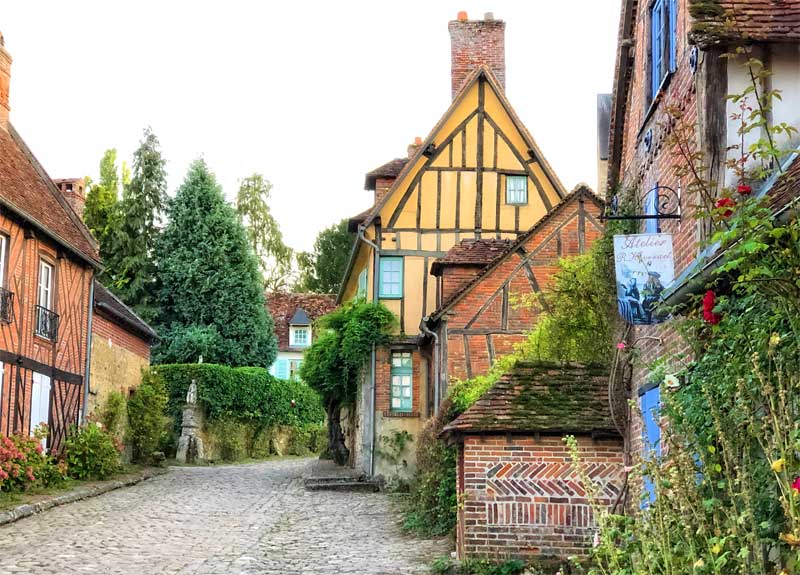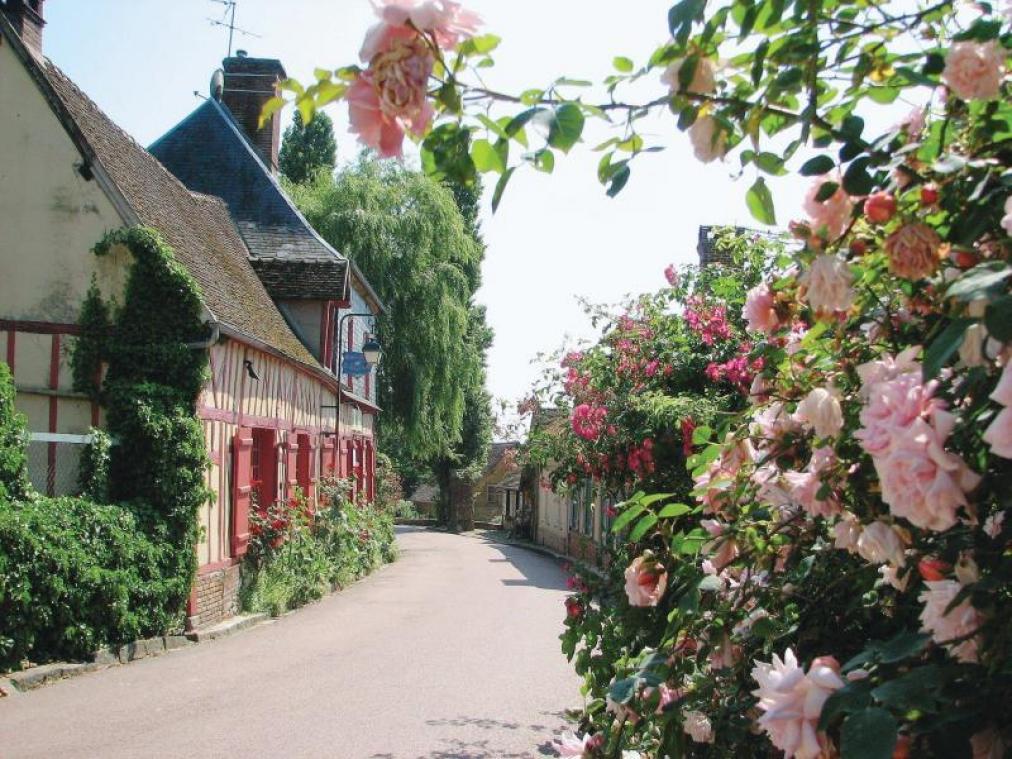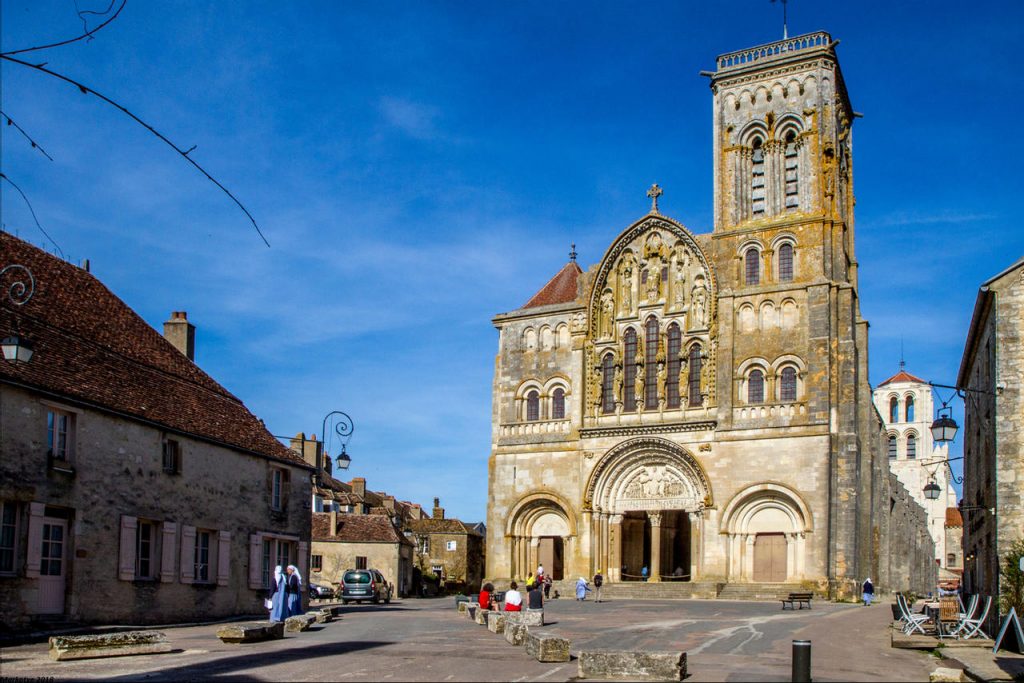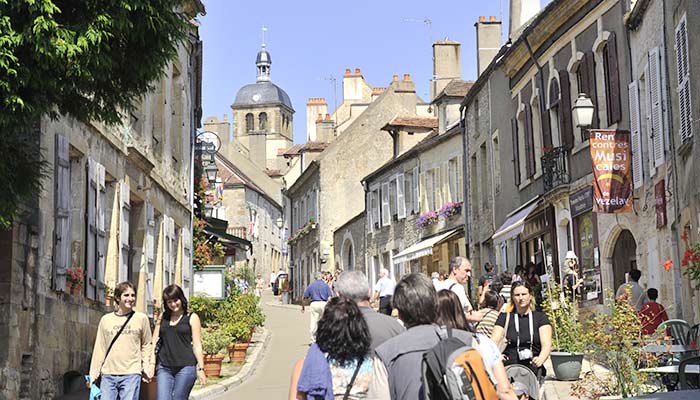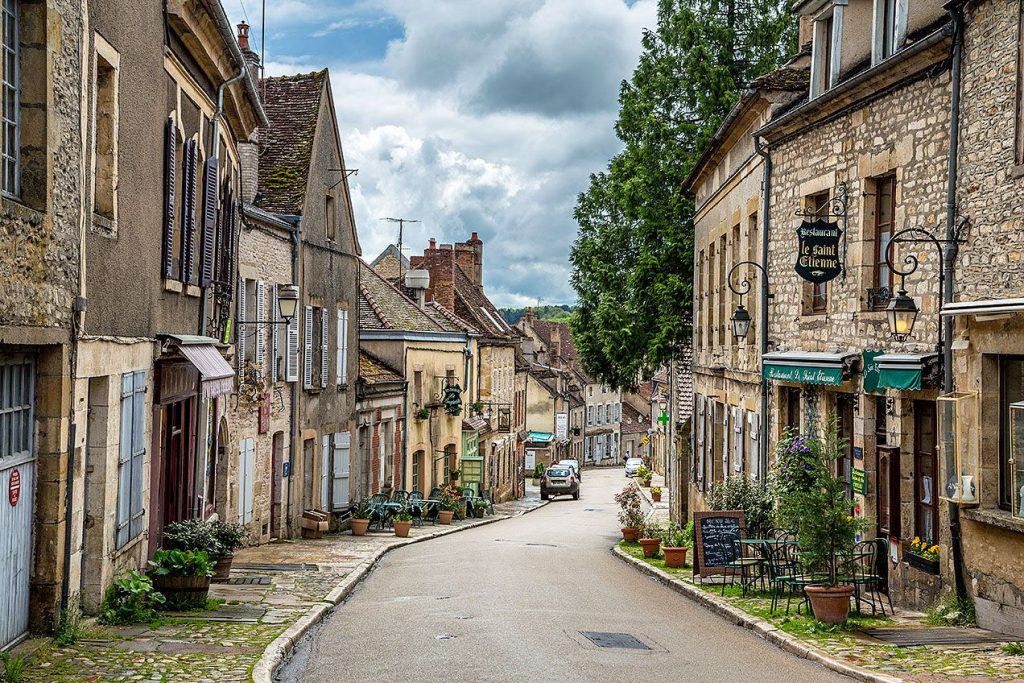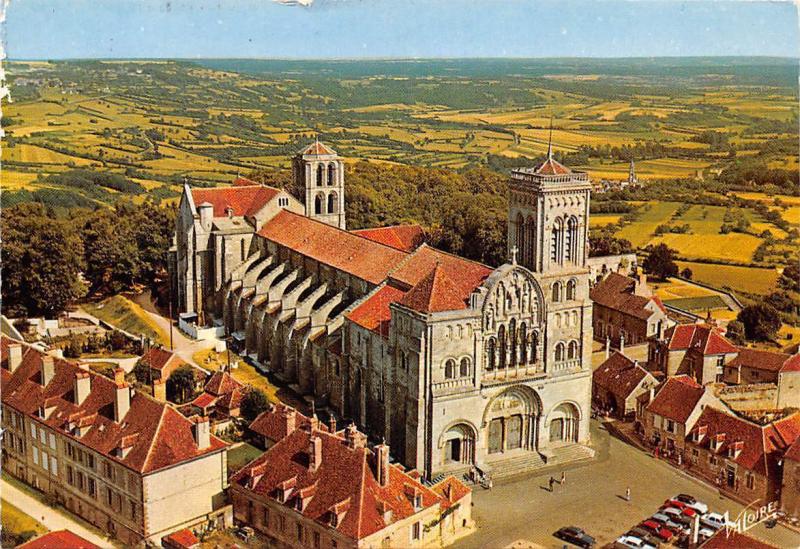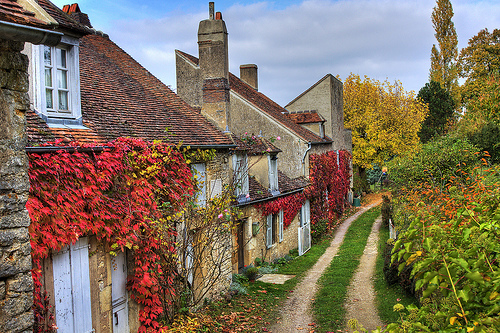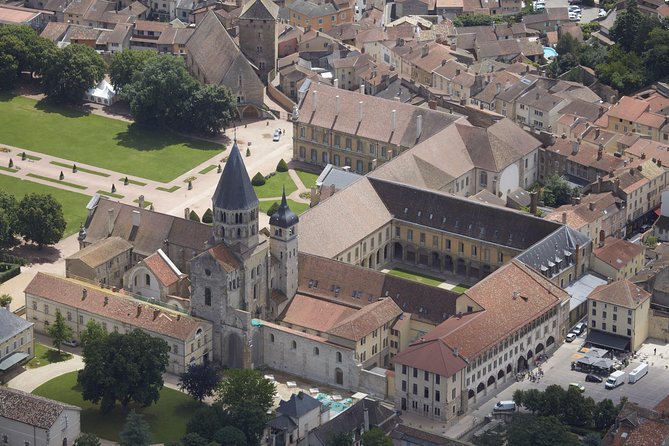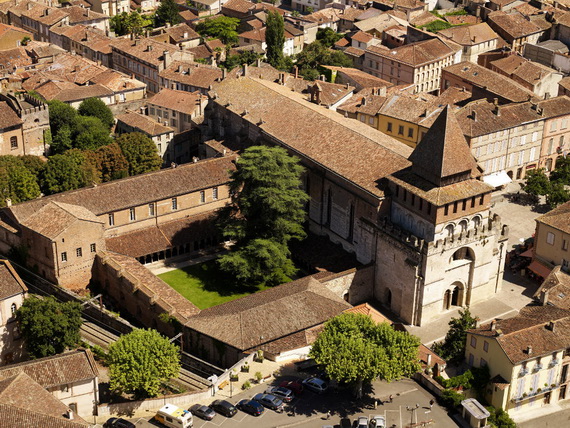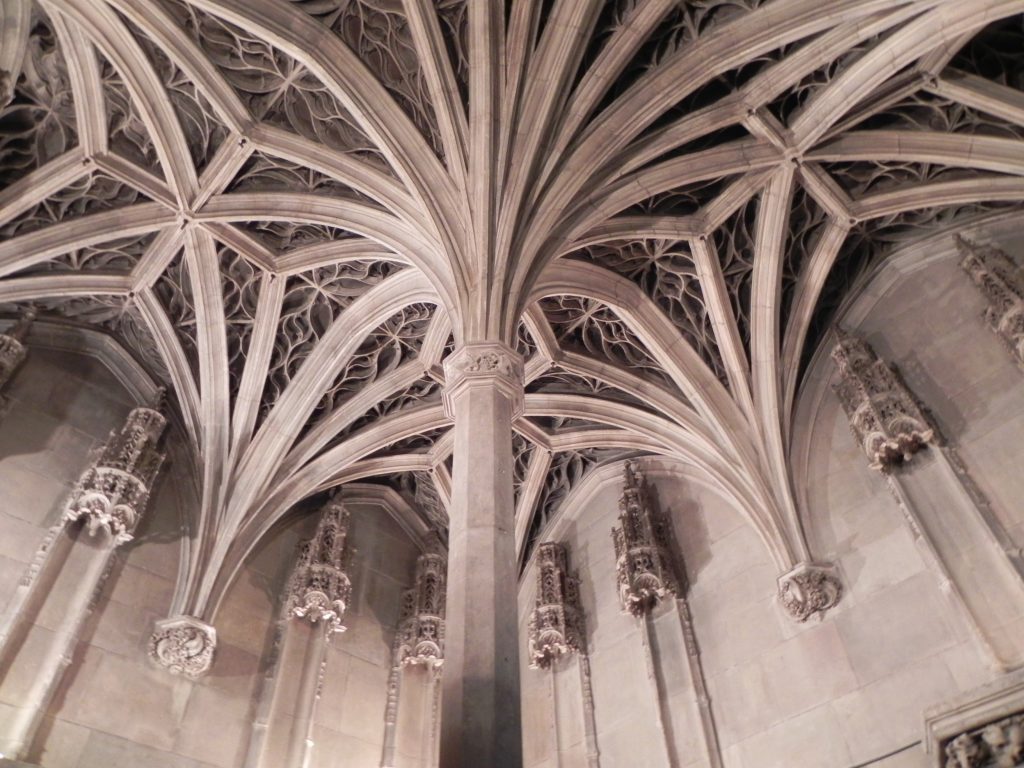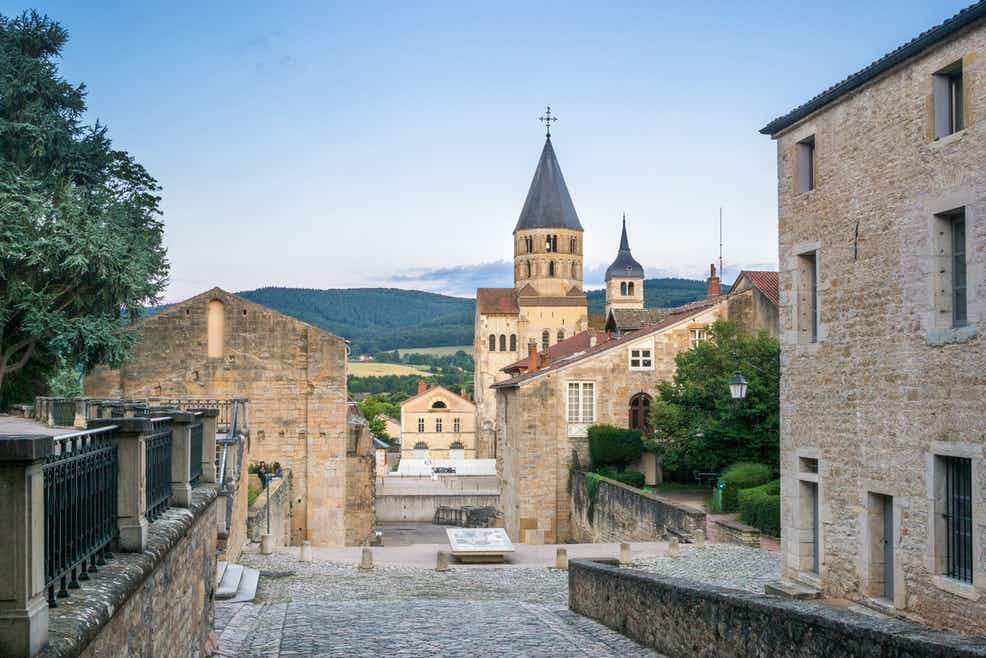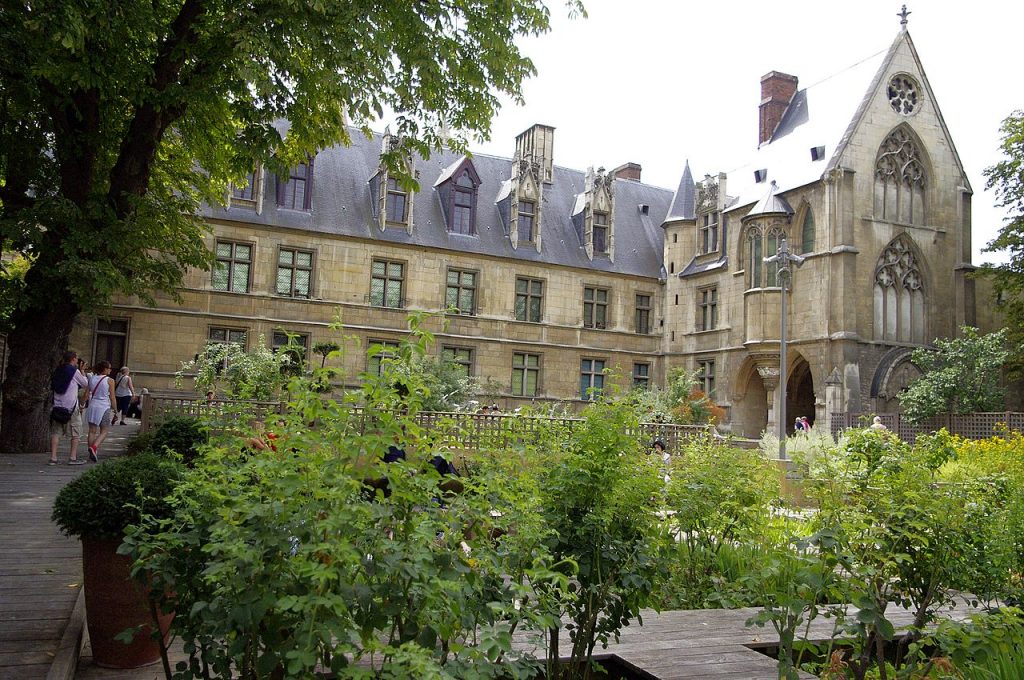
ASTE OF PARIS 2021.50 Chefs, Various Culinary Creations at Max. 12 Euro.A four day festival where you can sample some of the most delicious food in Paris in taster sized portions, served by the chefs themselves at their pop-up restaurants. Whether Michelin-starred, trend setters or future young talents, Taste of Paris warmly welcomes today’s most sought-after chefs to bring you a gourmet experience to remember.
Link: https://paris.tastefestivals.com/en/
https://youtu.be/QQlnz56TnAI
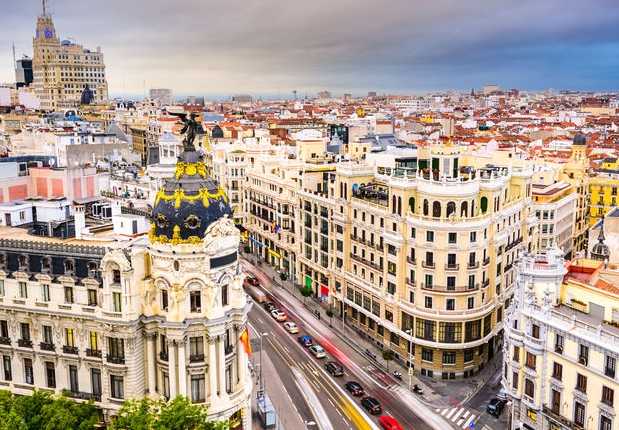
MADRID FACTS: A Captivating Capital
Madrid, Spain’s central capital, is a city of elegant boulevards and expansive, manicured parks such as the Buen Retiro. It’s renowned for its rich repositories of European art, including the Prado Museum’s works by Goya, Velázquez and other Spanish masters. The heart of old Hapsburg Madrid is the portico-lined Plaza Mayor, and nearby is the baroque Royal Palace and Armory, displaying historic weaponry… Spain’s dazzling capital is filled with intriguing stories and hidden secrets. These interesting facts about Madrid will definitely surprise you!
- Madrid is thought to be over 2000 years old. The Umayyad emir Muhammad I built an impressive fortress designed to protect the lands south of the river from incursions from the northern kingdoms of León and Castile in the 9th century. This later developed into a flourishing town. One of the most interesting facts about Madrid is that the old walls of the Muslim fortress can still be seen today.
- The name ‘Madrid’ might be over 2,200 years old…. There are more plausible theories that Madrid’s name actually has Roman ancestry. This is based on the fact that there had indeed been a Roman settlement called ‘Matrice’ right at the Manzanares River over 2,200 years ago!
- Madrid was founded around the year 860 A.C. A ruler that was known as Muhammed I chose to start a city in the region. Advantages being its good location and proximity to the Manzanares river, and its elevated position. This settlement turned into a fortress and then eventually became Madrid as it is known in the present day.
- The Moors were responsible for the initial development of Madrid. The Moors ruled Madrid through the 11th century. They left a complex irrigation system that allowed the agricultural industry to flourish. Perhaps you have read the famous poem, “Ay de mi Alhama”, which depicts the fall of Granada. This ultimately successful attempt of the Christian army to claim back the land marked the end of Moorish rule in Spain. It was the year 1086 when Alfonso VI captured back the area.
- Madrid’s name means ‘place of abundant water’. The etymology of Madrid’s name is shrouded in myth. According to legend, the original name of the city was ‘Ursaria’, a reference to the large number of bears that once inhabited the region. Some scholars believe it comes from a Roman settlement, ‘Matrice’, established on the Manzanares River. However, the earliest recorded name of the town is ‘Magerit’, from the Arabic meaning ‘place of water’, and this is the most likely explanation for how the city got its name.
- Madrid became the capital of Spain in the 16th century. Because of the central geographical position of Madrid and the abundance of water and game in its surroundings.
- Much of Madrid was built by the Habsburgs. This historical influence can be seen in many of the modern sites of Madrid, like Plaza Mayor. This center forms part of El Madrid de los Austrias, the old quarter of Madrid, which extends between the metro stops Sol and Opera. But the name isn’t random. For a brief history lesson, the Habsburgs was the royal dynasty that ruled the Holy Roman Empire, and the Spanish Empire was an ally of the Habsurgs. During the Siglo de Oro, or Golden Age, Spain experienced substantial economic growth.
- Madrid is not only a city, but a ‘state’. The southwest city, Toledo, was the original capital of Spain until the 1500s when Madrid earned the title. Spain had its regions separated into different categories. The Madrid region is one of the most successful parts of Spain and is seen as a crucial area for the entire European Union as well.
- It’s home to some of the best museums in the world. Madrid is an art-lovers paradise, and many visitors flock to the so-called ‘Golden Triangle’: the Prado Museum, the Thyssen-Bornemiszia Museum and the Museo Reina Sofia. Madrid was – and is – a European Cultural Capital. he city might first win you over with its overwhelming museums like the world-famous Prado, museum of 12th-19th century European and Spanish art, or the Reina Sofía Museum of Modern Art.
- The Coat of Arms of Madrid – a Bear and a Tree, standing broad and clear in the middle of Puerta del Sol. The coat of arms of Madrid is one of the most unique and strange emblems in the world, consisting of a bear reaching up to a strawberry tree, surrounded by the seven stars of the constellation ‘great bear’ (Ursa Mayor). The image of the bear had been linked to Madrid since the medieval period, when knights from the city rode into battle at Las Navas de Tolosa carrying a banner that depicted a bear. It is not known when or why the strawberry tree came to be associated with Madrid, although its Spanish name, madroño, bears some resemblance to madrileño, the name for Madrid’s inhabitants. Whatever the reason, this cute image is intertwined with Madrid’s history and identity, and you can see a statue of the bear and the tree today in Puerta del Sol!
- The Spanish King does not reside in the Royal Palace in Madrid. Even though the Palacio Real is still the official royal residence, the members of the royal family have been living and receiving guests in the petite Palace of Zarzuela since 1962. Situated at the outskirts of the city, all ceremonial events and official meetings with the current King, Felipe VI, have taken place in this rather modest royal mansion.
- Cibeles Fountain: you might be surprised to hear that the fountain has been designed to flood the Bank of Spain’s chamber of gold if anyone breaks in!
- The old Atocha train station is now a lush garden: the botanical garden is housed inside an abandoned section of Atocha train station. Filled with lush tropical flowers and rare trees and plants, a trip here is one of the best things to do in Madrid for a moment of serenity during a busy commute!
- Madrid is home to an ancient Egyptian temple. Temple of Debod, close to the Plaza de España. This enigmatic monument stood for thousands of years in Egypt’s Nile Valley before travelling to Madrid in 1968 as a thank-you gift for Spain’s assistance in saving historic Egyptian monuments during the flooding of the Aswan Dam.
- Madrid is the third (3rd) biggest city in the European Union in terms of peaking population numbers …. Right after the spectacular demographics of London (home to around 8.5 million people), Berlin (around 3.6 million inhabitants).
- It’s one of the highest capitals in Europe. Madrid lies at around 700 meters of altitude. There might be palm trees in Madrid, but fact is that the voluptuous city of Madrid lies at an astounding 667 meters above sea-level.
- It’s one of the greenest cities in the world: 300,000 trees and 6400 hectares of green space, it’s the second most sustainable city after Tokyo. It’s also home to more trees and green space per inhabitant than any other European city.
- It’s one of the sunniest cities in Europe. Madrid averages over 300 days of sunshine per year.
- Madrid is a city of students. Various of its many universities and business schools are counted as being some of the oldest and most prestigious learning facilities worldwide. For example, the economical Masters program of the University Charles III, is ranked on the list of the ‘Global top-50’; the founding of the Universidad Complutense dates back as early as the year 1293; the University of Salamanca, which is the oldest university in Spain and the fourth (4th) oldest in Europe, was founded back in 1218.
- It’s one of the most popular tourist destinations in Europe. Over 6 million visitors visit Madrid each year, to take advantage of the fantastic nightlife, world-class art galleries and museums, and stellar shopping.
- Madrid is one of the 4 richest cities in Europe. With an estimated GDP of 133 billion euros, sectors like government and technology are the most profitable for this local economy, and service jobs are the most prominent in Madrid.
- Madrid is the Financial Center of Spain.
- Madrid has the only monument of the devil in the world – located in the lush Retiro Park. Known as the ‘Fountain of the Fallen Angel’, and sculpted by Ricardo Bellver for the World’s Fair in Paris in 1878, it depicts the moment of Lucifer’s fall from heaven. The statue is known for the realism and anguish depicted on the angel’s face and it’s the only monument in the world to depict the devil in this way.
- The city is home to one of the best football clubs in the world. Football is a pretty much a national religion for madrileños and the city is home to one of the most successful clubs in the world: Real Madrid. It takes its name from the royal (‘real’) blessings bestowed on the club multiple times over the course of the 20th century (which may also explain its incredible success!)
- Madrid is home to the oldest restaurant in the world: Restaurante Botin, founded in 1725, is officially the oldest restaurant in continuous operation in the world! It’s known for fantastic local delicacies such as suckling pig, a dish that Ernest Hemmingway wrote about in glowing terms when he visited back in the 1920s.
- Spanish roads start in Madrid. You might have heard ‘all roads lead to Rome’, but it seems in Spain all roads lead from Madrid. If you visit the Puerta del Sol you’ll see a small sign in the square showing Kilometer 0 with the 6 main roads branching off from Madrid.
- Madrid’s metro system is one of the largest in Europe. Public transportation in Madrid is known for being one of the largest and most efficient metropolitan networks.
- The city is home to the biggest seafood market in Europe, and the second (2nd) largest in the world (Tsukiji Fish Market in Tokyo takes that prize!). Unfortunately MercaMadrid isn’t open to the general public. Considering how far Madrid is from the coast, it’s surprising to have such an epicentre for seafood in the heart of the country!
- Madrid Has a Large Bullfighting Arena. It can seat as many as 25,000 people and is quite a sight to behold.
- Madrid holds an annual Flamenco Festival. Since 2005, Suma Flamenca is an important festival that showcases many dancers, singers, and guitar players. The event is based out of Teatros del Canal and spreads out into more of the city as well. The event takes place in June and is one of Spain’s finest flamenco events.
- Madrileños take their siestas seriously. The Spanish prefer to sleep for a few hours after lunch before returning to work. This means that stores may be closed from about 2 to 5pm. But, they usually open again until around 8 or 9pm.
- Madrileños are known as ‘cats’ (Gatos) because they stay out all night. Madrid is known throughout Europe for its buzzy nightlife.
- You Can Find Churros at Any Time in Madrid. Churros dipped in chocolate are one of those popular snacks commonly found in Spain.
- You can see the skeleton of one of the tallest Spaniards of all time. Born in 1849 in Puebla de Alcocer in Extremadura, Augustín Luengo Capilla grew to a height of 7 feet and 8 inches (roughly 2m.33), making him one of the tallest Spaniards on record. His skeleton was given to the head of the National Museum of Anthropology (with Augustín’s prior consent), and it remains on display in the museum today, alongside countless other fascinating human artefacts.
- The Golden Mile of Shopping is located in Salamanca, Madrid.
- Madrid is the birthplace of multiple celebrities. (Actress and Oscar winner Penelope Cruz and the pop singer Enrique Iglesias).
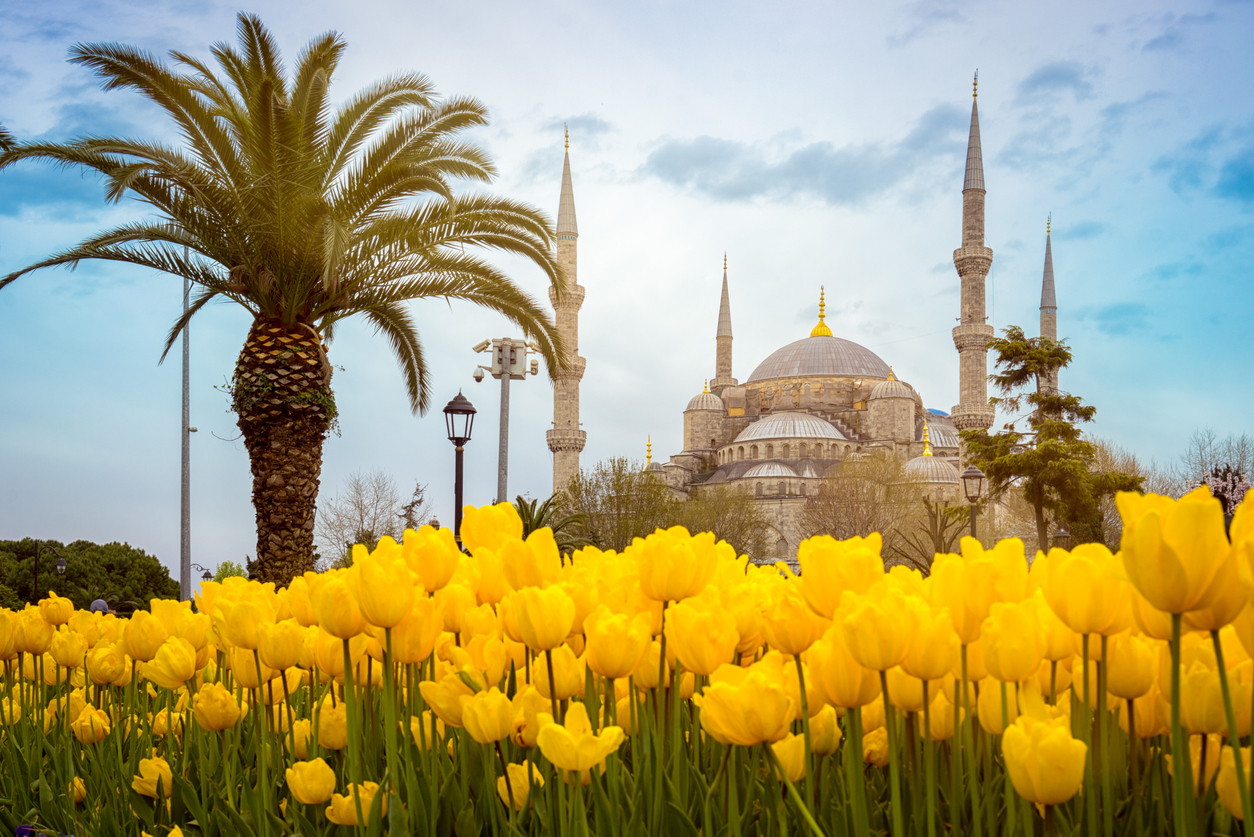
TURKEY Facts
Istanbul, a masterpiece of Cultural and Archaeological Treasures: Hagia Sofia, Blue Mosque, Topkapi, Bosphorus and other unique historical inheritances….. Explore Byzantine wonders, Binge on Shopping, spin with the Whirling Dervishes….
- Istanbul is the only city in the world that straddles two continents: Asia and Europe. The historic center is located in the European side of the city (3% of Turkey). 77% of the country is on the Asian side. The Bosphorus divides the city and links the Black Sea to the Marmara Sea. Cross the 2 continents through the Galata bridge.
- Istanbul is home to 3113 mosques.
- Istanbul, being the ancient capital of many empires (from Rome to the Ottoman era), is not the modern capital. Ankara is. Ankara declared the republic’s capital by Mustafa Kemal Atatürk in 1923.
- Istanbul, named as Constantinople by the Roman Emperor Constantine the Great, is built on seven hills like Rome.
- Istanbul is Turkey’s largest city with more than 13 million people – 99% are Muslim.
- Recent evidence suggests that people have lived here for 8500 years.
- Turkey’s gift to the world: Tulips. Tulips, the symbol of Holland, originated in Istanbul and were sent from Istanbul to Netherlands. The first tulips bulbs were sent from the Ottoman Empire to Vienna in 1554; later sent to Augsburg and Amsterdam. It was the Dutch ambassador, at the times of Süleyman’s court, who returned to Amsterdam with a clutch of tulip bulbs. In April there is a week-long festival in Istanbul to honour the national flower; concerts, arts events…
- The Grand Bazaar is the biggest old covered bazaar in the world, with over 3.000 shops, covering 61 streets.
- British author Agatha Christie wrote her famous novel “Murder on the Orient Express” at Pera Palas Hotel in Istanbul.
- Originally named the Tower of Christ, the Galata Tower was built in 1348 at the apex of fortified walls and was used to house prisoners of war. Later it became an observatory that offers a 360-degree view of the city
- Istanbul was the inspiration of several authors, like Paul Theroux, Ernest Hemingway, other.
- The 4 bronze horses of the San Marco Cathedral in Venice, were taken by the crusaders from Constantinople in the 13th century.
- Istanbul has the 3rd oldest subway in the world, built in 1875. 573-meter long and located in Beyoglu district. There is a tunnel under the Bosphorous connecting Marmaray rail system between Asia and Europe.
- Hagia Sophia was the largest church in the world. It lost its status for about 900 years until the Seville Cathedral was built in 1520. Hagia Sophia collapsed and was rebuilt three times since the 4th century AD.
- The Whirling Dervishes is thought to be a path to reunion with God.Leonardo da Vinci envisioned a bridge over the Bosphorus, 471 years before the first one was built.
- A 19th century French poet and traveller, Alphonse de Lamartine once said, “If one had but a single glance to give the world, one should gaze on Istanbul”.
- The first ever Christian church was located in Antioch, Turkey. St Peter’s Grotto, located outside Antioch, known now as Antakya, is believed to have been created by Jesus’ disciple Simon Peter. This makes it the oldest place of Christian worship in the world. If you’re looking for more churches in Turkey, head to the southeast of the country. Diyarbakır and its surrounding area are peppered with some fine religious monuments such as St. Mary Church.
- Santa Claus was born in Patara, Turkey. St Nicholas – the historical figure behind the man we know as Santa Claus – was born in Patara, Turkey in around 300 AD. People believe he performed miracles, saving sailors from sinking ships, a Holy man. Not only did tales of his generosity become the basis for Santa Claus, but St Nicholas also became one of the patron saints of sailors.
- Topkapi Palace in Istanbul is home to Ottoman sultans and their court til the middle of the 19th century.
- Turkey is the birthplace of Aesop, Herodotus and St. Paul the Apostle. Paul the Apostle (known as Saul) was born in Tarsus. Aesop, the famed Greek storyteller grew up in Thrace on the Black Sea (now Nesebar). The Greek historian Herodotus, was born in what is now Bodrum.
Turkey is responsible for 75% of the world’s hazelnut exports.
- There are over 30 languages spoken in Turkey including Kurmanji (Northern Kurdish), Mesopotamian Arabic and Zazaki.
- It’s officially illegal to wear a Fez in Turkey.
- Turkey’s Black Sea coastline stretches for 1,175 km. (equivalent to the driving distance between London and Venice). Trabzon, a romantic city with medieval landmarks is a Must-visit. Sinop is one the most beautiful parts of the Black Sea coastline.
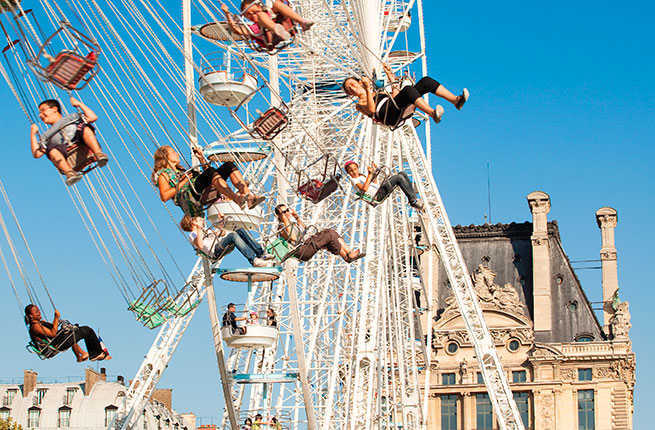
PARIS, Things to Do
Paris’s streets are lined with so much, it’s hard to plan an itinerary. Here’s our list of what you can’t miss, whether you’re an art lover, a history buff, or a serious shopper.
JARDIN DU LUXEMBOURG
Located in the heart of the 6th Arrondissement, the famous Jardin du Luxembourg is an inviting green oasis. Have romantic strolls, picnics, jog, play pétanque or admire the mash-up of English, Italian, and French landscaping influences.
MUSÉE DU LOUVRE
The most-visited museum in the world. The former royal palace is now the magnificent home of some of the world’s most iconic artworks. It houses around 38,000 artefacts including Mona Lisa, Venus de Milo.
PALAIS GARNIER
The pinnacle of Napoleon III architecture, the resplendent Palais Garnier opera house is opulent from every angle. The facade is covered with ornamentation and busts. L’Harmonie and La Poésie, the two gilded copper statues flank the entrance. Admire the iconic lobby’s Grand Staircase, a triumph of decadent Parisian design. Admission costs about 14 euros, but worth every penny.
PALAIS-ROYAL
The Palais-Royal complex is in some ways Paris in a nutshell: shops, cafés, art, history, architecture, bureaucracy, and spectacular gardens. Located across the street from the Louvre. Don’t miss the Insta-famous Colonnes de Buren art installation in the inner courtyard.
JARDIN DES TUILERIES
This sprawling, spectacular park is the beating heart of Paris’ public spaces. It stands proudly between the Louvre and Place de la Concorde, and along the Seine’s Right Bank in the 1st Arrondissement. Tuileries Garden (“Jardin des Tuileries”) has a long impressive history: from its inception as an aristocratic playground (16th century), to becoming a public space (17th century), to serving as the site of numerous French Revolution combats (18th century). With more than 55 acres (0.22km), the park offers plenty of room to stroll and lots of photo ops. Keep an eye out for Auguste Rodin’s iconic “Le Baiser” (“The Kiss”) on the West Terrace.
ARC DE TRIOMPHE
The Arc de Triomphe was commissioned by Napoleon in 1806 to celebrate his victory at the Battle of Austerlitz. Climb the nearly 300 steps to the top for some of the best views of Paris, with clear vistas straight down the Champs-Élysées all the way to the Louvre.
PANTHÉON
Panthéon, the gorgeous neoclassical architecture is designed by Jacques-Germain Soufflot in 1757. It began as a replacement to the original Church of Sainte-Geneviève. Visit the final resting places of Victor Hugo and Marie Curie. Marvel at Foucault’s Pendulum, tracing the path of the Earth. The vibe in the crowd is a mix of awe, reverence, and curiosity.
GRAND PALAIS
There’s a reason Chanel holds its runway shows in the nave of this stately Beaux Arts museum-exhibition space, which is all done up in glass, stone, and steel. An emblem of French grandeur and architectural prowess. Originally built as an exhibition hall for the World’s Fair of 1900, today the Grand Palais hosts legendary fashion shows, theatrical performances, sporting events like the Saut Hermes, food and literary festivals, and temporary artistic exhibitions. With its glass dome, visible from far across the river, the Grand Palais is a must-visit cultural destination in Paris.
PALAIS DE TOKYO
The Palais de Tokyo is the largest center for contemporary art in Europe. Opened in 2002, its mission is to celebrate living artists across multiple disciplines. As part of the renovation of the building, the 1937 structure was stripped back to the original concrete… Visitors should start their exploration in the subterranean levels, where large-scale graffiti works are on display, and end with a drink at Les Grands Verres.
MUSÉE D’ORSAY
Musée d’Orsay is the second-most-visited museum in Paris. … wander among masterworks of Degas, Cézanne, Manet, Renoir, and Monet.
PHILHARMONIE DE PARIS
The Philharmonie de Paris is a striking contemporary building, designed by Jean Nouvel and opened in 2015. It is located within the Cité de la Musique complex in the Parc de la Villette. The building breaks with all the design conventions of traditional symphony halls, favoring pod-like boxes inside the theater, a stage in the round, and an undulating metal façade.
FONDATION LOUIS VUITTON
Opened to the public in 2014, the Fondation Louis Vuitton is a newbie in Paris’s cultural scene—but it arrived with a bang. Star American architect Frank Gehry designed the building, which looks like a magical sailboat afloat on a man-made lake in the Bois de Boulogne. Thanks to the spectacular architecture and blockbuster exhibitions, the museum is bustling at all times, despite its location in the far-western 16th Arrondissement.
MUSÉE PICASSO PARIS
The Hôtel Salé alone is reason to visit, but of course the real draw is Picasso’s oeuvre….The museum is centrally located in the bustling Marais, so it’s easy to work the Musée Picasso into a day out shopping and dining.
MUSÉE DU QUAI BRANLY-JACQUES CHIRAC
The Musée du Quai Branly-Jacques Chirac is perhaps best known for its unusual design by Jean Nouvel. The exterior of the building almost seems alive with plant walls and wild gardens. The modern structure stands in sharp contrast with the treasures housed inside: ancient art and artifacts and relics of bygone civilizations.
CENTRE POMPIDOU
When the Centre Pompidou opened in 1977, it was a radical (and controversial) design for a museum—all industrial pipes and open glass views of Paris. Forty-plus years later it’s the undisputed grande dame of Paris’s contemporary art world. Within the massive 100,000-piece collection that stretches back to 1905, you’ll find everything from Picassos to video installations.
BASILIQUE DU SACRÉ-COEUR DE MONTMARTRE
Sacré-Coeur is a Catholic basilica that sits on the highest hill in Paris, in the Montmartre neighborhood. Its height is topped only by the Eiffel Tower. The basilica’s distinct white travertine façade gives the Romano-Byzantine structure a unique look among Parisian monuments.
MUSÉE RODIN
Auguste Rodin lived in the Hôtel Biron in the later stage of his life, where the gardens inspired some of his work. The former home opened as a museum to the public in 1919, almost 200 years after it was built for a wealthy financier. … the large gardens showcase his most famous bronze sculptures, like “The Gates of Hell” and “The Thinker.”
INSTITUT DU MONDE ARABE
The Institut du Monde Arabe is an iconic building, designed by Jean Nouvel. The light dances in and around the building, which hosts a rotating selection of art, exhibits, performances, workshops, and cultural events.
EIFFEL TOWER
Gustave Eiffel’s controversial fashioned-iron mesh tower has been polarizing Parisians since its inception in 1889 for the World’s Fair. The structure anchors one end of the expansive Champ de Mars. Jules Verne, the second-floor restaurant, is a Michelin-starred (and pricey) institution, as is the tiny Champagne bar at the top.
https://www.cntraveler.com/contributor/melissa-liebling-goldberg
Other LINKS
https://www.intertravel-agency.com/2019/08/20/best-restaurants-in-paris/
https://www.intertravel-agency.com/2021/03/25/france-french-towns-villages/
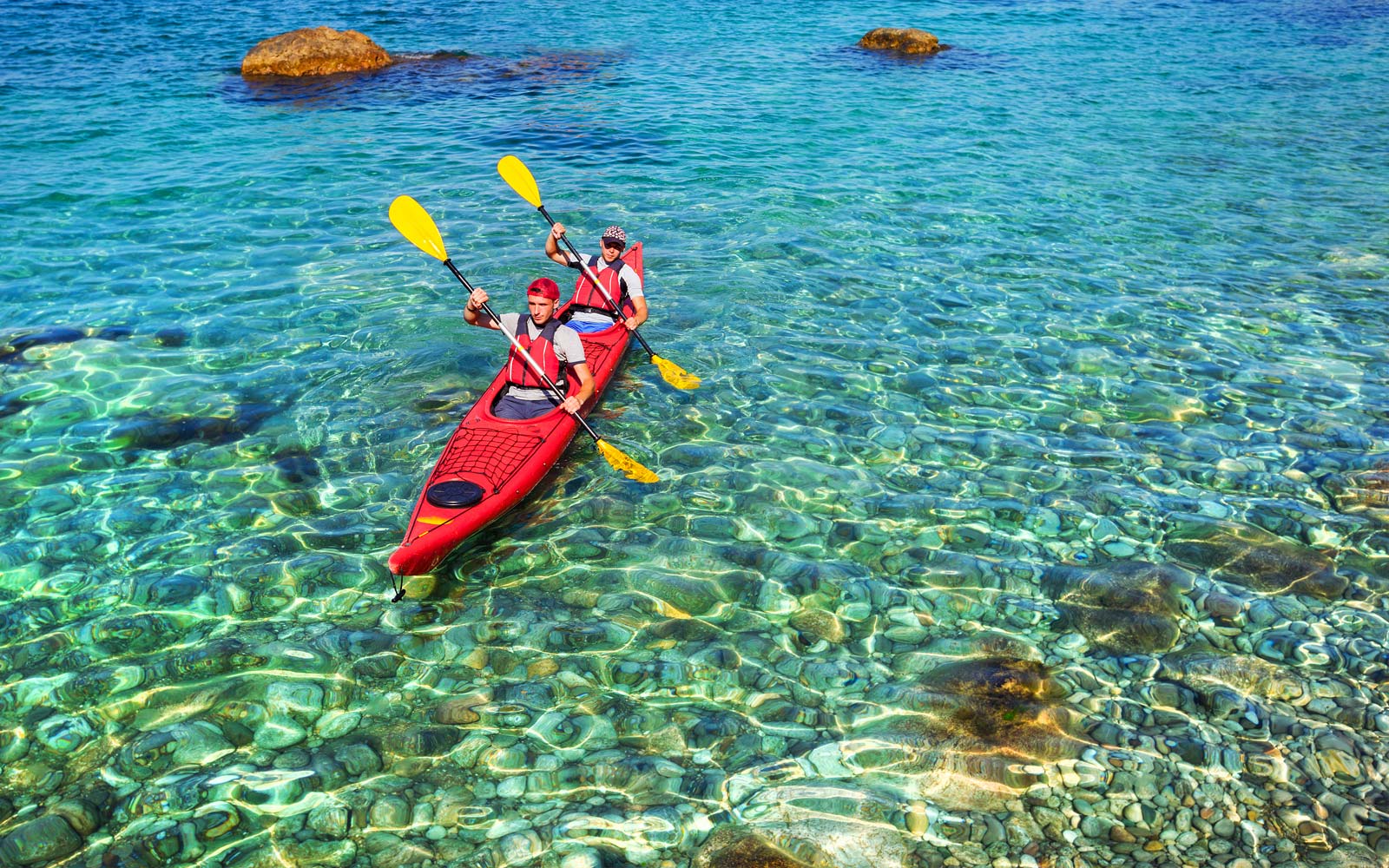
MALDIVES Facts
- Maldives has a collection of thousands of tiny coral islands: 26 atolls and 1190 islands. 200 are occupied.
- It is the flattest country on the globe i.e. lowest nation.
- The islands extend more than 820 km from north to south; and 130 km from east to west.
- Ranked among the best diving destinations in the world, with over 60 local dive sites.
- Known as “the tropical paradise”. The sea covers 99% of the Maldives, with clearest cleanest water ever.
- The world’s first underwater cabinet meeting was held in the Maldives.
- The islands have been inhabited for over 3,000 years.
- It is one of the most vulnerable countries on Earth. With rising sea levels, some 200 natural inhabited. islands could be submerged by 2100.
- Average annual temperature varies from 24 to 30 °C.
- It has a strict constitution.
- The Dhonis: old Maldivian boats used for moving around and for fishing.
- The Coconut Tree (used for shades and to make the dhonis)
- Fish abound in the reefs, lagoons, and seas adjoining the islands; sea turtles are caught for food and for their oil, a traditional medicine.
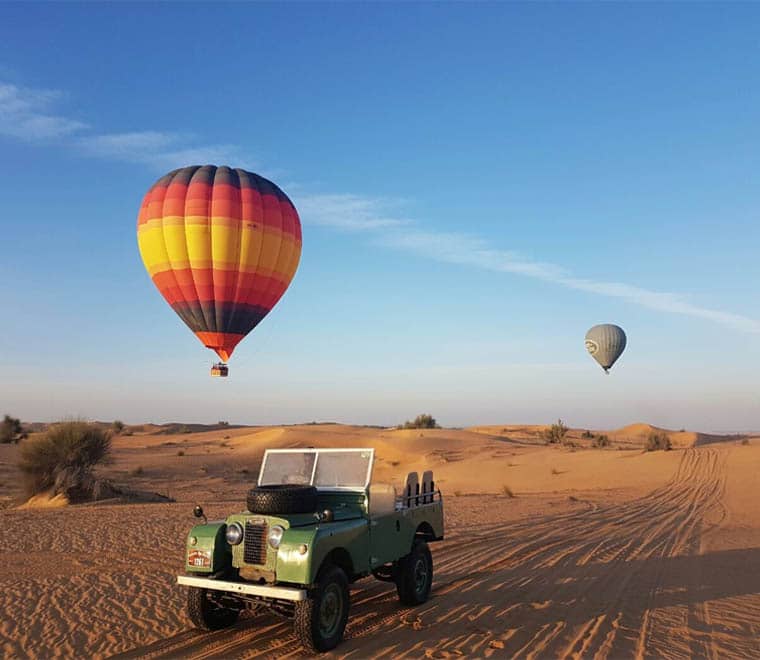
DUBAI, Things to Do
Sometimes it seems like Dubai is all malls and air-conditioning, but this sprawling desert city has a new and exciting influx of cultural institutions, galleries, and shopping complexes all focused at luring in a new generation of visitors. Whether your idea of an adrenaline rush is jumping out of a plane or watching the city’s dramatic fountains gush 500 feet in the air, almost anything is possible in this city, and we have the list to prove it. Here are our picks for some of the best things to do in this Middle Eastern hot spot.
ACTIVITY
DUBAI FRAME
Designed to represent a metaphorical connection between the old and new city. Dubai Frame is said to be the largest picture frame in the world. The giant, glistening gold frame stands nearly 500 feet (152m) tall and boasts panoramic glass lifts that shuttle guests to the top. Guests can walk on a clear glass walkway along the entire 313-foot (95m) width. Tickets can be purchased online or at the venue and cost between $5 and $14 (children under 3 and visitors with special needs or disabilities can enter for free).
XLINE DUBAI MARINA
Fly belly-down across highways, skyscrapers, and swimming pools through the city of Dubai with XLine Dubai. It is one of the longest, steepest, and fastest urban zip lines in the world. From a height of 560 feet (171m) with speeds up to 50 miles per hour (80kmh), riders soar from the Jumeirah Beach Residence to Dubai Marina, passing once-in-a-lifetime views along the way. There’s even an option to ride tandem with friends.
SKI DUBAI
In the middle of a mall in the desert, the third (3rd) largest indoor ski slope in the world is a sight to behold. … Families with kids can enjoy the various rides and penguin visits instead of skiing.
AL MARMOOM CAMEL RACE TRACK
A popular heritage destination, Al Marmoom draws camel racing enthusiasts of all stripes, local and otherwise. An experience representative of Middle Eastern culture that dates back to the 7th century. Races start between 7 a.m. and 9 a.m.—and that commentary and announcements are made in Arabic.
KITE BEACH
Like a Miami beach with its wide stretch of sand, aquamarine water, beach chaises, and various activities: volleyball, give kite-surfing a try ….
AL FAHIDI HISTORICAL NEIGHBORHOOD
This quaint neighborhood offers a glimpse into what Dubai was like before the Emirates were formed in 1971. Traditional buildings crafted from stone, palm wood, gypsum, and teak line the twisted alleys and pathways—history and architecture buffs will love getting lost here. The neighborhood is a quiet retreat from the traffic and skyscrapers of the city, and the labyrinth of lanes make this place feel like you’re in a secluded village.
AT THE TOP, BURJ KHALIFA
The world’s tallest building is, unsurprisingly, visible from almost everywhere in Dubai. Visit the top of the 160-story.
AQUAVENTURE WATERPARK
Now considered the world’s largest waterpark thanks to its recent extension. Trident Tower, its newest arm, features the largest kids-only waterparks in the Middle East—Splashers Lagoon and Splashers Cove. Aquaventure contains more than 30 slides and attractions, including the emirates’ longest lazy river, some thrilling rides (including the Leap of Faith and Poseidon’s Retreat), and a private beach. There are also record-breaking waterslides to get the adrenaline pumping; Splashers Park and the Lazy River for families; and opportunities that encourage up-close-and-personal interactions with stingrays, dolphins, and sea lions.
JUMEIRAH MOSQUE
The only mosque in Dubai that’s open to non-Muslim visitors, it is of the most beautiful in the Emirate, crafted entirely from white stone in the medieval Fatimid style.
LEGOLAND DUBAI
..60 interactive rides and 15,000 Lego models are disposed at the entrance. It is a Children’s paradise (between 2 and 12 years), the theme park was created from 60 million Legos and encompasses 6 lands, indoor and out.
ETIHAD MUSEUM
This ultra-modern museum offers a comprehensive look at the formation of the seven Emirates that make up the UAE. It draws a diverse crowd of UAE nationals and history-buff tourists.
THE DUBAI FOUNTAIN
The world’s tallest fountain puts the ones in Vegas to shame. Multiple fountain shows are scheduled every day, shooting 22,000 gallons of water up 500 feet (152m) in the air within the 30-acre Burj Lake.
AL SEEF
… The 1.1-mile precinct that hugs the Dubai Creek is split into two areas: one dedicated to the past and another to the future. Meander through the charming laneways, stop and have a coffee or a meal at one of the many restaurants and cafes, or simply sit and watch the activity on the creek from one of the tranquil public spaces.
SKYDIVE DUBAI
If free-falling over Dubai at 120 miles per hour sounds like your idea of a good time, Skydive Dubai has you covered. Beginners can jump in tandem with experienced guides. Licensed divers can take the plunge solo. A tandem flight from Skydive Dubai’s location on The Palm costs nearly $600—but it’s worth it if you’re a thrill-seeker who’s not afraid of heights.
DUBAI OPERA HOUSE
Dubai’s state-of-the-art opera house receives rave reviews for its futuristic design and breathtaking location in front of the Burj Khalifa and the city’s famous fountains. The multipurpose theater hosts a variety of programming aside from opera.
AL SHINDAGHA MUSEUM: PERFUME HOUSE
Positioned on the Dubai Creek within the recently renovated Al Shindagha neighborhood (once the traditional center of the emirate), the Perfume House offers the opportunity to discover the ages-old methods of Arabic perfume-making. You’ll learn about the region’s perfume-trading route, and explore the traditional oils and ingredients used to make local scents (including oud, saffron, and specific roses).
ABRA RIDE ACROSS DUBAI CREEK
Riding an abra, or traditional wooden boat, is one of the most low-key ways to get a feel for life in Dubai. The boats gather on either side of Dubai Creek—in Deira or Bur Dubai—and can carry about 20 people. Given that it’s quick and cheap, an abra ride is a must if you plan on spending any time at all in Old Dubai or visiting the QE2.
FLYING WITH FALCONS BY BALLOON ADVENTURES DUBAI
In this private adventure experience, the only other person in your balloon is the pilot, who is an expert balloonist and falcon handler. Guests are picked up from their hotels and driven out into the desert. The aerial views of the desert are some of the most spectacular you’ll see. Not only is the rolling landscape incredible but it is possible to see Oryx and camels strolling the desert below. … Bookings are required.
EXPO 2020 DUBAI
Built to host the World Expo, this 483-hectare site is situated between the emirates of Dubai and Abu Dhabi and is twice the size of Monaco. Open for visitors to explore before the six-month event from October, the site will host 190 country-specific pavilions and offer plenty of innovative experiences. Take in everything from world-class architecture, outdoor performances, the world of flavor exhibition, arts and culture displays and spend some time in the Sustainability Pavilion where you can wander through forest roots or dive into the depths of the ocean.
Pictures from top to bottom, Left to Right: The Frame I Frame Interior I XLine I Camel Race I Kite Beach I Al Fahidi I Legoland I Aqua Park Legoland I Expo 2020 I Al Seef (x2) I Skydive I Al Shindagha Museum I Hot AIr Balloon
SHOP
GLOBAL VILLAGE
Dubai’s massive Global Village is essentially a theme park for all ages with rides and attractions. Open November through early May, it features concerts, rides, dining, and attractions from around the world.
DUBAI SPICE SOUK
Dubai’s sprawling spice market is arguably the most entertaining of all the city’s souks. It’s bustling, with intoxicating sights and smells.
THE DUBAI MALL
As the largest mall in the world, the Dubai Mall draws in almost 100 million visitors a year. It’s easy to get lost—there are more than 1,200 shops, after all—but a great place to beat the Dubai heat and ogle at the luxury stores.
HOTEL
QUEEN ELIZABETH 2 (QE2)
Queen Elizabeth 2, a legendary ocean liner that has been restored to its former glory, is now operating as a hotel in its permanent home, Port Rashid adjacent to Old Dubai. The iconic QE2 allows guests and visitors to immerse themselves in the ship’s rich history through regular guided tours ($170 per person, $100 of which is credit toward food and drinks) and exhibitions. The ship has 8 restaurants and bars, as well as a theater and upscale spa.
THE STARLIGHT CAMP
This pop-up desert camp is magical, reminiscent of something out of Arabian Nights. Unlike an ordinary camp site, Starlight boasts a domed-shaped tents that allow guests to fall asleep with views of the starlit open skies. There’s something about waking up in the middle of the desert with rolling sand dunes all around. The dome-shaped bubble tent is a glamper’s delilght with a queen-sized bed, a wooden camp-style shower and toilet, as well as kid-friendly camp mattresses and a telescope for late-night desert sky-gazing session. It’s a refreshing escape from the constant bustle and lights of Dubai itself, and only 45-minutes away.
Queen Elizabeth 2 (QE) I Camp Dubai
https://www.cntraveler.com/destinations/dubai
https://www.cntraveler.com/gallery/best-things-to-do-in-dubai
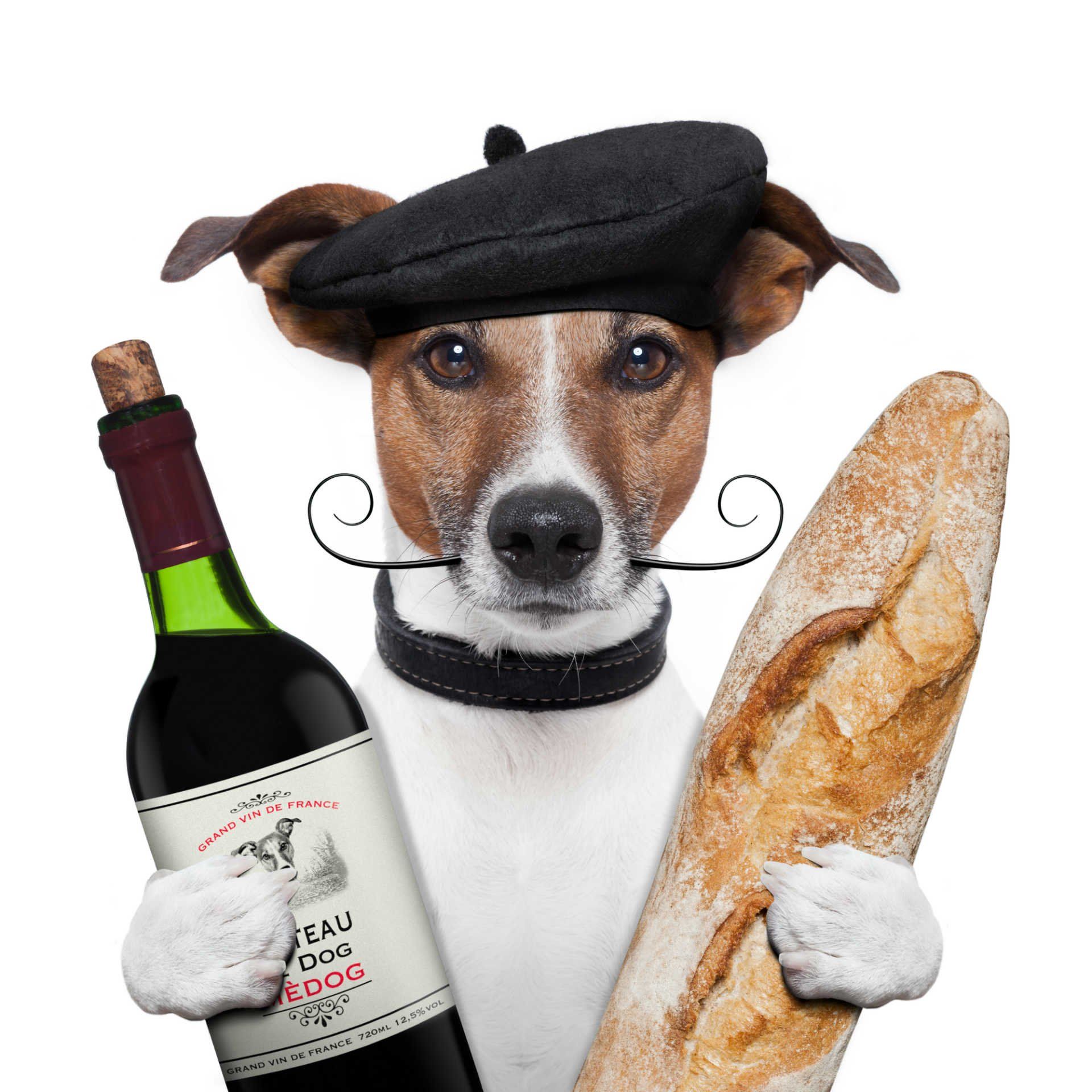
FRANCE Historic & Fun Facts
France is about world-class art and architecture. Its iconic landmarks and UNESCO World Heritage Sites gives France a staggering cultural repertoire in volume and diversity. France’s is the world’s top tourism destination with some 89 million visitors flocking each year to the land of the Gauls, to feast on its extraordinary wealth of medieval fortresses, imperial chateaux, historic monuments, museums, galleries, delightful beaches and waters, flower-lined canals,Lavender fields, beautiful small towns, cobblestoned villages, rolling vineyards and hands-on cultural experiences. French culture is woven around cafe terraces.
We have highlighted 42 Facts
- France is not French. The original name of France was Gaul. When the Germanic tribe – named Frank – destroyed Gaul, the name France came into existence.
- France was inhabited by the Gauls. The area was annexed by Rome in 51 BC, developing a distinct Gallo-Roman culture that laid the foundation of the French language. The Germanic Franks arrived in 476 and formed the Kingdom of Francia, which became the heartland of the Carolingian Empire. The Treaty of Verdun of 843 partitioned the empire, with West Francia becoming the Kingdom of France in 987.
- France is the largest country in the European Union and known as ‘l’Hexagone’.
- It is referred to as ‘l’Hexagone’ due to its six-sided shape.
- France is the largest country in the European Union, covering a total area of 551,695 Km2.
- It is the third-largest (3rd) Country in Europe, behind Ukraine and the European portion of Russia.
- It is the 4th most forested country in the EU, after Sweden, Finland, and Spain. Forests occupy around 31% of France’s territory.
- France is the most popular tourist destination in the world. Paris, is the 3rd most visited city in the world behind Bangkok and London.
- France boasts 41 UNESCO Sites (https://whc.unesco.org/fr/etatsparties/fr).
- The number of Castles in France is around 45,000;
- France’s historic monuments agency lists 6,450 châteaux or manor houses: 900 owned by the state, the rest in private hands.
- France is home to 1,218 museums.
- France has 10,166 kilometres of slopes, and 317 Ski Areas (https://about-france.com/tourism/skiing.htm)
- The French coastline adds up to 4,668 km
- French was the official language of England for about 300 years, from 1066 to 1362.
- Paris, a majestic city known as the “Ville Lumière”, or “City of Light”. Paris has often been remodelled. In the mid-19th century, Georges-Eugène, Baron Haussman were committed to Napoleon III’s vision of a modern city with broad avenues, free of the choleric swamps and congested alleys.
- Paris is a river city. The city of Paris is built along a bend in the River Seine, between the confluence of the Marne and the Oise Rivers. The property comprises bridges, quays and the banks of the Seine..
- The banks of the Seine are studded with a succession of architectural and urban masterpieces built from the Middle Ages to the 20th century: Notre-Dame Cathedral, Sainte Chapelle, Louvre, Palais de l’Institut, Hôtel des Invalides, Place de la Concorde, Ecole Militaire, Monnaie (the Mint), Grand Palais of the Champs Elysées, Eiffel Tower and Palais de Chaillot.
- ‘Liberté, Egalité, Fraternité’ or ‘Liberty, Equality, Fraternity’ is France’s national motto, used during the Revolution (1789–1799). ‘Liberté, Egalité, Fraternité’ were first vocalized in 1790 in a speech given by Maximilien Robespierre.
- France has won the most Nobel prizes for Literature, 15 winners. Some of France’s most celebrated poets, novelists, and writers are: René Descartes, Voltaire, Charles Baudelaire, Blaise Pascal, Gustave Flaubert, and Victor Hugo.
- Louis XIX was France’s King for just 20 minutes, the shortest reign ever. Louis-Antoine abdicated in favour of his nephew, the Duke of Bordeaux.
- The French Army was the first to use camouflage in 1915 (World War I).
- Kilts originated in France, not Scotland.
- The Louvre in Paris is the most visited art museum in the world. It houses around 38,000 artefacts including Mona Lisa, Venus de Milo.
- French Gastronomy was awarded UNESCO World Heritage Status in 2010.
- The French railway network (a 29,000-Km), is the 2nd biggest in Europe and the 9th biggest in the world.
- France has a large number of decorated caves from the upper Palaeolithic era. One of the most famous and best preserved, Lascaux Caves located in Dordogne, dates back to approximately 18,000 BC.
- 17. Mont Blanc in the French Alps is Europe’s highest mountain 4,807m. It takes a 20-minute trip up on Europe’s highest cable car from Aiguille du Midi to reach the top.
- 18. France produced the most expensive bottle of wine in the world: a 73-year-old French Burgundy bottle was sold at an auction for a staggering amount of $558,000 US.
- 19. The French consumes 11.2 billion glasses of wine per year.
- 20. The average French citizen eats 500 snails each year.
- 21. The croissant was actually invented in Austria in the 13th century.
- 22. In France, placing a baguette on the table upside down is seen as unlucky.
- 23. France produces around 1.7 million tons of cheese a year, with 1,600 varieties.
- 24. The Tour de France cycle race has been running for over 100 years (approximately 3,480Kms).
- 25. Blue jeans, now called “denim”, were originally made from this fabric and manufactured in the French town of Nîmes (bleu de Nîmes). Historically, in Nimes denim was made of silk and wool (hence the name “de Nim”), and not of the all-cotton variety we are familiar with today. Then the jean fabric was imported by Levi Strauss (a German immigrant) to California to make tough cloth for miners and gold diggers.
- 26. The tradition of a bride wearing a white dress originated in France in 1499.
- 27. Two new cookbooks are published here every day.
- 28. The camera phone was invented in France in 1997 by an enterprising Parisian called Philippe Kahn.
- 29. In France, you can marry a dead person! It needs the French president’s approval as in the recent 2017 case.
- 30. It is illegal to throw out food in France.
- In February 2016, France became the 1st country in the world to ban supermarkets from throwing away or destroying unsold food. Stores must now donate surplus groceries to food banks and charities.
- 31. It was illegal for French women to wear trousers for 214 years.
- 32. Monaco is the 2nd smallest city in the world after the Vatican.
- 33. The French invented tin cans, the hairdryer, and the hot air balloon:
- Nicolas Appert came up with the idea to use sealed glass jars.
- Pierre Durand later invented the tin can.
- Louis Braille who was blinded as a child developed the Braille, a system of touch reading.
- René Laennec invented the stethoscope.
- Alexandre-Ferdinand Godefroy patented the world’s first hairdryer.
- The Montgolfier brothers Joseph and Etienne invented the hot air balloon.
- 34. The Lumière brothers, Auguste Marie Louis Nicolas and Louis Jean, were famous for their Cinématographe motion picture and short films they produced between 1895 and 1905.
- 35. The world’s first artificial heart transplant (Dec. 2013) and face transplant (year 2005) took place in France.
- 36. Gabriel Mouton, the vicar at St. Paul’s Church in Lyon, introduced the concept of the decimal system.
- 37. France also ranks 14th in the world for life expectancy, an average of 83-years old. The oldest person who ever lived was a French woman named Jeanne Louise Calment, died at 122 years and 164 days old.
- 38. In France, it is illegal to name a pig “Napoleon”.
- 39. Paris has more dogs than kids.
- 40. The Catacombs of Paris hold the remains of more than 6 million people. The tunnel network is around 200 miles long. Only a portion of the catacombs is open to the public.
- 41. France has the most time zones, mostly due to its various territories around the world.
- 42. France legalized same-sex marriage since 18 May 2013, making it the 13th country worldwide to allow same-sex couples to marry. The legislation applies to metropolitan France as well as to all French overseas departments and territories.
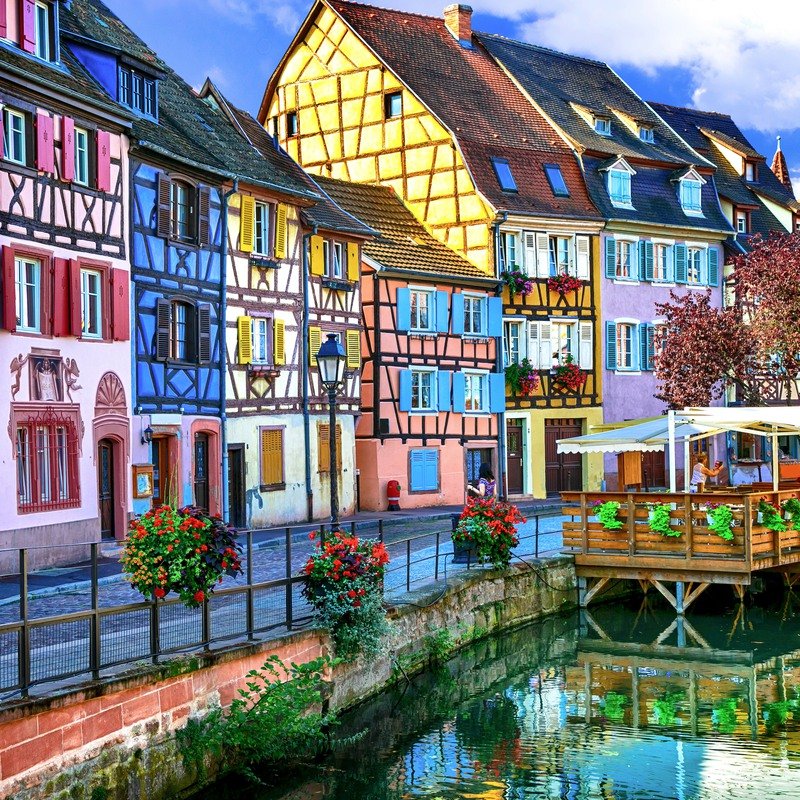
FRANCE, French Towns & Villages
While we love Paris for its world-class restaurants, cafés and museums, there’s plenty more to see in France than just the capital. The country’s towns and villages have beauty to rival any major city in the world, with hilltop villages and views, flower-lined canals, medieval fortresses (some are hundred-years old), adorned gardens and pastel buildings pulled straight from the pages of a storybook. Thanks to the country’s high-speed trains and easy-to-navigate roads, each location here is just an easy day trip away from… wherever you are. From wine country to the Alps, here are 21 of the most beautiful small towns in France.
No. 1. COLLIOURE
Close to the border of Spain in western France, the captivating village of Collioure lies in between a bay off the Mediterranean Sea and the rocky Pyrenees mountains.
In the late 1800s and early 1900s, Collioure was a big draw for artists including Picasso, Matisse, Andre Derain, Georges Braque, and Salvadore Dali. The Fauvism art movement was started in Collioure in the early 20th century because of its special light. There are 19 specific locations around the village with replicas of the original paintings that were painted on the sites, along with the view the artist captured. The Collioure Museum of Modern Art, inaugurated in 1930 by artist Jean Peske, exhibits works by Cocteau, Camoin, Pignon, Balbino Giner, and Descossy.
Local delicacies are anchovies (you can visit a factory where the anchovies are still hand packed in jars), the Crunchy Collioure, a cake prepared with either almonds or chocolate chips, and Banyuls, a sweet red wine with a high alcohol concentration.
There are a number of pebble beaches in Collioure (make sure to bring rubber shoes) and the water in summer is warm enough to swim in.
The centerpiece of the village is the Royal Castle, built in 673, which was updated in medieval times and the late 1600s and hosts various events during the year such as a theater festival, dance performances, and an antiques fair.
Other historic attractions to visit in Collioure are the Church of Our Lady of the Angels, built in 1684; a 14th century bell tower; the oldest mill in the region from 1337; and the 2,100-foot high Madeloc Tower from the 13th century, which was a former signal tower with expanded views of the Roussillon coastline.
No. 2. AUVERS-SUR-OISE
Less than an hour from Paris, you can be whisked away to Auvers-sur-Oise, the village where Van Gogh painted his last masterpieces before he died. After leaving an asylum in Provence in 1890, Van Gogh wanted to be closer to his brother Theo, who lived in Paris, so he settled into a tiny room at an inn in Auvers-sur-Oise. His physician, Dr. Gachet, was also his patron and paid for Van Gogh’s expenses so he could paint freely without worrying about money. In the 70-day period before his death on 29 July 29 1890, the prolific Van Gogh turned out an astonishing 78 paintings. Many of Van Gogh’s most iconic paintings, including the Portrait of Dr. Gachet and The Church at Auvers, were painted in Auvers-sur-Oise. Today, you can visit Van Gogh’s room at the Auberge Ravoux, and you can also dine in the restaurant on the main floor, which has a Van Gogh inspired menu. There’s also a theater in the same building which screens a short documentary about Van Gogh’s time in the village, plus a gift shop. The Auvers-sur-Oise cemetery has a double tombstone for Vincent and his brother Theo, who died a few months later.
The Chateau d’Auvers is a gorgeous 17th century chateau with a formal French garden with sculpted hedges. Also in town, the Absinthe Museum traces the history of the controversial and popular drink from the late 1800s, which was eventually banned because of its hallucinogenic effects on the drinker. Artists Paul Cezanne, Camille Pissarro, and Corot also painted in Auvers-sur-Oise. Pro Tip: Auvers-sur-Oise is an easy day trip from Paris and reachable by commuter train from the Gare du Nord station.
No. 3. COLMAR
Picturesque Colmar has a neighborhood known as “Little Venice” i.e. small canals that cut elegant lines, candy-colored houses. Some people believe the town was the model for Belle’s village in Disney’s “Beauty and the Beast”. Colmar is a delightful village in the Alsace Lorraine area of northeast France, near the German border. The ancient district of Colmar is dotted with 14th century half-timbered houses with facades painted in marigold, rust, periwinkle, soft pink, orange, and mint green with matching and contrasting wood shutters. Called the Venice of Alsace, Colmar has a network of canals through the old part of the town. In warmer weather, cruises in rowboats run up and down the canals, where you get a view of the backs of the houses, which are decorated with vines and summer flowers.A historic 13th century Dominican convent has been converted into the Unterlinden Museum, a showplace for gothic and renaissance art treasures. The Toy Museum of Colmar has an extensive collection of over 1,000 toys from the 19th century to the present day.
Colmar is equally as wonderful in winter as in summer. The six Christmas markets are some of the best in the region, with wood huts selling local crafts, clothing, and holiday decorations plus mulled wine, grilled sausages, and cakes and candies. Other holiday attractions include choirs singing on illuminated boats drifting on the canals and an ice-skating rink in the center of town. Pro Tip: Colmar is an easy 30-minute train ride from Strasbourg.
No. 4. KAYSERSBERG
In 2017, the tiny, cobblestoned village was voted the country’s favorite village in “Village préféré des Français”, a TV program that polls citizens every year to crown a winner. Kaysersberg with its friendly locals, walkable streets, and varied architecture, like the 14th century Oberhof Chapel and historic Château de Kaysersberg.
No. 5. SAINT EMILION
Bordeaux may be the world’s most important wine region… and the medieval town of Saint-Émilion was named UNESCO World Heritage Site in 1999, thanks to its exceptional landscape and historic monuments. The town’s winding, hilly streets and limestone houses attract visitors with only a casual interest in wine, although serious oenophiles should also try to visit the prestigious Chateau La Dominique vineyard.
No. 6. VILLEFRANCHE-SUR-MER
Located along the Cote d’Azur, Villefranche-sur-Mer is the quiet fishing village summer dreams are made of. Spend lazy afternoons sipping coffee and enjoying the ocean breeze, and make sure to stop by Chapelle St-Pierre, a small 14th century chapel on the Quai Corbet. While the pink exterior is charming enough, it’s the church’s interior that will wow you: The walls are covered with vivid, mystical frescoes painted by Jean Cocteau, the prolific French artist who spent many summers in Villefranche-sur-Mer.
No. 7. GORDES
Yet another hilltop stunner, Gordes is easily one of the most charming towns in all of France. The elevated location makes it one of the best places in Provence to watch the sunset, an excellent home base for seeking out lavender fields during the summer months. It’s only a 10-minute drive from the town center to Sénanque Abbey, a 12th century church famous for its endless stretches of purple blooms.
No. 8. ROUSSILLON
Some cities are known for their connection to a specific color, like pink in Jaipur …. Roussillon, sitting atop one of the world’s largest ochre deposits, has plenty of the mineral’s reddish hue on display on buildings and the dramatic cliffs nearby.
No. 9. ROCAMADOUR
Rocamadour stands out with its spectacular views over the Alzou canyon. The one-street town is known for its cliffside collection of religious buildings, including Chapelle Notre Dame with its famous Black Madonna statue.
No. 10. EZE
For a more subdued Riviera experience, bypass Nice and Cannes for Èze, whose rocky hillside perched at 427m above the sea makes for stunning views of the Mediterranean. After a dizzying hike to the town’s summit, enjoy a well-deserved meal at La Chèvre d’Or, a two-starred Michelin restaurant helmed by chef Arnaud Faye.
Towering 1,400 feet above the Mediterranean Sea over the Cote d’Azur in the south of France, Eze is the quintessential French village. Be prepared to climb steep steps and pathways to get to the top. It’s absolutely worth it because, among other things, you will be rewarded with the Exotic Garden which has jaw-dropping 360-degree views and an extensive selection of cactus plants. Along the way, you can ease your climb by stopping at art galleries with works by local artists, gift boutiques, restaurants, and food shops and bakeries.
The Chapelle de la Sainte Croix, erected in 1306, is the oldest building in Eze; here the brotherhood of white penitents, who wore white robes, assisted victims of the plague.
No. 11. ETRETAT
A seaside village in Normandy that has one of the most stunning landscapes in all of France, Etretat should be at the top of your list. The dramatic chalk cliffs, some as high as 300 feet, with three natural arches, make for jaw-dropping views you may not be able to take your eyes off. The rugged, natural beauty has been a magnet for artists including Monet, who painted a series of the cliffs at different times of the day and seasons, Eugene Boudin, and Gustave Courbet.
The last episode of the mega-hit French TV series “Lupin” takes place in Etretat. The series is based on the beloved novels from the early 1900s about a character named Arsene Lupin, a gentleman thief. The author of the books, Maurice Leblanc, maintained a house in Etretat, which is now a museum that hosts a tour of the eight stages of the story connected to its turn-of-the-century interior.
In Etretat, enjoy the freshest local mussels cooked in white wine and authentic crepes prepared with buckwheat flour at the many small cafes and seaside restaurants. A special treat is the Etretat Gardens, an enchanting garden with intriguing stone sculptures scattered among the grounds and an exceptional view of the cliffs.
Pro Tip: There are a number of steep inclines in Etretat. Make sure you bring rubber shoes if you go to the beach, which has stones both on the beach and in the water.
No. 12. GIVERNY
Giverny is a small village on the border of Normandy most famous for being the site of Claude Monet’s cherished riverside house and garden, open to the public. The pastel pink house is pretty as a picture, with spring green shutters and ivy crawling up every surface. And the gardens are an impressionist painting come to life, with water lilies, weeping willows, wisterias, and the famous green Japanese bridge.
No. 13. BAYEUX
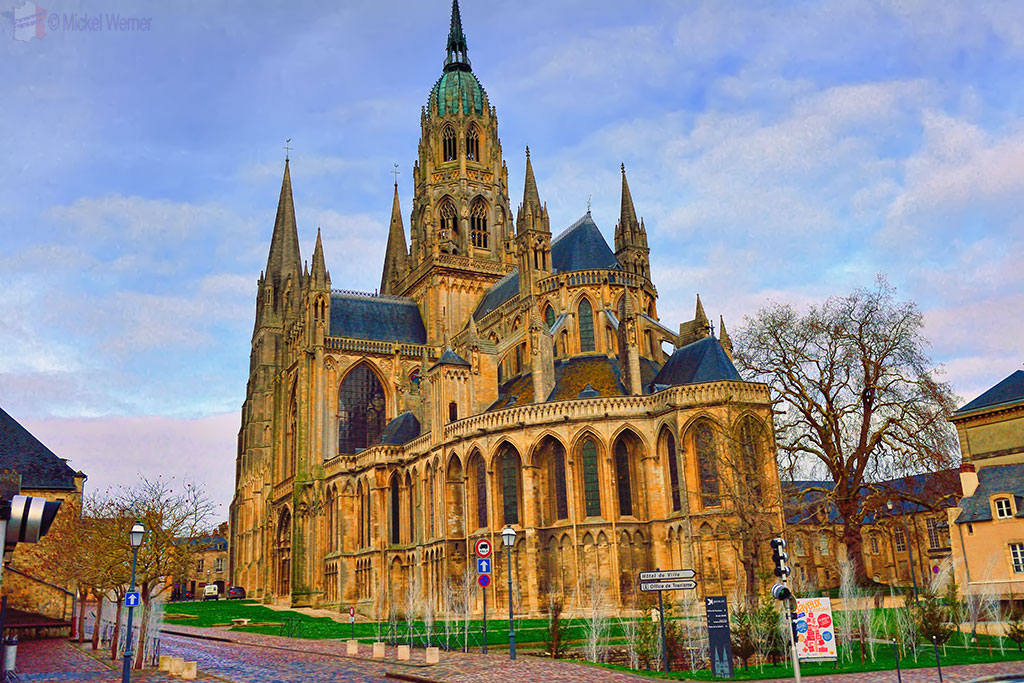
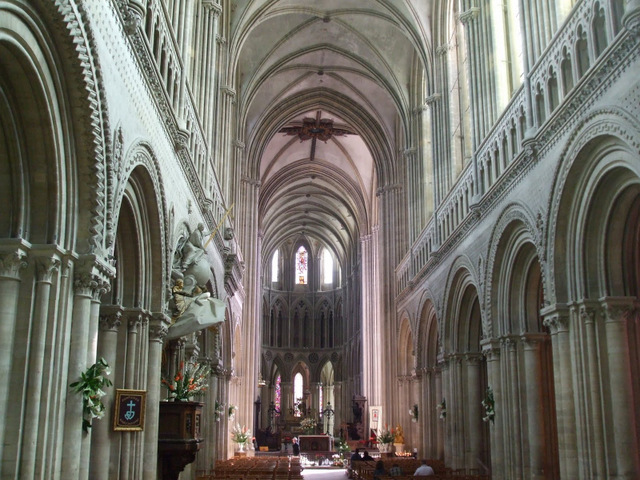
Bayeux Cathedral Interior 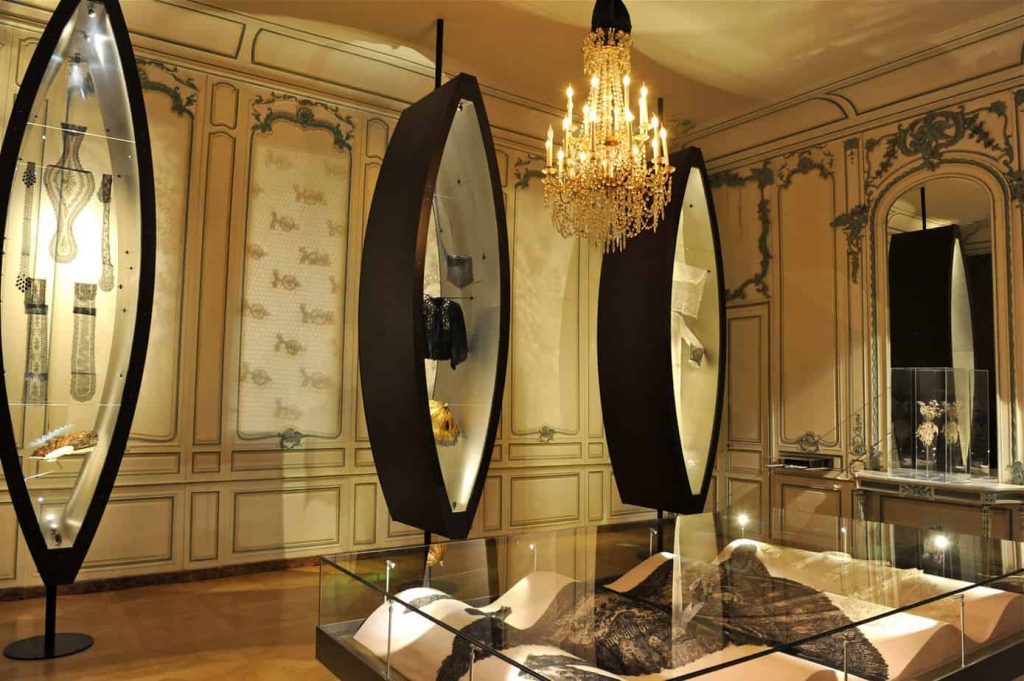
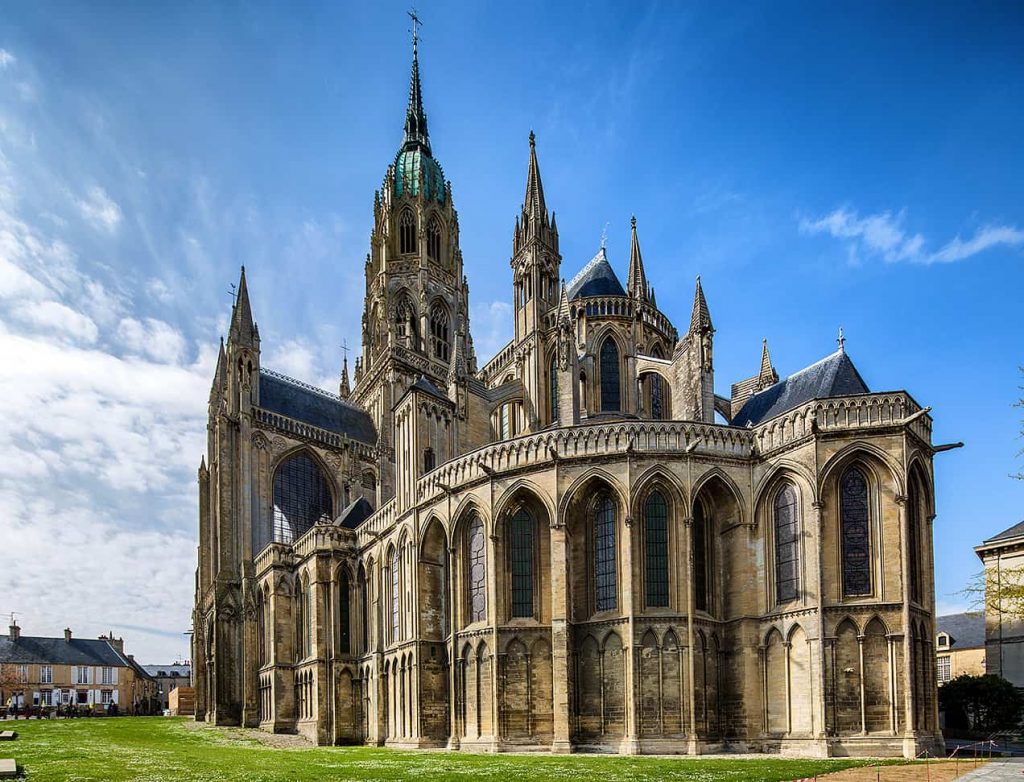
Bayeux is best known for the 11th century tapestry bearing its name, and it was the first town liberated by the Allies after they landed on Normandy beach in 1944. As a result, its appeal is a mix of the classic – Norman-Gothic Bayeux Cathedral that dominates the skyline; and the more contemporary – a somber, minimalist World War II cemetery.
No. 14. CHAMONIX
Chamonix’s proximity to Mont Blanc has made it one of Europe’s most legendary skiing and climbing centers. But the town itself, with panoramic mountain views and rows of slant-roofed buildings, is lovely every month of the year.
No. 14. ANNECY
Sometimes called “the Venice of Savoie,” this lakeside Alpine town is treasured for its sloping hillsides, stone bridges over the canals that wind their way through the cobblestone streets and its pastel-colored facades.
No. 16. VOUVANT
Vouvant is nestled at the north end of a forest, which gives the town a fairytale feel. Going here can feel like stepping back in time—the village still has some of the original fortifying walls around it, and a 14th century bridge crosses the Loire River, which cuts through town.
No. 17. CARCASSONNE
The Languedoc region is like nowhere else in France, thanks to its sun-baked beaches, forested peaks, and density of vineyards. It’s perhaps best exemplified by the medieval town of Carcassonne. Overlooking the river Aude, the town’s main lure is La Cité, a 10th century citadel complete with ramparts and drawbridge.
No. 18. AMIENS
Amiens is a charming and welcome respite from metropolitan Paris (with just a 2-hour drive). While Amiens is primarily known for its stunning Gothic cathedral, you must also visit les hortillonnages, a series of floating gardens you can explore via small boats on surrounding canals.
No. 19. GERBERROY
Often cited as one of the most beautiful villages in France, Gerberoy is a hillside village in the mostly flat Picardie, an un-touristy region about 90 minutes from Paris. In spring and summer, Gerberoy is a wonderland of flowers, gardens, wisteria-festooned walls and doorways. The quaint half-timber houses and cottages with sloping brick roofs line the winding cobblestone walls in the pedestrian-friendly village.
In the late 1800s, upon advice from sculptor Auguste Rodin, artist Henri le Sidaner settled in Gerberoy, built a stately home, and planted an Italian style garden on three tiers of the property. Each tier is monochrome: the white flower garden, red rose garden, and blue garden. Today the gardens are open to the public.
Another lovely spot in Gerberoy is Du Jardin des Ifs, a former home converted into a restaurant and garden space. The enchanted gardens have elaborately sculpted topiaries in shapes like oversized hats, plus a separate herb and vegetable garden, and a circular pond. The owner Delphine Higgonet recently inherited the private property from her mother and has opened the gardens and the house to the public. The restaurant is seasonally opened from approximately April to October, with indoor and outdoor service, and it serves lunch and tea and cakes. Menu ingredients are locally sourced and some of the produce is from their own garden.
No. 20. VEZELAY
The medieval hilltop town of Vézelay is a can’t-miss stop on any Burgundy road trip. Make sure your detour includes a visit to the aptly-named Vézelay Abbey to admire sweeping views of the surrounding countryside.
No. 21. CLUNY
Cluny’s biggest draw is the 10th century monastery that first gave the town its fame—and for good reason. With its imposing brick-and-stone facades and marvelous religious statues, Cluny Abbey contrasts beautifully with the long stretches of green farmland in the surrounding Burgundy countryside.
https://www.travelawaits.com/2561809/gorgeous-french-villages/
https://www.cntraveler.com/galleries/2016-06-16/the-10-most-beautiful-small-towns-in-france
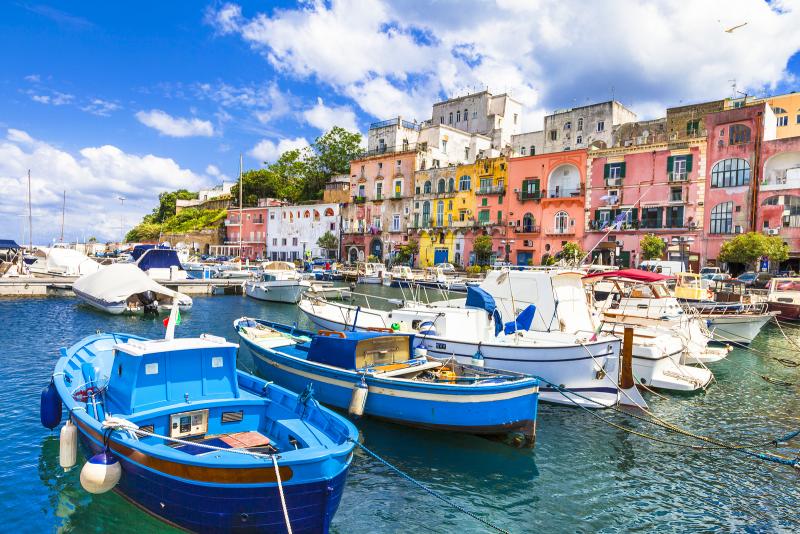
PROCIDA: Italy’s Capital of Culture
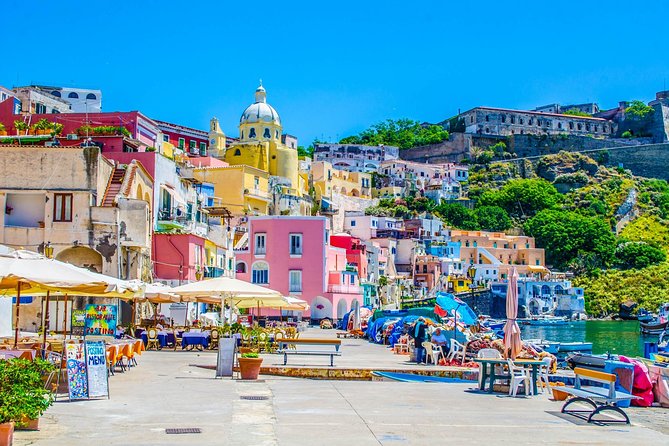
Procida: Italy’s Capital of Culture
Procida is a tiny spot of land in the Bay of Naples. It might be best known as the island between Ischia and Capri. In late January, it was named Italy’s Capital of Culture for 2022, beating nine other candidates. A mix of cities and small towns becoming the first island to ever be granted the title.
Under two square miles in total, the island has mostly flown under the tourist radar (except in July and August, when many Neapolitans come here for their summer vacations). Procida was overshadowed by its better-known siblings, and this despite its big-screen moments serving as the set of The Talented Mr. Ripley and Il Postino. It features the same pastel houses, cafes-lined marinas, narrow streets but also historic sites, wild nature, and near-empty beaches.
The Capital of Culture announcement was marked by church bells and celebrations among its 10,500 inhabitants. “It was a moment of real pride for all of us,” says mayor Raimondo Ambrosino. “But it also felt like a recognition that’s been a long time coming.”
The proposal that earned the island the award—and 1 million euros—includes 44 projects spanning art, urban regeneration, environmental sustainability and more, involving 240 artists and 40 original works.
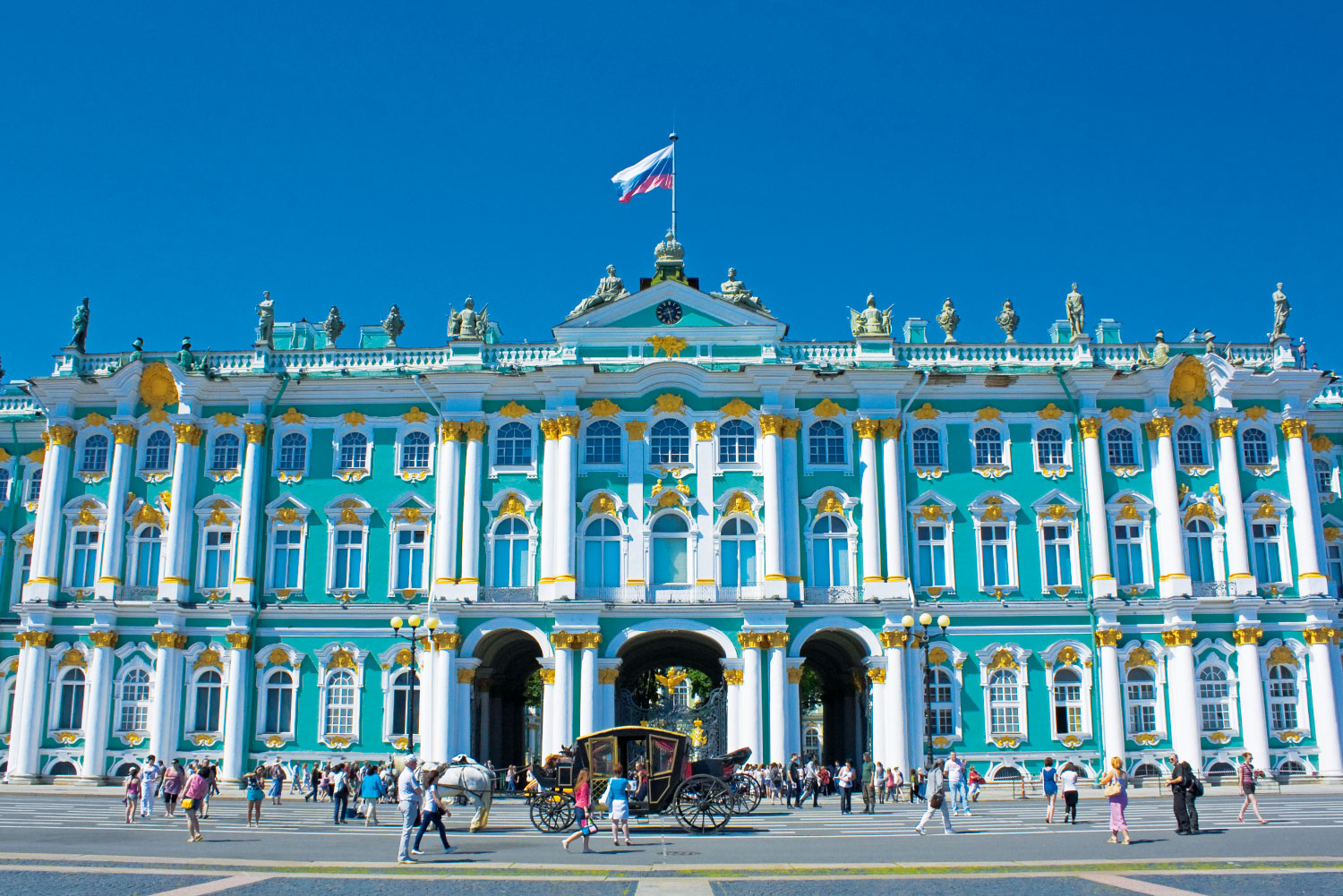
St Petersburg: Historic & Fun Facts
St. Petersburg sheer grandeur and history of Russia’s imperial capital never fail to amaze, but this is also a city with a revolutionary spirit. Whether you’re cruising along the elegant canals, crossing one of St Petersburg’s 342 bridges over the mighty Neva River, you’re never far from water in St Petersburg. This has earned the city unsurprising comparisons to Venice. Stroll around the historic center and contemplate its striking plazas adorned with baroque and neoclassical palaces.
St Petersburg is the cultural center of Russia. Renowned for its world-class ballet and opera, along with its many bridges and art museum.
Facts
- Petersburg is Peter the Great’s breathtaking dream to become Venice of the North. 10% of St. Petersburg is covered with water. The city is located on 42 delta islands formed by the Neva River and 90 more rivers and canals.
- St Petersburg has 342 bridges (12 movable ones):
- The longest bridge across the Neva is the Alexander Nevsky Bridge (909 meters with runways).
- Siniy Bridge (The “Blue Bridge) on the Moika River is the widest bridge in the city and in the world: approximately 99.5 meters which equals St. Isaac’s Square.
- St Petersburg has 150 imperial palaces: The Hermitage, St. Isaac’s, Catherine Palace at Tsarskoye Selo, the Kirov, Nevsky Prospekt. Peter the Great modeled the city after European capitals and it has been referred as Russia’s “Window into Europe” for a long time.
- Petersburg had 3 names: Petrograd; Leningrad; and since 1992 St. Petersburg.
- St Petersburg has over 8,000 landmarks.
- The Hermitage museum was founded by Empress Catherine the Great. It has over 3 million items, located in 350 rooms in 5 buildings. It will take around 8 years and 20Km-walk to inspect the entire collection if one lingered only 1 minute per artifact.
- There are more than 140 museums and around 100 theatres.
- Peter & Paul Cathedral is the highest cathedral in Russia, with a bell tower of 122.5 meters.
- Nevsky Prospect is the warmest part of the city; the temperature in winter varies around 10o
- St Petersburg is the hometown of President Vladimir Putin.
- Petersburg is a popular name in the United States of America: 15 cities are called Petersburg.
- The Alexander Column is 47.5-meter high, weighs about 700 tons. It stands by its own weight. (Engineer: Auguste de Montferrand).
- Petersburg Metro system is the deepest underground system in the world! The deepest metro station in the city is Admiralteyskaya, which is at 86-meter under.
- Petersburg’s 600Km trams are listed in the Guinness Book of Records.
- Kunstkamera is the first public museum in Russia, opened in 1714 by Peter the Great.
- St Petersburg used to be a marsh land. Tsar Peter I ordered its foundation to connect Russia to Europe via shipping routes. The cost of the making was 100,000 human deaths.
- 5,000 cats were enlisted to save St Petersburg from rodents. To commemorate their services, 2 bronze cats “Yelisei and Vasilisa” sit in the eaves of the Eliseyev Emporium on Malaya Sadovaya street.
- There’s 24/7 daylight in St Petersburg from mid-June to early July. The phenomenon is called White Nights.
KNOW BEFORE YOU GO
Why go?
St Petersburg is an 18th century city of remarkable grandeur, colorful Baroque facades. Its buildings exude the opulence of Tsarist Russia, but are more European in essence than the Kremlin domes of Moscow. It was from St Petersburg that the tsars ruled Russia for two centuries until their downfall in 1917.
THE HERMITAGE
One of the world’s greatest art galleries, set in a magnificent palace from which tsars ruled Russia for one-and-a-half centuries, the State Hermitage fully lives up to its reputation as one of the country’s chief glories.
- The art collection is on all three (3) floors of the Winter Palace; and the main two floors of the Little and Large Hermitages. The present Baroque/Rococo Winter Palace was commissioned from Rastrelli in 1754 by Empress Elizabeth.
- Catherine the Great and her successors had most of the interior remodeled in classical style by 1837. The extensive collection is a history of Western European art, displaying the full range of artists such as Rembrandt, Rubens and Picasso and schools including the Florentine and Venetian Renaissance, Impressionism and post-Impressionism.
- The palace encompasses five (5) main buildings, of which the Winter Palace alone has 1057 rooms and 117 staircases. The vastness of the place may need some planning, and several days to visit thoroughly.
WHERE TO GO & GET LOST, A DISCOVERY ROUTE
NEVSKY PROSPEKT: Russia’s most famous street runs 4km from the Admiralty to the Alexander Nevsky Monastery, from which it takes its name. The inner 2.5km to Moscow Station is St Petersburg’s seething main avenue, the city’s shopping centre and focus of its entertainment and street life. Today a walk down Nevsky is a walk into the heart of the new Russia: a ritzy, buzzing mishmash of colorful shop fronts, restaurants, bars, art galleries and perfumeries.
ZOOLOGICAL MUSEUM: This will fulfill your worst fears: a dusty Soviet museum full of stuffed penguins in glass cases. But there is a special reason to visit, it houses the only intact mammoths ever to have been excavated, fur and all.
Other essential sights include the burial place of the Romanovs and the former Trubetskoy Bastion Prison, Peter and Paul Fortress, the lavish interior and golden dome of St. Isaac’s Cathedral many museums on Vasilevsky Island. Just walk, gaze, and get lost.
DVORTSOVAYA PLOSHCHAD: From Nevsky Prospekt, a 15-minute walk along Nevsky prospect brings you to Dvortsovaya Ploshchad (Palace Square), where the stunning green, white and gold Winter Palace appears like a mirage.
ADMIRALTY: A landmark that was the headquarters of the Russian navy, and today the building houses a naval college. it’s a foremost example of the Russian Empire style of classical architecture. Its gardens and fountain are particularly lovely in summer.
PLOSHCHAD DEKABRISTOV: West of the Admiralty, Ploshchad Dekabristov (Decembrists’ Square) is named after the first feeble attempt at a Russian revolution, the Decembrists’ Uprising of 14 December 1825. The most famous statue of Peter the Great, the Bronze Horseman, stands at the river end of the Square.
ST ISAAC’S CATHEDRAL: The lavish dome of St Isaac’s Cathedral, just south of ploshchad Dekabristov, is a dominant piece of the St. Petersburg skyline. Don’t miss the sublime city views from the colonnade (kolonnada) around the drum of the dome.
St. Petersburg is divided into numerous islands by rivers and canals and is often called as the “Northern Venice“. Saint-Petersburg together with its palaces, museums, theatres, distant suburbs and their parks is renowned for its world’s cultural heritage.
The phenomenon of “White Nights” lasts from May 25-26 till July 16-17.
- July 22nd, Solstice Day, is the longest day: 18 hours, 53 minutes. The sun hardly hides behind the horizon, and you cannot find even the brightest stars in the night sky.
- December 22nd, is the shortest day: 5 hours, 52 minutes.
Nicknames of the city:
- Venice of the North, Palmyra of the North
- The Northern Capital of Russia
- Cultural Capital of Russia; Babylon of the Snows;
- Russia’s Crown Jewel; Cradle of the Revolution.
Symbols of the city:
- Angel with a Cross, weather-vane on top of the Peter and Paul Cathedral;
- Little Ship (Korablik), weather-vane on top of the Admiralty tower;
- Drawbridges
- White Nights
- The Seal: A sea anchor and a river anchor with a scepter — a symbol of royal power — on a red field.
Link: https://eng.russia.travel
ST PETERSBURG, SOME SITES TO SEE |
||||
| State Hermitage Museum | Peter and Paul Fortress | Saint Michael’s Castle
(Mikhailovsky Castle) |
Mariinsky Palace | Faberge Museum |
| Winter Palace | Peter and Paul Cathedral | Mariinsky Theatre | Nicholas Palace
(Nikolaevsky palace) |
Griboyedov Canal (5Km) |
| Peterhof | Savior on the Spilled Blood | Yusupov Palace | Summer Garden | Troitskiy bridge |
| Catherine Palace
Amber Room Catherine Park |
State Museum Mikhailovsky Palace
Mikhailovsky Garden |
Stroganov Palace | Summer Palace of Peter the Great | Botanical Gardens of Peter the Great |
| Palace Square
*Aleksandrovskaya Kolonna *General Staff Building |
St. Isaac’s Cathedral | The Menshikov Palace | Nevsky Avenue | The Alexander Park |
| Admiralty | Nikolo-Bogoyavlenskiy Morskoy Sobor | Alexander Palace | Field of Mars | Alexander Nevsky Lavra |

